The decade from 2010-2019 was a transformative one for comics. While perhaps not quite as game changing as the aughts (which saw the rise of the graphic novel in bookstores and the decline of the bookstore), it nevertheless saw comics and comics culture permeate “regular” culture to a degree that few could have foreseen.
While part of this takeover was from the explosion of comics media and media in general — the streaming wars are real, people — comics themselves also hit new heights. Both with a sales level unheard of since the TV-less Post-War days and, if you ask The Beat staff, a level of quality, diversity, and imagination that have never been surpassed.
American comics have long been jealous of the comics cultures of France and Japan where it seemed like anything goes. Well, we’ve finally caught up, with the aid of many Japanese and Euro imports, but most of all, stories that range from the epically cerebral to the intimately sociological to old fashioned action yarns that reveal deep truths about our world.
From memoirs of distinct cultures (Vietnamese immigrants, ’60s era civil rights activists) to grand adventure (architects in space! Batman!) to humor (updated Nancy Drew! time stopping sex thieves) to just real (a middle-grade girl who knocks out her two front teeth) comics of the Teens had everything you could imagine — and much that you couldn’t. And in presenting the following 100 titles to you, we’re trying to capture that magic and energy.
Of course we could have had another 100 titles on the list, and there were some heartbreaking omissions. In fact, look for an addendum when we recover from this!
Our methodology: we asked the entire Beat staff to nominate any book they thought might be deserving. The resulting list of more than 250 titles was voted on and all books with more than four votes were included on the list. Titles with fewer votes were added via “Judges’ Choice.”
The nominating crew: Alex Lu, Andrea Ayes, AJ Frost, Arpad Okay, Avery Kaplan, Billy Henehan, Chloe Maveal, Cori McCreery, Deanna Destito, Erica Friedman, Gregory Paul Silber, Heidi MacDonald, Hussein Wassiti, Joe Grunenwald, John Seven, Josh Hilgenberg, Kyle Pinion, Phillippe LeBlanc, Morgana Santilli, Nick Kasden, Ricardo Serrano Denis, Samantha Puc, Taimur Dar, and Zack Quaintence.
The final list was edited by Heidi MacDonald and Samantha Puc with invaluable technical assistance by Cori McCreery.
Important: We are aware that our list is lacking in manga titles. Erica Friedman and Morganna Santilli are working with a team on an expanded list that we will be publishing in the next few days.
FINALLY: We know this list will inspire passionate debate and people will want to run us over with a pick-up/cancel us over books that didn’t make the list. Truth: there are simply too many wonderful comics worlds to be encompassed in a single list like this — use it as a starting point, not a destination.
(If you buy something we link to on our site, we may earn commission — alternative links to publishers/creators have also been provided.)
20th Century Boys
Naoki Urasawa (Viz)
20th Century Boys is not Naoki Urasawa’s tightest work — that would probably be Pluto — but, even with the ups and downs that 21 volumes bring, this is his most expansive work. A sort of dystopian SF “It,” the story involves a bunch of ordinary guys who find that their youthful manga and porn club has somehow inspired “Friend,” the leader of a popular religious cult that might just be out to destroy the world. Jumping back and forth in time, it’s a sprawling, epic story.
Urasawa’s mastery of pacing, suspense and mystery makes this a page turner — but his true, ineffable genius is in his expressions and characterizations. Few cartoonists can say as much with a single line, and the characters shine through the page, from unspeakably cool Otcho to lovably manic Kyoko. Although published in Japan in the aughts, it was reprinted in the US in the teens, hence its place in this list – and for those smart enough to pick up on it, Urasawa became one of the most influential cartoonists of the decade. — Heidi MacDonald
Afterlife With Archie
Robert Aguirre-Sacasa, Francesco Francavilla, and Jack Morelli (Archie)
Like many great comics, Afterlife with Archie came from the humblest of beginnings: a variant cover of Life with Archie #23 (2013) by Francesco Francavilla. But the reader response to the variant was so great that Francavilla and Roberto Aguirre-Sacasa launched the horror series later that year, along with Jack Morelli on letters.
The horrific story opens with Jughead’s beloved pet Hot Dog dead after being hit by a car. Desperate to revive his canine companion, Jughead heads across the border from Riverdale into Greendale, begging Sabrina and her aunts to lend their magic to his cause. Sabrina’s aunts evoke Stephen King’s Pet Semetary, telling Jughead that “sometimes, dead is better.” However, Jughead is inconsolable, and he convinces Sabrina to help him bring Hot Dog back… and reader, the consequences are dire. What will happen to Riverdale when Jughead’s unholy hunger is no longer for hamburgers, but for human flesh…? — Avery Kaplan
All-New Wolverine
Tom Taylor, David Lopez, David Navarrot, Marcio Takara, IG Guara, Bob Wiacek, Victor Olazaba, Walden Wong, Nik Virella, Scott Hanna, Djibril Morissette-Phan, Leonard Kirk, Cory Hamscher, Marc Deering, Terry Pallot, Juann Cabal, Marco Failla, Ramon Rosanas, Nathan Fairbairn, Jordan Boyd, Mat Lopes, John Rauch, Michael Garland, Jesus Aburtov, Erick Arciniega, Nolan Woodard, and Cory Petit (Marvel)
After years of being too afraid to dive into X-Men comics because the world felt too vast to ever be able to understand, my partner recommended I read All-New Wolverine — and I immediately fell in love. Laura, Gabby, and Jonathan form such a beautiful, yet still wholly unconventional family that is both blood (in the “they’re clones”) sense and found (in the “they’re CLONES”) sense, and this entire run is just one stellar arc after another. When characters outside of this immediate circle appear, they’re treated with equal respect and care, but these three are truly what make this run so special.
Tom Taylor does career-making work here, and whenever anyone asks for superhero recs, this series is one of the first to trip off my tongue. In a decade packed to the brim with incredible comics, All-New Wolverine stands out for its heart and its stunning character work. — Samantha Puc
Archival Quality
Ivy Noelle Weir and Christina “Steenz” Stewart (Oni)
An exploration of the protagonist’s mental health, a ghost story, and a really-difficult-to-put-down read, Archival Quality is a delight from the first page to the last. This middle-grade graphic novel is the story of Cel, who is fired from one job after having a panic attack on the clock at the library. Desperate to secure new employment, she takes an overnight position at the Logan Museum, which specializes in medical history… but things at the museum aren’t exactly as they seem. But as the atmospheric story unspools, it becomes increasingly clear that something spooky is afoot. Can Cel pierce the veil of silence and uncover the secrets that won’t let the spirits of the Logan Museum rest?
Like the best ghost stories, there is a lot going on under the surface in this comic, and the tale will haunt the reader long after the cover has been closed. — Avery Kaplan
The Art of Charlie Chan Hock Chye
Sonny Liew (Abrams)
Part history-lesson and part imagined biography for a fictional cartoonist, The Art of Charlie Chan Hock Chye is one of those rare gems that feels almost too good to be true. The story, somewhat framed as an autobiography, follows Charlie as he guides the reader through his life, from his childhood days hustling with his friends to make newspaper comics all the way up to his elder years where he’s considered a master artist, and uses his many observations to simultaneously highlight the realities of living under one-party rule in Singapore.
Every book here has beautiful art, but part of what distinguishes The Art of Charlie Chan Hock Chye from the pack is Sonny Liew’s ability to quickly and seamlessly shift back and forth between different artistic styles. Intercut throughout Charlie’s life are snippets of different comics that the narrator worked on, all done with different forms to stress his immense, wide skills. As the artist ages and observes his surroundings more clearly, his stories slowly drift away from childhood fantasy and towards deeper allegories that touch on various social factors impacting Singapore. Despite the serious subject matter, Liew excels at retaining a positive, inspirational tone that sticks with readers long after closing the book. — Nick Kazden
Basquiat
Julian Voloj and Søren Mosdal (SelfMadeHero)
While so many books about famous artists choose a linear approach to unraveling the life of an artist, Basquiat takes a whole new turn by highlighting what are considered the least glamorous points of Jean-Michel Basquiat’s life and turn them into a cerebral, disjointed, and marvelous mirror of the techniques the artist himself was known for in his own work.
Julian Voloj lifts up each part of Basquiat’s life story as a part of who he was and how he was able to become the revolutionary surrealist he is known for now; and Søren Mosdal slashes and cuts through color and shape in a way that can do nothing but stir a reaction for anyone who decides to turn the pages. SelfMadeHero really hit the nail on the head with this one. — Chloe Maveal
Batman: The Black Mirror
Scott Snyder, Jock, Francesco Francavilla, David Baron, Jared K. Fletcher, and Sal Cipriano (DC)
Akin to Year One or The Long Halloween, Black Mirror is one of those quintessential Batman stories that any fan of the character needs to read. Set during a period when Bruce Wayne was busy running Batman Incorporated, leaving his former protege Dick Grayson to don the cowl, the story is an intimate, creepy look at how Gotham corrupts its heroes and residents. Similar to Year One, Scott Snyder puts a lot of focus on Commissioner Gordon and his family, reintroducing his dangerous, mentally unstable son James Gordon Jr. to see how it impacts one of the corrupt city’s most fierce and loyal protectors.
Black Mirror cemented the fact that Dick is beyond capable and worthy of taking on the Batman mantle, but it also established the idea that there were creepy corners of Gotham that not even the eavesdropping, secret-collecting Bat-Family knew about. Snyder continued playing with these themes throughout his run on the core Batman title — introducing concepts like the Court of Owls — but even if he had stopped working with the Caped Crusader after Black Mirror he would still deserve recognition as one of the best modern Batman writers. — Nick Kazden
Batman: The Court of Owls
Scott Snyder, Greg Capullo, Jonathan Glapion, FCO, Richard Starkings, and Comicraft’s Jimmy Betancourt (DC)
Batman: The Court of Owls is the book that intrinsically linked Batman with Scott Snyder and Greg Capullo. While Batman: The Black Mirror got people to take notice Scott Snyder, it was Batman: The Court of Owls where the writer finally got his hands on Bruce Wayne and was able to carve his place into the short list of legendary Batman writers. By issue #2, he was on everyone’s radar as the hot new DC writer to read. Similarly, Greg Capullo is firmly entrenched on the short list of essential Batman artists, and it all started with this volume, the first of their creative team-ups together.
Batman: The Court of Owls also introduced the titular villains to the DC Universe, who quickly set a spot for themselves among Batman’s top villains. Their minimalist mask became a hot convention giveaway the year of their debut. Their debut story was adapted for animated release earlier this decade. And they’ve been all over every other Bat-book on the stands, working their machinations from behind the scenes. Some would say the Court has been overused since their debut, but if anything, that goes to show the power in their debut story. — Billy Henehan
Beautiful Darkness
Fabien Vehlmann and Kerascoët (D&Q)
A great horror story gets into where you are uncomfortable and makes you ask questions about why. Beautiful Darkness is an exploration of the overlap between innocence and cruelty. A woodland populated with inscrutable little cutie pies, little thimble-sized children — broonies — either utterly oblivious to the constant harm they inflict on each other, or using a veil of ignorance to hide their gluttony. A parade straight out of a Woodland Folk fairy tale picture book and into the grave: a community held together by an altruist and a sadist, and the body count is staggering. The deaths are as grisly as the corpses they leave are endearing.
Beautiful Darkness heaps horror upon horror until what disgusts you becomes your triumph. It succeeds at what scads of horror books try to achieve, and that success haunts its readers. Winsome, disquieting, and unforgettable. — Arpad Okay
Becoming Unbecoming
Una (Arsenal Pulp)
Wow. Attempting to put the power of Una‘s Becoming Unbecoming into words is a tall order, but I will do my very best. Published in 2015, this graphic novel falls into the “reported personal narrative” vein of non-fiction, drawing on researched accounts of the Yorkshire Ripper’s reign of terror in the late ’70s, as well as the creator’s experience growing up in a small, conservative town nearby at that time. It’s a heavy read. Una cohesively breaks down the systemic misogyny and unforgivable violence of rape culture, which blames victims rather than perpetrators and frequently allows rapists, assaulters, and abusers to get off with little more than a slap on the wrist — if that.
Utilizing a variety of styles and page layouts, Una criticizes the pop cultural obsession with violence against women, and with men who commit that violence; she provides just enough of her own experiences to illuminate just how difficult it is to ever really “get over” trauma; and she combines her personal narrative with statistics about rape and violent crime to not only present the numbers, but to make those numbers stick. Becoming Unbecoming is a genuine triumph. — Samantha Puc
The Best We Could Do
Thi Bui (Abrams)
It’s been impossible to talk about this decade without talking about the dramatic increase in refugees. The struggles of people fleeing armed conflicts has taken center stage on an international level. Whether it has been from Syria, Afghanistan or South Sudan, displaced masses are seeking a better life away from the constant threat of fear and death. Thi Bui’s graphic memoir The Best We Could Do takes us back to a different conflict, that of the fall of South Vietnam in the 1970s. She uses her own family’s journey out of war-torn Vietnam to weave an emotional tale of two simple people looking for a better future, their harrowing journey and their longing for a past that doesn’t exist anymore. She explains her parents’ difficulties in rebuilding a life for themselves while living with the scars of their past.
What sets Bui’s memoir apart is how she connects her parents’ story with her own story of motherhood. She showcases the depth of parental love and what people are willing to go through to help their family. With a haunting depth and breathtaking illustrations, Bui manages to make a compelling account of her history in a world in which this story is sadly all too common. — Philippe Leblanc
Big Kids
Michael DeForge (D&Q)
Watching the progress of Michael DeForge as the decade went along was one of its greatest pleasures. His early work was formally stunning and disturbing in its body horror and vivisection — another common theme of the decade from Kate LaCour to Joan Cornelia. However with Big Kids, DeForge defined a new phase of his career, the dysmorphia finally tethered to an empathic world view.
The story sounds a little… weird: Adam is a gay teen in a toxic relationship, and struggling with bullying and family issues, but when he turns into a tree he begins to see the world in its beautiful, nurturing form. The tree-view sections of the work are DeForge at his squiggly, abstract best, but it’s the heart of the message — that some people are more evolved than others and kindness matters — that sticks the landing. Deforge’s later works Sticks Angelica and Leaving Richard’s Valley would expand his playing field to society at large but Big Kids is one of his most intimate, touching stories. — Heidi MacDonald
Bitch Planet
Kelly Sue DeConnick, Valentine DeLandro, Cris Peters, Kelly Fitzpatrick, and Clayton Cowles (Image)
Bitch Planet is a book that’s gotten me through some immensely difficult times in my life. It is a dark look at a future that is not as distant as we’d like, but distant enough to not be too real. The characters are all fantastic, and impressively intersectional. Privilege and class are examined thoroughly, and race plays an integral role in the story. All different body types are represented, a thing too often ignored in the comic medium.
Valentine DeLandro does a fantastic job of making each character look and feel unique, and Kelly Sue DeConnick does the same for their voices and personalities. Most of all, Bitch Planet has provided me with a sense of inclusion as a trans reader. More often than not, when feminist stories get told, they focus only on cis women, and don’t think about how their plots would affect trans people. This was not the case with Bitch Planet. The only thing I wish for this book, is that it would start coming out again; I miss it. — Cori McCreery
The Black Hammer Universe
Jeff Lemire, Dean Ormston, Dave Stewart, and Todd Klein (Dark Horse)
At a time when mainstream superhero stories were growing overly dreary and stale, Jeff Lemire’s and Dean Ormston’s Black Hammer arrived on the scene with a shot in the arm. Featuring a compelling mystery driven by characters rooted in—but not bound by—familiar archetypes, the Black Hammer universe has grown into one of the most entertaining corners of comics. Lemire has created a world that functions both as a deconstruction of superhero comics of old, and as a loving tribute to what makes them great. — Joe Grunenwald
Boxers & Saints
Gene Luen Yang and Lark Pien (First Second)
A Chinese boy grows into the leader of the Boxer Rebellion while a Chinese girl converts to Catholicism to follow in the footsteps of Joan of Arc. Each of these stories is contained in its own separate book, one reflecting the other. And yet, they’re both parts of a whole focused on xenophobia, identity, expectations, and misguided violence. This is how Gene Luen Yang, with colorist Lark Pien, decided to approach his comic book epic Boxers & Saints, a story six years in the making. Yang takes to Chinese history in what essentially ends up being a deep but accessible contemplation on ideologies and imposed ways of life in times of violent change. Yang’s art and Pien’s colors keep the story lively and always a treat to watch unfold from each and every single page. It’s deceiving up to a point as the book goes to dark places with real consequences despite the colors.
What makes Boxers & Saints special, though, is just how much attention is paid to presenting an evenhanded narrative that does not take sides but knows when to condemn clear acts of terrorism (which were authored from the Boxers’ side) and intolerance (which we get to see a lot of in the Saints book). The point is to understand both sides first and then pass judgment. It’s a difficult task, to achieve understanding before making a decision on who’s right and who’s wrong. But it was a worthy challenge and one of the decades most richly complex books. — Ricardo Serrano
Brazen
Pénélope Bagieu (First Second)
Brazen is a remarkable achievement. Penelope Bagieu, after the success of California Dreaming (Mama Cass‘ biography), followed it with Brazen: Rebel Ladies Who Rocked the World. It is a graphic novel containing the biographies of 29 (or 30 if you read the French version) historical women who changed the world. Some are well-known like Josephine Baker, while some are more obscure like Giorgina Reid, who saved the Montauk Lighthouse.
Bagieu began that book as a series of weekly biographies for the French newspaper Le Monde and managed to distill the tumultuous, rebellious and extraordinary lives of her subjects extremely well allowing readers to discover new, important historical figures or see new facets of those you thought you knew. You also understand a lot more of the socio-economic and cultural context in which these women lived. Bagieu’s expressive figures are perfect to get readers to relate and understand her characters. This is a must read for everyone interested in history and for your kids to discover new real life heroes. — Philippe Leblanc
Building Stories
Chris Ware (Pantheon)
Chris Wares’ 2012 formal experiment graphic novel Building Stories is an oddity that deserves to be read. It comes in a box with 14 different stories to read, some on newsprint, some in bound books, some in small pamphlets. It has no beginning, no ending and can be read in any order (though it does provide a suggestion on the reading order). It is essentially about the tenants of a three-story apartment building in Chicago. We focus mostly on a 30 year-old woman who lives alone, and her other neighbours, a disintegrating couple and the landlady, an elderly woman who has lived there for decades.
What surprises about Building Stories is the scope and ambition of the stories. By using the building as a starting point, it allows Ware to explores the lives of people over time, showing how someone’s life evolves or deteriorates. Ware’s dry, almost clinical style is definitely not for everyone, but it’s hard to deny the level of artistry and control on display in Building Stories. It’s a reading experience unlike anything that came out this decade and as such, deserves a place on this list. — Philippe Leblanc
Clyde Fans
Seth (D&Q)
If you’ve ever wondered what Orson Welles great lost tracking shot from The Magnificent Ambersons was like, it’s probably Clyde Fans. So many of the greatest comics of the decade had to do with time and memory – Ware’s Building Stories, Lynda Barry’s educational workbooks, Richard McGuire’s Here – and all of these works take full advantage of how comics bend and expand how we perceive the world. So it is with Clyde Fans, which begins at the end, returns to the beginning and ends in the middle. And yet makes perfect sense.
Seth’s affinity with futility finds full display in this ode to the dissolution of mid-century America/Canada. While Willy Loman’s salesman still functioned in a world where his job mattered, the Matchcard Brothers, Abe and Simon, are the living embodiment of middle class white male obsolescence – and oblivious to what they can do escape their karma. Created over a 20 year span, Seth’s artwork eventually boils down to almost abstract outlines. By the end, empty factories beneath an unforgiving moonlight disintegrate right before our eyes. — Heidi MacDonald
Copra
Michel Fiffe (Self-published/Bergen Street/Image)
When it came to nominating comics for The Beat’s Best of the Decade list, I came very close to only submitting one name, Copra. Creator Michel Fiffe turned my world upside down with this series. I proselytize Copra to every comics reader I encounter. But I wasn’t always this way. I initially hesitated picking up Copra, despite the universal praise its early issues were receiving. I wrote it off as Suicide Squad fanfic. Once I picked up Bergen Street Press’s Copra Compendium Volume 1, which reprinted the first three sold out issues, I was hooked. Copra #4 was sold out too by that point, and I loved the three-issue format of Compendium, so I skipped grabbing #5 from the shelf and dutifully waited for Copra Compendium Volume 2 to be released. In that time, I read the first Compendium countless times, picking up new nuances in Fiffe’s art. By the time Compendium Volume 2 came out, I needed my fix! But Fiffe delivered, and continues to do so.
Copra has grown to be a much larger beast than Fiffe’s ode to Suicide Squad. It’s also his love letter to Steve Ditko, 80s Australian Outback X-Men, and other influences, while still being all his own thing. Luckily for new Copra readers, they don’t have to wait months for a reprint like I did. The original Copra series is collected in a series of trades, readily available at shops that carry Image books, and a new-reader friendly second volume just launched from Image as well. As far as this writer is concerned, this decade was the decade of Copra, and the next decade looks to be a continuation of that. — Billy Henehan
Criminal
Ed Brubaker and Sean Phillips, with Elizabeth Breitweiser (Icon/Image)
A series that basically bookended the decade and saw Ed Brubaker leave superhero comics behind altogether, Criminal hit new heights in 2010 when he and Sean Phillips‘ series kicked off its “Last of the Innocent” miniseries. A fine play on the Archie mythos that arguably paved the way for Riverdale, and the revamped take on that property in the comics. It was one of their most awarded creator-owned collaborations and led off a decade of fine work at their soon-to-be new exclusive home at Image.
After a run of series that provided their own signature twists on horror, noir, and vigilante thrillers respectively, Brubaker and Phillips returned to the world of Criminal — first in a pair of one-shots, then a “comics novella,” and then finally a full-blown ongoing that brought readers back to a number of familiar faces, perhaps most notably the Lawless family and particularly the tale of how Teeg Lawless met his end. It’s never failed to be one of the best crime comics the industry has seen, right there with the immortal Stray Bullets, and it’s certainly the richest world they’ve ever created. I hope they do it for another decade! — Kyle Pinion
Daredevil
Mark Waid, Chris Samnee, Javier Rodriguez, Matt Wilson, and Joe Caramagna (Marvel)
This is my favorite superhero run. It’s impossible to encapsulate everything it means to me in 150 words. I won’t try. The bulk of these 60-odd issues were drawn by Chris Samnee, easily among the best cartoonists today. He didn’t join until about a year in, but early contributions by Paolo Rivera (inked by father Joe) and Marcos Martin rank among the most impressive superhero work of the decade, bolstered by breathtaking colorists like Javier Rodriguez and Matthew Wilson. Guest artists like Emma Rios and the Allreds are GOAT-worthy, and it’s all lettered by Joe Caramagna, one of the most inventive letterers in the business.
But it’s Mark Waid’s vision of a man desperately trying, and often failing, to overcome his depression that makes this chapter of Daredevil’s long life a masterpiece. I don’t have room to elaborate further. Just read it, and if you’re anything like me, be transformed. — Gregory Paul Silber
Daytripper
Gabriel Bá and Fábio Moon (DC/Vertigo)
A story about the vast possibilities inherent in everyday life, Daytripper is an intimate, beautifully structured look at what it’s like to be alive. The 10-issue series follows Bras de Olivias Dominguez, an obituary writer, with each issue working as a snapshot of a unique time in his life. While each issue explores different ideas and digs into different common occurrences that make life joyous or heart breaking, they all end in the same way: with Bras’ death. As each issue begins, Bras finds himself tackling new challenges in a different chunk of his life oblivious to the fact that he died.
No, this isn’t a science-fiction story where there are clones constantly replacing people, this is a careful consideration of what it means to be alive and an empathetic nudge for people to accept that death is simply a part of life. When one can die at any moment or on any day, as Bras does repeatedly throughout this series, it’s important to remember that life — even the somber moments — is special and needs to be appreciated. — Nick Kazden
Dotter of Her Father’s Eyes
Mary M. Talbot and Bryan Talbot (Jonathan Cape/Dark Horse)
Dotter of Her Father’s Eyes is essentially two biographies told together. We follow the life of Lucia Joyce (James Joyce’s daughter) as well as that of Mary M. Talbot, the author of the graphic novel and daughter of Joycean scholar James S. Atherton. Their stories are juxtaposed, and focus on Lucia Joyce’s tumultuous life from 1907, to her internment in a psychiatric institute in 1935 following her diagnosis of schizophrenia. This book explores the social and family expectations, gender politics and historical context that led to her tragic end.
Mary M. Talbot’s approach is reminiscent of the modern biography, one that blends the subject’s life with the author’s autobiography. It’s an exploration of the subject, but also of the social, political and cultural environment around that subject, effectively blurring the lines between biography, essay, and fiction. The collaboration between Mary and her husband, cartoonist Bryan Talbot, is a near-perfect match. The style and colours throughout the book create a thematic link between the two women. The present is bright and colourful while the past exists in shades of grey and beige, accented by colours that highlight some of the more dramatic moments. Bryan Talbot sheds the typical panel grid to allow for a fluid page layout to capture these dramatic moments and give them the importance they require.
Even if you are not familiar with Lucia Joyce or her father, this book is a remarkable exploration of the life a fragile individual, broken by the circumstances around her. It informs our understanding of the past, present, and future challenges facing women in a patriarchal society. — Philippe Leblanc
The Encyclopedia of Early Earth
Isabel Greenberg (Jonathan Cape/Little, Brown)
Isabel Greenberg burst onto the scene as a major talent with this astonishing first graphic novel. In a magical “Early Earth” that’s vaguely medieval, a wandering storyteller from the North meets a woman from the South — and although they’re soulmates, they can never touch because of the laws of the north and south poles. Tapping into eternal archetypes of myth, Greenberg has created a whole cosmology of crones, towers, wanderers and monsters as the storyteller wanders the world, finding adventure at every turn.
Greenberg has an endless imagination that stuffs what could be entire 50 issue runs of a comic into a few panels, and crams her woodblock style art with detail that crackles with a kind of enchanted wonder. The final panel of the lovers finally united in death is guaranteed to cure any case of dry eye. In a decade where quotidian realism dominated comics, Greenberg is an unabashed fabulist and romantic. — Heidi MacDonald
The End of the F@(U$*#+g World
Charles Forsman (Fantagraphics)
Charles Forsman’s drama about troubled teens has gained a lot of attention from its adaptation as a Netflix series. But if you’re a fan of the show who never encountered the graphic novel, you might be surprised by its modesty and lack of clutter. It’s an approach that Forsman uses to strip down so much distraction in order to center in on the beaten souls of his two main characters, James and Alyssa. Forsman’s approach gets to the core of the situation — two lost souls colliding and then never letting go, two lost souls trying to stake a claim for their own life together regardless of what’s required to achieve that.
In some treatments of a similar story, the characters’ choices might come off as malevolent, but the sympathy Forsman builds for them makes their missteps feel less like choices and more like traps they fell into. Forsman’s characters use hostility as their armor, but each page of the story chips away at that until we are left with the soft humans cowering behind it. In capturing the dysfunctional lives of young misfits and allowing his characters to express themselves on their own terms, and then effectively building empathy for his characters’ experience, there is no better in modern comics than Forsman. — John Seven
Exit Stage Left: The Snagglepuss Chronicles
Mark Russell, Mike Feehan, Mark Morales, Sean Parsons, Howard Porter, Jose Marzan Jr., Paul Mounts, and Dave Sharpe (DC)
Mark Russell has proven himself to be one of the best writers of the last decade, and did so with titles I truly never expected to be as good as they were. Flintstones interrogates the pitfalls of capitalism. Wonder Twins tackles toxic masculinity, racism, and cultural biases. Second Coming looks at religion and the hero’s journey. But Exit Stage Left: The Snagglepuss Chronicles is probably his most poignant work to date, taking a deep look at a very dark time in our country’s history, while at the same time focusing on the parallels we see in America today.
Using Snagglepuss to tell this story makes it more palatable for people who may otherwise ignore or berate it, and makes it more accessible to those who want to read the story. It is a stark examination of homophobia, what art means, and dread of looming in the spectre of nuclear annihilation. And because of that, a comic about a pink cartoon cat became one of the most important books of the decade. — Cori McCreery
Fatherland: A Family History
Nina Bunjevac (Jonathan Cape/Liveright)
Fatherland binds the story of Nina Bunjevic’s childhood in Canada and Yugoslavia, accounts of current day conversations with her mother, the biography of a father she hasn’t seen in years, and a political history of conflicts in Yugoslavia all together for a compelling and complicated autobiography about the deep rifts in her family.
Bunjevac’s search for her own history unearths secrets about her father, a Serbian nationalist, and his actions against the Communist government in Yugoslavia, as well as the culpability of certain other family members in helping to create their disaster of a family life. It’s a riveting and sometimes gloomy account of the secrets families hold, and how wider conflicts affect little lives. — John Seven
The Fifth Beatle
Vivek Tiwary, Andrew Robinson and Kyle Baker (Dark Horse)
The tale of the Fab Four has never been explored much in the comics medium. While there have been countless books written about John, Paul, George, and Ringo, the same care and attention to those in their inner orbit has not been given that same literary treatment. Cue in The Fifth Beatle, a heart-wrenching biography about Brian Epstein, the Beatles’ faithful manager.
As a gay, Jewish man forced to live a closeted life, Epstein’s legacy in the heart of the Beatles narrative is often one that popular media has often been overlooked due to his tragic early demise right as the Summer of Love came into bloom. But, as rendered by writer Vivek Tiwary and artist Andrew Robinson, Epstein’s story is, for the most part, the story of how one man changed culture forevermore. The Fifth Beatle vacillates between the grimy grays of Liverpool and the psychedelic splendor of the Swingin’ 60s. It’s a gorgeous book that stays with readers long after they finish the final, mysterious pages. — AJ Frost
Frontier #7
Jillian Tamaki (Youth in Decline)
The work of Jillian Tamaki has been a wonderful addition to the medium of comics. Her graphic novel This One Summer is one of the only graphic novels to ever win a Governor General’s Literary Award (one of the highest literary distinction in Canada). Tamaki also created a short comic as part of Youth in Decline’s ongoing artists driven spotlight series Frontier. The story follows the rise and fall of a mysterious cult. It charts the way an internet viral phenomenon affected millions in the early days of the internet until the hype died down and all that was left was a few people following it through to the very end. It’s a very prescient look at how culture is shaped, consumed, absorbed, rejected, modified or lived throughout It was one of the most memorable things I’ve read this decade and one that has haunted me ever since.
Tamaki’s art chops shine: the figures are expressive and the colours lends a certain melancholy to this tale. The shades of blue give the whole issue an eerie, otherworldly vibe that suits the material perfectly. This issue of Frontier is no longer in print, but it is widely available now as part of Jillian Tamaki’s collection Boundless that was published by Drawn & Quarterly. It’s a stand-out story from a remarkable storyteller. — Philippe Leblanc
Gawain’s Girlfriend and the Green Knight
Polly Guo (Webcomic)
This webcomic is a heart-wrenching tale of doomed love, alienation, toxic relationships, regrets, sadness and growth. It’s the story of a young maid who fell in love with a brave knight. He must go on a quest and promises to meet her in a year at the green chapel. She learns that he was kidnapped by a sorceress, but she refuses to hear that he may be lost and resolve herself to go to the green chapel and wait for him, no matter the adversity she must face. We feel the heaviness of her heart, how blindly she longs for her knight, through every panel. What appears to be at first a simple tale of lovers reuniting after a year apart slowly creeps into one of sadness and alienation. To reunite with her knight, the maid is ready to leave her home, her family, transform into someone completely different, even as far as alienate herself from her own life. Meanwhile, her knight has betrayed her, and never reciprocated her love.
It becomes increasingly clear throughout the story that the maid’s quest is futile, that she’s been abused and is still trying to go back to her abuser. She refuses to see the truth in front of her until it is too late. Guo’s minimalist style and simple panel structure let the reader focus on the story. The comic is read vertically from top to bottom, which helps reinforce the feeling of dread and the heroine’s descent. When she emerges out of the water, she appears to stand tall, firmly ready to embrace this new chance. What anyone does with their future is impossible to know. — Philippe Leblanc
Generous Bosom
Conor Stechshulte (Breakdown)
This is a journey into the surreal. What begins as a man recounting a bizarre encounter with a weird couple after his car had a flat tire on the side of the road eventually becomes a psychological, erotic thriller that makes you question reality itself. It’s filled with tonal shifts, new revelations and Lynchian twists that force you to observe and rethink what you’ve read previously. It’s also a comic focused on the experience of reading, that makes the reader engage with it on its own terms.
This is probably one of the most bizarre comics we have on this list, but it’s also one of the prettiest. Conor Stechshulte’s comics are filled with rain, so much that you feel like it’s swallowing everything and everyone in the books and his use of shade in each panel makes both depth and light feel like an integral part of understanding the story. It’s a wonderful achievement for Stechshulte, who worked on this series for years before getting published by Breakdown Press. Much like his earlier graphic novel The Amateurs, it’s well worth seeking out for an engaging and puzzling read. — Philippe Leblanc
Giant Days
John Allison, Max Sarin, Lissa Treiman, Whitney Cogar, and Jim Campbell (BOOM! Suudios!)
Closing out the decade with two wins at the 2019 Eisners, the choice to put Giant Days on this list is a no-brainer. A coming-of-age story with wildly varying — but highly relatable — personalities, the comedy-rich British cast of Susan Ptolemy, Esther DeGroot, and Daisy Wooten have been a steadfast touchstone of love, friendship, and the feeling of just trying to get by in the world during a decade that can understatedly be described as “rough.”
John Allison, artists Max Sarin and Lissa Treiman, colorist Whitney Cogar, and letterer Jim Campbell have all come together to consistently bring readers earnest, funny, and endearing stories of navigating through life as a newly official adult in a way that is as beloved at its finish as it was in its very first issue. — Chloe Maveal
Girl Town
Carolyn Nowak (Top Shelf)
What is there not to love about Girl Town? From the very start of the collection of short comics, the nature of the female identity and female-identifying relationships is put at the forefront. Not only is the cast of characters in each little vignette ripe with women of all shapes, sizes, and colors, but each relationship shown presents a wide range of what it inherently means to identify as a woman.
There’s no clear and fixed way to categorize the amalgamation of themes that Nowak has collected here, nor is there a way to fit the vivid, clean artwork into a box; but all of it combines to make a heartfelt, hilarious, and completely wacky message of inclusion. — Chloe Maveal
Goodnight Punpun
Inio Asano (Viz)
It’s rare to see a comic — just any story, really — try and cycle through as many genres and storytelling ideas as possible without compromising the core narrative. Inio Asano’s Goodnight Punpun does this and then some, going from drama to mystery to horror and then to romance all within the space of just one arc, successfully. This bizarre manga bets on its narrative acrobatics to get across a story that’s essentially about love, loneliness, and anxiety.
Onodera Punpun is a young Japanese boy we get to see grow in many dimensions within the pages of the manga. He’s presented to us a bird, complete with his bird family, but surrounded by regular-looking people. Whenever he’s confused or in emotional trouble he makes a chant his uncle taught him to summon ‘God,’ a floating head with a glorious afro. And this is just the beginning. The story hits at the intensity of doubt and the effects of extreme self-loathing. Punpun’s main love interest, Aiko Tanaka, suffers the consequences as she reciprocates his interest but is constantly let down and hurt by Punpun’s lack of emotional maturity.
The reader is invited to understand Punpun but also to judge, reflect, project, and pass judgment on him. No easy task considering Asano has little time for trivial things. The book is overwhelming in its contemplations and it always goes the extra mile to put its characters in uncomfortable situations. It’s never unfair, though. We stay interested in Punpun’s life journey, his highs and his lows. Imagine Richard Linklater’s Boyhood if it was directed by Takashi Miike (minus the extreme violence). You won’t read anything like it. — Ricardo Serrano
Guts
Raina Telgemeier with Braden Lamb (Scholastic)
Guts is, in no uncertain terms, the culmination of Raina Telgemeier’s career so far. In a way, it makes perfect sense for what is, in my opinion, her best work, to come out at the end of the decade that began with the release of her first graphic memoir, Smile. Telgemeier’s storytelling abilities evolve to another level in Guts, which focuses on her childhood struggles with anxiety.
The way in which young Raina’s anxiety is externalized through the combination of uncomfortable shades of green, inventive page compositions, and a recurring motif of swirling word-art is comics at its best. Moreover, the book’s positive portrayal of mental healthcare is something we, as a culture, absolutely need more of from our storytelling. — Alex Lu
Hark! A Vagrant
Kate Beaton (D&Q)
For Kate Beaton, all of history is fair game — along with classic literature and the occasional Shetland pony. Many of Beaton’s comics pointed out the absurdity of power structures frequently taken for granted by students of history or literature, but her comics are never afraid to back away from just-plain-absurdity, either. Many of her comics regarding literature examine our changing relationship with particular works over the decades, as with the “Case of the Two Watsons” or “Jane Austen Comics.”
Beaton’s singular sense of humor and distinctive style has cast a long influence: a roly-poly pony, who makes several repeat appearances, proved so popular that it served as the inspiration for a guest starring character on the animated series Adventure Time. While Hark! A Vagrant is no longer actively updated, the entire archive remains online for perusal, and has been dedicated to Kate’s sister Becky Beaton, who passed away in 2018. — Avery Kaplan
Hawkeye
Matt Fraction and David Aja, with Matt Hollingsworth, Chris Eliopoulous (Marvel)
Hawkeye is one of those books where I wish it kept going, but at the same time I love the perfection in the issues we got. I’m not a poetry person, but Hawkeye is pure poetry. Matt Fraction and David Aja blend their talents beautifully on each page, and this comic would not be the greatness it is without either of them.
To me, this is the height of Fraction’s witty dialogue, and those lines of speech hit their mark because of the expressiveness captured in Aja’s art. This is Hawkeye as the perennial every man. He’s the Avenger with no super power. He’s living a life with as many downs as it has ups, something many readers can relate too. This series made Kate Bishop cool, and gave us both Pizza Dog and Ivan the Landlord. Bro, read this book, bro. — Billy Henehan
Hellboy in Hell
Mike Mignola with Dave Stewart and Clem Robins (Dark Horse)
Of the many Hellboy and Hellboy-adjacent stories to see print during the 2010s, Hellboy in Hell stands out as most impressive. Started in December 2012, this story went on to span three-and-a-half years and 10 issues. It also marked the return of original creator Mike Mignola to both writing and art, making it perhaps the last major work with the character Mignola will write and draw himself. This is significant, and so too is the high quality of the story.
Hellboy in Hell is a tidy summation of what has made this character one of the most fascinating and enduring original comic book creations of our modern era. The stories within are singular and varied, ethereal and imaginative and chilling, poetic. They oscillate between depicting a hero’s journey to supposing what is waiting on the other side within a hell that has fallen apart. If there is a common thread, it is that these works are deeply informed by all the culture and mythos and history that has come before, filtered purely through the mind of a sole creator.
Put simply, Hellboy in Hell is a rare feat, one we’re lucky to have enjoyed last decade. — Zack Quaintance
 Here
Here
Richard McGuire (Pantheon)
Have you ever thought about just how long lasting one room could be and about the presence of those who came before you within that space? Originally debuting in RAW Magazine back in 1989, Richard McGuire expanded his groundbreaking strip in 2014 into a full-blown graphic novel.
Here is the story of a corner of a room, which on its face sounds like a mundane proposition, but within its pages McGuire details the history of that corner, not only sharing snippets of moments of its current occupants in the present day, but then it flashes back to the timeframe of the previous generation, and then those before them, and then the future, and then moments within that space before the house itself even existed and then after it burns down. Quickly, McGuire begins to subdivide his page space, so the chronology of the panels all begin to exist and blur in one page. It’s a stunning work of comics formalism and speaks to the enormity of existence itself. (Interactive edition here.) — Kyle Pinion
Hilda & The Black Hound
Luke Pearson (NoBrow/Flying Eye Books)
The Hilda series is just pure fun, each book a thoughtful adventure with real heart and done in an aesthetic nostalgic, simple, and spritely. Hilda is daydreamy and capable, witty, strong, and (crucially) still a kid. It hits me in that Judy Blume spot but set in a fairy tale world, Shelia the Great living in Moominvalley.
Hilda and the Black Hound combines zany ideas — a slapstick-laden, high-concept chase sequence of Buster Keaton proportions — with quiet lessons on trust and large feels life stuff. The style is cute. Hilda is a scout with beret and kerchief, her town is a folksy kitschy postcard, the local trolls of Trolberg are scruffy rapscallions but still can be trusted, the hounds are huge. It’s meaningful and frequently hilarious, sophisticated and childish, and I need a Twig plush like yesterday, please. — Arpad Okay
Hip Hop Family Tree
Ed Piskor (Fantagraphics)
Hip Hop Family Tree is, hands down, the coolest comic of the 2010s. The retro aesthetic instantly transports readers back to the Bronze Age of Comics and the Golden Age of Hip Hop. Ed Piskor is, by nature, a sampler: he takes inspiration from a variety of sources and mixes it together into a work that is unique and instantly recognizable.
Hip Hop Family Tree looks like no other comic of the last decade. It’s big, it’s brash, it knows that it’s not messing around. But what makes it so eminently interesting is the manner by which Piskor places his true-life characters and places them in context of America’s cultural history. There is a lot of messiness and ego to wade through, a lot of memory to recollect. But through it all, Piskor executes his work with a panache that is unrivaled. The story of hip hop is as convoluted as any fantasy novel, though it is a retelling of real events. And each flip of the page, like each flip and scratch of vinyl under a DJ’s fingers, brings forth a new revelation.
Ultimately, Piskor’s graphic documentary is a masterclass of craft as well as a paean to the generations of creators who took nascent movements in art and culture and turned it into the dominant music of our time. — AJ Frost
The Hospital Suite
John Porcellino (D&Q)
John Porcellino‘s The Hospital Suite has a deceptively simple look, but a copious amount of depth. It is his autobiography about what happened to him during the years where he was diagnosed with a tumour and the aftermath of his surgery: a decade-long struggle to recuperate from the multiple health complications that followed. In addition to his physical issues, he also had to deal with anxiety and obsessive-compulsive disorder.
Simply told with spare illustration, Porcellino draws an honest (almost brutally so) account of his personal experience and the heart-wrenching difficulties he faced. It’s an engaging portrayal of someone who had to get back up after falling as far as they possibly could. — Philippe Leblanc
Hot Comb
Ebony Flowers (D&Q)
This exciting debut collection by ethnographer-turned-cartoonist Ebony Flowers is one of those beginning-of-career works that doesn’t feature a single stumble, fumble, or bumble, but just moves from strength to strength with a voice that’s fully-formed and deservedly confident.
Flowers builds her stories around the central topic of the culture of black women’s hair — from the rituals related to it, to its role in identity and culture and family and gender — and uses that to tell a variety of stories that contain autobiographical aspects but reach far beyond herself. If you don’t know, Flowers is here to tell you, and if you do know, she’s bound to have some perspectives that hadn’t occurred to you. Either way, what she relates will amuse you, hit you hard, and open up your mind. — John Seven
House of X / Powers of X
Jonathan Hickman, Pepe Larraz, R.B. Silva, Marte Gracia, Clayton Cowles, and Tom Muller (Marvel)
There was a bit of debate here at The Beat about including House of X and Powers of X in the The Beat’s Best of the Decade list. They were just released. Would they stand the test of time? But HoX/PoX won out for a spot on the list, and deservedly so. I was perfectly fine with skipping the latest X-Men reboot and renumbering. How many of those have we seen this decade? But when House of X #1 dropped, a friend bought me a copy after reading it, not wanting me to miss out. And I’m glad he did.
House of X #1 had me interested in reading the next issue in this duo limited series telling one story, but it was House of X #2 that blew my mind and made this the must-read book of 2019. Confession: I love House of X #2 so much that I hunted down that ultra-limited virgin variant cover of it. Jonathan Hickman has big plans for the X-Men and the other Marvel mutants, and the foundation of that plan is built in these 12 issues. If you haven’t read House of X and Powers of X yet, you should, as the rest of Hickman’s X-book run may be on our next Best of the Decade list 10 years from now. Get in on the ground floor. — Billy Henehan
How To Be Happy
Eleanor Davis (Fantagraphics)
In making this list, we had to winnow down just putting all of Davis’s books on the list – in a decade of powerful voices hers was one of the most versatile, illustrating both intensely personal narratives (You & a Bike & a Road), detached but gripping observations (Libby’s Dad) and dystopian fables (several of the stories in this volume). Collecting her short stories from various anthologies and online sources, How to Be Happy is about anything but — all of the characters are searching for some elusive contentment, whether it’s posing yuppies who try to get back to Eden, or desperate figures trying to get physically fit.
Davis’s world is an unsettling, unsettled one, full of striving and longing. What really brings all these stories home is her stunning art. Davis first emerged as an illustrator with a lush line and strong figure work. As she’s developed her voice her style changes — sometimes fleeting pencil sketches, sometimes vibrant color work. The execution always mirrors the context. Add in Davis’s foundational understanding of the political and social forces that shape our world and you have a masterful storyteller whose gaze never flinches. — Heidi MacDonald
How to Understand Israel in 60 Days or Less
Sarah Glidden (DC/Vertigo/D&Q)
You could argue that Sarah Glidden’s Rolling Blackouts is a more polished work, but How to Understand Israel in 60 Days or Less more or less kicked off a whole sub-genre of comics — politically aware young women exploring their cultures and dealing with the good, the bad and the ugly. Publishers have been looking for another Persepolis for years, but Glidden gave the comics memoir a new, objective spin and helped her become one of the most important comics journalists of the decade.
Glidden recounts her “Birthright” trip to Israel — a journey open to Jews between the ages of 18 and 26 — and finds that the truth about the stories she’s been told, and her preconceived notions about these stories, is far more complicated. With a keenly-observed, gentle watercolor style that screams “reliable narrator,” Glidden explores her heritage, her emotions and one of the world’s most complicated political situations. — Heidi MacDonald
Hyperbole and a Half
Allie Brosh (Touchstone)
I can remember reading Hyperbole and a Half as a webcomic; it was one of the first webcomics I interacted with regularly. Allie Brosh is able to dismantle difficult subjects with such ease you almost wonder why you hadn’t thought of it that way. What Brosh does so well is deal with the unpleasant parts of ourselves that we don’t often talk about in the open. She brings it all out there. You want to talk about depression? We’re going to talk about it. You want to talk about thoughts of grandeur or hubris? Yeah, we’ll go there. And guess what? It’s all going to be okay.
What Hyperbole and a Half tells us is that humans are hilariously complex, messy, wonderful people. It tells us we should all give ourselves a little more care and hopefully, take ourselves a little less seriously. — Andrea Ayres
The Immortal Hulk
Al Ewing, Joe Bennett, Ruy Jose, Paul Mounts, and Cory Petit, with Leonardo Romero, Paul Hornscheimer, Marguerite Sauvage, Garry Brown, German Garcia, Brian Level, Ryan Bodenheim, and Chris O’Halloran (Marvel)
Hulk and horror are both on just one side of the coin. Whether it’s Frankenstein or Dr. Jekyll and Mr. Hyde, the big angry green one is inseparable from fear and terror. Al Ewing’s and Joe Bennett’s take on the character fully embraces the horror and takes it into an existential plane of thought to explore what it actually means to be a superhero that’s so scary to so many.
The creators knew bringing the series into horror territory required a deep exploration of the character’s extremes but also his history. The book does an excellent job of digging into the trauma of Bruce Banner and how it’s affected and infected those closest to him. They perfectly capture the frustrations and anxieties that come with being such a destructive force and the character’s signature rage is given new purpose as it terrifies more than it inspires. In doing so, Ewing and Bennett have given us one of the best superhero comics of the decade, with more to come. You’ll never be as terrified as you will be reading Immortal Hulk. — Ricardo Serrano
Is This How You See Me?
Jaime Hernandez (Fantagraphics)
Jaime Hernandez’s Locas stories can boast the remarkable achievement of following the same group of characters for nearly 40 years and still remaining fresh over the decades in a way that no comic preceding his effort ever has been. One of his strengths is that he lets the characters age, and in Is This How You See Me?, we catch up with the frequent central characters of his story, Maggie and Hopey, long past their punk days in the 1980s.
The conceit is a concert in the old neighborhood that has all the punks of yesteryear dropping in for a reunion, but what results is a night of Maggie and Hopey wandering around like the old days, being forced to confront the differences both in the place they grew up and, by proxy, who they became. Hernandez isn’t one to make things soppy or overblown though, and his cartooning skill has improved with age, so these are still very much the same characters we all met when we were young, but just like us, they have to contend with saggy skin, failing eyesight, and that feeling that everything is more fleeting that you thought it was. — John Seven
It Never Happened Again
Sam Alden (Uncivilized)
There are experiences in our lives that are so transformative that they remain etched in our brain forever, an echo, influencing us and shaping us in subtle ways. When I first talked about Sam Alden’s masterpiece, I remembered the first comic book I ever read, and the day my grandmother brought me to a video store and got me, a French-Canadian 6 year-old, a Batman comic in English. I loved it and my grandmother was more than happy to encourage me to read in English. That moment, walking home on a cold, sunny spring day, clutching a comic in one hand and holding my grandmother’s hand in the other, had changed my life.
Alden’s It Never Happened Again collects two tales that capture these moments for two different people. The first story, “Hawaii 1997,” is about a young Sam Alden on vacation in Hawaii with his parent and the girl he meets one night when he’s out to see the beach and the stars. After an evening of running, playing and talking with the girl, she leaves and he will never see her again. We learn that he will spend the rest of his life trying to find her, but never will. The second story, “Anime,” is that of Janet, a girl who feels out of place in her hometown and plans to visit Japan, where her favourite fictional anime character lives, hoping to find her place in the world. She is also looking for a place where she can belong, a goal she may never achieve as the anime paradise she wishes to reach is as fictional as her idol. Janet is also trying to recreate the idyllic conditions of the books she’s read, as if living in the same place and eating the same food as her favourite characters could somehow recapture the magic she feels when she reads.
What distinguishes this book is the use of bold pencil lines, so raw that, as a reader, you try to avoid touching it for fear of scratching or smearing the marks. The two stories here evoke a certain melancholy and haunting grasp the past hold on us. It’s bittersweet, and you’ll remember it for the rest of your life. — Philippe Leblanc
The Last Look Trilogy
Charles Burns (Pantheon)
About the only thing I don’t like about this masterful trilogy is the title — somehow “Last Look” doesn’t quite do justice to the mutli-layered narrative within. While Black Hole remains Charles Burns’ greatest achievement, this trilogy is a more ambitious and ambiguous narrative. Like Schrödinger’s cat or Building Stories, observation and time changes how we read the story. Part David Lynch — an amnesiac who follows a black cat into a horrifying world — part Nicholas Roeg — you can never tell which part of the story is real — Burns builds worlds within worlds with his usual knife-edged art but throws in color as a key part of the storytelling. His familiar tropes are all there — teenagers partying their way to doom, nightmarish worm creatures, and a perverse take on Tintin.
Originally published as three volumes, a year apart, the central mystery of dual protagonists Doug/Johnny is a bewildering puzzle — until the final reveal which gives everything you just read a completely different meaning. When it comes to mingling the creepy and the pathetic, Burns is in a class by himself. — Heidi MacDonald
Laura Dean Keeps Breaking Up With Me
Mariko Tamaki and Rosemary Valerio-O’Connell (First Second)
This is a beautiful illustrated story about a very ugly relationship. Framed around letters being written by Freddy Riley to an advice columnist, the middle-grade graphic novel follows her doomed romance with the titular Laura Dean. While Freddy (and the reader) know that the relationship can’t last from the first pages, it’s impossible not to get swept along in the drama.
The tale of torrid love is set against the breathtaking background of Oakland, California, brought to life by Rosemary Valero-O’Connell’s exceptional art, which is given an irresistible stylistic flourish by the use of only one color aside from black and white: pink. While conversations regarding the use of labels in the queer community and issues with those closet to her take place in the background, Freddy can’t quite focus on anything aside from Laura Dean — an issue that the reader will share upon opening the cover to this book. — Avery Kaplan
Lore Olympus
Rachel Smythe (Webtoon)
In Lore Olympus, the myth of the Abduction of Persephone is retold as you’ve never seen it before. Featuring absolutely breathtaking art and faces so expressive you’ll believe they’ve been animated, Lore Olympus is impossible to put down (even when you know how the story turns out). By transporting the deities to a “modern” setting and allowing the story to be told from the perspective of the characters, this centuries-old story feels as fresh and urgent as eavesdropping on your (very wealthy, very messy) neighbors. The characters may be mythological, but the drama is very, very real.
Rachel Smythe’s art takes advantage of the Webtoon format quite often, allowing the skyscrapers of the underworld or Hades sports car to work with the movement of the reader’s scrolling, creating a sense of immersive movement that keeps the current of the story going at all times. And is there anything cuter than Smythe’s perfect pink depiction of Persephone? — Avery Kaplan
The Love Bunglers
Jaime Hernandez (Fantagraphics)
Everything Jaime Hernandez has been working towards for the past 30+ years led to this very moment, particularly as it centers on his on-again, off-again romantic pair of Maggie and Ray. Hernandez does something wonderfully impressive here and he not only adds to the future of these characters, but also works between the margins to tell an untold story that in a lesser writer’s hands might feel like a cheat. Yet for Hernandez, it’s that of a master turning his audience into pure putty.
Much like his brother Gilbert, Jaime has a number of masterworks under his belt within this “slice of life” epic, and it’s debatable whether The Love Bunglers is better than say “Wigwam Bam” or “The Ghosts of Hoppers,” but it’s another wonderful notch on the belt and what he does next has us all waiting with bated breath. — Kyle Pinion
Lumberjanes
Grace Ellis, Noelle Stevenson, Shannon Watters, Kat Leyh, Brooklyn A. Allen, Carolyn Nowak, Carey Pietsch, Ayme Sotuyo, Maarta Laiho, Aubrey Aiese, with Brittney Williams, Faith Erin Hicks, Aimee Fleck, Rebecca Tobin, Felicia Choo, and T. Zysk (BOOM! Studios)
There are a few reasons why BOOM! Studios’ Lumberjanes should be on your reading list. It’s a ton of fun and filled with humor and adventure. The all-female series features distinct, relatable personalities in its main cast (the chaotic Ripley is my favorite), but at its core the book is about friendship. It deftly demonstrates how girls can — and will — support and help each other even when faced with freaky, otherworldly situations in what should be a mundane summer camp setting. The theme extends to the “adults” too. When the Roanoke cabin goes against the rules of Miss Qiunzella Thiskwin Penniquiqul Thistle Crumpet’s Camp for Hardcore Lady Types (which is pretty much daily), their counselor Jen protects them, despite being scared that they are missing or that her job might be in jeopardy if camp leader Rosie finds out. (Rosie, by the way, is a purposeful nod to Rosie the Riveter, an icon of American feminism.)
The all-ages book also positively depicts a spectrum of female relationships. There are platonic friendships, girl crushes, trans characters, sisterly connections, and more. Most importantly though, each installment makes you feel a little better than you did before. — Deanna Destito
The March Trilogy
Rep. John Lewis, Andrew Aydin and Nate Powell (Top Shelf)
The history of the Civil Rights movement is a complicated one, with many competing narratives vying for that “definitive version” spot. John Lewis’, Andrew Aydin’s, and Nate Powell’s March trilogy approaches that history differently, focusing on Lewis’ role in the movement (as chairman of the Student Nonviolent Coordinating Committee, among other roles) and how his experience fits into the larger narrative. This freed the creative team up to take the story into more personal places while exploring just exactly what nonviolent resistance was and what it meant. We get our history, and a healthy does at that, but we also get an intimate look at what it took to put one’s body in the frontlines knowing it was going to get struck and bruised.
March is an important book that has made it into American schools and rightfully so. It demands attention. It demands to be read. — Ricardo Serrano
Mister Miracle
Tom King, Mitch Gerads, and Clayton Cowles (DC)
Ladies and gentlemen, do you have what it takes to handle the terrifying, vaudevillian wonder that is Mister Miracle? Step right up and find out! A continuation of the Fourth World characters and concepts created by Jack Kirby, Mister Miracle follows Scott Free, the world’s best escape artist, as he struggles to balance a normal life with a cosmic war between good and evil deities. Nothing is as it seems in this series though, with each new nine panel grid making the reader and Scott question his reality.
Despite the creeping sense of dread and confusion that grows with every issue, Tom King is able to retain a sense of brevity and humor thanks to the inclusion of mundane (yet amazing) moments like Darkseid eating carrots from a veggie tray. It turns out the God of Evil may be a double dipper, not that that should surprise anyone. Mister Miracle himself may receive top-billing, but his wife Big Barda is an equally important player in the limited series and steals much of the show whenever she’s on the page. King has created a lane for himself writing really touching romantic stories, showing how partners interact and feed off each other in private moments or while in battle, and teamed with Mitch Gerads’ expressive art it’s hard not to fall in love with this couple. — Nick Kazden
Monstress
Marjorie Liu, Sana Takeda, and Rus Wooton (Image)
Monstress is a book of tyranny and wrath. A world where people are manufactured, slaughtered, and eaten by the church; a tale of the one woman who fought the matriarchy. Intense. The artwork is sublime. Ornate and dreadful mix as beauty best unseen, the arms of Venus de Milo and the comely visage of the gorgon that turned her to stone. Final Fantasy box art meets the decadent Salome.
In the face of the split between shonen and shojo comics content, Monstress is a reclamation of danger, of the outsider status forced on women, the stories girls aren’t supposed to read. It’s the same nightmare of female exploitation that inspires Monstress’ vitriol, but Monstress is a comic that puts punishment and penance in the hands of women, and the power dynamic becomes worth talking about. Then it rips open the sky and goes to war with the cosmic horror beyond. — Arpad Okay
Ms. Marvel
G. Willow Wilson, Adrian Alphona, Jacob Wyatt, Elmo Bondoc, Takeshi Miyazawa, Nico Leon, Francesco Gaston, Marco Failla, Diego Olortegui, Ian Herring, Irma Knivila, and Joe Caramagna, with Saladin Ahmed, Rainbow Rowell, Hasan Minhaj, Devin Grayson, Eve L. Ewing, Jim Zub, Gustavo Duarte, Joey Vazquez, Kevin Libranda, Minkyu Jung, Juan Vlasco, and Bob Quinn (Marvel)
Kamala Khan is incredible, easily the decade’s best superhero. Nerd, fan first and hero second, super in spirit before gaining any powers. Her compassion is greater than her super strength – but it’s that teenager mega-passion compassion that leads to trouble. Ms. Marvel nails the Spidey situation where Kamala has to get through school and be a good daughter and maybe kiss people sometimes but also she’s an Avenger! FYI clones do not solve this problem. You’ve got modern street-level hero conflict (re: gentrification) but with amplified silliness due to the Marvel world of high school science labs with Tony Stark technology grants.
Ms. Marvel captures a world of impossible tights and even more impossible science with consistently superior art teams, its look more Image and indie than industrial. A book both sophisticated and fun. Who but Kamala Khan stands as the paragon of today’s hero for today’s reader? — Arpad Okay
The Multiversity
Grant Morrison, Ivan Reis, Joe Prado, Chris Sprouse, Karl Story, Walden Wong, Ben Oliver, Frank Quitely, Cameron Stewart, Marcus To, Paulo Siqueira, Jim Lee, Scott Williams, Sandra Hope, Mark Irwin, Jonathan Glapion, Doug Mahnke, Christian Alamy, Keith Champagne, Jaime Mendoza, Eber Ferreira, Nel Ruffino, Dave McCaig, Dan Brown, Nathan Fairbairn, Hi-Fi, Alex Sinclair, Jeromy Cox, Gabe Eltaeb, David Baron, Jason Wright, Blond, Todd Klein, Carlos M. Mangual, Clem Robins, Rob Leigh, and Steve Wands (DC)
Long in the making after the conclusion of his underappreciated Final Crisis, Grant Morrison re-teamed with a number of his regular collaborators for an excavation for the then (and mostly still) current face of the DC Multiverse. Arranged as a sort of “Seven Soldiers in micro,” The Multiversity is comprised of two bookended “event” comics (drawn by Ivan Reis), and more enticingly, a series of one-shots that dropped in on some of the rich parallel worlds of that universe’s cosmology. From a Jim Lee-drawn Nazi-controlled Earth-10, to Cameron Stewart’s rendition of the Marvel Family’s Earth-5, to Chris Sprouse even echoing some of his previous Tom Strong work with the pulp-influenced Earth-20, Morrison and his creative partners paint a rich tapestry celebrating some of the best adventure storytelling that the DC universe has to offer.
Of course, the showstopper of the entire event is certainly still the Eisner nominated Pax Americana, his re-teaming with the “Adams to his O’Neil” Frank Quitely as they produced the best Watchmen follow-up and one of the most audacious experiments I’d ever seen in mainstream comics. The Multiversity is the perfect summation of everything that makes superheroes awe-inspiring. — Kyle Pinion
My Favorite Thing Is Monsters
Emil Ferris (Fantagraphics)
This book requires particular attention. It is a sumptuous work of art, a cross-hatching masterpiece with a poignant story about family, a murder-mystery and historical account. Emil Ferris recreates for her protagonist Karen Reyes in a mid-60s Chicago on the cusp of change. Karen is a 10 year-old who is (or at least thinks she is) a werewolf — it’s easier than being a woman. On Valentine’s Day, her neighbour Anka Silverberg commits suicide, but Karen doesn’t believe she could have done that. She begins investigating her life to discover who might have killed her. This journey leads her to gain a better understanding of history, society, and the layers of lies we wear when we present ourselves to the world.
It’s an exploration of what it means to be a “monster,” revealing that good or bad, monsters are just like everyone else: tortured, ambiguous, fascinating. It’s one of the few masterpieces that emerged this decade. I have no doubt that the second volume, due in September 2020, will be on a similar list of the best books of the 2020s. — Philippe Leblanc
My Friend Dahmer
Derf Backderf (Abrams)
My Friend Dahmer is a chilling, necessary book. The 2010s, more so than any other decade in American history, showed the consequences of what happens when warning signs are ignored and people with serious mental demons are allowed to move around unimpeded. As rendered by Cleveland-based cartoonist Derf Backderf, My Friend Dahmer is a stunning and groundbreaking work of graphic memoir. It’s visceral and unrelenting, a time capsule of horror and abnormal psychology. Writing from firsthand memories, Derf recalls his time with Dahmer in high school and the dark path that Dahmer walked while facing the challenges of an unstable home life and fiendish sexual desires that would mark his gruesome place in American criminal history.
Ultimately, My Friend Dahmer is about failure. It’s about the failure of a society that shunned talking about interior feelings at the expense of exterior rigidity. It’s about the failure of an educational system that treated students as a nuisance. It’s about the failure of the author and his friends to identify a disturbed young man and report him to those who might have been able to save him. It’s about one young man’s failure to reconcile with himself before turning his fantasies into cold murder. — AJ Frost
My Hero Academia
Kohei Horikoshi, Caleb Cook, and John Hunt (VIZ)
There is no shortage of high-powered action manga geared toward teenage boys on the North American manga market. Many manga readers have shonen fatigue, referring to new offerings as “ripoffs” of their favorite older series. But when My Hero Academia made its English-language debut in 2015, it provided a distinct change of pace: a superhero story that was influenced heavily by American comics, but which strove to show the hard work of becoming a hero. In a world where most people have some kind of mutant ability called a “Quirk,” Izuku Midoriya is among the rare “Quirkless.” He wants desperately to be a hero more than anything else, idolizes the greatest hero of them all, All Might. And a chance encounter with All Might allows him to enter the world of superhero training that was previously wholly unavailable to him.
At this stage, My Hero Academia is shaping up to be a long-running shonen battle series much like many of its predecessors. But one of its great strengths is its protagonist; Midoriya (or Deku, as his friends know him) is sensitive and just, almost to a fault, and just as much of his ability comes from his strategizing as from his physical prowess. Kohei Horikoshi’s artwork is fluid, action-packed, and adorable by turns, with dynamic paneling that keeps the pace quick and exciting. This is a great read for the superhero fan who wants to step away from attempts to make superhero stories gritty or hard-edged and return to a place of hopefulness, progress, and growth. — Morgana Santilli
My Lesbian Experience With Loneliness
Kabi Nagata, Jocylene Allen, and Lianne Sentar (Seven Seas)
It’s an overused phrase, but My Lesbian Experience With Loneliness was, and remains, a game-changing (and life-changing) comic. Published originally on the online comics platform Pixiv, this autobiographical manga about the author’s struggle with crushing depression and an eating disorder (and, more recently, an alcohol addiction,) spent a year atop Amazon rankings, opening doors for both the Graphic Medicine and Comic Essays genres to build a strong niche in Japan. Other Japanese creators have followed suit with comics about ADHD, or LGBTQ life.
Millions of readers worldwide have been profoundly affected by this simply drawn, heartfelt journal and its sequels, My Solo Exchange Diary (also available in English from Seven Seas) and the as-yet unlicensed Genjitsu Tōhishitetara Boroboro ni Natta Hanashi (Separated from Reality and Torn Apart Story). With her three-color palette and unaccustomed honesty, Kabi Nagata’s work continues to create a space for difficult conversations about mental health in comics and manga. — Erica Friedman
The Nao of Brown
Glyn Dillon (Abrams)
It pains me to see this book with so little acclaim after all these years because if you have ever picked it up over the past decade, you know exactly how visually stunning it is. Glyn Dillon has a way of using his art as an aid to bring a voice and color to his characters words and actions; and takes the time with traditional pencil and watercolor to make sure the expressions and flow of even the most mundane conversations are engaging to the reader.
I could go on about Dillon’s art for the next decade, to be honest, but it’s not the only superstar of the book. Dillon also gifts readers with a script about mental illness, obsession, violence, race, bizarre romance, and just trying to get by that matches its heartbreaking themes with empathy and relatable awkwardness. There are smartly laid out layers to this book that provide thoughtful reading each time it gets picked up. — Chloe Maveal
The Nib
Matt Bors and various (online)
As non-fiction comics have grown, The Nib, both as an online source and more recently as a print publication, rose to the call to provide a regular outlet for the best of the work available. The brainchild of Portland-based and Pulitzer Prize-nominated cartoonist Matt Bors, The Nib offers plenty of politcal commentary comics but also works of journalism and history. It’s been an indispensable online presence that includes work from some of the best cartoonists around, including Andy Warner, Eleri Harris (who is also Deputy Editor), Peter Kuper, Sarah Glidden, Sophie Yanow, Whit Taylor, and many others.
The Nib has helped make enormous strides in placing non-fiction comics into the normal comics experience for so many readers, and doing so by including diverse voices in their offerings. — John Seven
Nimona
Noelle Stevenson (HarperCollins)
What if “good” and “evil” aren’t so black and white? What if family is a super villain and his self-assigned apprentice, who just so happens to be a chaotic shapeshifter with a chip on her shoulder the size of the galaxy? Noelle Stevenson all but burst onto the comics scene with her webcomic Nimona, which has since become a best-selling graphic novel and a National Book Award finalist, in addition to being one of the most beloved fantasy stories to come out of the last decade.
This book has incredible queer representation, memorable characters who carve their way into your heart and refuse to leave, and an ending that is genuinely perfect. There was nothing quite like the feeling of having to wait for updates on this comic each week, and reading it again as one continuous story felt just as special. — Samantha Puc
O Human Star
Blue Delliquanti (Webcomic)
Blue Delliquanti’s O Human Star is a comic about robots — but it’s also about so much more. Through super advanced artificial intelligence and their human developers, Delliquanti explores gender, sexuality, love, memory, life, death, morality, and resurrection using flat colors and panel grids that accentuate facial expressions and body language.
Although the story is predominantly centered in the sci-fi genre, it’s profoundly romantic and driven by complex dynamics that force the characters to grow and adapt as they navigate serious trauma, as well as the formation of new relationships. Delliquanti started the story in 2012, and it’s still being updated, which not only speaks to their diligence as a creator, but to the staying power of O Human Star itself, which has more than earned its place on this best of the decade list. — Samantha Puc
On a Sunbeam
Tillie Walden (First Second)
On a Sunbeam centers on misfits; their working class, intellectually sensitive, unionized space-construction found family unit, a group for whom I would die. For all its melancholy and struggle, I want to live in this world fiercely and experience the depth of their fantastic full lives. The complexity of emotions, relationships, the mariner’s knot of time and connections that the story follows, it reads like high art with genre on the side. The colors are a rich and dark experiment in style you won’t find in another book.
Equally compelling is the fascination with architecture throughout, not so much that it steps into the design, but enough that the reader gets a sense they are looking at real snapshots of impossible, mystical places. The framing captures the space as well as the place. On a Sunbeam has the atmosphere of classic cinema and a (love) story so fresh and now it could only be found in comics. — Arpad Okay
The Oven
Sophie Goldstein (AdHouse)
In a not-so distant future, the planet’s increasing temperature has pushed populations into giant domed cities in which population control are strict. Syd and Eric, a young couple, decide to leave the comfort of their home to have a child outside in a commune in the wilderness. While they struggle to adapt at first, their goal of building a family is stronger than the harsh conditions in which they’re living, at least until this goal is no longer sufficient for Eric. The Oven is a dramatic account of a disintegrating couple amidst environmental collapse. However, this disintegration appears to be happening because of differences in adapting to imperfect conditions and making the best of the hand we’ve been dealt with while the other person is not.
There is a lot of depth in this short, 72-page comic. The book is coloured in bright shades of oranges and reds, constantly oppressing the characters with the weight of the heat with which they must contend. Goldstein’s spare art is perfect to showcase the ways these characters built up their hope, only to be crushed by the collapse of their dream. Sophie Goldstein addresses gender inequality, the ecological impact of society, social structures, motherhood, and a host of other topics in a tight science-fiction book worthy of the best Ray Bradbury stories. — Philippe Leblanc
Prince of Cats
Ron Wimberly (DC/Vertigo/Image)
Prince of Cats is an impossible thing. The dialogue alone, rendered in retro vintage lingo but keeping to verse, should not be so good on top of staying unwaveringly on point. When people “do” Shakespeare, the transformation to some other thing typically comes at the cost of the wit and quality of language. Prince of Cats crushes both. Martial arts and graffiti live together and their shared style defines the look. A core of broad gestures that are tightened up and angled in with precision. Keep riding the metaphor of art capturing the spirit of motion and you get an idea of the layouts, the fight scenes: beneath the style is a deadly grip on sequential art mechanics. Just dreamy enough to be really magic and just cool enough own its softness and stay hard. A challenge, lit, that rises to meet its reader. — Arpad Okay
The Private Eye
Brian K. Vaughan, Marcos Martin, and Muntsa Vicente (Panel Syndicate/Image)
This comic scared me. It still scares me. Brian K. Vaughan and Marcos Martin came up with a science fiction story about privacy, or lack thereof, that is dying to become science fact. The Private Eye imagines a world where ‘The Cloud,’ this digital databank where people store all of their information, bursts. Privacy ends. Everyone’s personal information is out in the world for everyone to see. People did the next best thing to try and safeguard what little privacy the had left and turned to wearing masks and digital costumes to protect themselves.
In the middle of all this is a neo-noir story that has all the bells and whistles one expects from the genre. But the star here is Marcos Martin’s art. Each character, each setting, each piece of furniture is imaginatively constructed with warped designs and pop art colors (beautifully put together by colorist Muntsa Vicente) that turn each page into a work of art. It really demands one spend time on each page to take it all in. Martin gives each mask meaning, a hint of the type of person that hides behind it. Vaughan’s script manages to speak so specifically about the dangers of digital information and the things we share publicly that the book ends up extending its messages reach.
It’s not just a book for this decade. By the looks of it, The Private Eye looks like it’ll still be required reading in the following decade. Scary though that may be. — Ricardo Serrano
The Property
Rutu Modan (D&)Q
Rutu Modan is, perhaps, Israel’s leading graphic novelist. Her work, of which sadly there is not enough of, is rich with subtlety and humanity. The Property is her most magisterial comic by far, a painful and searing tribute to victims of the Holocaust. The Property’s mix of love, nostalgia, and the pursuit of a lost love in a land of horrible memories is searing. At the same time, Modan flexes the comics form, showcasing all its potential in her singular style. This is one of the most powerful and emotional books of the decade. — AJ Frost
The River At Night
Kevin Huizenga (D&Q)
Insomnia-riddled, abstract, funny, and empathetic to the experience of letting your mind wander, The River at Night melds reality and fantasy in away that blurs line as well and genres. Kevin Huizenga, one of a number of small press cartoonists who rose to prominence in the previous decade, has a gift for taking the old school style of newspaper cartooning and turning it into a modern formalist experiment that meets somewhere between chaotic and structured and begs the reader to read a little deeper past the weird.
Despite — and sometimes in thanks to — its out-there nature and abstract visuals, The River at Night is still, at its core, the experience that everyone can relate to. — Chloe Maveal
Rock Candy Mountain
Kyle Starks and Chris Schweizer (Image)
The thing about cartoonist Kyle Starks is that even though the majority of his comics are self-described “jokey fight books” (and he’s had an impeccable run on Rick & Morty), at the end of the day, he’s just a big softie with a passion for telling stories in weird niches.
Rock Candy Mountain, which is arguably Starks’ magnum opus, examines an oft-misunderstood aspect of U.S. history: the “golden age of hobos” and the Great Depression, when traveling itinerant workers (especially ex-vets) were integral to the country’s growth and expansion. Starks and colorist Chris Schweizer examine this period through the eyes of Jackson, a tragic figure who’s running from the Literal Devil, as well as his reluctant travel companion Pomona and several iconic figures they meet along the way. What results is a story that is equally hilarious, heartbreaking, and hopeful, worthy of critical exploration and praise. — Samantha Puc
Sabrina
Nick Drnaso (D&Q)
When a girl goes missing, those she left behind struggle with her gruesome fate — and the internet goes wild with conspiracy theories. Sabrina is a favorite among non-comics critics — having become the first graphic novel to be nominated for the prestigious Man Booker prize — and it impresses with a secretly fraught deadpan story and pervasive mood of dread that belies the simple drawings.
In a blobby, inert style rendered all but immune from human emotion, Nick Drnaso explores our modern preoccupations — truth, lies, the internet, and our need to connect in a world that’s becoming more and more hostile to human interaction. But it’s not entirely immune — every page is a record of how Drnaso’s characters are visibly struggling to escape their drab prison of tiny square panels and muddy colors. It’s a struggle that they aren’t entirely going to win but that’s very much worth experiencing. — Heidi MacDonald
Saga
Brian K. Vaughan, Fiona Staples, and Fonografiks (Image)
Over the past decade, few comics have represented the medium so well as Saga. This comic, which can be reductively described as Romeo and Juliet meets Star Wars, is a fixture of indie bookstore endcaps from Austin, to San Francisco, to New York City. Why? Well, Saga is the type of accessible graphic sequential story you can hand to friends and family, or really to anyone, regardless of whether or not they’ve dabbled in the medium.
Accessibility aside, it’s also a career-defining achievement for talented creators writer Brian K. Vaughan and artist Fiona Staples, with letters by Fonografiks. At its core, Saga is an exploration of complex and honest domesticity with a backdrop of a galaxy-spanning forever war. This intersection has allowed the book to explore in equal parts everything from keeping the spark of attraction alive to whether societal conflict trickles down to deeply ingrained rage within the individual. And not to spoil anything, but Saga is also a fearless book, unafraid to make difficult plot choices with its characters. Sniff sniff. Anyway, for the 2010s, Saga is without question a must-read comic. — Zack Quaintance
Scott Pilgrim’s Finest Hour
Bryan Lee O’Malley (Oni)
At the risk of giving up the ghost, I was in high school when I read the full Scott Pilgrim series for the first time. That’s why it’s hard for me to believe that the series even ended in this decade. But it did, so here we are. It’s hard to understate the impact that the Scott Pilgrim franchise has had on the western comics landscape. Deeply inspired by and released concurrently with the first big western manga boom, Scott Pilgrim was the perfect way for kids like me, who grew up only reading manga, to ease their way into another part of the comic book landscape.
This final volume demonstrated not only an enormous leap for Bryan Lee O’Malley’s development as a creator with a singular penchant for humor and formal experimentation, but also showcased a huge amount of growth for Scott himself as he acknowledged, at long last, that he is, in fact, an asshole, and there are consequences for being one. While O’Malley storytelling abilities have only continued to grow in the decades since, with the graphic novel Seconds being a particularly insightful and mature follow-up to his previous work, Scott Pilgrim has remained a constant cultural force for those of us who are young and Still Figuring It Out™. — Alex Lu
Sex Criminals
Matt Fraction and Chip Zdarsky (Image)
Since its 2013 debut, I’ve cited Matt Fraction’s and Chip Zdarsky’s Sex Criminals as my favorite comic book, hands down. This elicits a number of responses ranging from shock to horror, but the fact of the matter is that hidden within the depths of this jokey sex book about a couple who can stop time when they orgasm and use that superpower to save a library from being foreclosed on by stealing mortgage money from the bank it owes, there are untold depths waiting to be stripped down and explored.
From honest explorations of mental illness to breaking down the messy parts of falling in love, Sex Criminals doesn’t shy away from the hard stuff, even as it leans into the absurd. The final arc debuts in January 2020, and the fact that this decade-spanning epic is coming to an end is so sad, but thank the goddess it exists and was given the space to breathe for so many years across nearly 30 brilliant issues. — Samantha Puc
Sex Fantasy
Sophia Foster Dimino (Koyama Press)
Slip Sex Fantasy from your roomy coat pocket to your lap during your work commute and you are exactly where you should be. It’s a magnificent book that captures the essence of zines, brief missives intense and mysterious, made by and for community over consumer. Relatable nonsense writ absurd and authentic. It’s either anxiety or infatuation but the heart rate elevates when reading, captured by the transcendental writing. These spare pages are wells of emotion, raw stuff given form and then released again. If anything, the misleading simplicity of art better hides the wallop.
The serial nature of mainstream comics have created a synecdoche metaphor of television episodes parceling out a story. This book, these zines, they are going to see a play at an underground theater. Not to be understood but to be experienced. Sex Fantasy is. — Arpad Okay
A Silent Voice
Yoshitoki Olma and Steven LeCroy (Kodansha)
It’s hard to pull off a redemption story without leaving a bad taste in a lot of readers’ mouths. The beginning of A Silent Voice is hard to stomach for that reason, as it introduces Shoya Ishida, a grade-school bully who picks on Shoko Nishimiya, the new girl in class who is deaf. His bullying is harsh, so much so that the other bullies in his class turn on him, as well, and he is left ostracized completely, wondering what he was trying to achieve through his actions in the first place. Fast forward to high school, and Shoya is a maladjusted teen, just trying to keep a low profile and considering ending his life. He has a chance encounter with Shoko one day, and decides that he must make amends with her.
The story revolves around their relationship, but also around Shoya’s rising realization that apologizing to her is something he selfishly wants to do for himself, and that he needs to seriously deal with his own baggage and learn to cultivate healthy relationships with other classmates, as well. Shoko, too, has trauma to unpack, both related and unrelated to her deafness. This is a short and emotional series, one that asks the reader to accept its protagonists’ faults and grow with them while they push each other away and come together over and over, trying desperately to be there for each other and ultimately learning that they need to show up emotionally for themselves, as well. — Morgana Santilli
Silver Surfer
Dan Slott, Michael Allred, Laura Allred, and Clayton Cowles (Marvel)
The 2010s’ most prominent run on Silver Surfer — by writer Dan Slott, artist Michael Allred, and colorist Laura Allred — is a rare thing: a corporate superhero comic that pushes the medium while also speaking honestly to the beauty and sadness of our shared human condition. Spanning 29 issues, the Slott/Allred run of Silver Surfer began in 2014 and concluded in 2017. It was, in a word, wonderful. In it, the creators played with form, gleefully, telling stories that only work within comics (see Silver Surfer #11). They also set a longing tone rich with intimacy, making it feel throughout as if the Surfer and his earth-born companion Dawn Greenwood (a character taken right from the real world) were the only beings in the universe who truly mattered.
With Allred’s unparalleled pop art and Slott’s sensitive scripting, this forlorn and romantic story followed galactic adventures that also explored relatable companionship, tackling everything from how it feels to be away from family to the fear we all carry of losing the one closest to us. A stunning and seemingly timeless work, Silver Surfer is easily one of the best comics of the last decade. — Zack Quaintance
Smile
Raina Telgemeier (Scholastic)
Without a doubt, Raina Telgemeier’s Smile is the most influential comic of the decade. Raina’s moving story about her dental struggles are so vivid and relatable that it is no wonder that millions of readers took the book to heart. In its own way, this modest book started a publishing revolution. A decade ago, one probably wouldn’t have seen graphic novels take up prime real estate in a big box store such as Target or even have their wall at Barnes and Noble; Smile changed the paradigm.
Perhaps the most remarkable aspect is that its story, while particular to Raina’s childhood challenges, is also relatable to anyone who struggled to define themselves while they were younger. Whether it was a physical manifestation of struggle or a mental one (see Guts elsewhere on this list), Raina’s thoughtful pen makes tangible the ways in which people are resilient even at times during life that are the most difficult to comprehend in the moment. In this way, Smile is an achievement as a singular work and as the humble book that marked the turning point of the comics market for decades to come. — AJ Frost
Southern Bastards
Jason Aaron, Jason Latour, Rico Renzi, and Jared K. Fletcher (Image)
Jason Aaron’s and Jason Latour’s tale of Southern crime and football is as mythical and unpredictable as the history surrounding the area. The American South can be as colorful and sanitized as it can be dark and gritty. Aaron and Latour go for the latter. The series focuses on several stories that, taken as a whole, paint a bleak picture of a small town called Craw County, a town that showcases an obsessive, religious-like devotion to football. The town’s team is coached by Euless Boss, Craw County’s crime lord, beloved so long as football games are won and trophies keep rolling in.
Southern Bastards shares a lot with Aaron’s previous series, namely Scalped. As in that series, Aaron approaches the story and its characters as all part of a complex and storied culture. The South is no mere setting. It is an entity unto itself and it influences everything. Latour’s art complements this idea by illustrating each character as an extension of the South itself, but their actions change the environment to better reflect the darkness surrounding it. Every crime, every death, further deteriorates the setting and makes it grimier. It’s a monumental work of fiction that has unfortunately been marred by an unreliable publishing schedule. What’s available, though, is some of the best comics can offer. — Ricardo Serrano
Spider-Gwen
Jason Latour, Robbi Rodriguez, Rico Renzi, and Clayton Cowles (Marvel)
When Spider-Gwen of Earth-65 first appeared in Edge of Spider-Verse, I’m not sure anyone could have predicted her meteoric rise to fan-favorite status, but series co-creators Jason Latour and Robbi Rodriguez — along with colorist Rico Renzi and letterer Clayton Cowles — took the concept Dan Slott created and transformed it into a character we know and love now.
The initial run of Spider-Gwen, starting in 2015, is dynamic, intense, engaging, and fresh. Across 40 issues and one annual, the creative team explores Gwen Stacy’s life after the death of her best friend Peter Parker, as she attempts to navigate being a superhero, making it to band practice on time, and maintaining her relationship with her dad, among other obligations. The world-building is fantastic, the character work is great, and above all, the art and story have made a one-off character into a lasting figure in the greater Marvel Universe. — Samantha Puc
Sunburning
Keiler Robert (Koyama)
Artist, teacher, mother, wife, bi-polar, MS sufferer – Keiler Roberts wears many crowns and knows there’s no point in trying to balance them all. Keenly self-aware and unapologetic, her entire body of work is a treasure for the decade — Powdered Milk, Miseryland or Chlorine Gardens could all be on this list — snapshots that capture moments of struggle and the moment after, when you realize that the world goes on whether you’re okay or not and you have to laugh, or just draw a comic about it.
Roberts’ greatest strength is her honesty about balancing her own needs with her family’s — and it isn’t always the family that wins. Few comics about motherhood have ever been this tender or real. In one sequence she worries about daughter Xia’s schoolmates mocking her when they discover these comics; in another, she apologizes for telling a downer of a bedtime story. And then there’s Crooky the dog, who far from being a faithful companion, is just a constant disappointment. Roberts’ simple black and white lines are direct, hilarious and devastating. — Heidi MacDonald
Super Late Bloomer
Julia Kaye (Andrews McMeel)
Kaye is one of many trans creators that became more visible in this decade, and Super Late Bloomer is just one of many trans stories that are rising in prominence. As another trans woman who started transitioning later in life (right around the same age as Julia Kaye did herself, actually), this book resonates with me. I read most of it when it was still a webcomic, and have been following her on Twitter for years, so going back to it felt a bit like going home. I see so much of my own struggles and worries in these short, cute little strips, that it makes me feel like I have a place. I too have deleted old Facebook photos (in my case I nuked my whole pre-transition account) and have dealt with unsupportive family.
Everything Kaye references in these very personal pieces is something I too have dealt with, at least to some small extent. I don’t make as much time as I used to for webcomics, but I’m very glad I sat down and read through all of this again. — Cori McCreery
This One Summer
Mariko Tamaki and Jillian Tamaki (First Second)
In a decade where YA comics reignited the industry, This One Summer was a matchbook. Mariko Tamaki’s coming-of-age graphic novel discusses mature themes from a teen’s perspective in a way that’s understanding and emotional. To tag along with main character Rose for a few hours is to pull yourself back into your own pre-teen days; ones of ignorance that was sometimes blissful, sometimes terrible and, most often, frustrating as hell. Mariko Tamaki levels with that perspective.
For young readers, This One Summer is a recognition of what they’re going through and for adults, it’s a reminder. Rose’s story is a bridge between these two audiences and says firmly that they can both coexist in the comics medium. Jillian Tamaki’s adherence to a totally blue color palette makes for a beautifully melancholic tone. One that deftly communicates figuring out adolescence in a picturesque beach town. This One Summer is a landmark not only for YA books, but for the whole medium. — Josh Hilgenberg
Thor
Jason Aaron, Russell Dauterman, Matt Wilson, and Joe Sabino (Marvel)
Throughout this decade, when people would ask me which is Marvel’s best book, whatever Thor series was then currently being written by Jason Aaron was consistently my answer. This surprised them, and surprised me as well. Outside of Walt Simonson’s run, Thor has never really been my cup of tea. But from 2012 to 2019, Jason Aaron, alongside such esteemed artists as Esad Ribic, Russell Dauterman and Mike Del Mundo, among others, made Thor essential reading. Aaron spun a tale so epic that it puts him on a very short list of one of the best Thor writers ever. And the artwork throughout the series has been nothing but gorgeous, featuring a wide range of styles united by how great they all look.
This run of Thor influenced the Marvel Cinematic Universe, inspiring Thor’s loss of Mjolnir in Thor: Ragnarok and the upcoming Jane Foster as Thor movie, Love and Thunder, starring Natalie Portman. This epic run culminated in this year’s massive company-wide crossover, War of the Realms. It was fitting to have their Thor’s end run touch into nearly every Marvel book on the stands, as Thor has elevated Marvel almost the entirety of this decade. — Billy Henehan
Through the Woods
Emily Carroll (S&S/McElderberry)
Emily Carroll’s Through the Woods is terrifying. Consisting of several short stories, this stunning graphic novel explores the human parts of us that we’re too scared to confront in the light. From the jump, when Carroll describes reading by the light of a clip-on lamp on her bed as a child, and her fear of turning it off in case something reaches out of the dark to grab her, each tale is visceral in her telling of it, capable of striking the reader right in the heart.
Employing mostly muted colors with bright shades interspersed — particularly red — Carroll draws each story in her instantly recognizable style, and letters each one in a spindly hand that enhances the overall creepiness. Through the Woods is an absolutely beautiful book that has stuck with me ever since I read it some years ago, and will surely haunt me until the end of my days. — Samantha Puc
The Unbeatable Squirrel Girl
Ryan North, Erica Henderson, Derek Charm, Rico Renzi, Clayton Cowles, and Travis Lanham (Marvel)
The Unbeatable Squirrel Girl is unlike any series that came before it, and it’s unlikely there will ever be another series like it. Creators Ryan North, Erica Henderson, and Derek Charm crafted a corner of the Marvel Universe in which the day was saved not by punching things into submission, but simply by being kind. The world desperately needs Squirrel Girl and her friends, and we were lucky to have had them for as long as we did. — Joe Grunenwald
Upgrade Soul
Ezra Claytan Daniels (Lion Forge)
I’ve had over a year to ruminate over the question I posited about Upgrade Soul in my initial review of the book in September 2018. Is Upgrade Soul the best science fiction comic of the decade? A year removed from that question, I can safely say that it is.
Ezra Claytan Daniels weaves a tale of transhumanism, body horror, psychological thriller, moral and ethical dilemma, elderly abuse, lies, emotional manipulation, love and betrayal. After a slow start, the layers of the story starts to accumulate until it reaches its dramatic ending. Daniels’ characters are compellingly illustrated and convey a wide range of emotions that aren’t easy to get across. The colours he used permeate the book with a feeling of unease and almost aggressive realism. Daniels’ characterization really helps keep this story rooted and realistic, particularly as the science fiction concepts become increasingly more complex and the story builds into itself.
If you haven’t read this yet, don’t wait. If you’re reading this on your phone, you can even download it. It was originally developed as an app for iTunes and has a wonderful soundtrack. Both the book and the app are incredible experiences. — Philippe Leblanc
The Vision
Tom King, Gabriel Walta, Jordie Bellaire, and Clayton Cowles (Marvel)
This probably reveals a lot about my age — but The Vision is what got me into comics. Its reliance on continuity, without ever becoming inaccessible, makes for a uniquely comic book story brimming with decisive prose and introspective panels. King, Gabriel Walta and Jordie Bellaire showed this young reader how powerful words, lines and colors can be when they’re working in concert. Yes, it reignited conversations about the nine panel grid and can probably be pointed to as the impetus for the last four years of Batman; but instead let’s talk about themes.
This story of robots, existence and drama is, to me, a cautionary tale about pursuing normalcy (and one that I should remind myself of more often). As the Visions show, trying to be something you’re not, especially when that something is as contradictory as human, is dangerous at worst and folly at best. And it managed to say it all with nearly 45 years worth of continuity. — Josh Hilgenberg
The Walking Dead #193
Robert Kirkman, Charlie Adlard, Stefano Gaudiano, and Russ Wooten (Image)
It came as it should’ve: as a surprise. The final issue of Robert Kirkman’s and Charlie Adlard’s The Walking Dead serves up a conclusion that champions a people’s ability to walk through hell only to come out the other side with a better sense of survival. We step into a future from the perspective of an adult Carl in a world where the undead have become a relic of a history not long past but easily forgotten. It’s a self-contained cautionary tale that tells us the world still isn’t perfect and never will be, with new social problems coming up with new generations in what can rightly be considered a post-zombie world.
It earns a spot as one of the decade’s best not because it closes one of the most successful comic series in the medium’s history, but because its warning of stepping into the future without remembering how we got there in the first place — and forgetting a zombie apocalypse is quite the metaphor — is an enduring lesson that somehow manages to say something new as it drops the final curtain. And that is a special thing. — Ricardo Serrano
The Wicked + The Divine
Kieron Gillen, Jamie McKelvie, Matt Wilson, Dee Cunliffe, and Clayton Cowles, with Brandon Graham and Kevin Wada (Image)
The Wicked + The Divine is the most important book of my life, giving me friends and career milestones, but more than that, it was a very well crafted story. The characters were all deeply flawed but deeply relatable, the plot was intriguing and vastly deep. Rereading it knowing the revelations to come allow you to see the brilliant hints and foreshadowing laid by Kieron Gillen and Jamie McKelvie. Matt Wilson provides some of the best color work of his legendary career, and Clayton Cowles letters allow the story to breathe.
Most of all, it’s a story that was allowed to end on its own terms, a mystery that was allowed to reveal its secrets and wrap up its loose ends. These characters and this team all meant so much to me, and as much as this book hurt me over the years, I’d have it no other way. I will miss it very much, but it got the ending it deserved. — Cori McCreery
The Wilds
Vita Ayala, Emily Pearson, Jessi Jordan, Chris Shehan, Isaac Goodheart, Marissa Louise, and Jim Campbell (Black Mask)
Sometimes, beautiful things can and will destroy you. In The Wilds, a post-apocalyptic tale created by writer Vita Ayala and artist Emily Pearson, zombies take on an unexpected biological form that is just as deadly — if not moreso — than the gruesome undead we’re used to seeing. This five-issue arc follows Daisy Walker, a Runner from the Compound, who risks her own life to go searching for her missing partner. As Daisy learns more about the world around her, the creative team examines racism, classism, and the role of privilege with sharp criticism of the world as we know it imbued in a potentially not-so-unbelievable future.
Ayala has become a vital voice in the industry, and The Wilds is a paradigm example of why their work is so integral to the present and future of comics. This series, though brief, is beautifully crafted and incredibly poignant; Pearson’s art is elevated by Marissa Louise‘s colors and Jim Campbell’s letters are excellently rendered as usual. The Wilds will stick with you, right in the center of your chest, and force you to reconsider everything you know about post-apocalyptic fiction and the comics medium as a whole. — Samantha Puc
The Witch Boy Trilogy
Molly Knox Ostertag (Scholastic)
With The Witch Boy Trilogy — The Witch Boy, The Hidden Witch, and The Midwinter Witch — Molly Knox Ostertag introduces a world where magic is gendered along binary lines, but Aster has no desire to learn shapeshifting like the other boys. As he attempts to become a witch, the same way the girls do, he makes a new friend named Charlie, and their adventures are as fun and affirming as they are intense and action-packed.
This middle grade graphic novel series is colorful, magical, and deeply queer, with gorgeous art and writing from Ostertag, whose award-winning, evocative work always pushes boundaries in unique ways. We need more kids’ books that explore queer themes in a way that’s safe for those who can’t read stories with blatant queer rep in the title or on the cover; we need more kids’ books that explore queer themes, period, from #OwnVoices creators. In a sea of great releases from the 2010s, Ostertag’s The Witch Boy trilogy stands out for its powerful narrative and perfectly-executed art. — Samantha Puc
Why Art?
Eleanor Davis (Fantagraphics)
Eleanor Davis’ Why Art? Is exactly what you expect — an interrogation of the human impulse to create. It is also something far more unexpected — an acknowledgement that just as creativity is vital, it is destructive and fatal as well. This book is a reminder and an exploration of the fascinating and infinite contours of human empathy — our ability to assign feeling and connect with something as simple as a line on a page or as complex as other human lives that sprung entirely from our heads. — Alex Lu
Young Frances
Hartley Lin (AdHouse)
Like the perfect partner, Young Frances is a book that lands not simply because it’s excellent, but because it came into my life at the right time. The book, produced by Pope Hats creator Hartley Lin, follows Frances Scarland, a 20-something law clerk who seems destined for greatness at her job — but is it the job that she wants? Is her life the one she’s dreamed of? What about her best friend, Vickie, whose life seems to be headed in a far different, and at times more interesting, direction? A book for the anxious and confused among us millennials, you may not agree with the conclusions Frances comes to for her life, but it’s hard to argue that they don’t feel right for her. — Alex Lu
Your Black Friend and Other Strangers
Ben Passmore (Silver Sprocket)
With 12 pages, Ben Passmore devastates you with the weight of white privilege, racism, and gentrification. Your Black Friend and Other Strangers was published in 2017 by Silver Sprocket and went on to win critical acclaim including an Eisner and Ignatz nomination. The comic was later turned into an animated short, narrated by Passmore. In Your Black Friend, we’re not skirting around issues of racism or the prison industrial complex. We’re dealing with them directly, often in an amusing way. The comic presents the small, yet significant ways, racism, and privilege intersect daily. The racism, implicit and explicit, along with the well-intentioned white folk whom the character interacts with are all asking something of Passmore. It shows white people how much thought goes into navigating a world built on white privilege and how little white people actually think about that privilege in their daily lives. That is until something comes up that causes them to confront their racism, as the comic explores in this collection of events. — Andrea Ayres


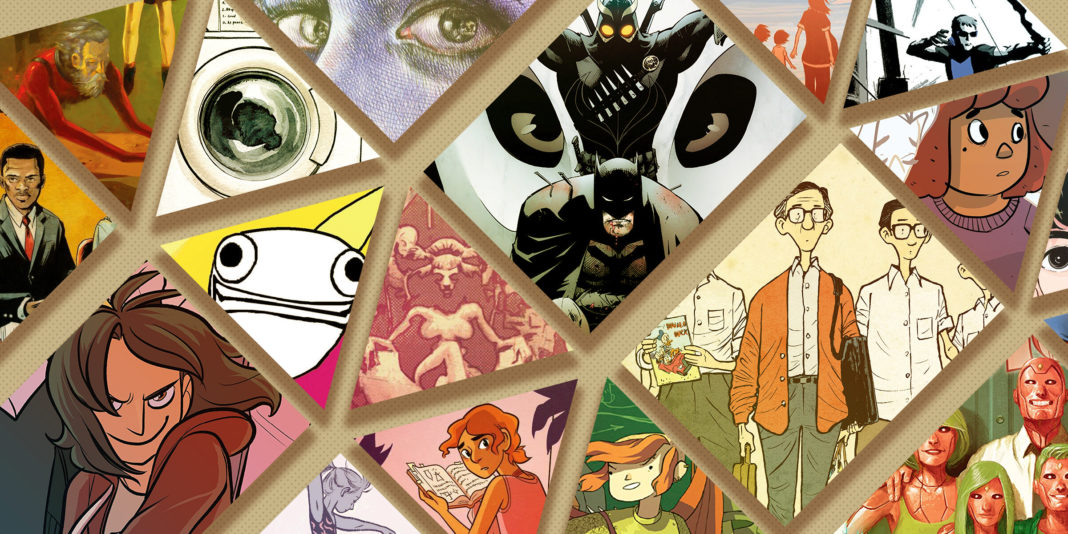
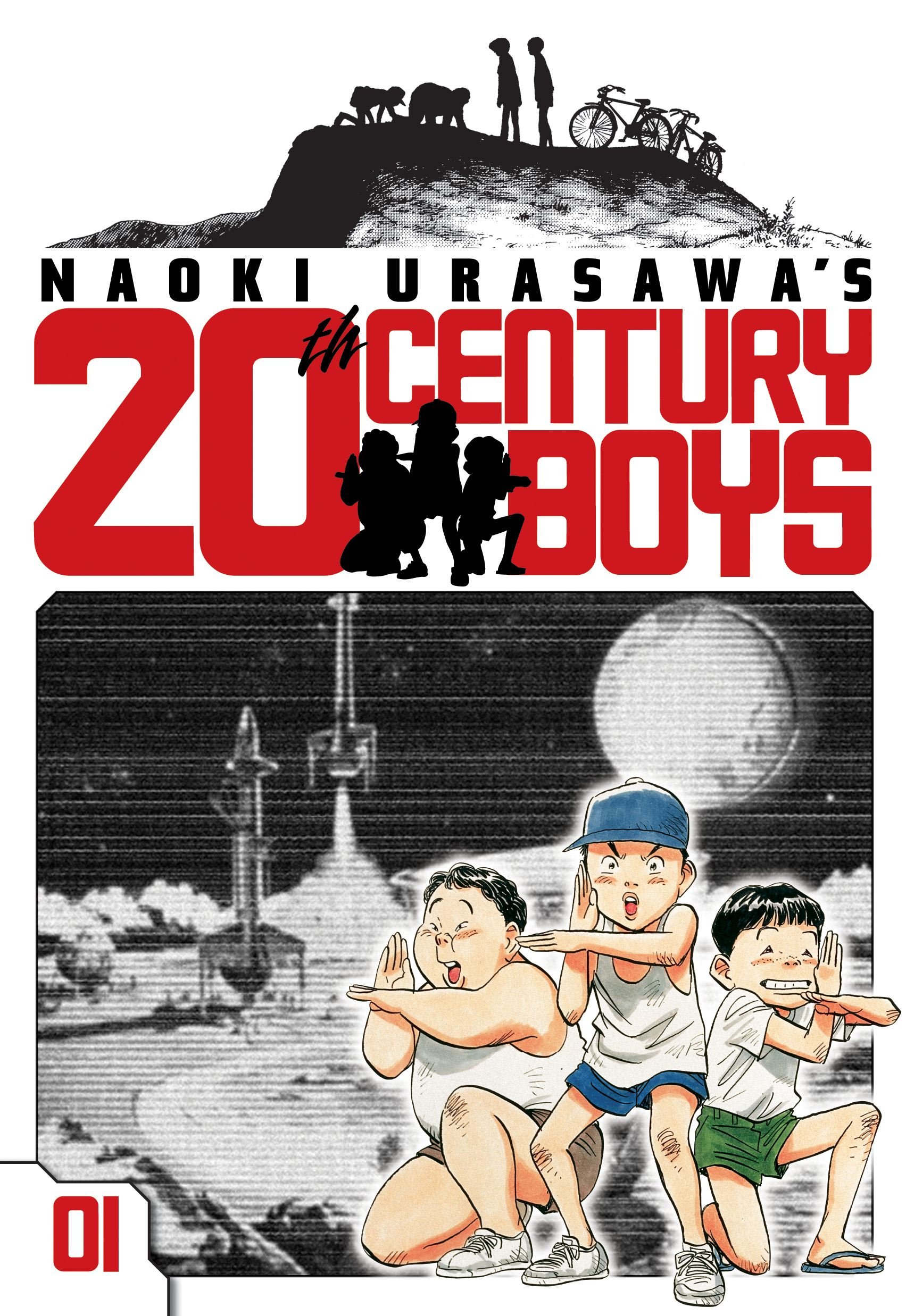
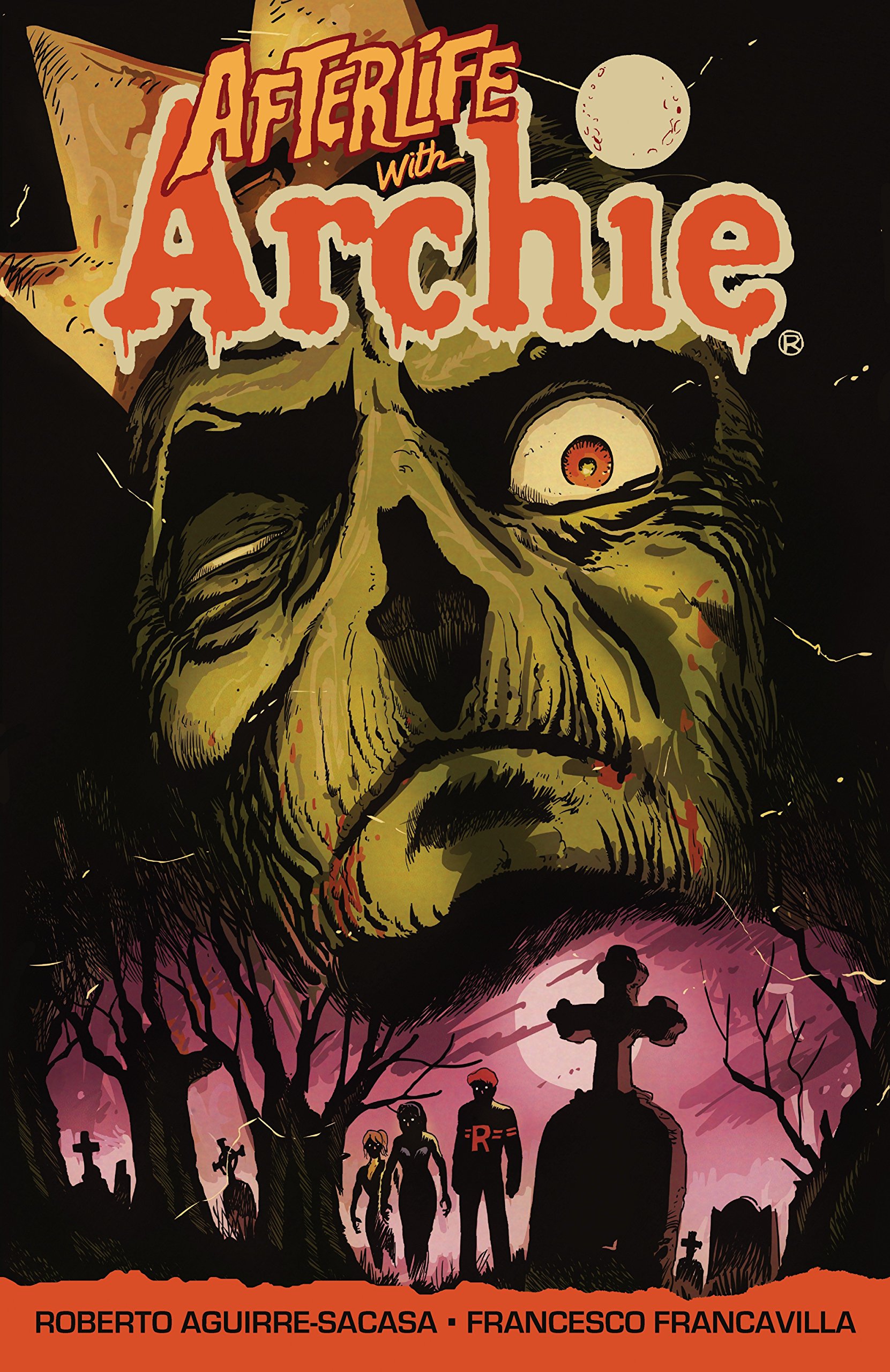
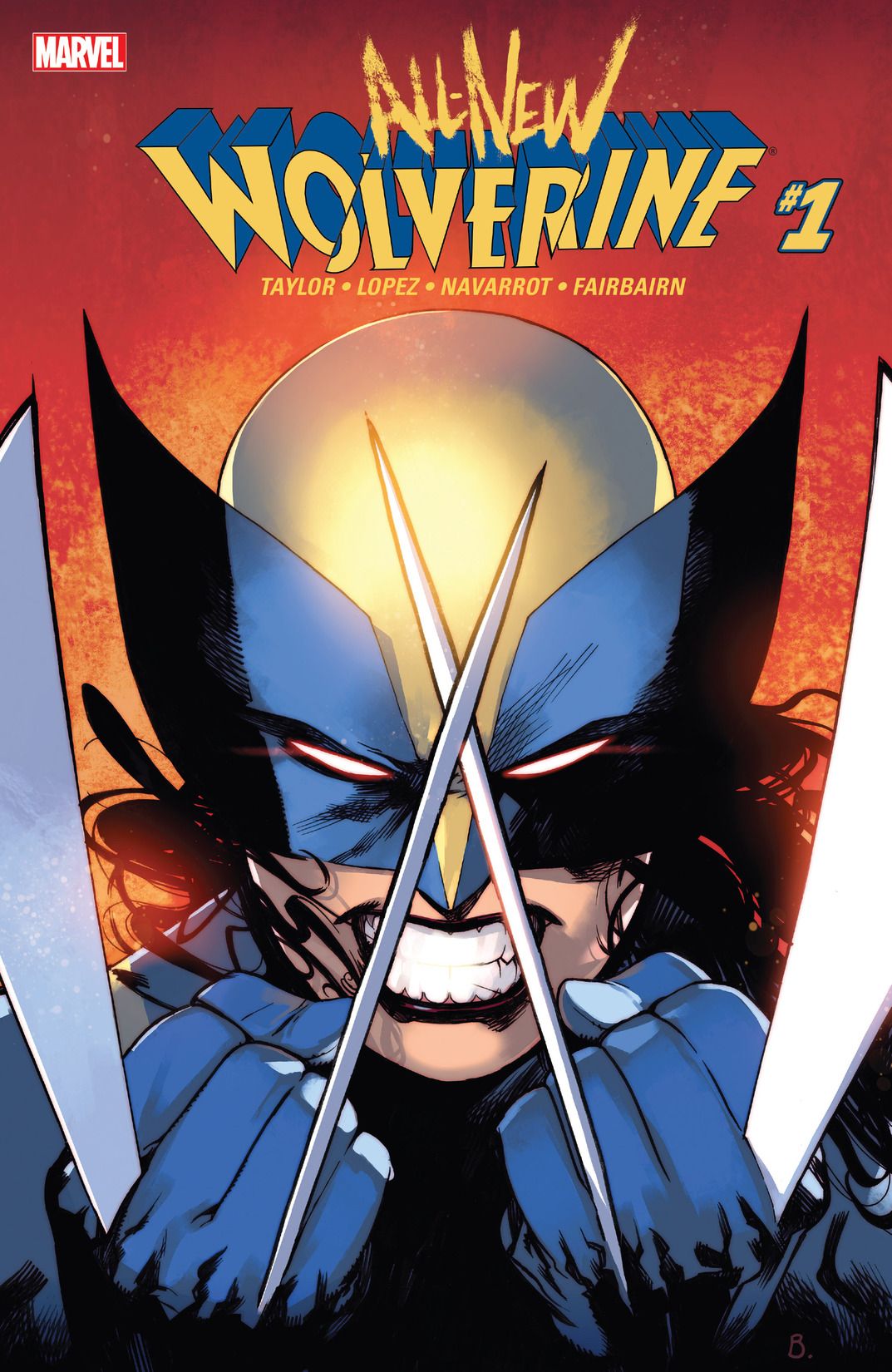
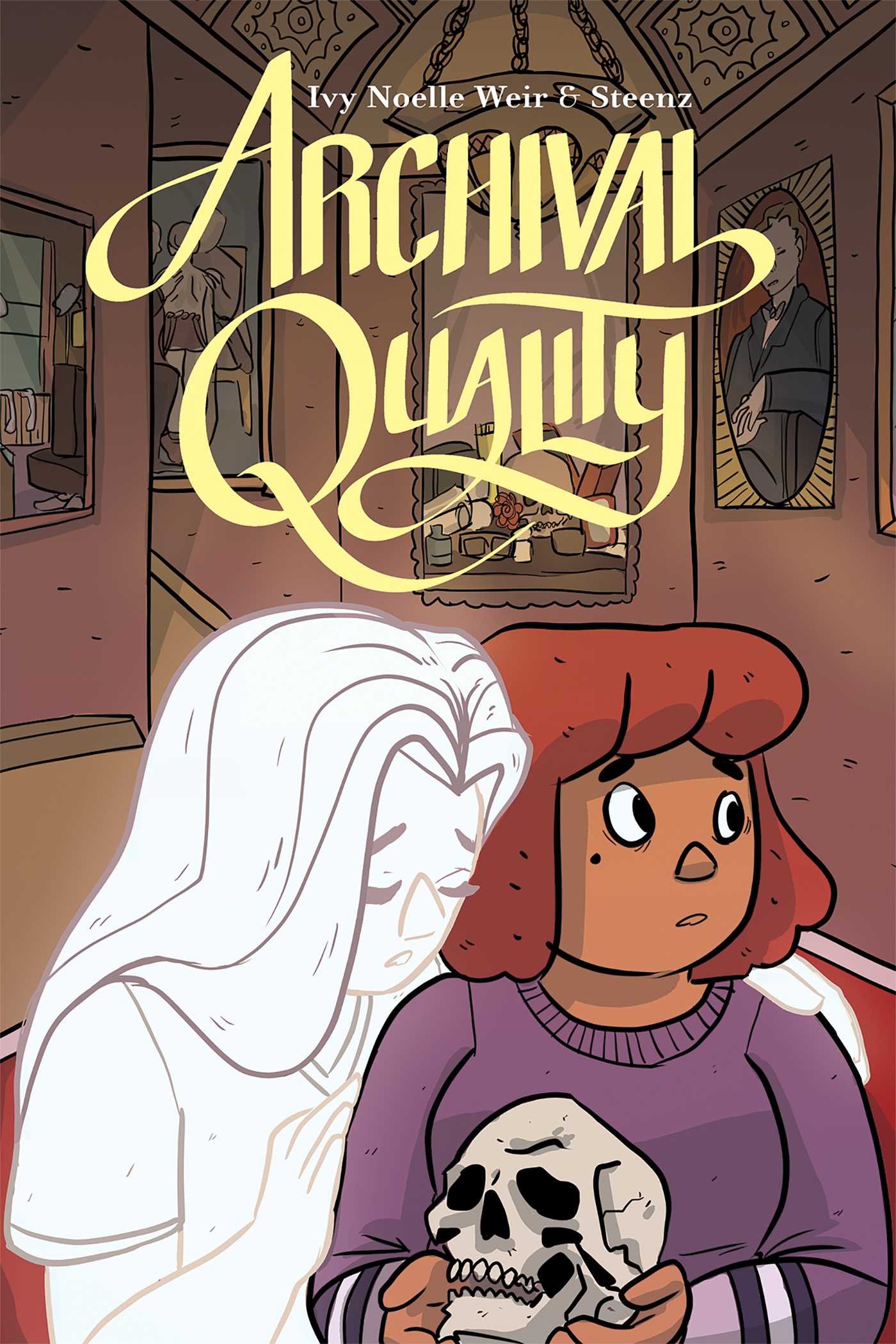
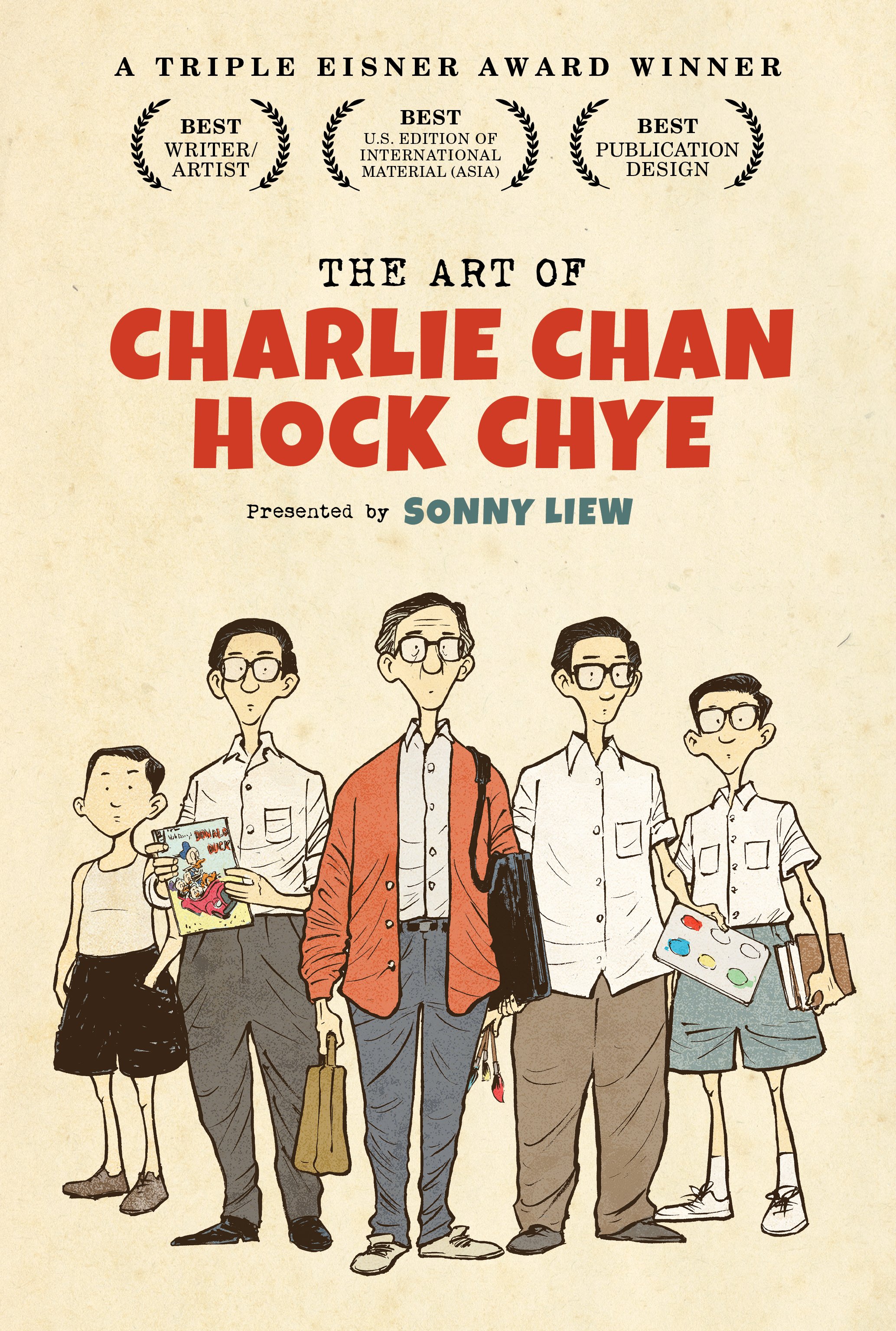
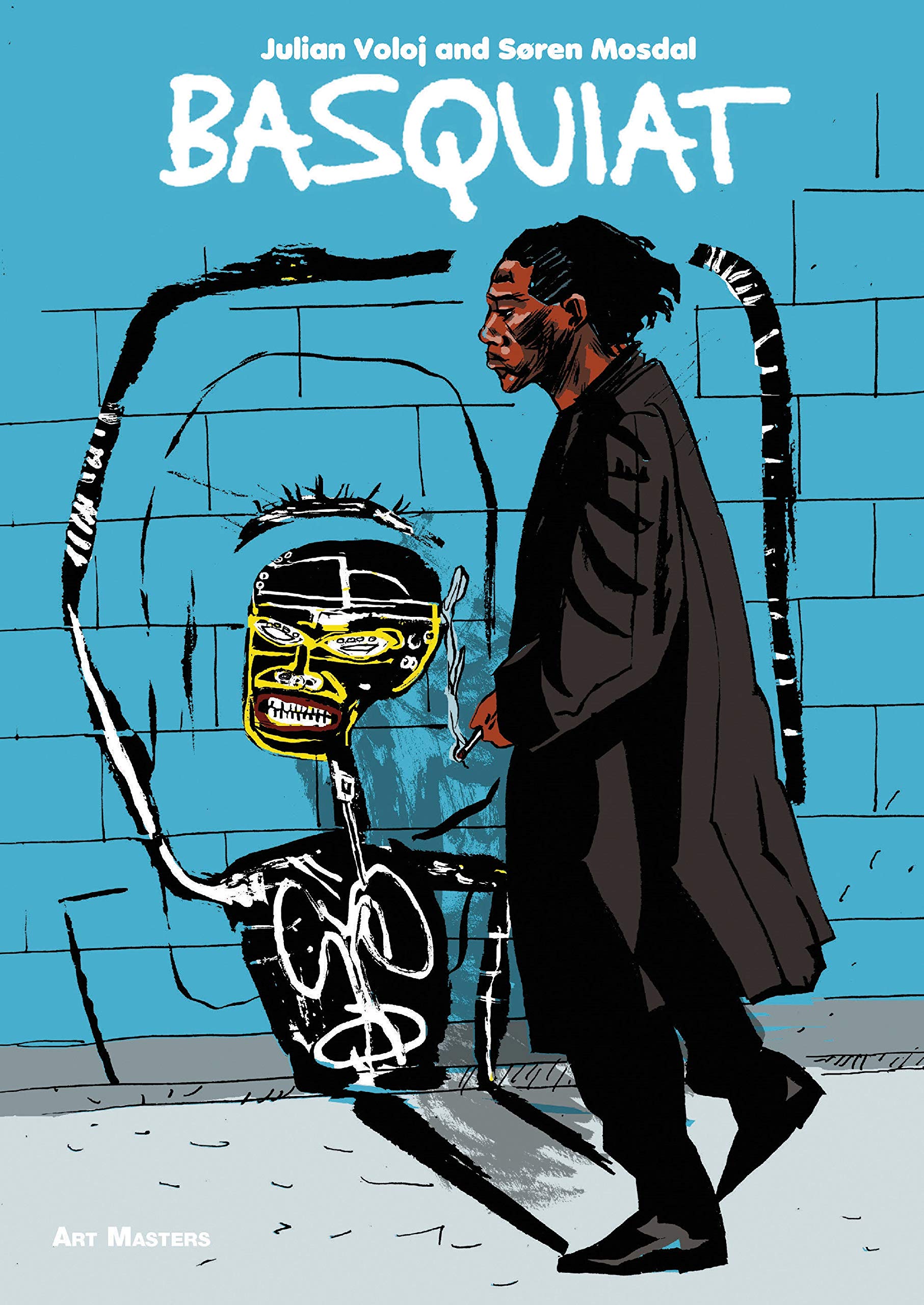
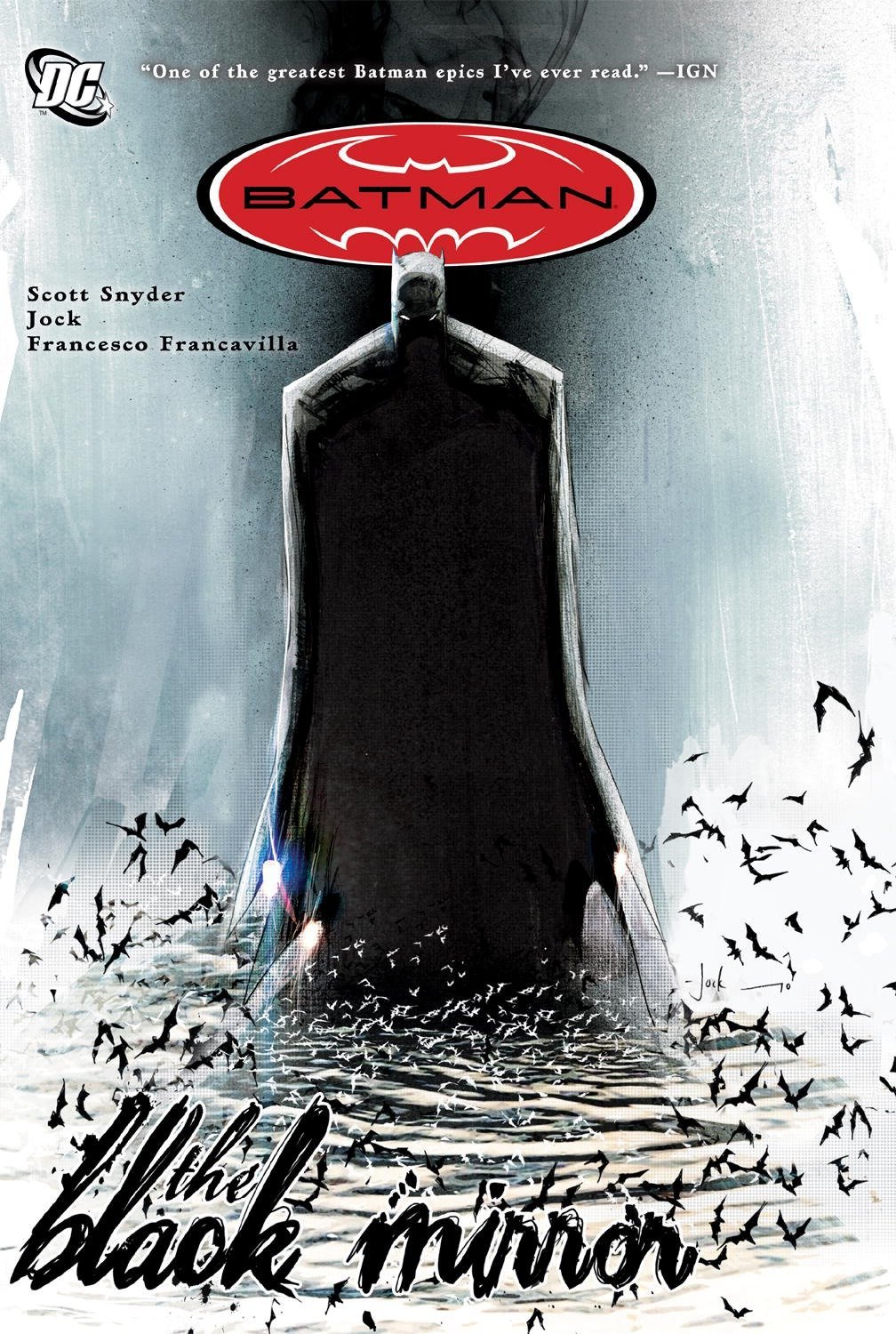
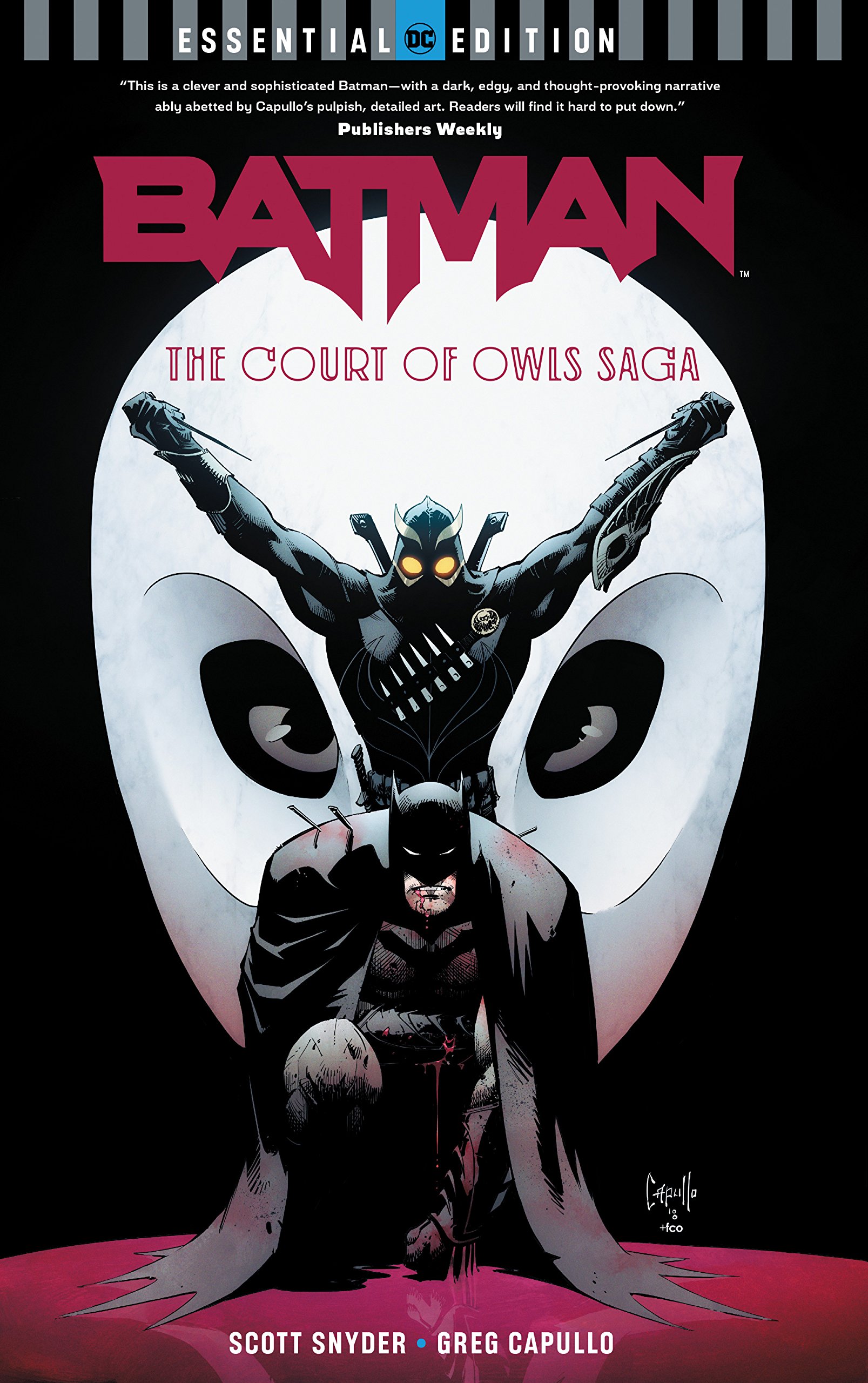
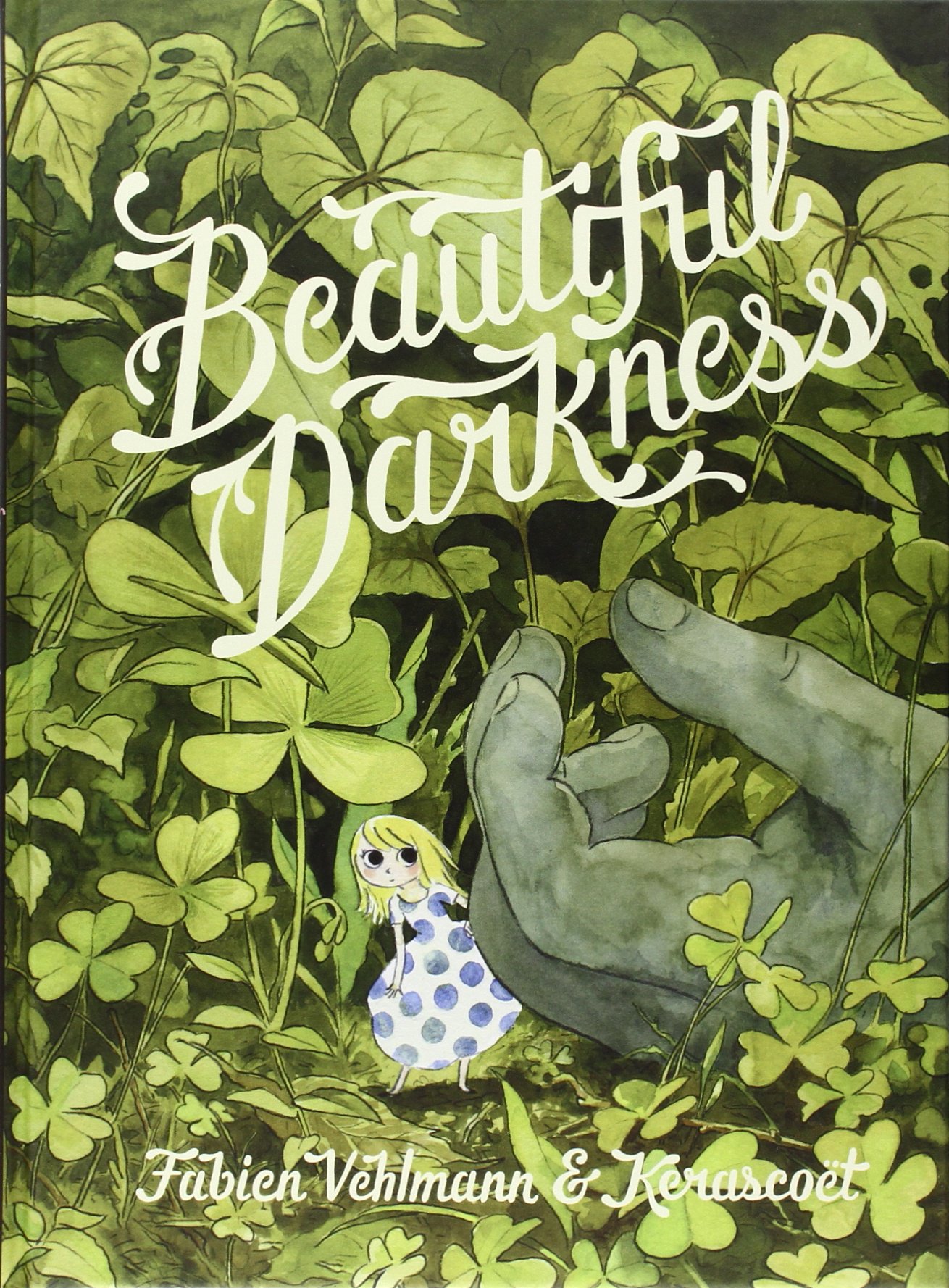
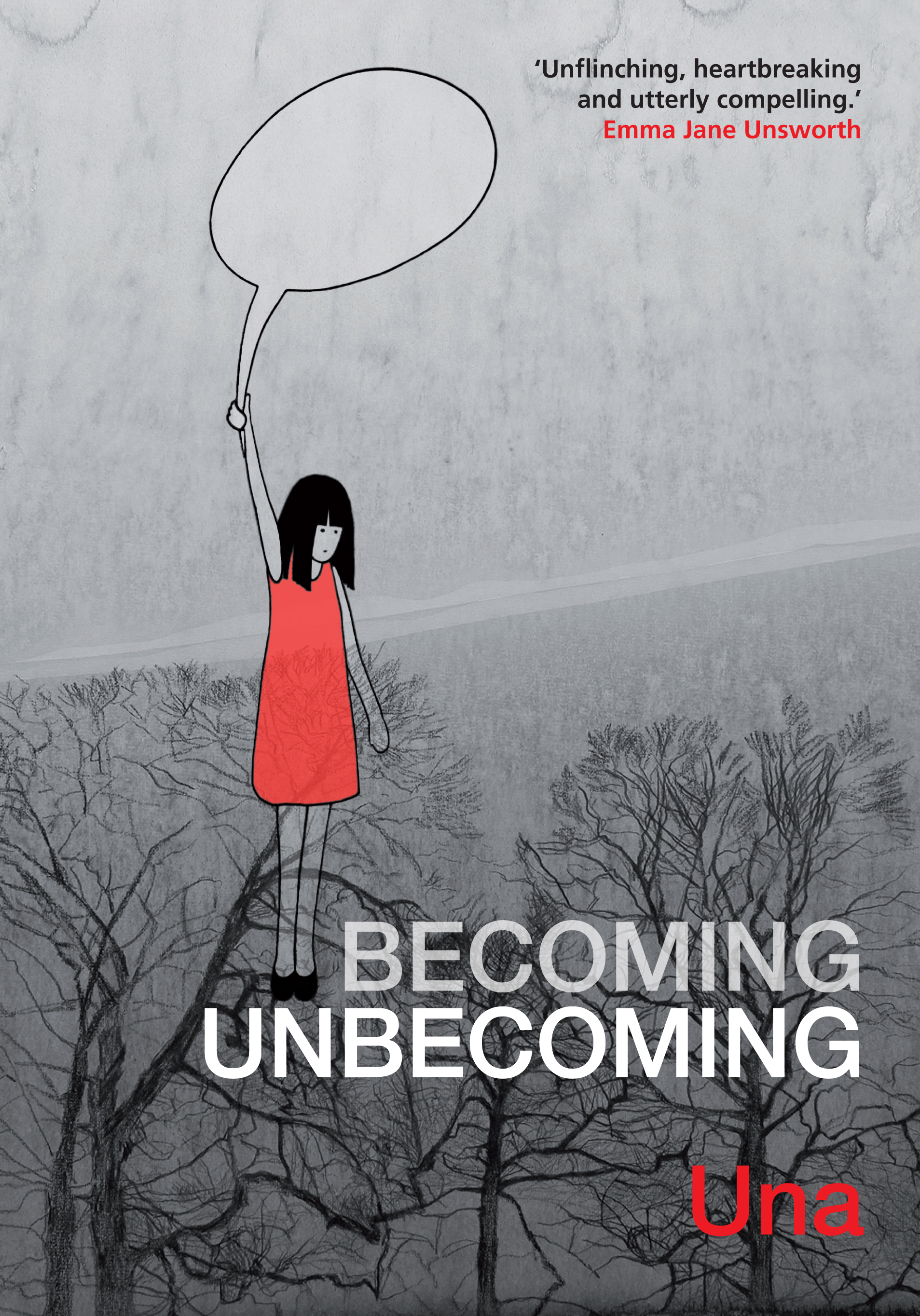
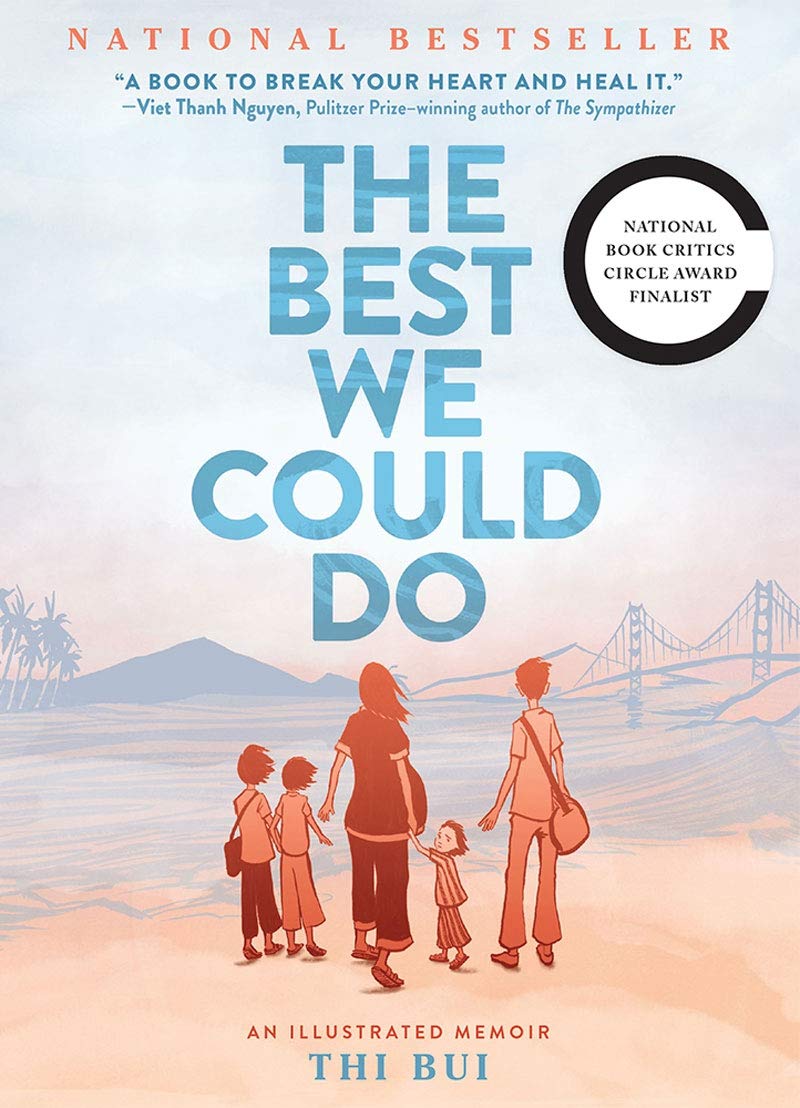
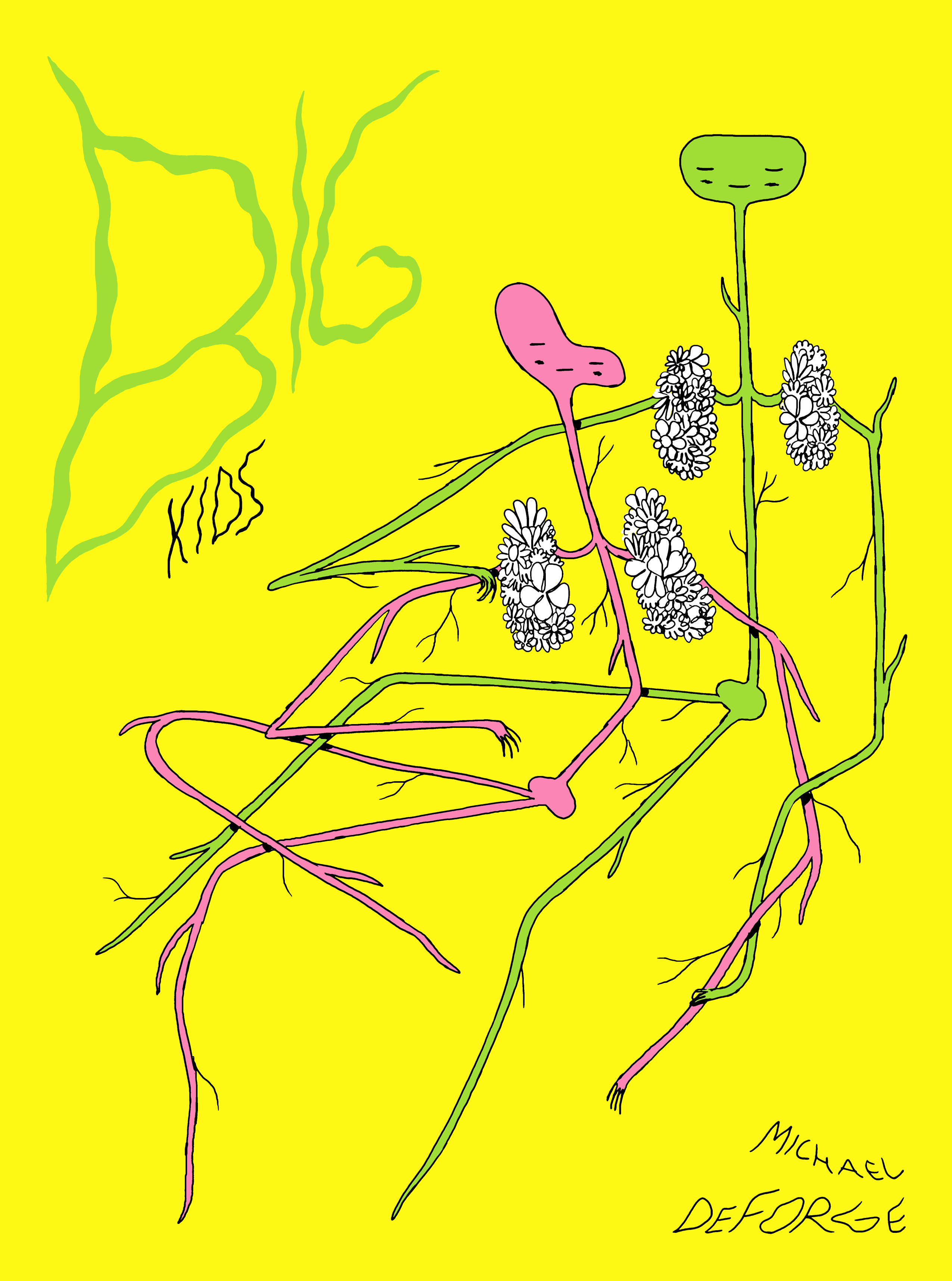
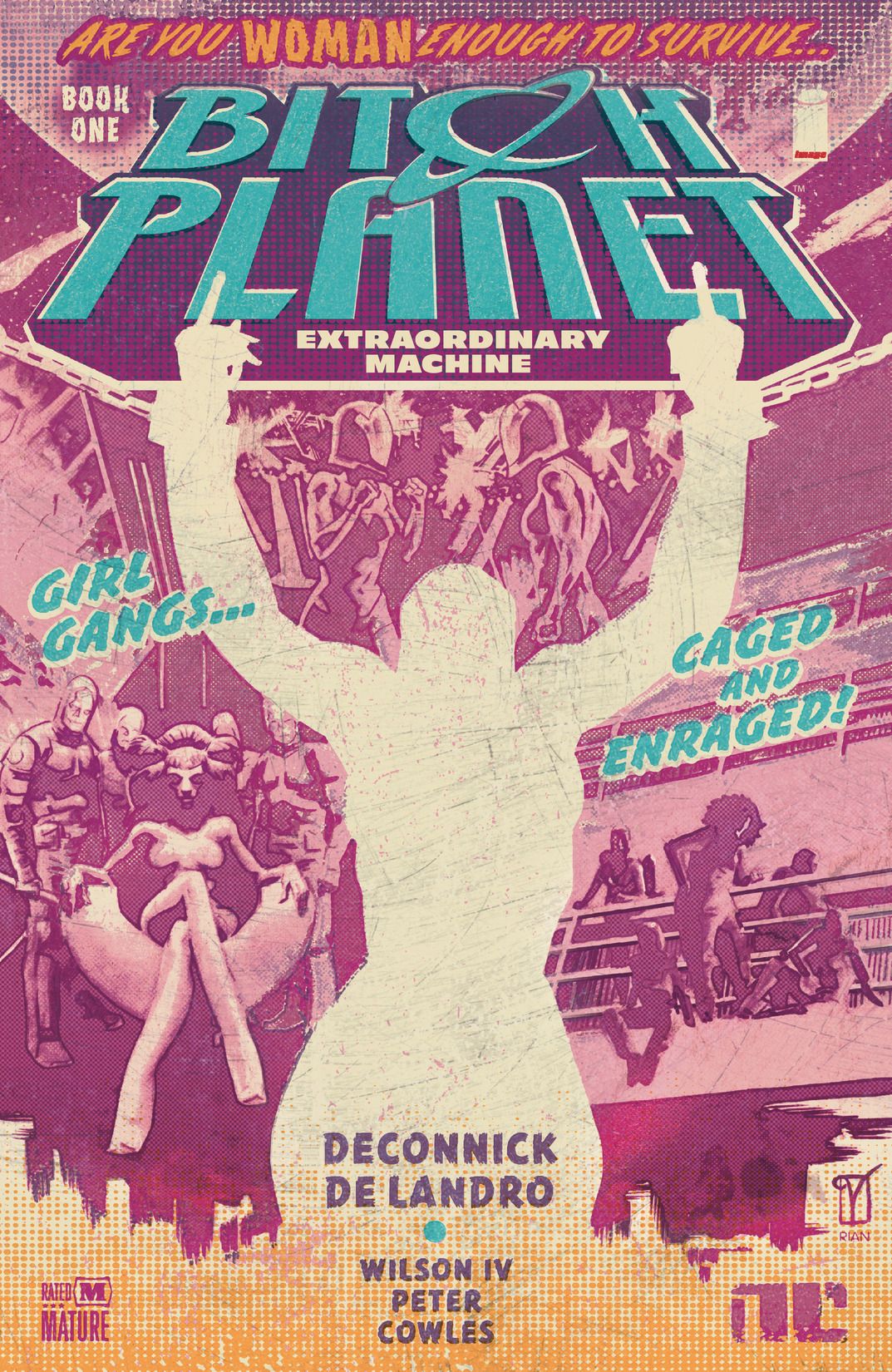
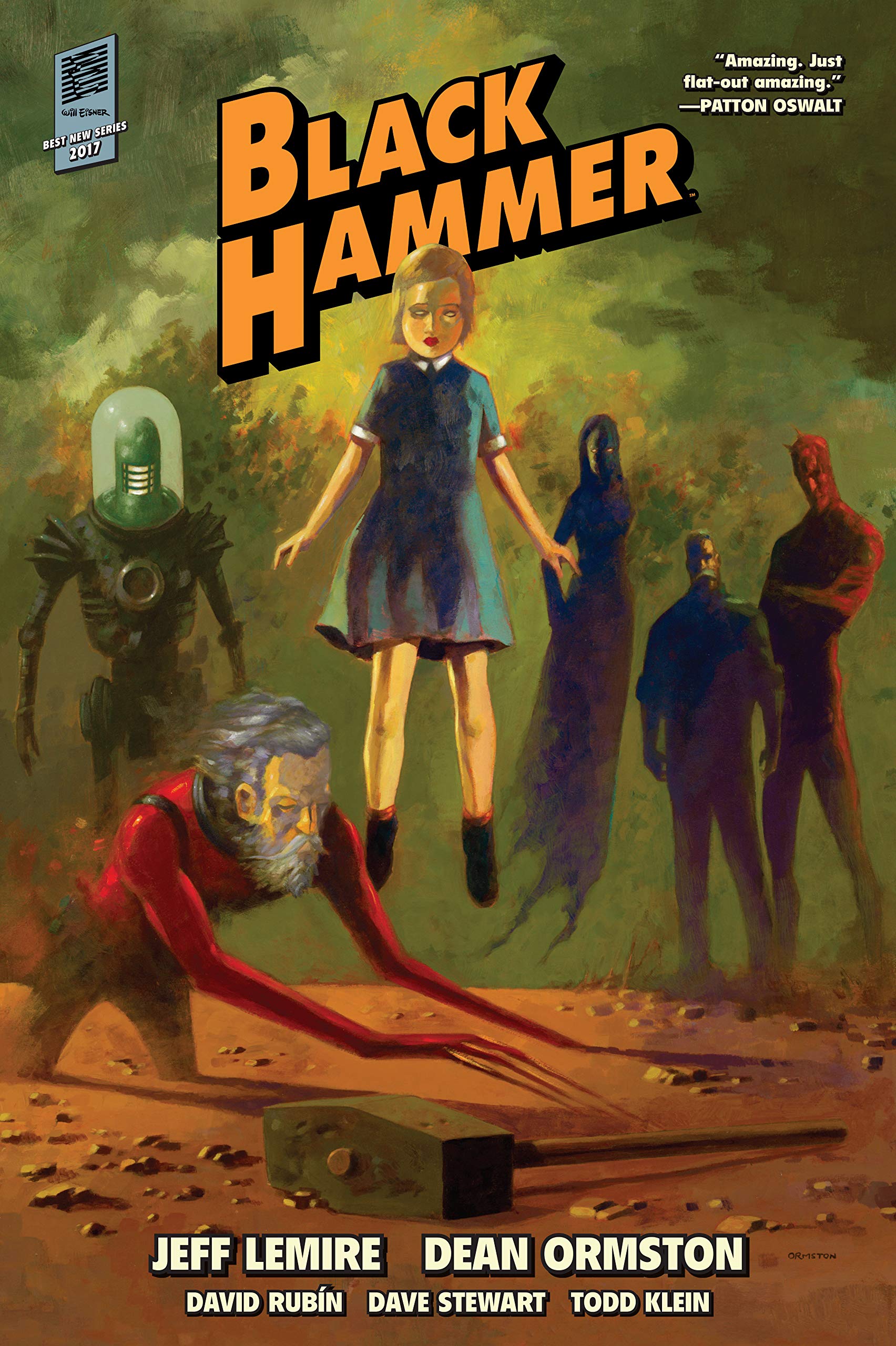
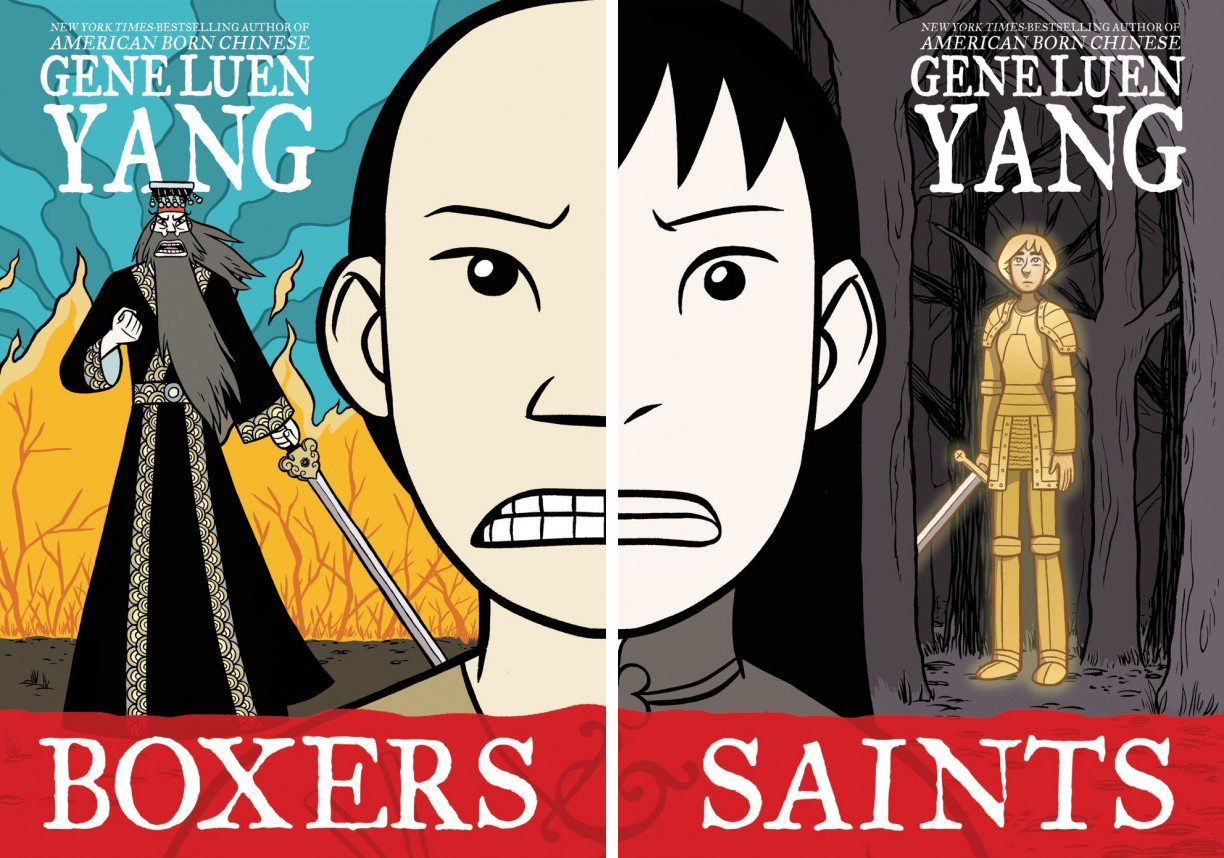
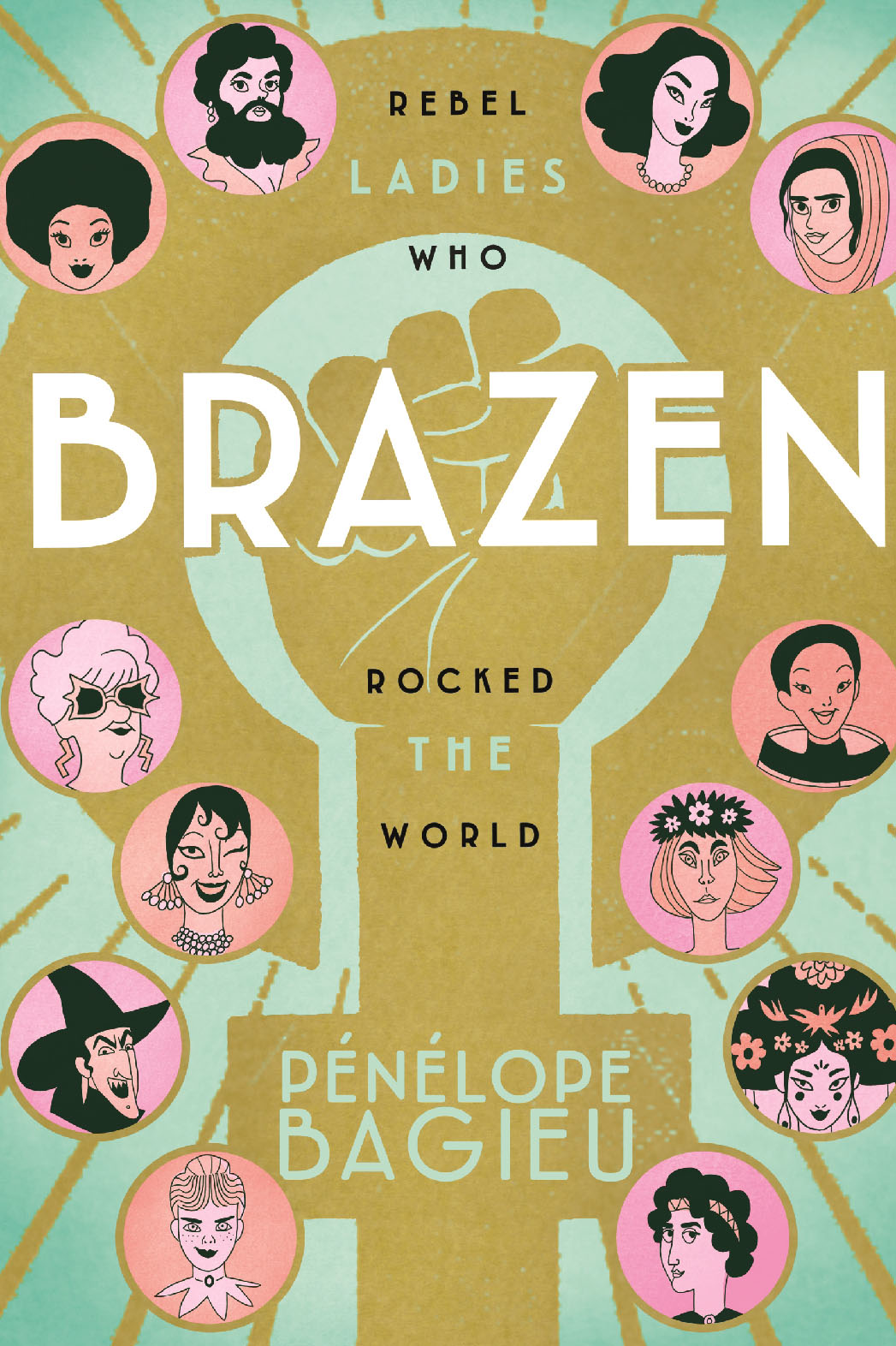
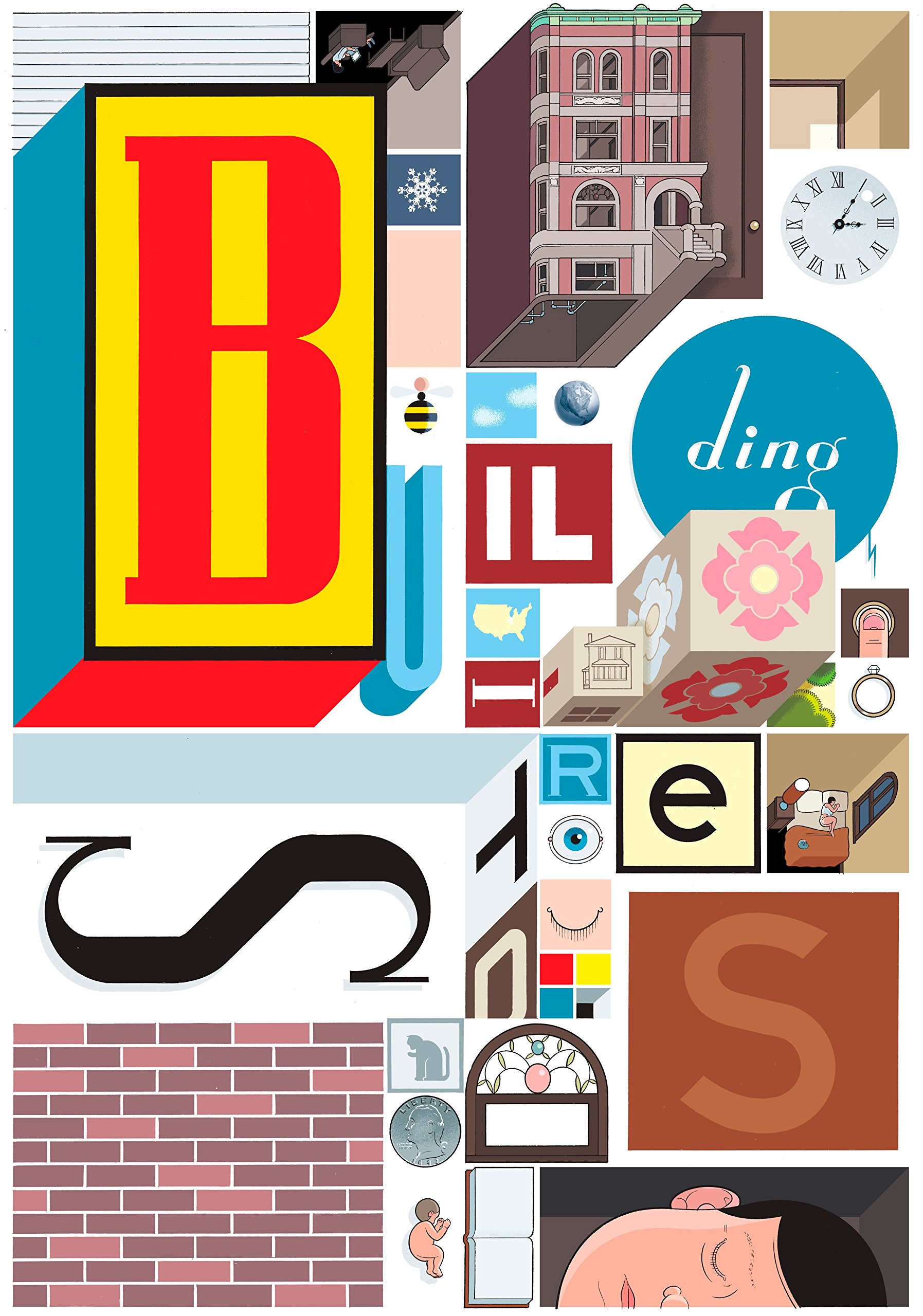
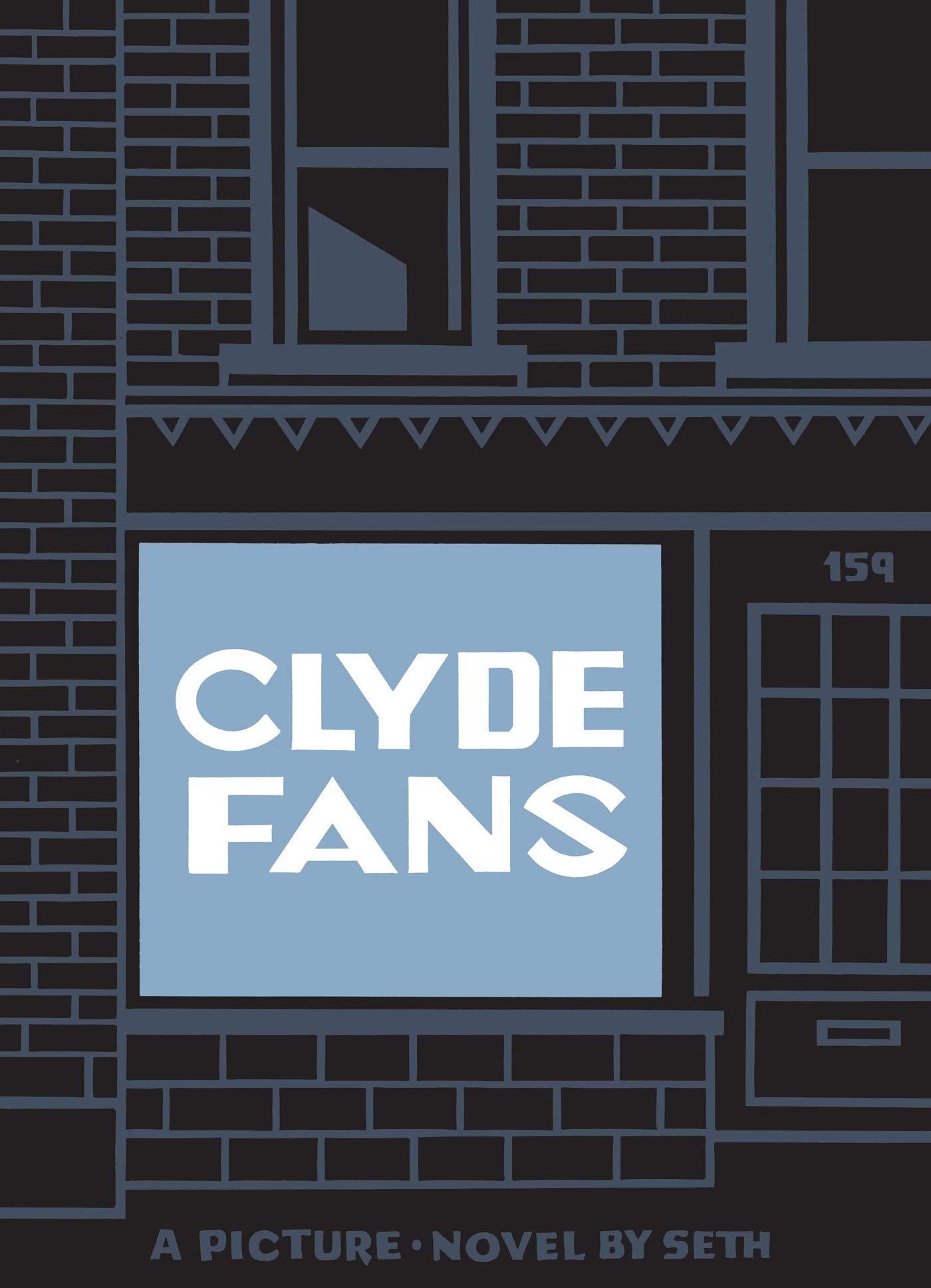
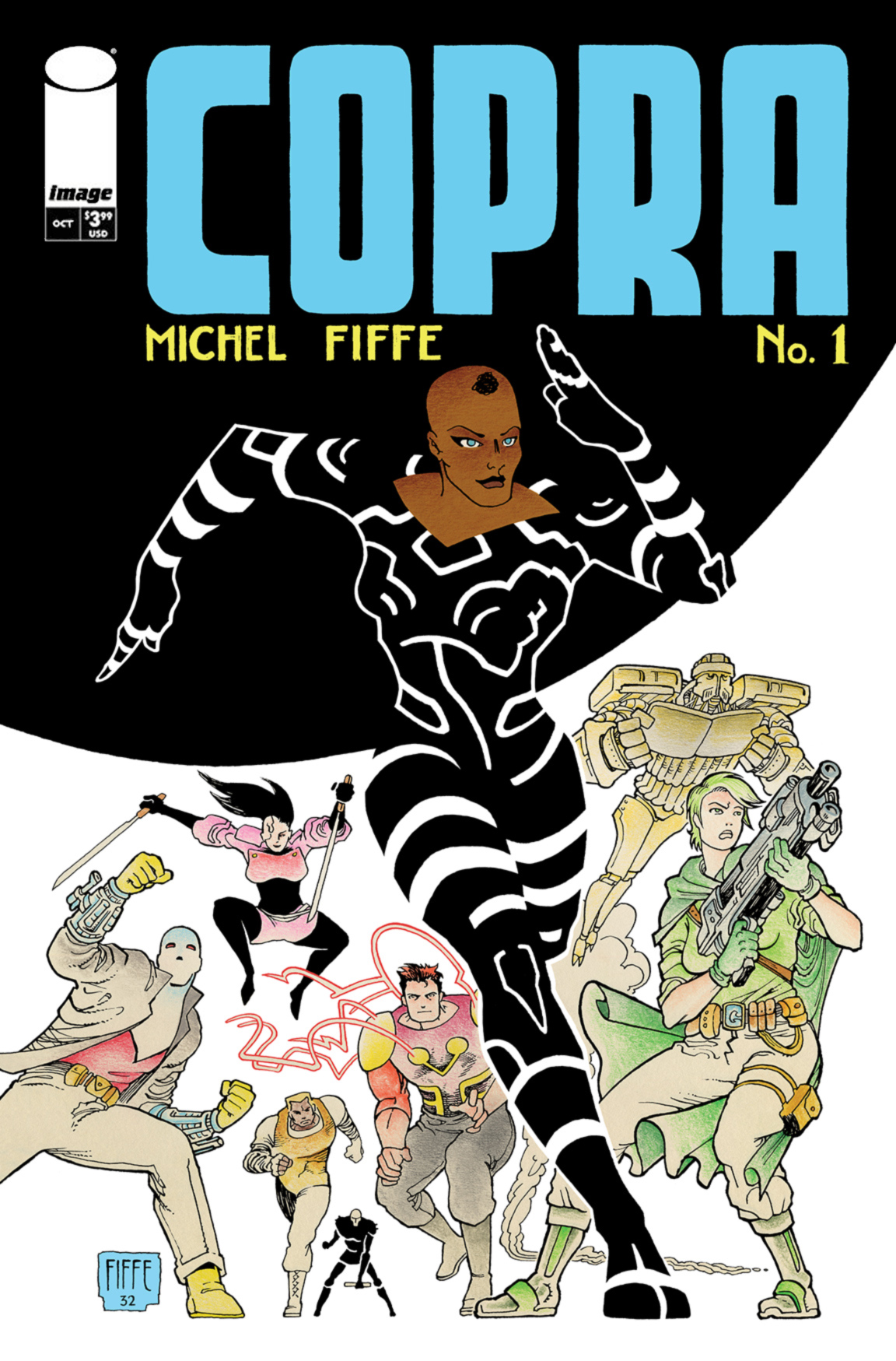
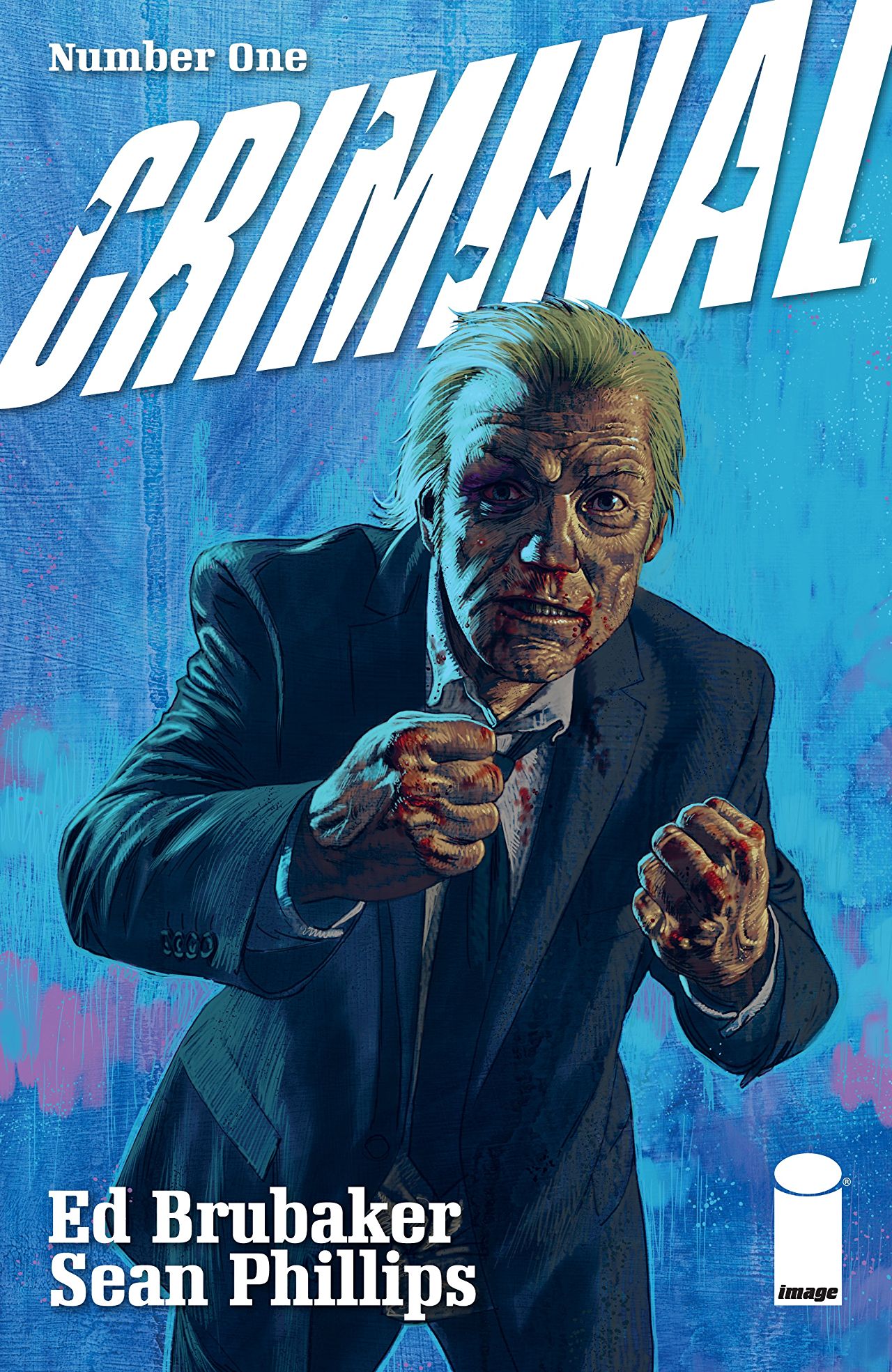
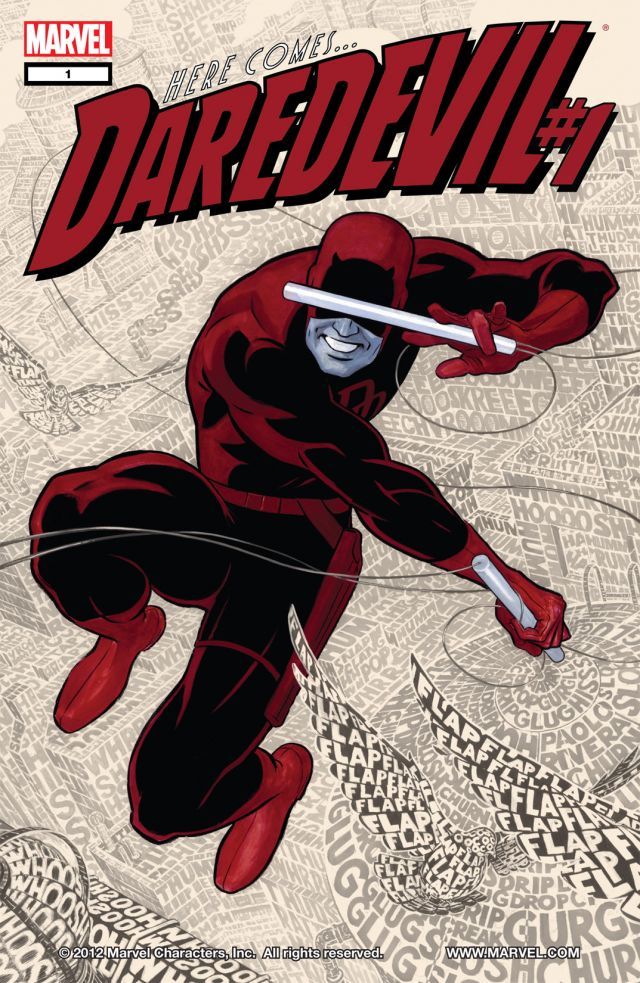
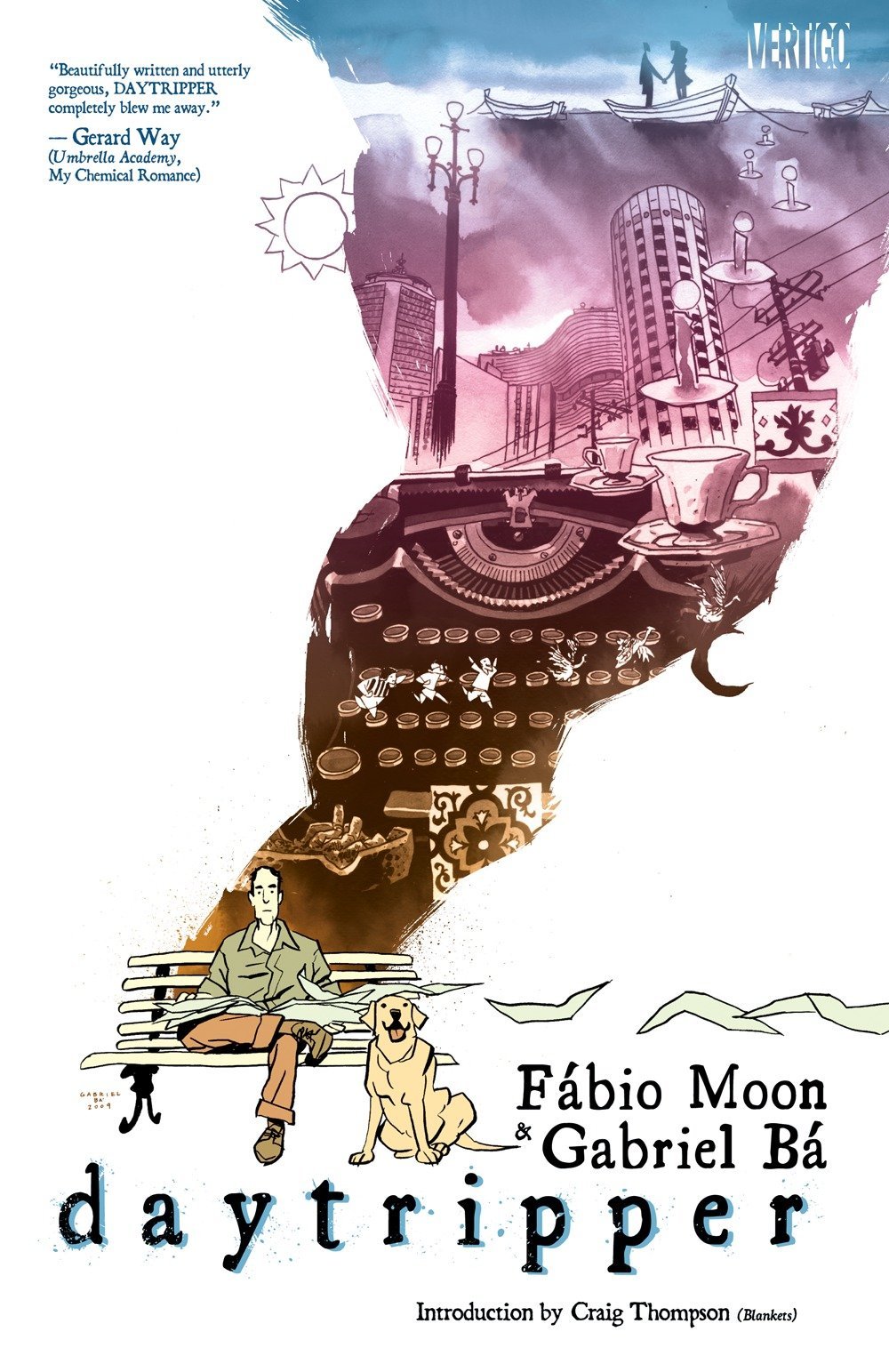
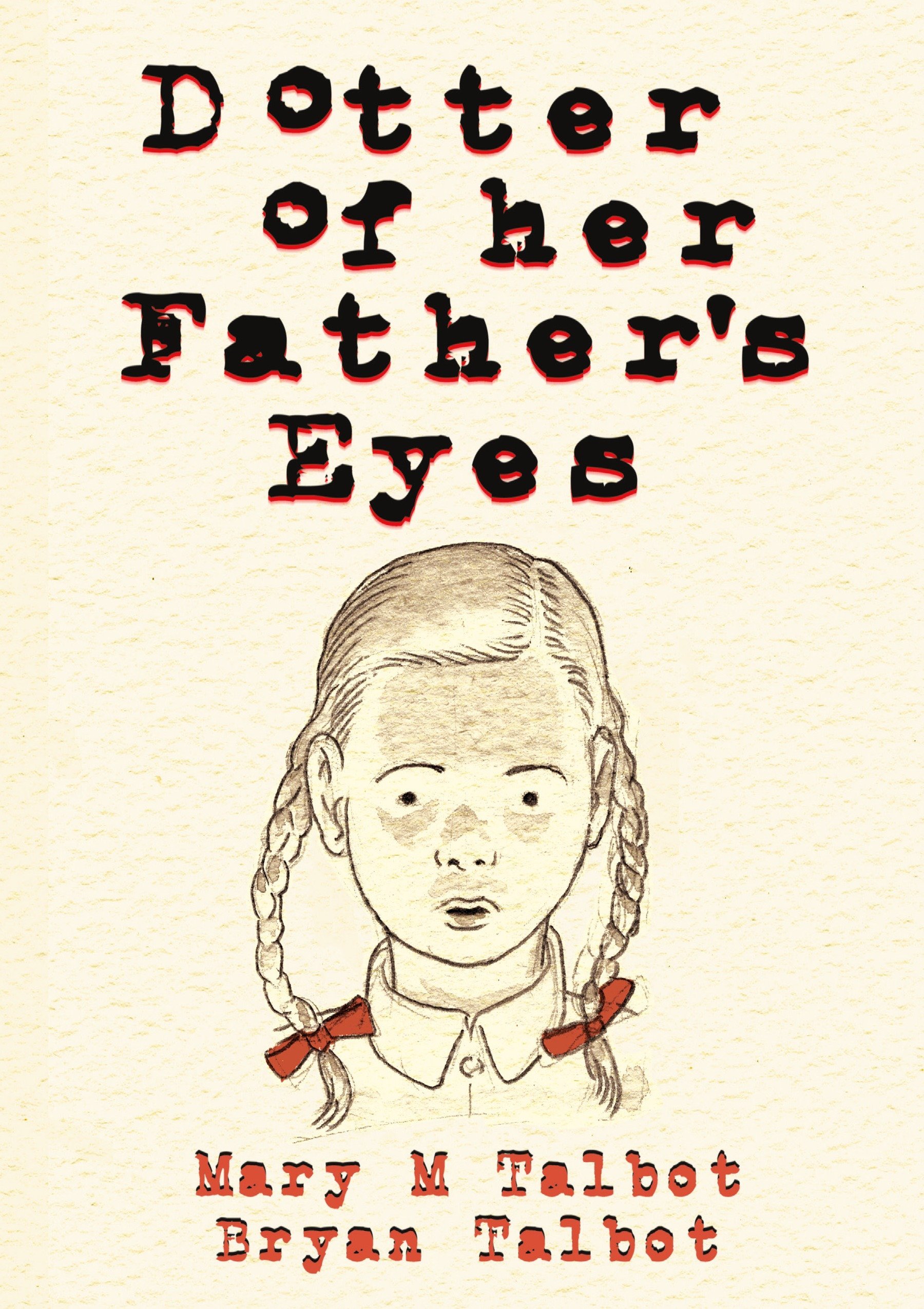
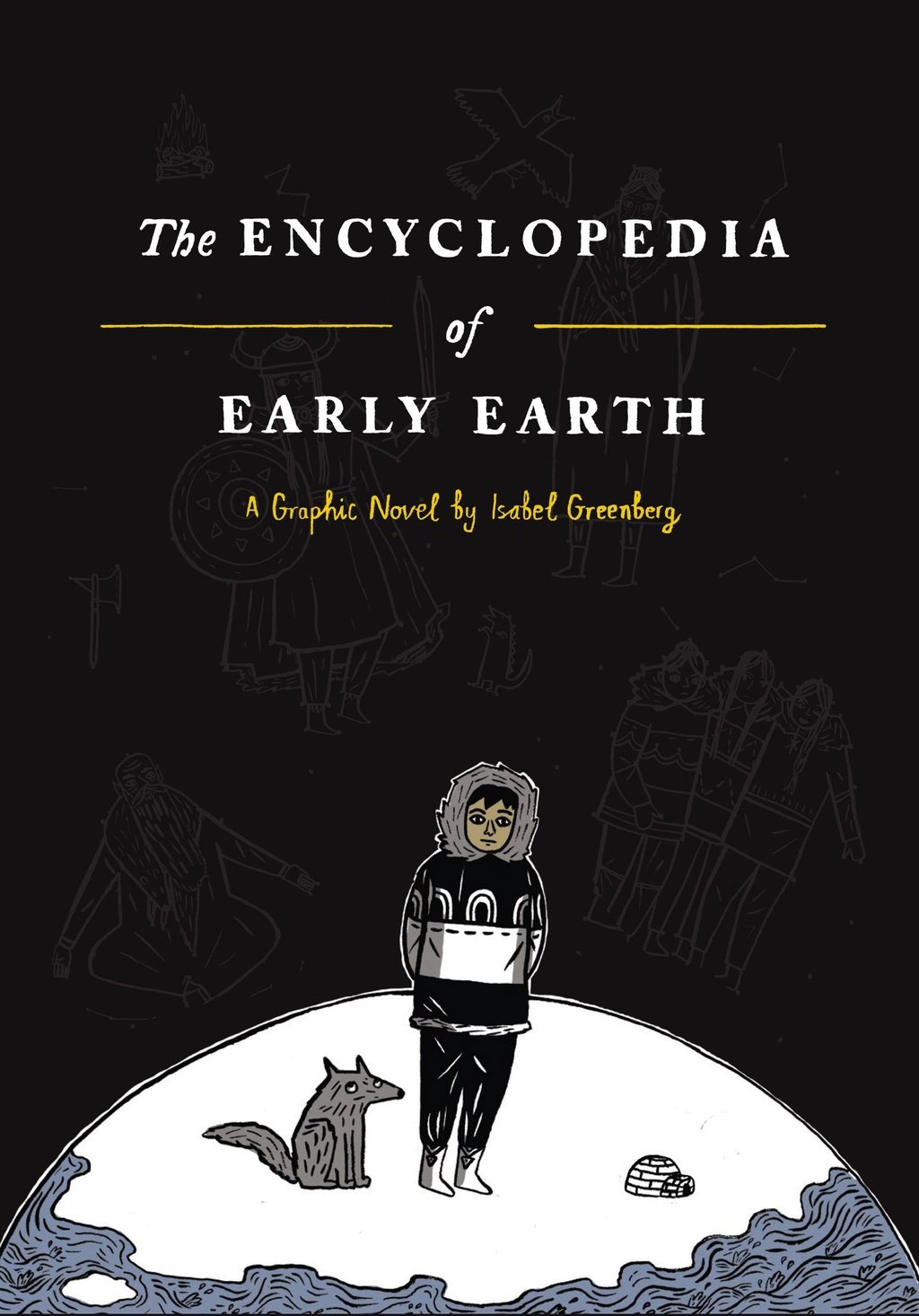
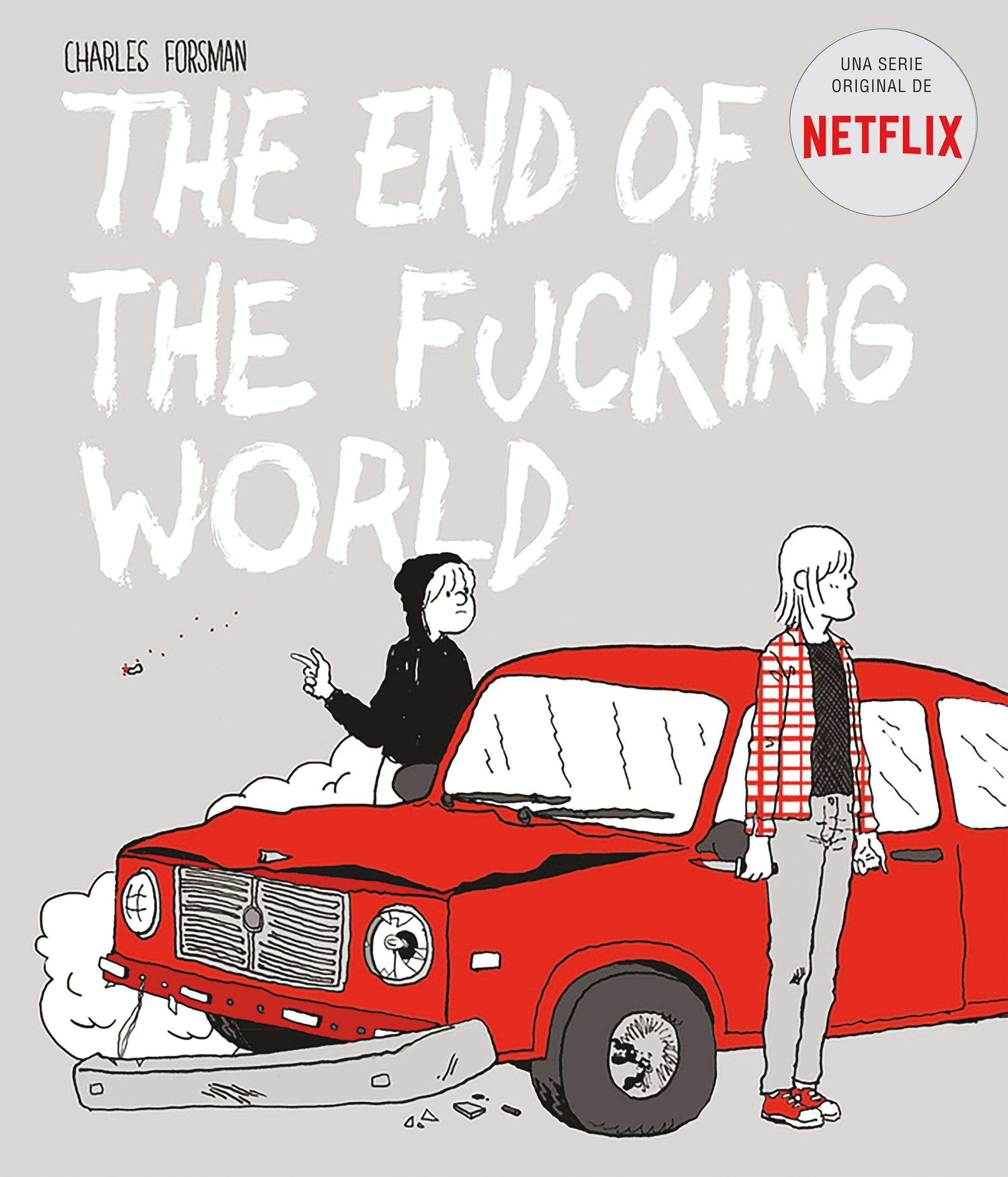
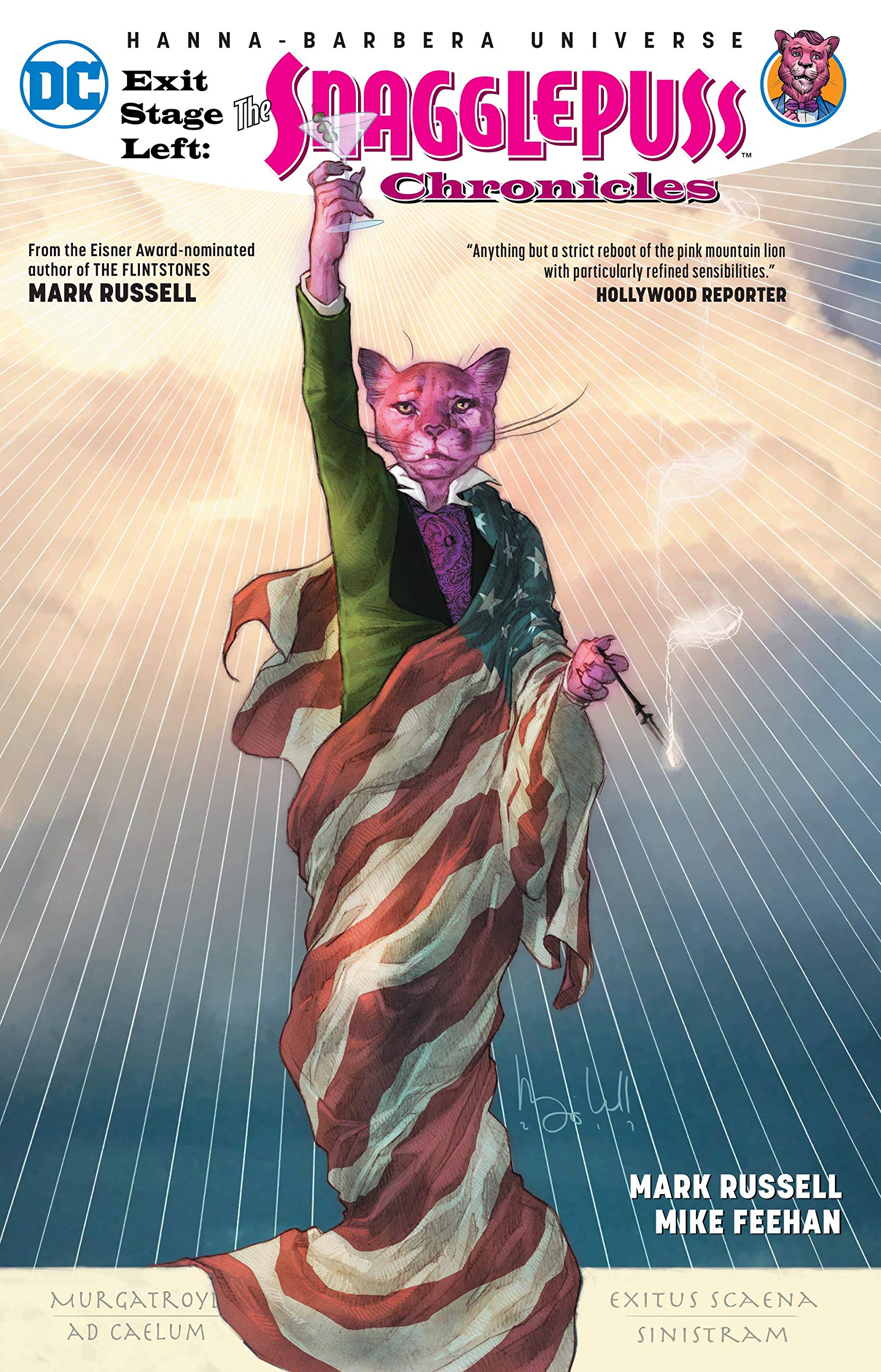
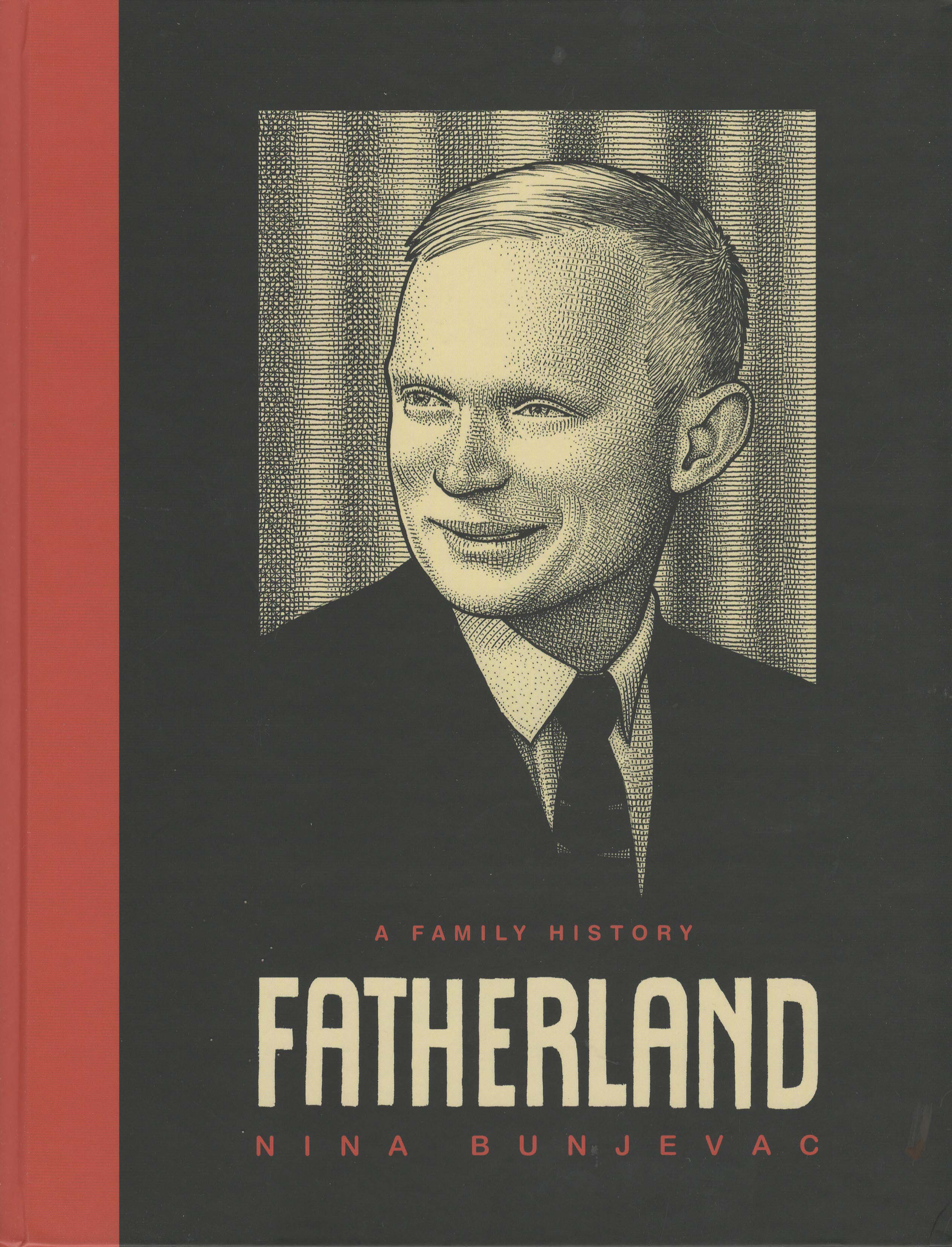
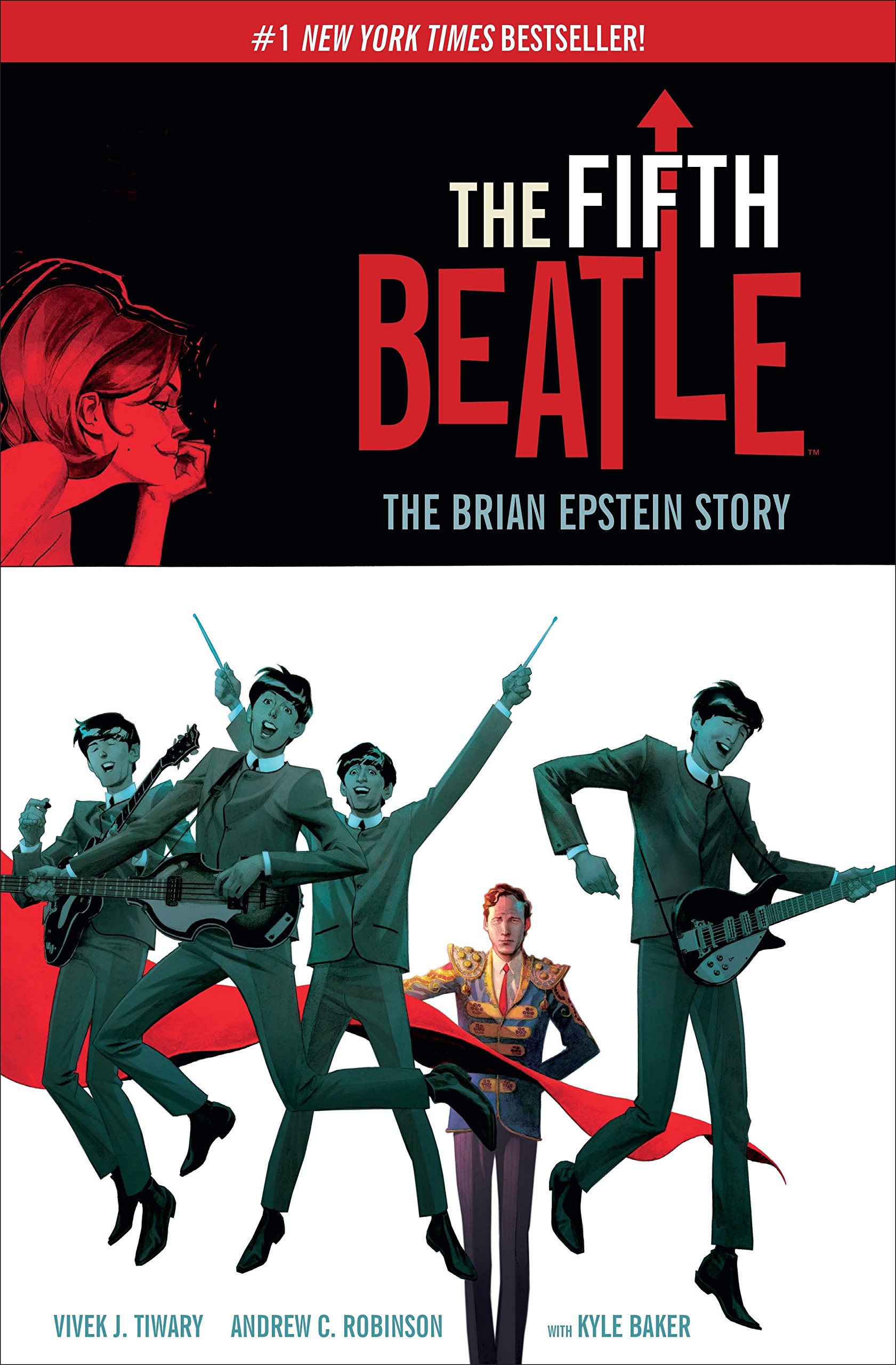
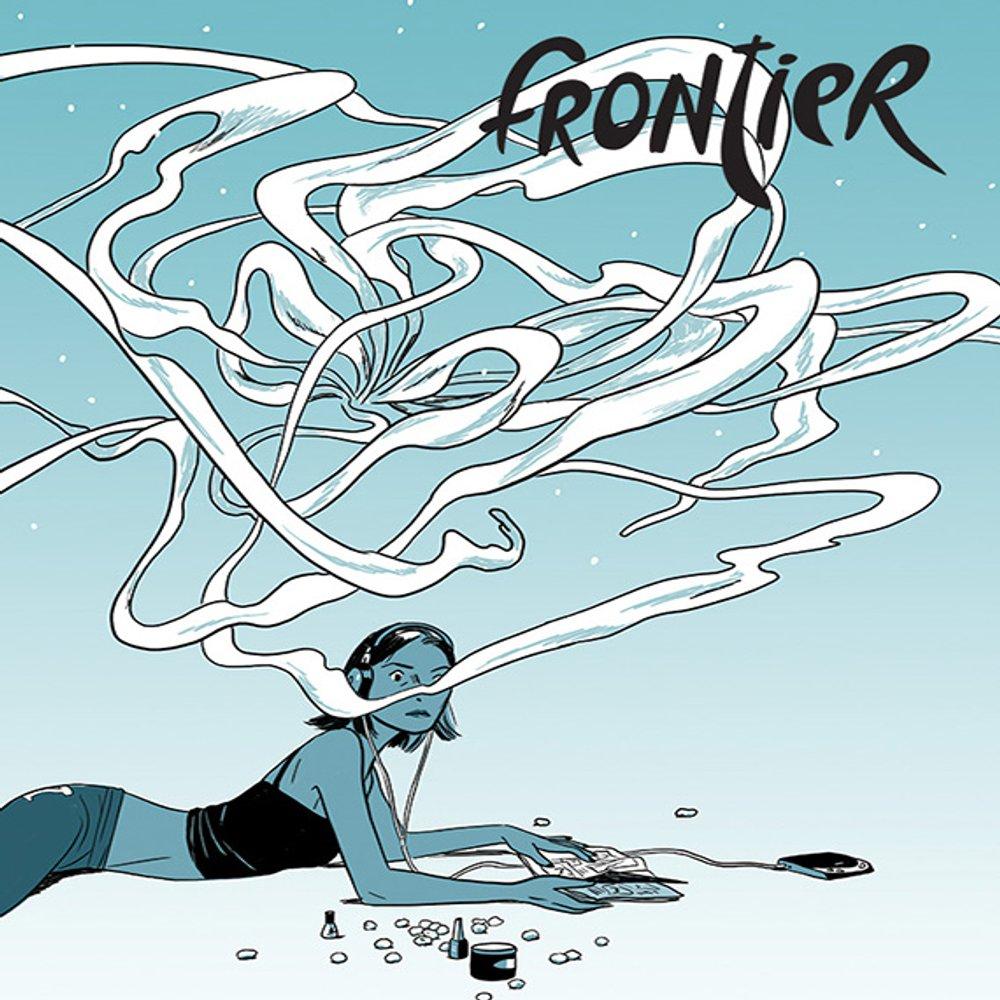
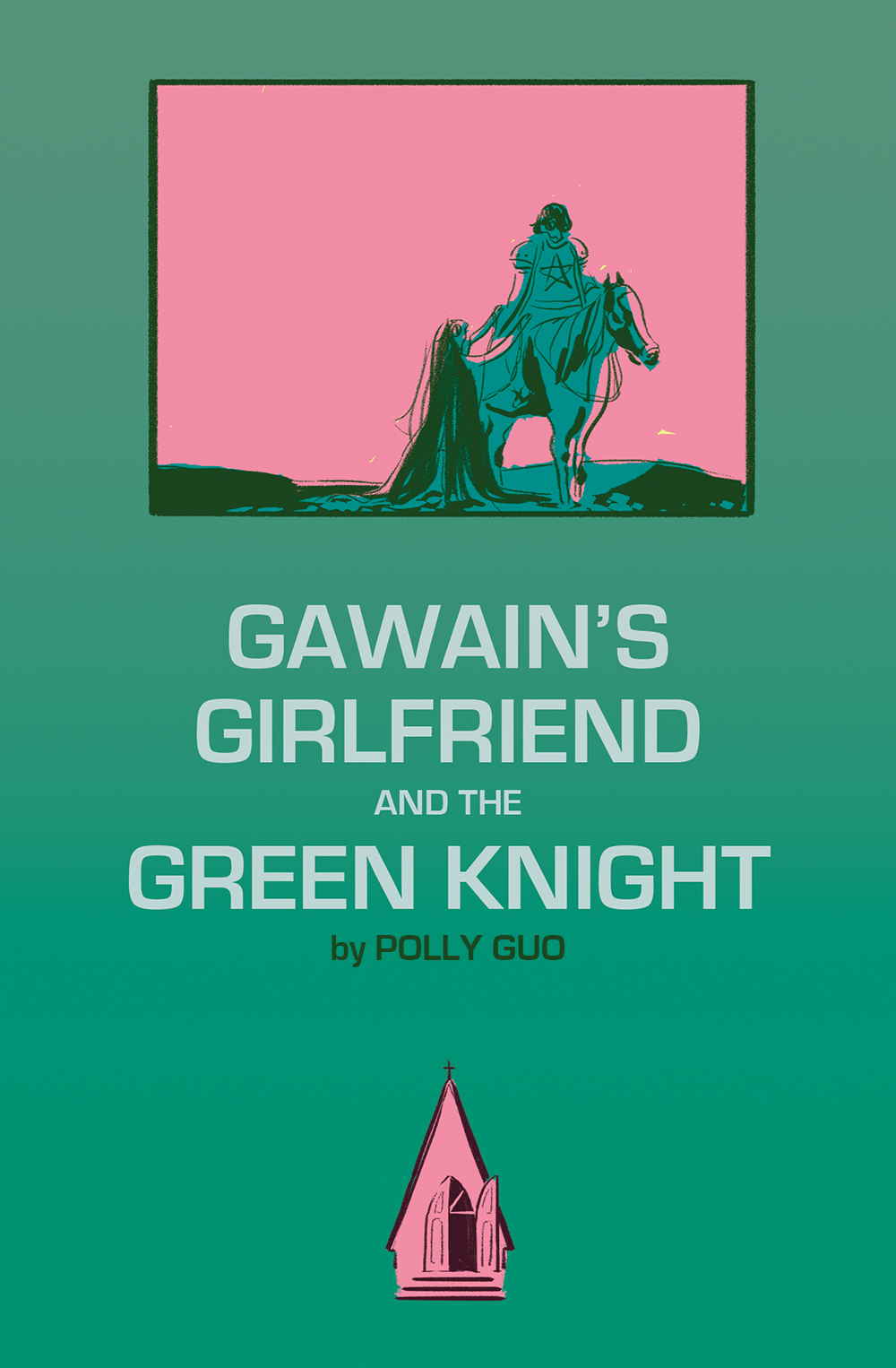
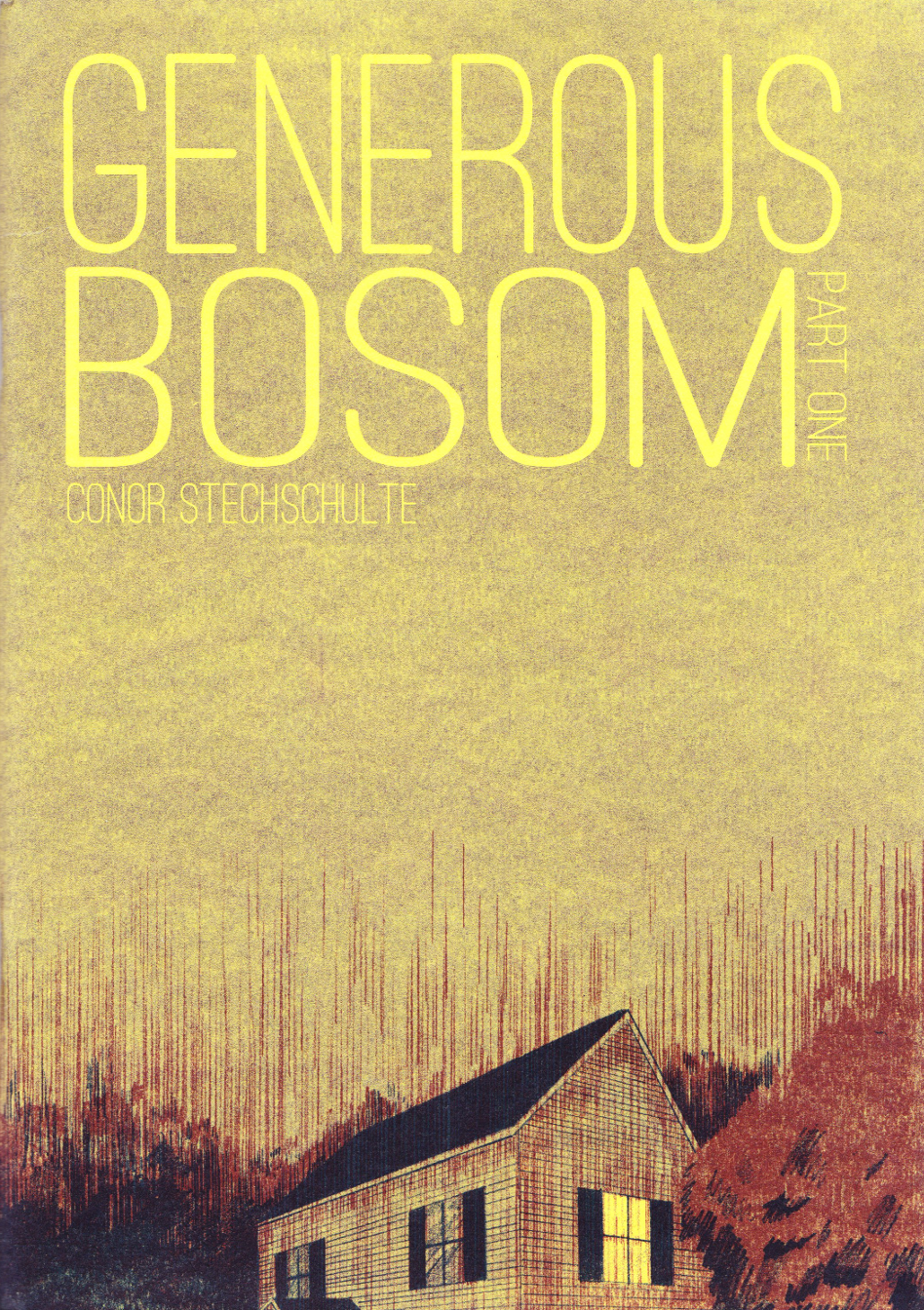
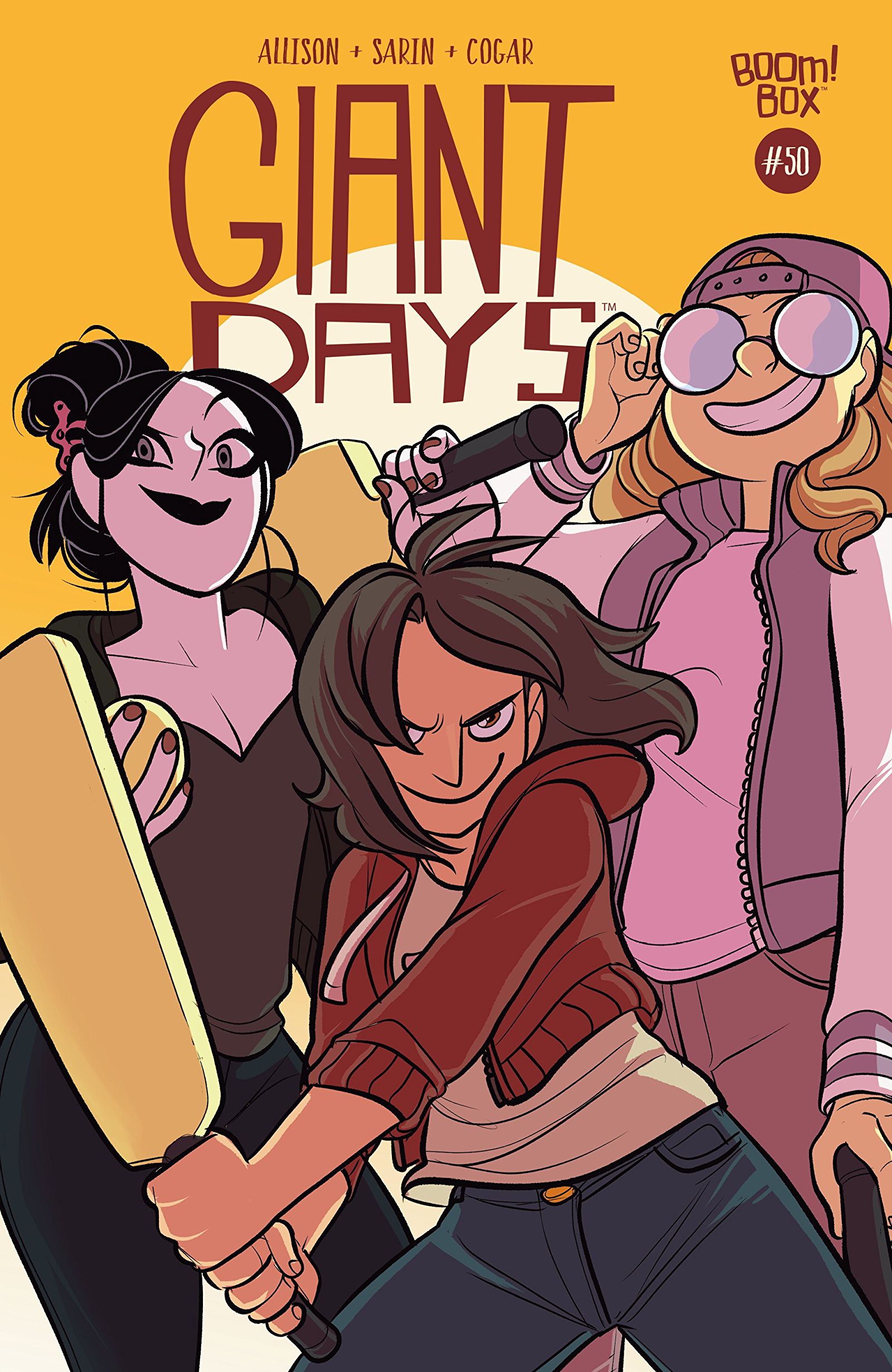
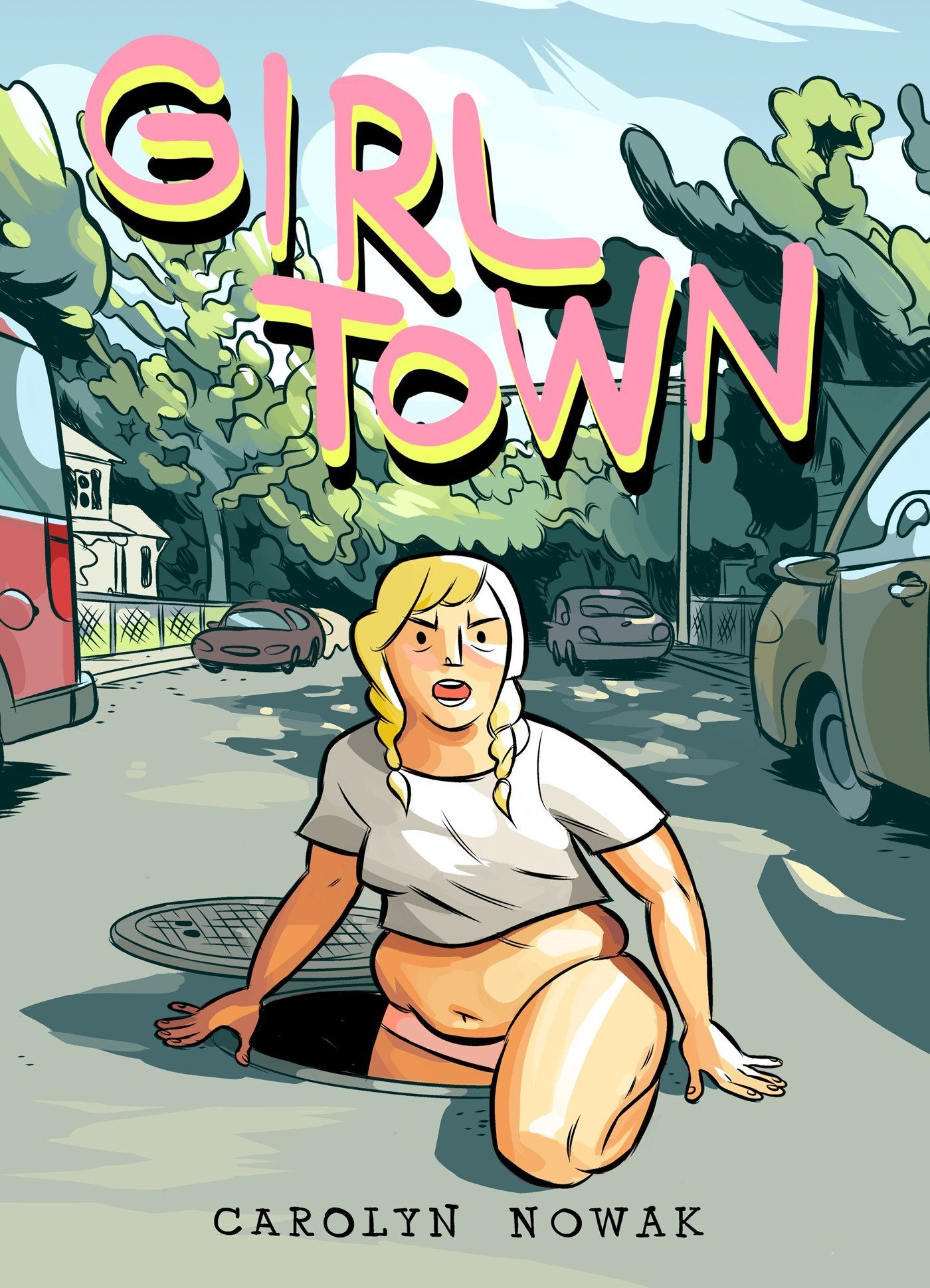
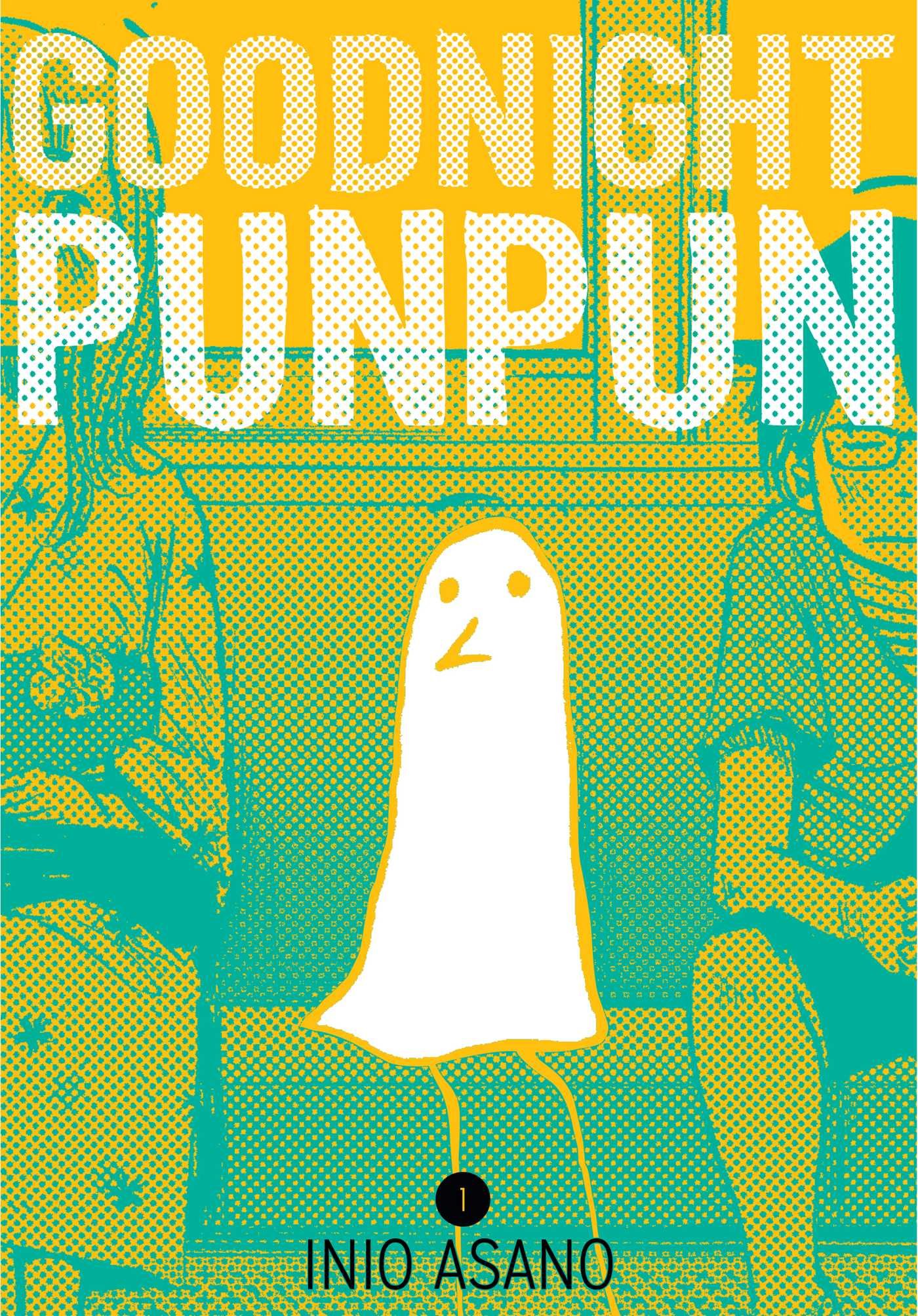
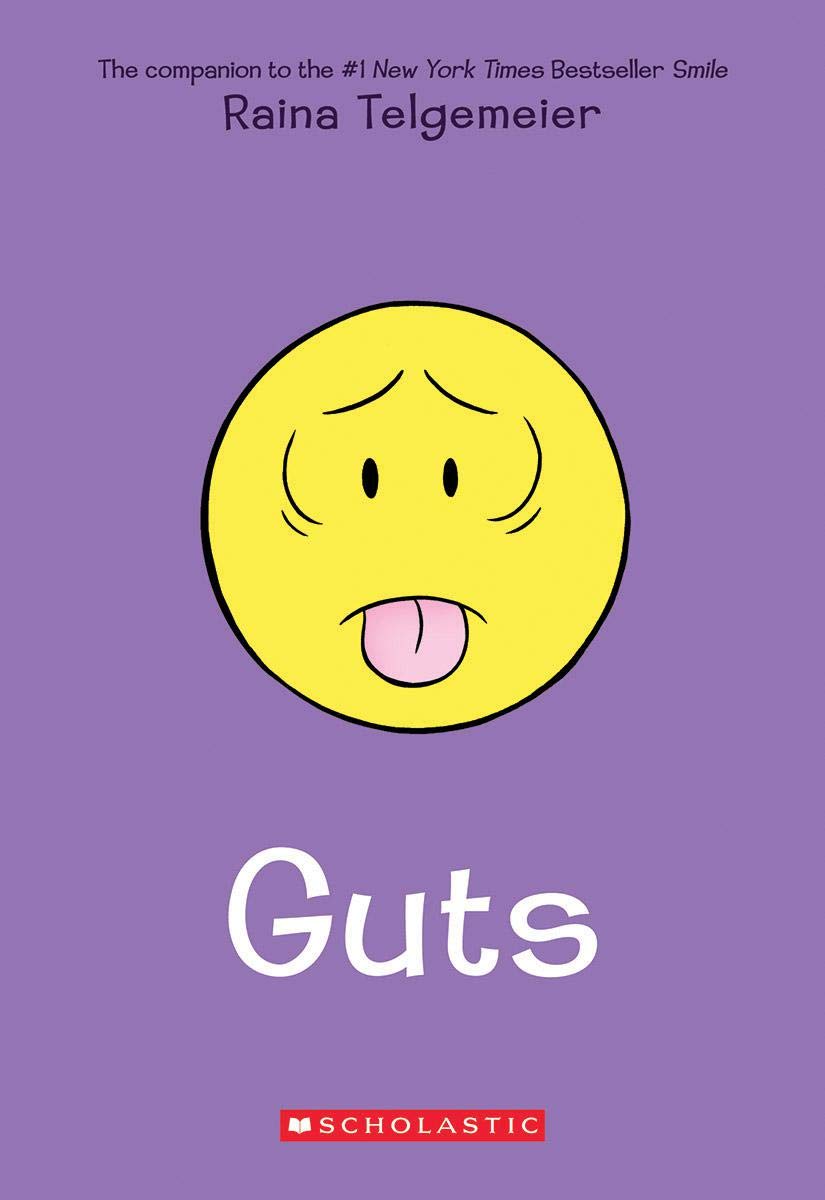
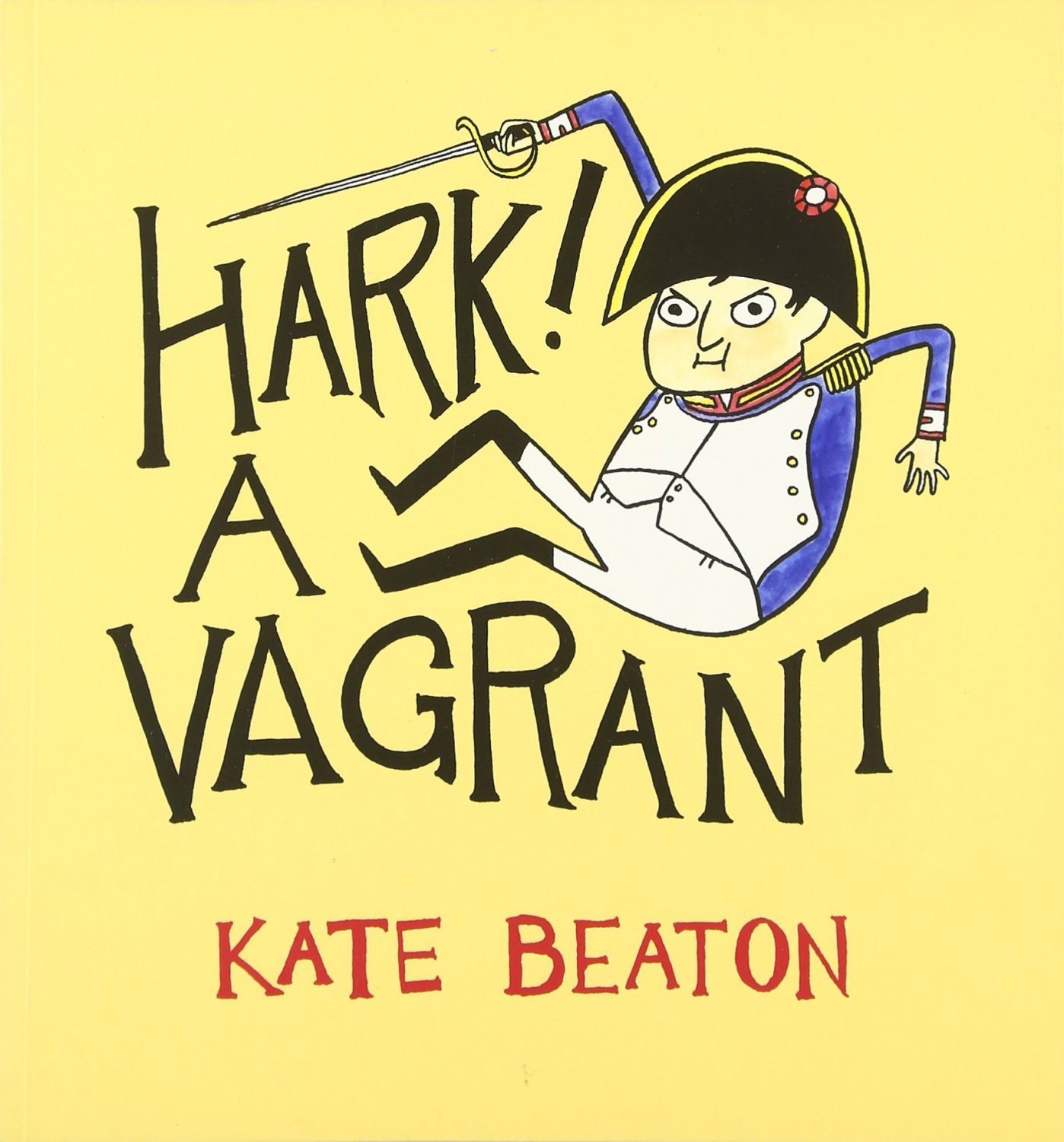
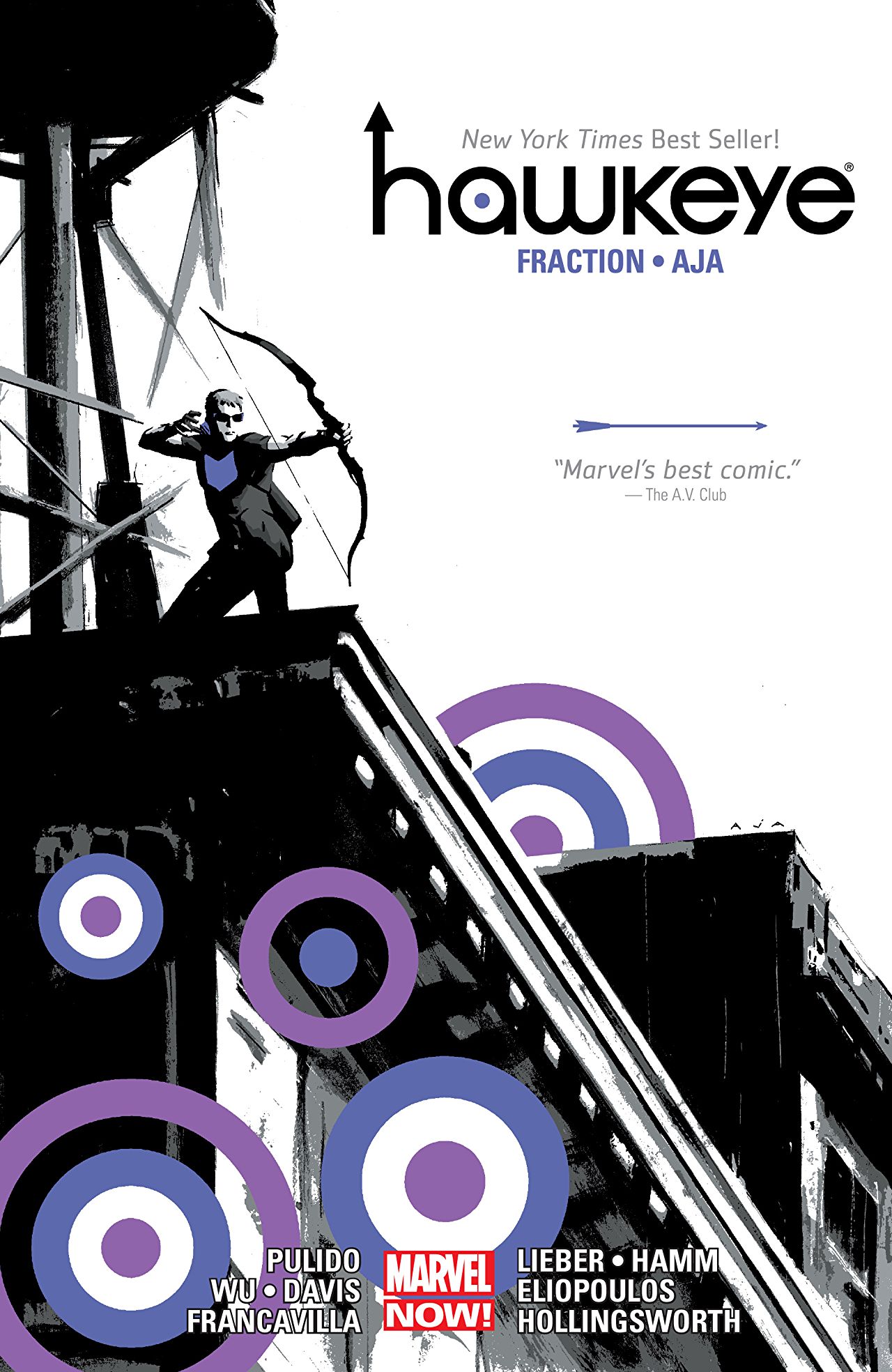
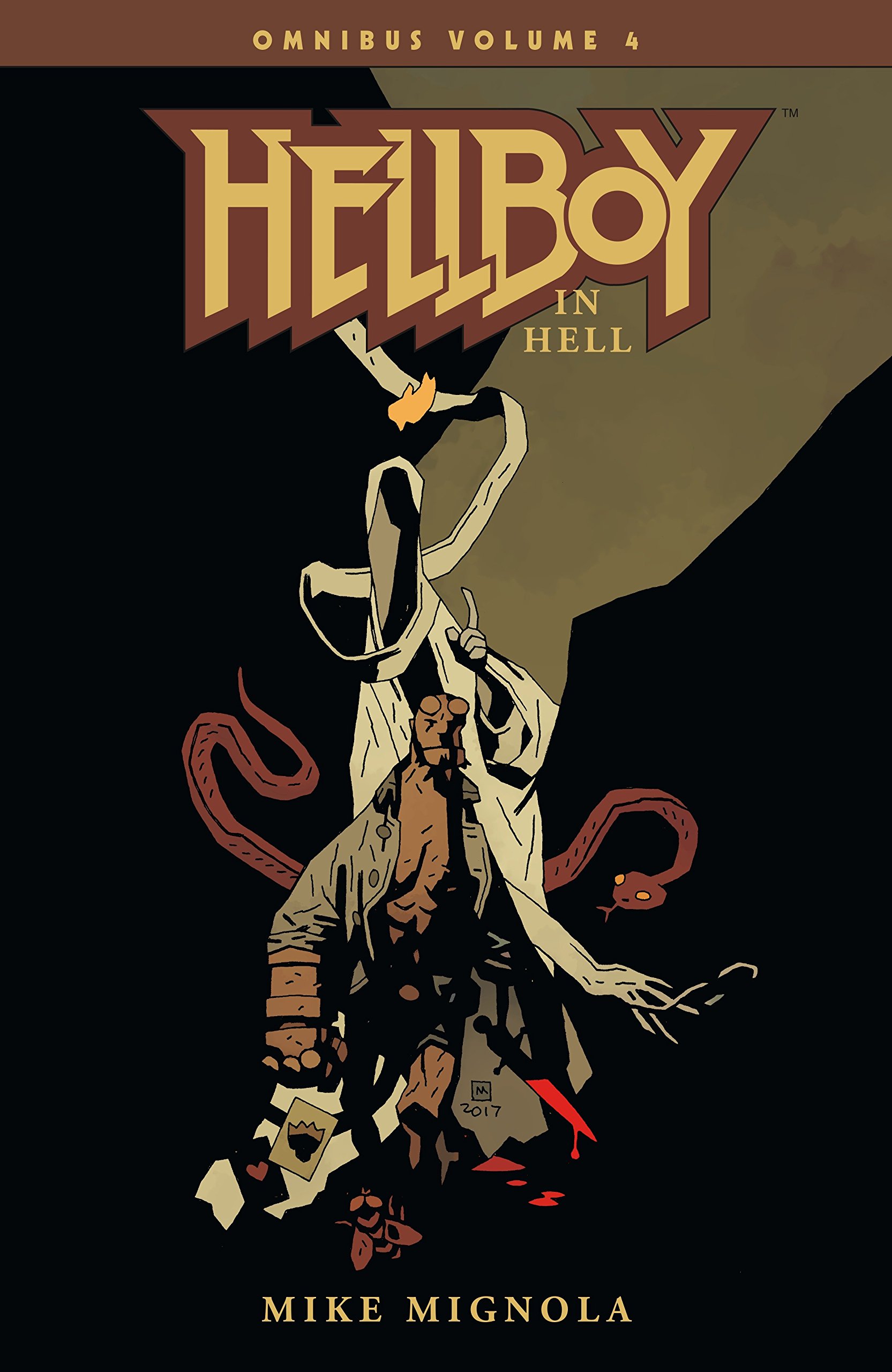
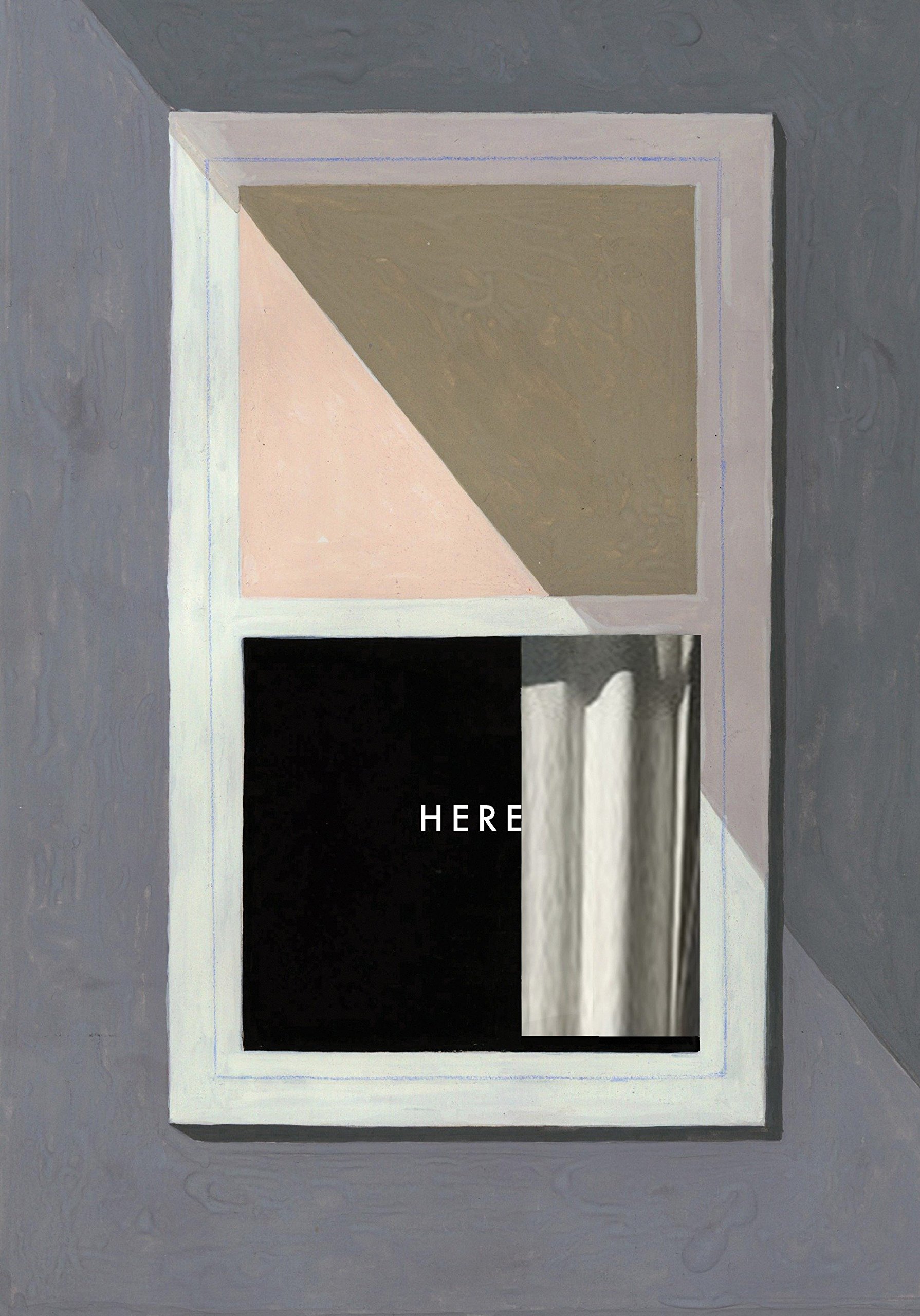
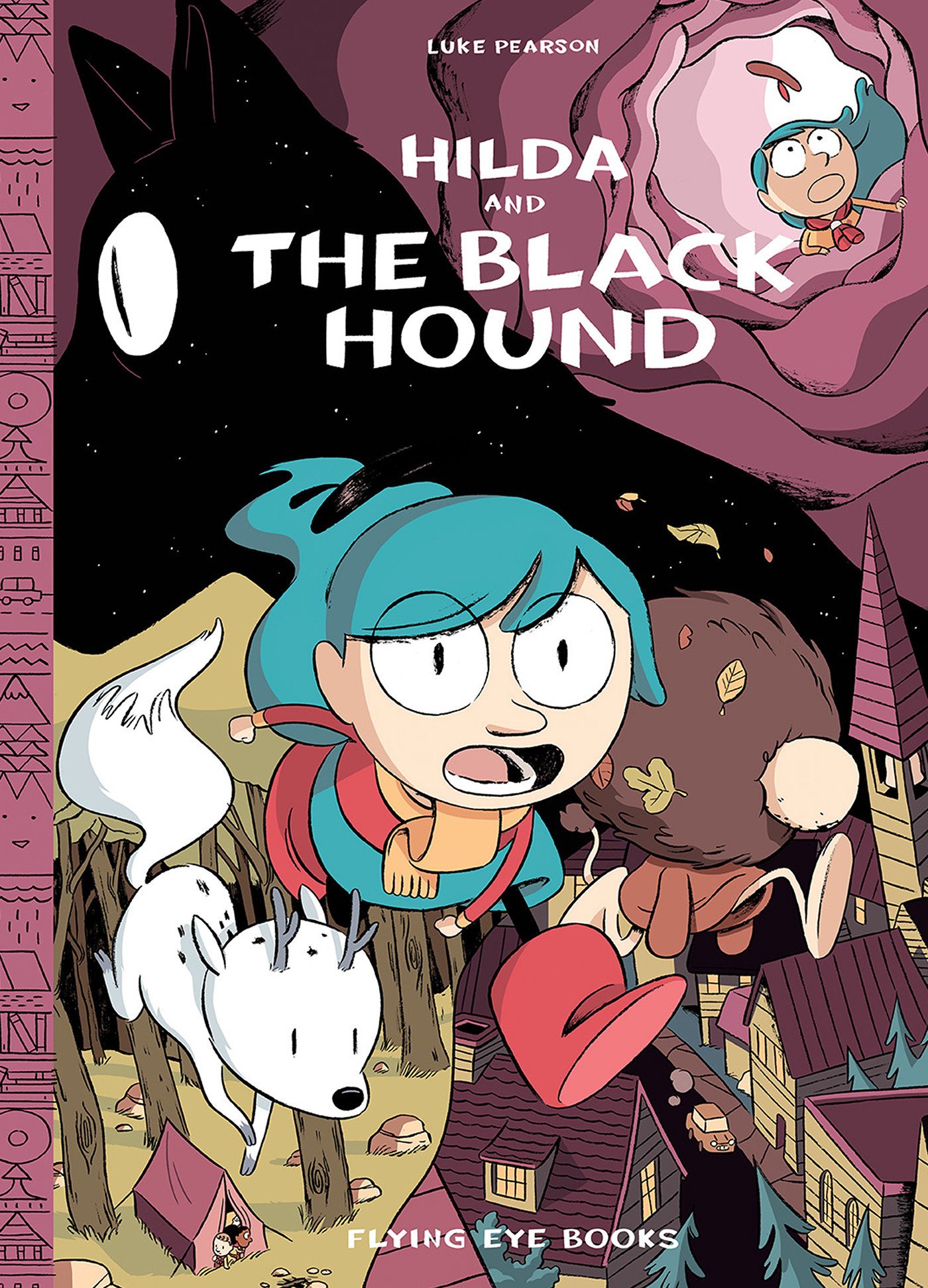
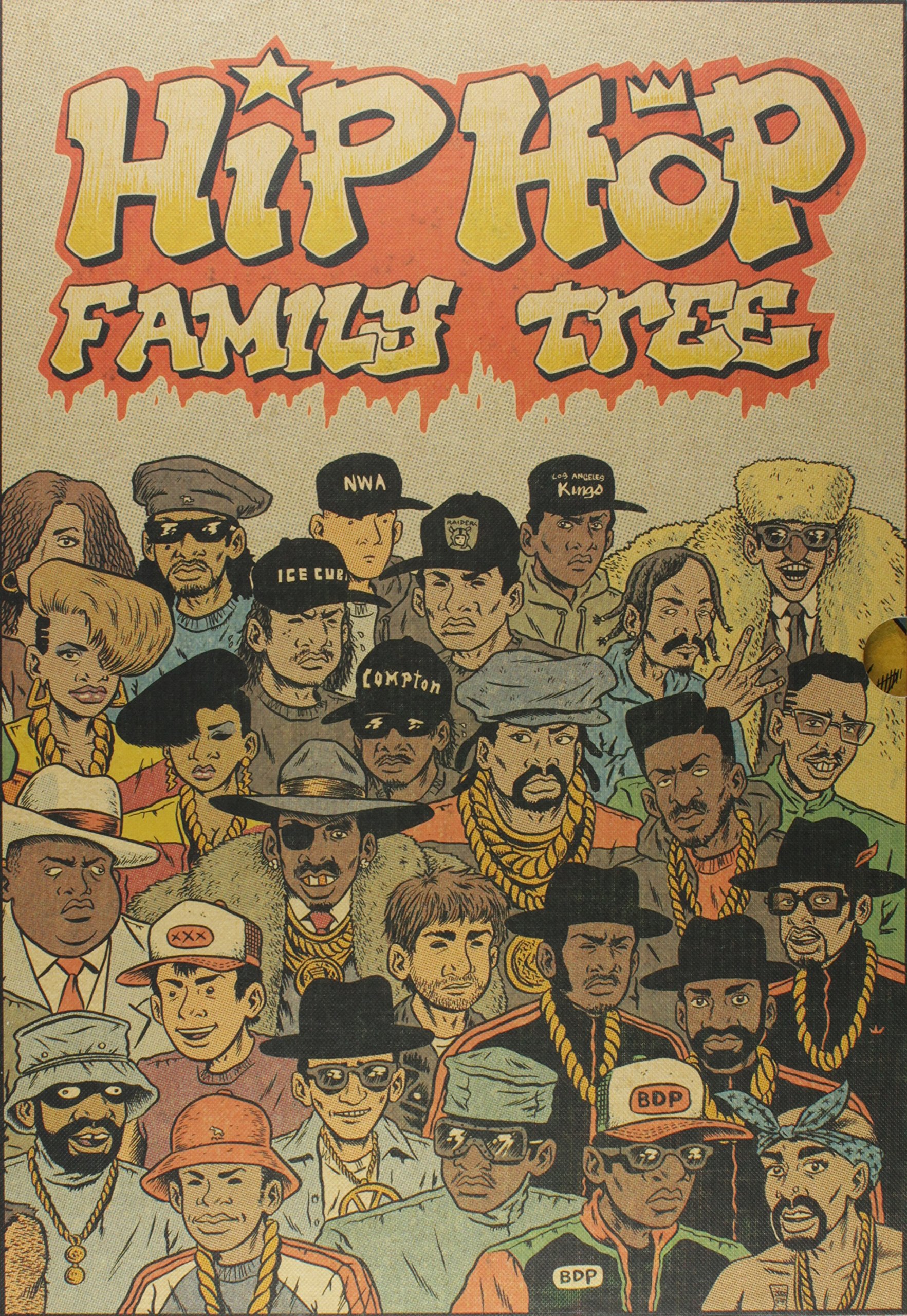
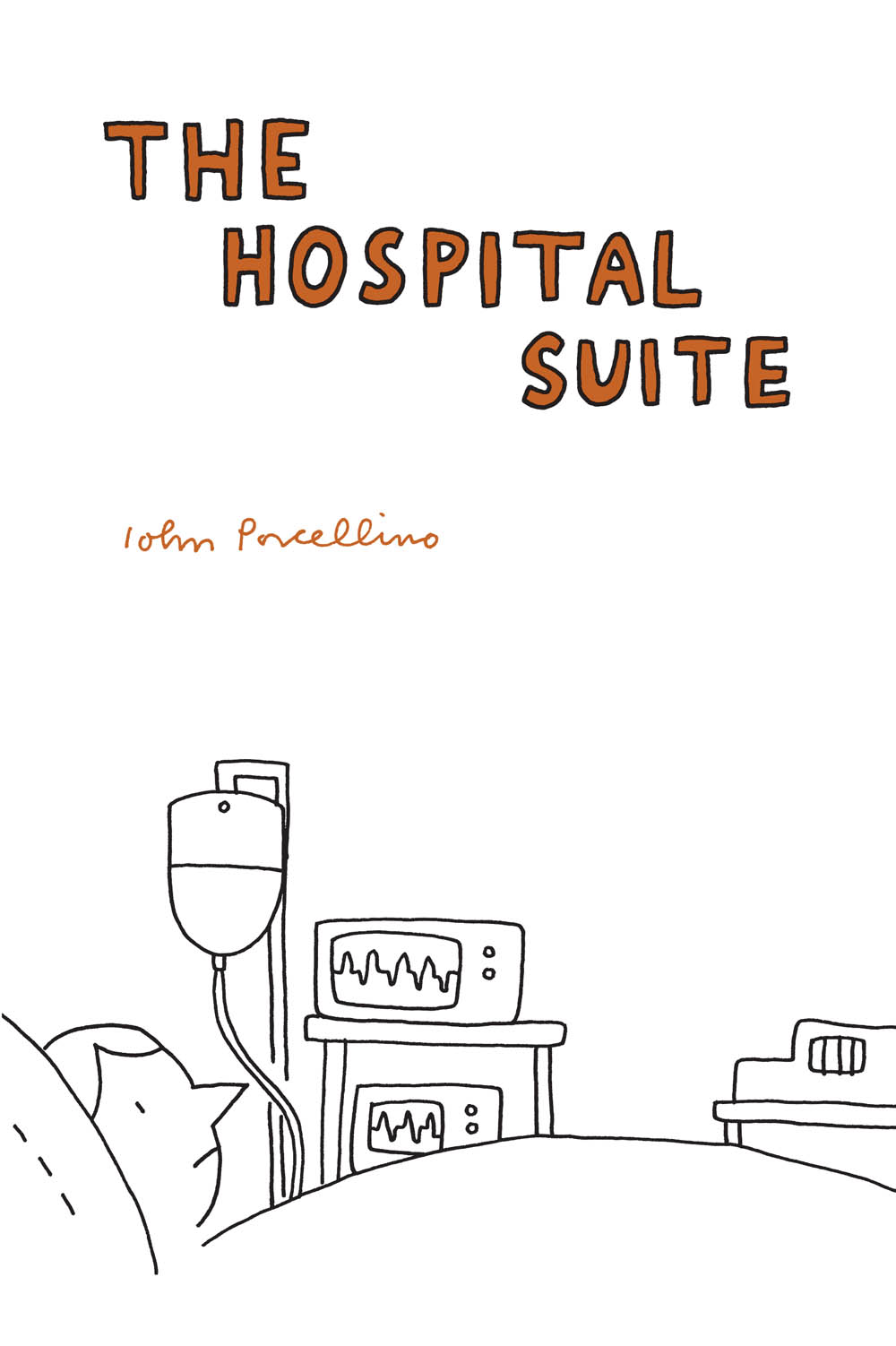
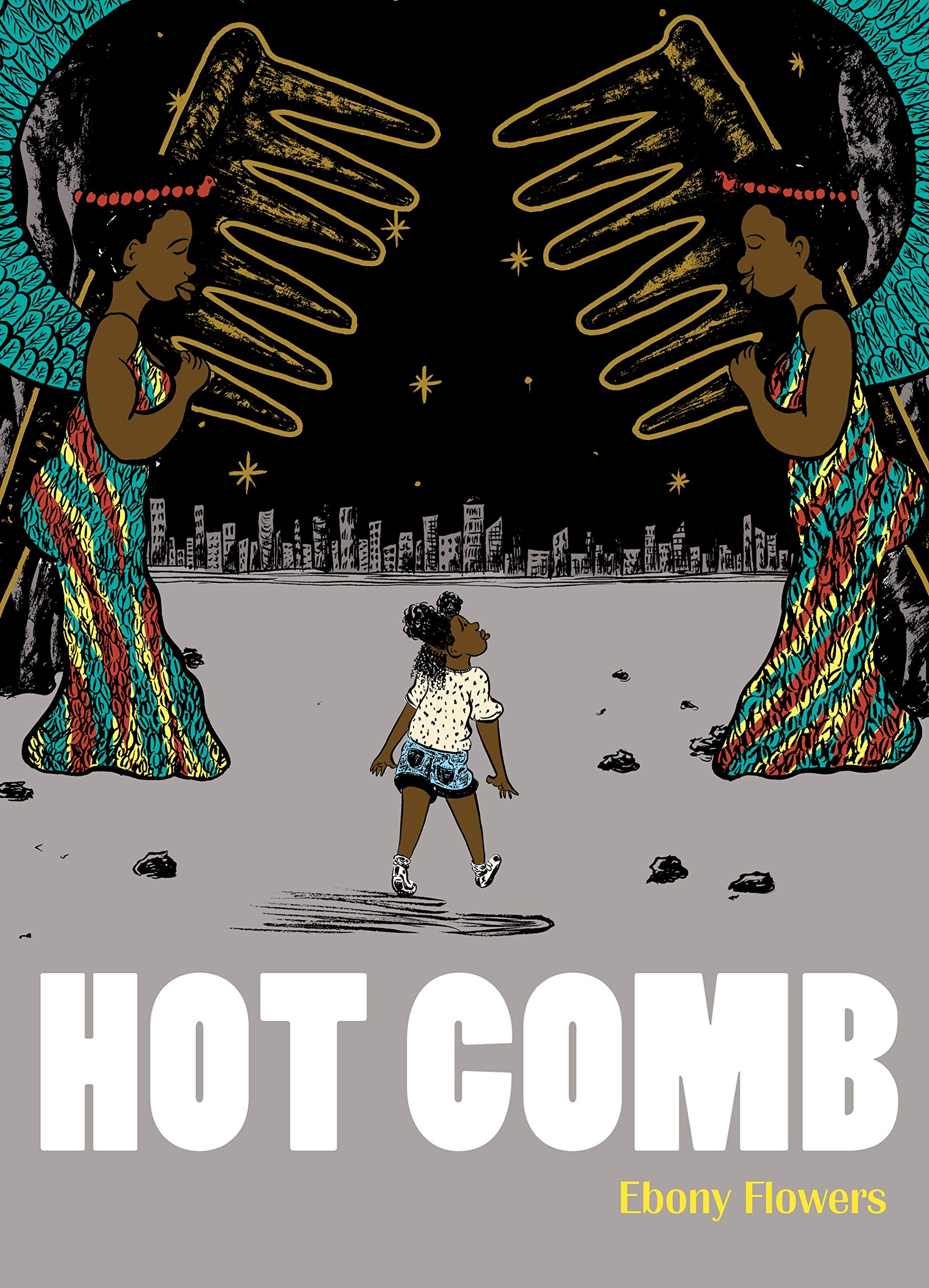
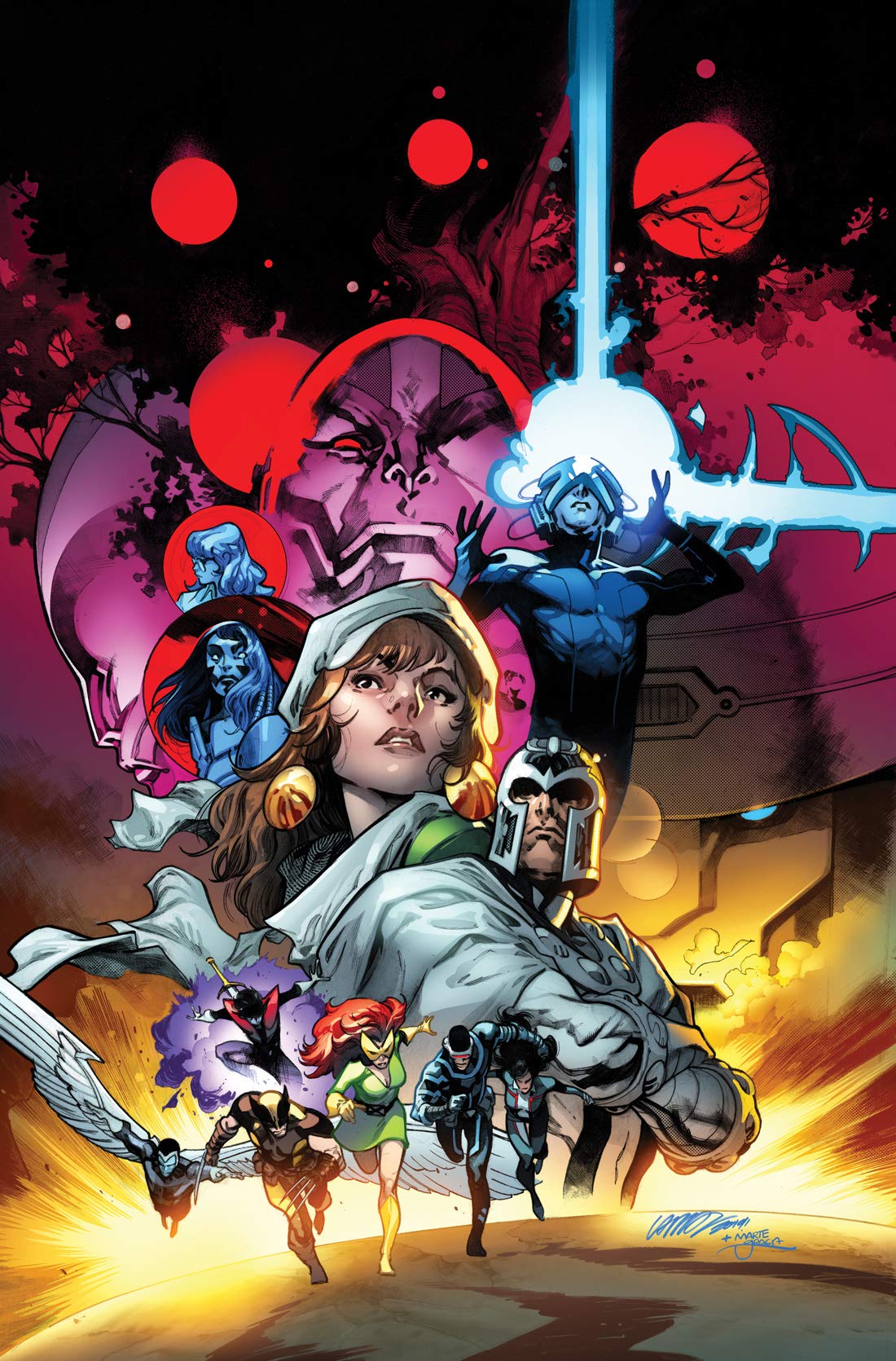
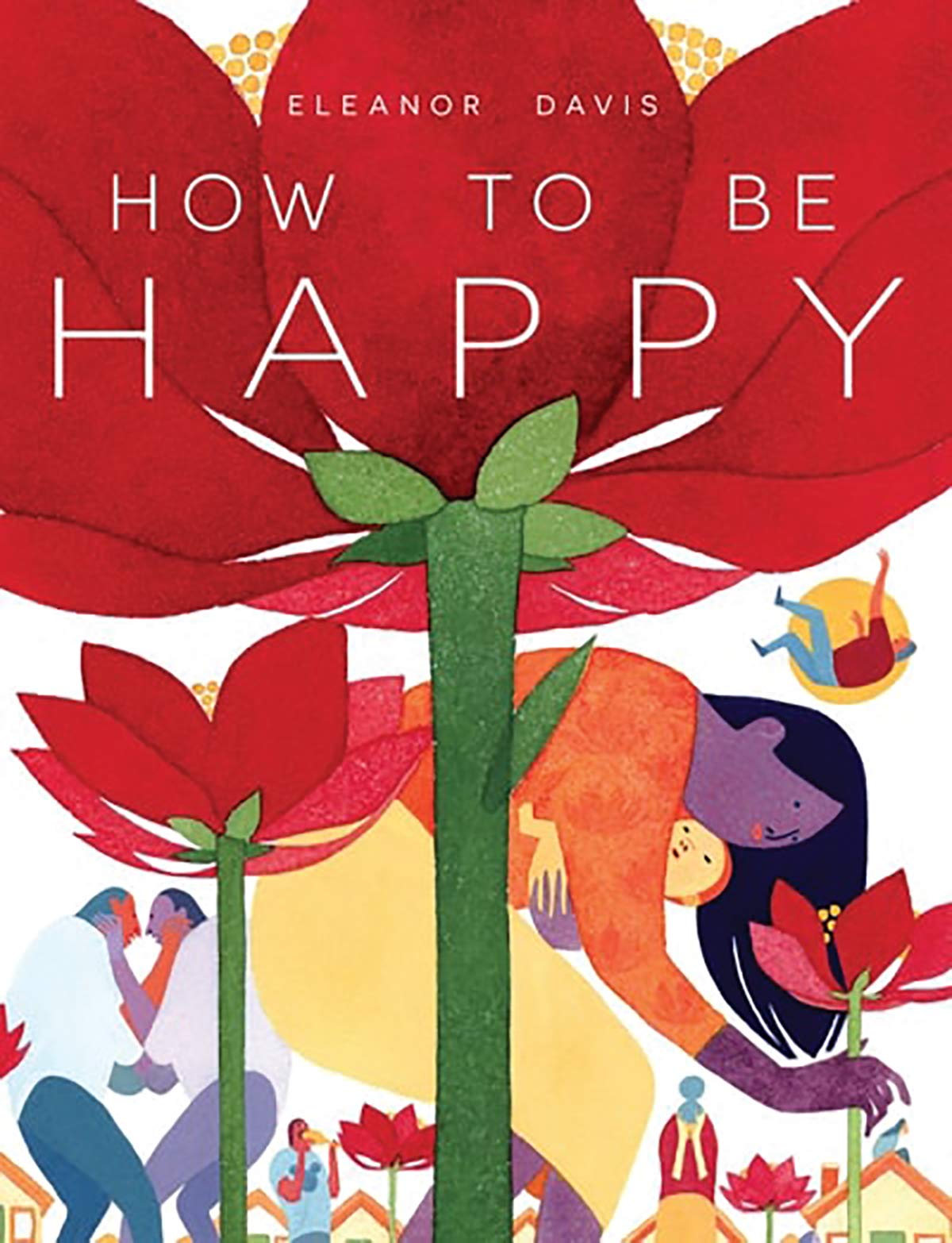
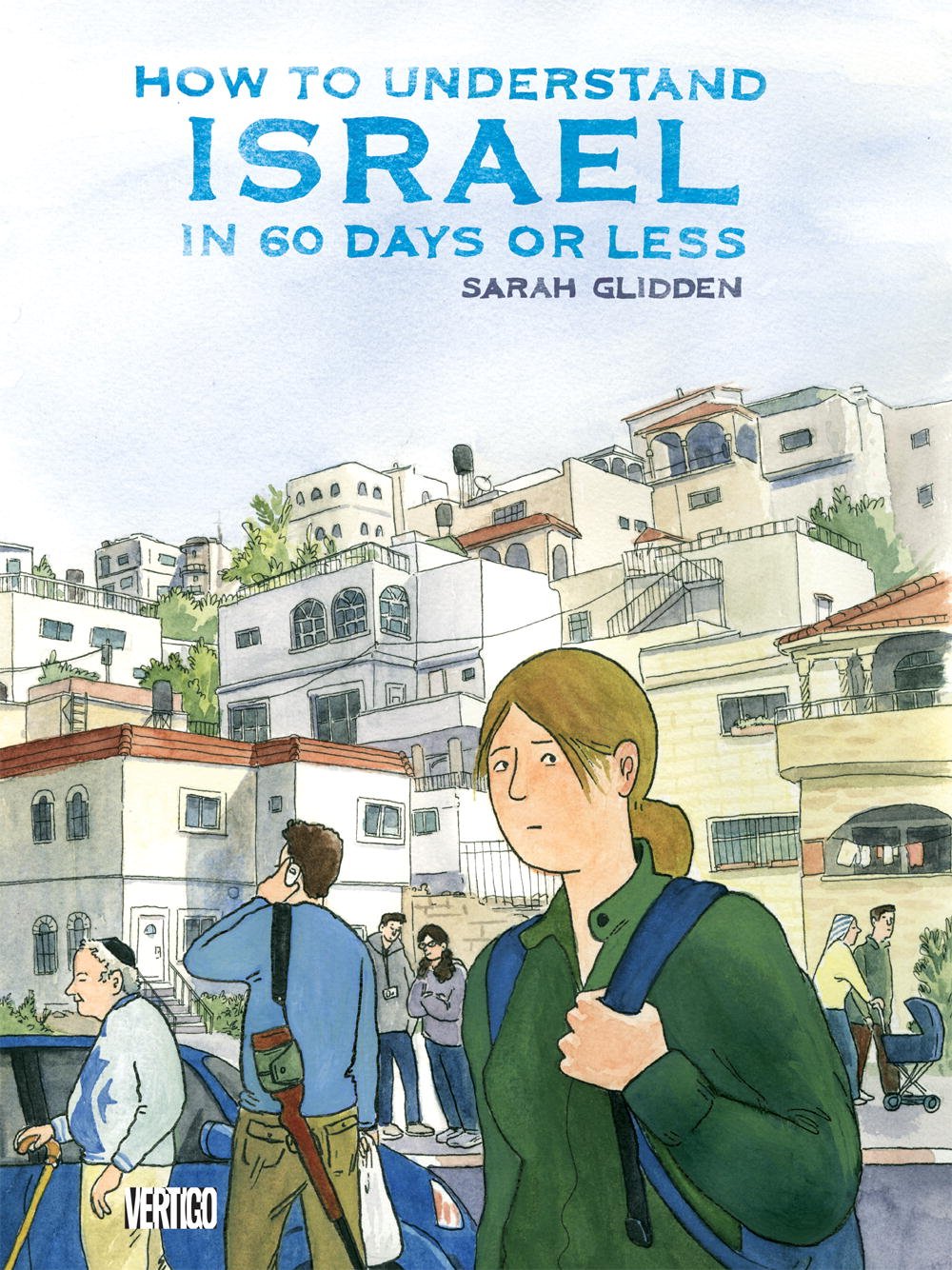
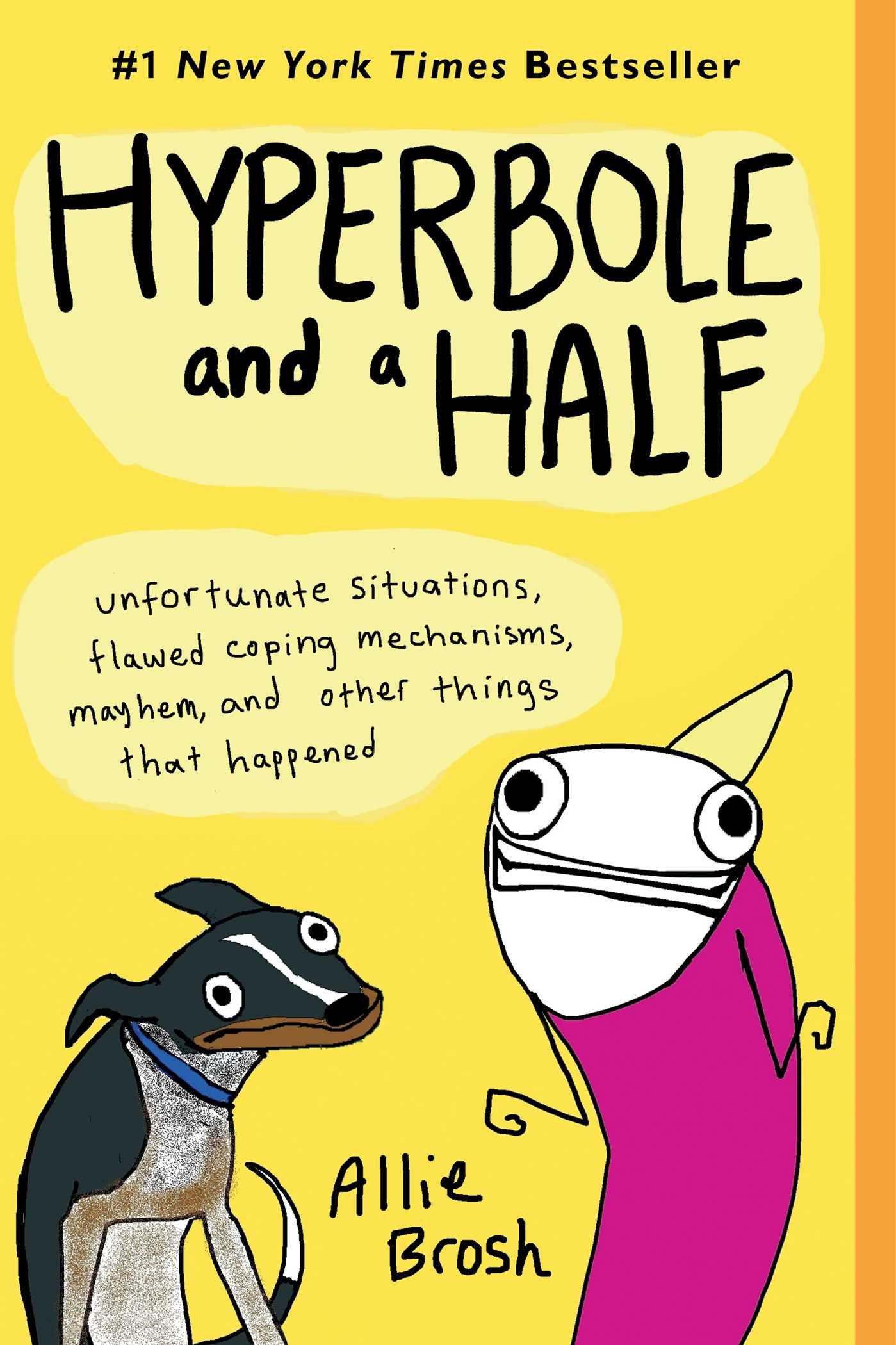
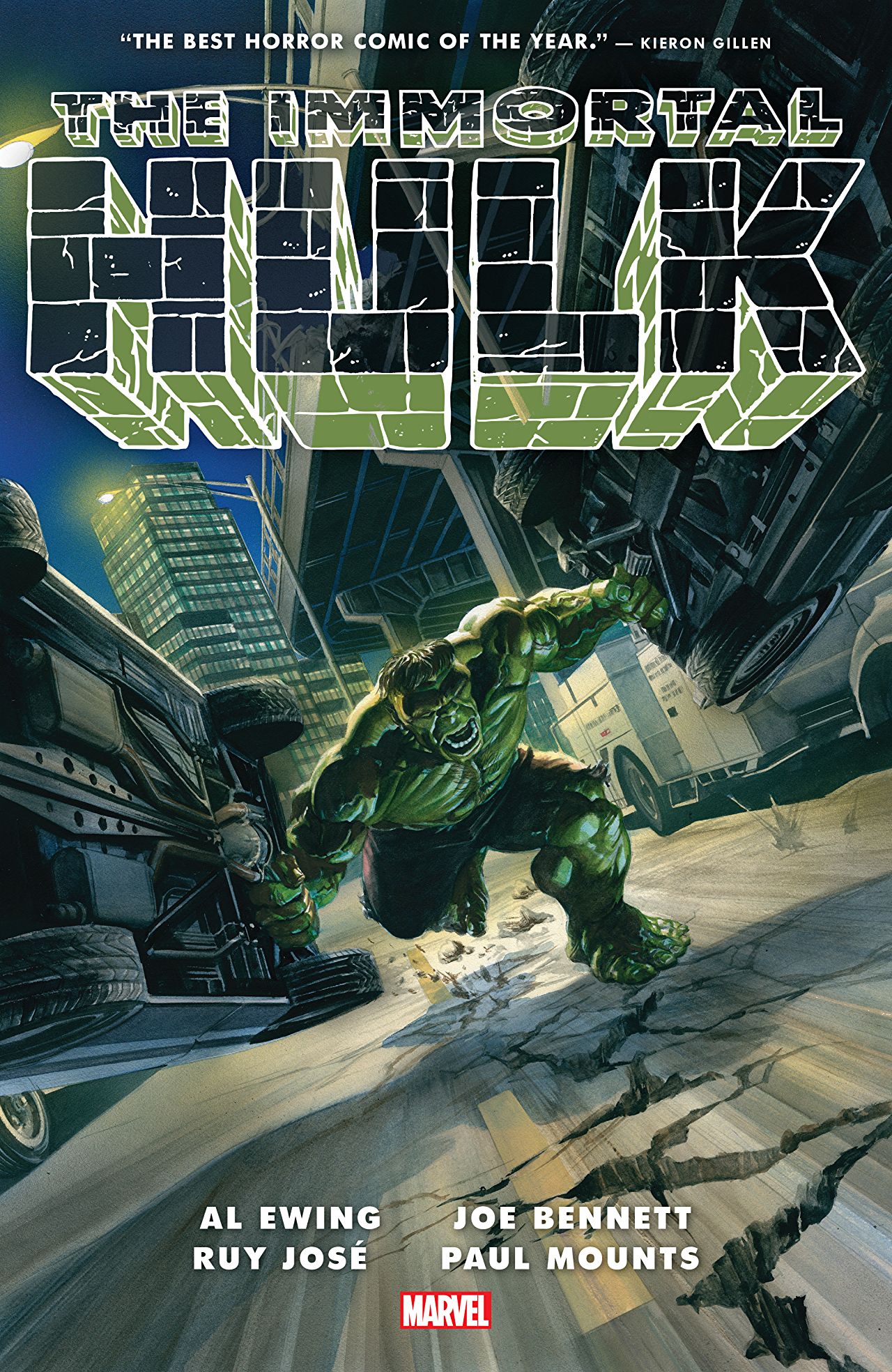
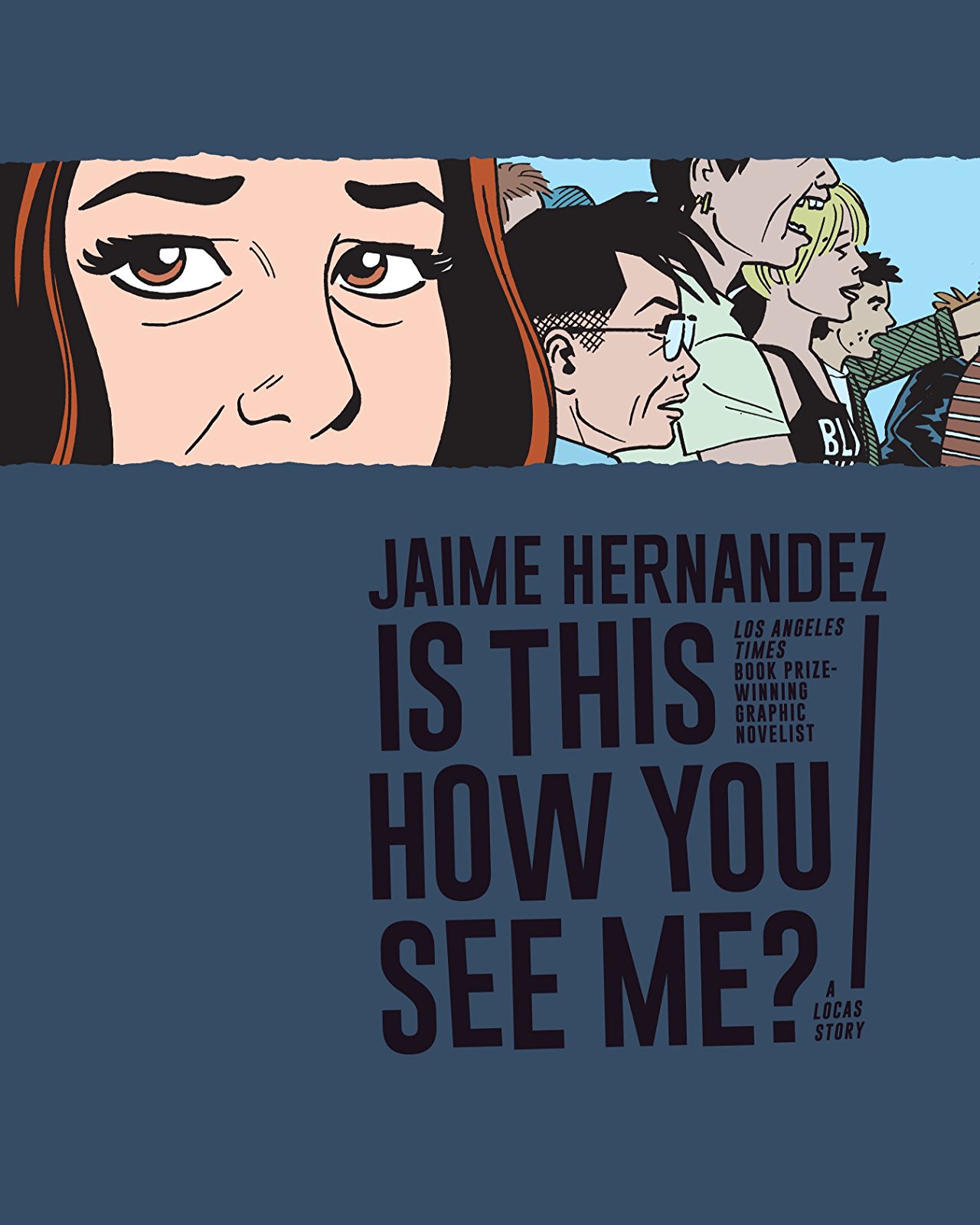
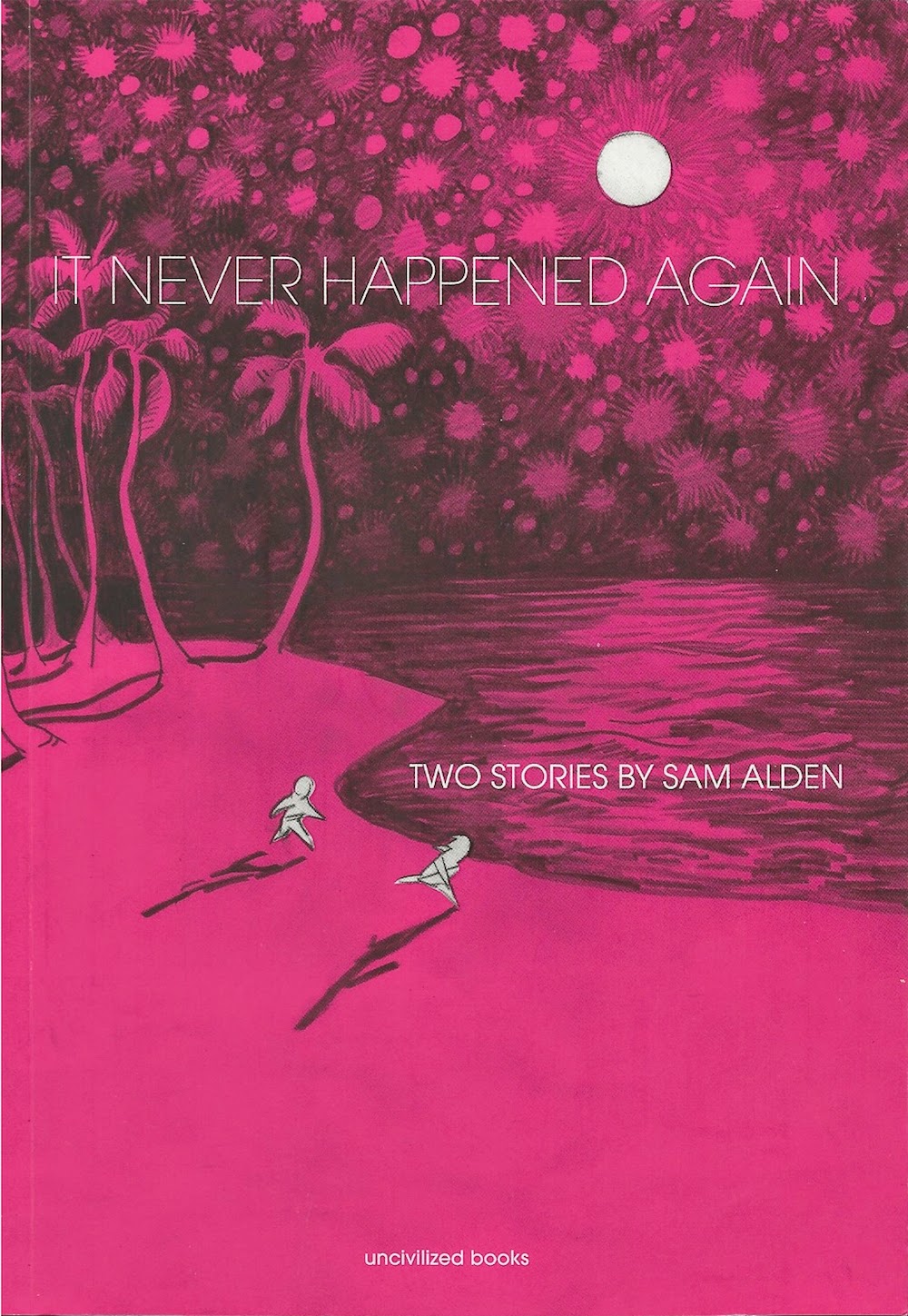
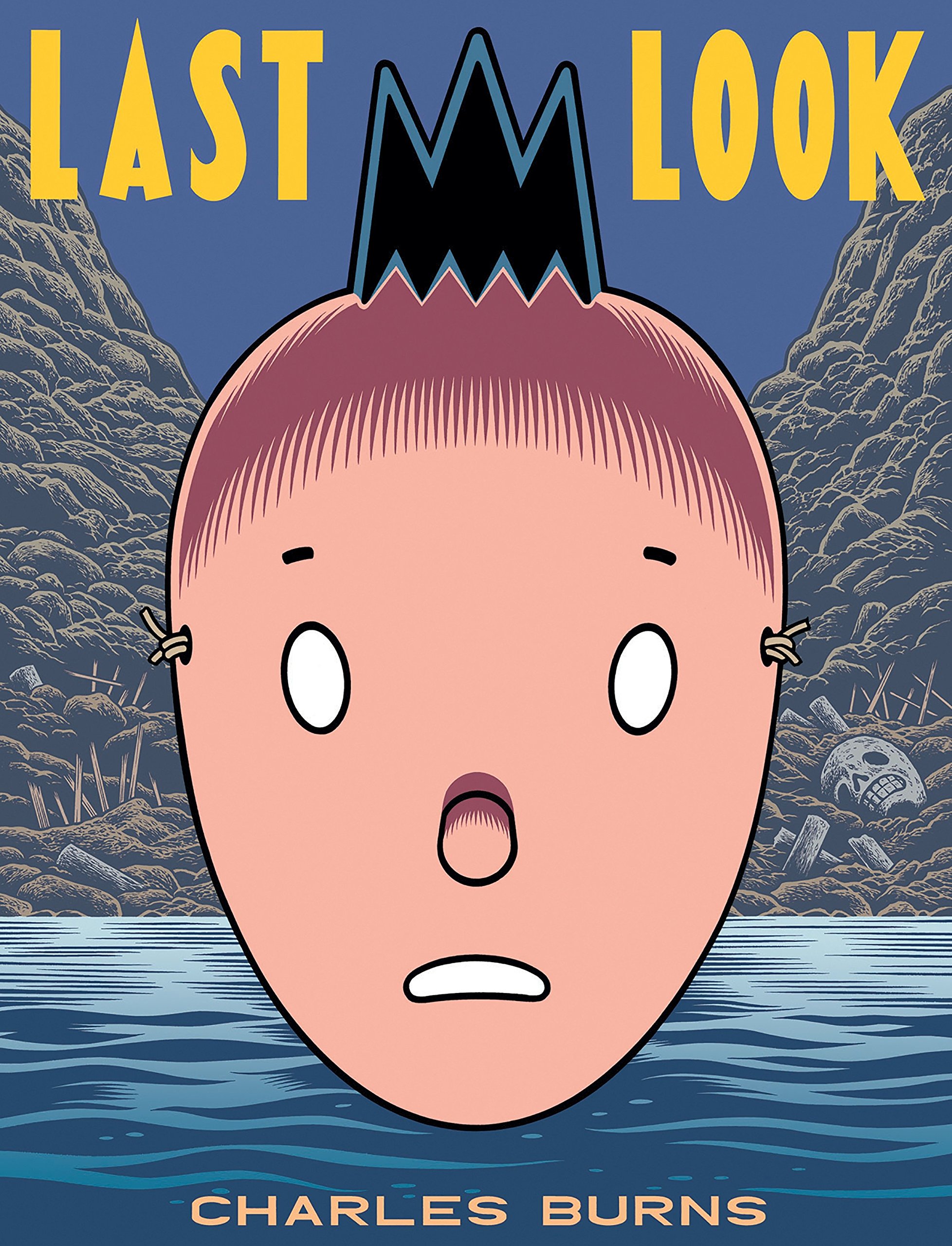
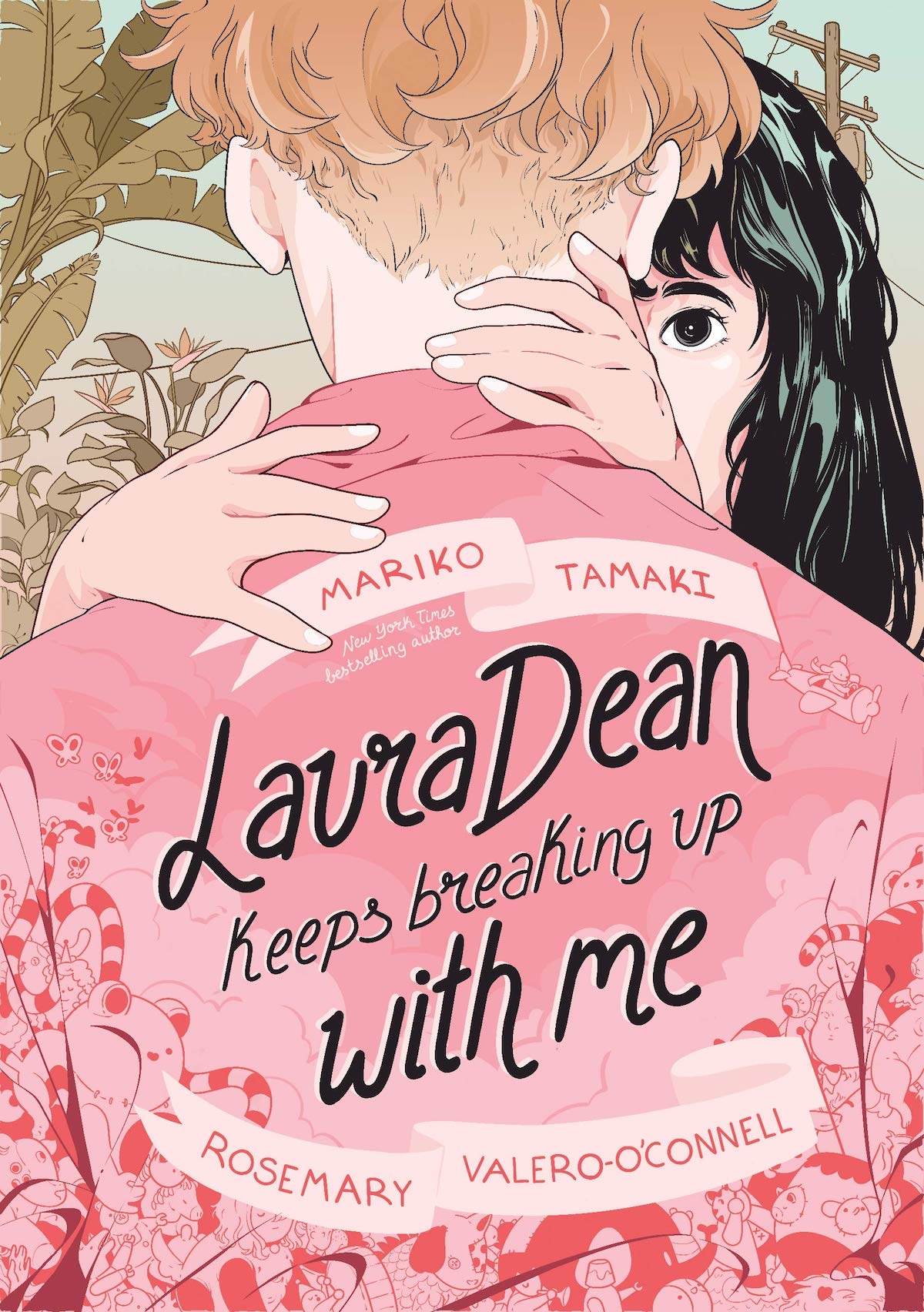
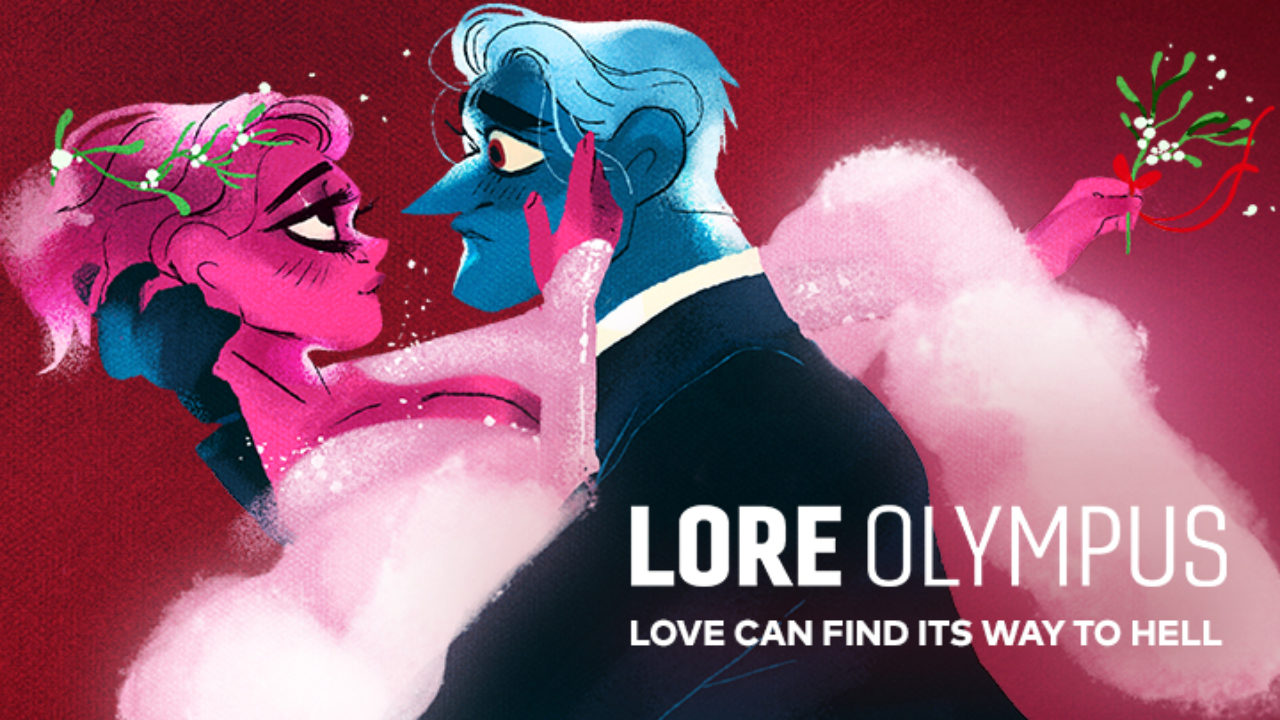
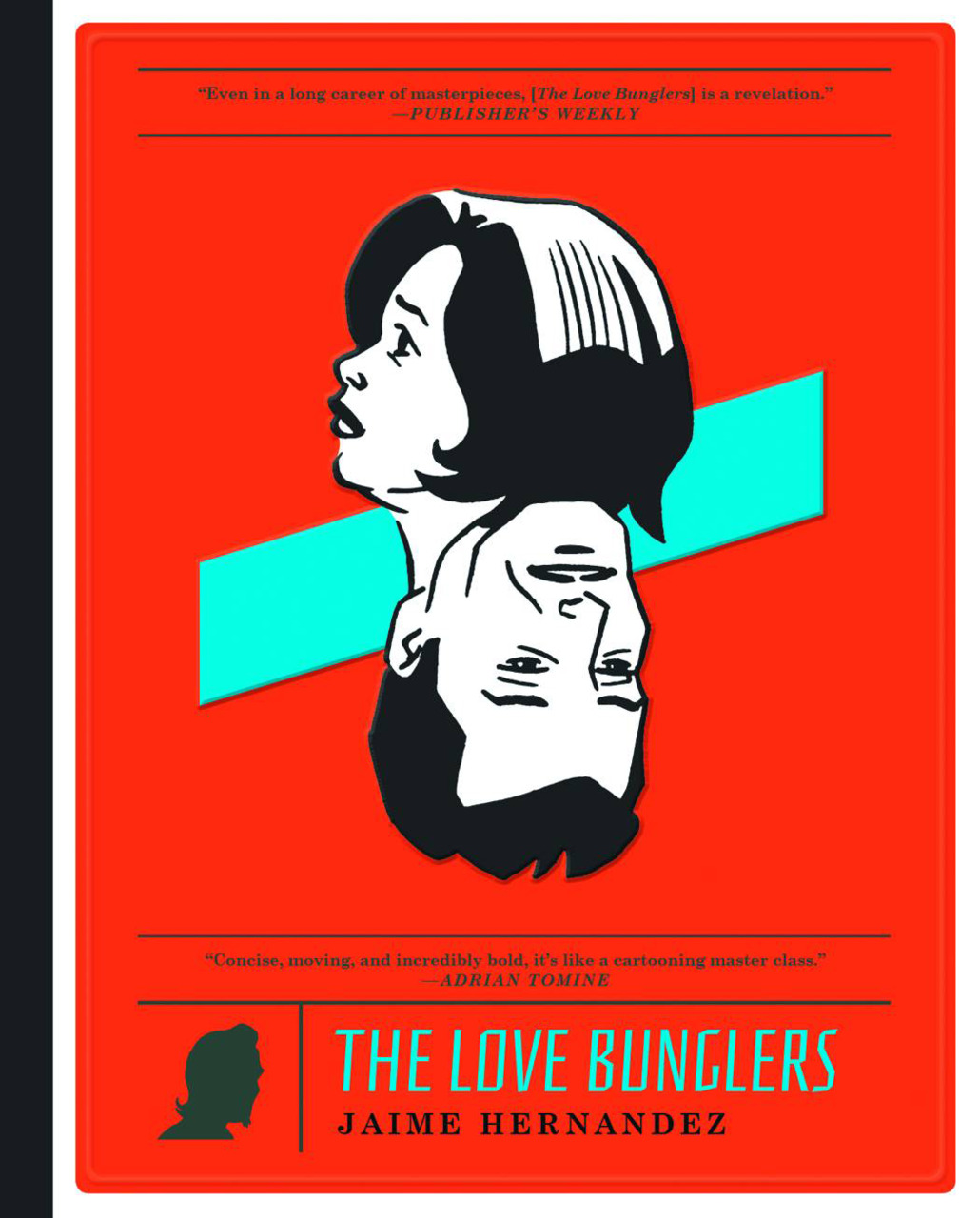
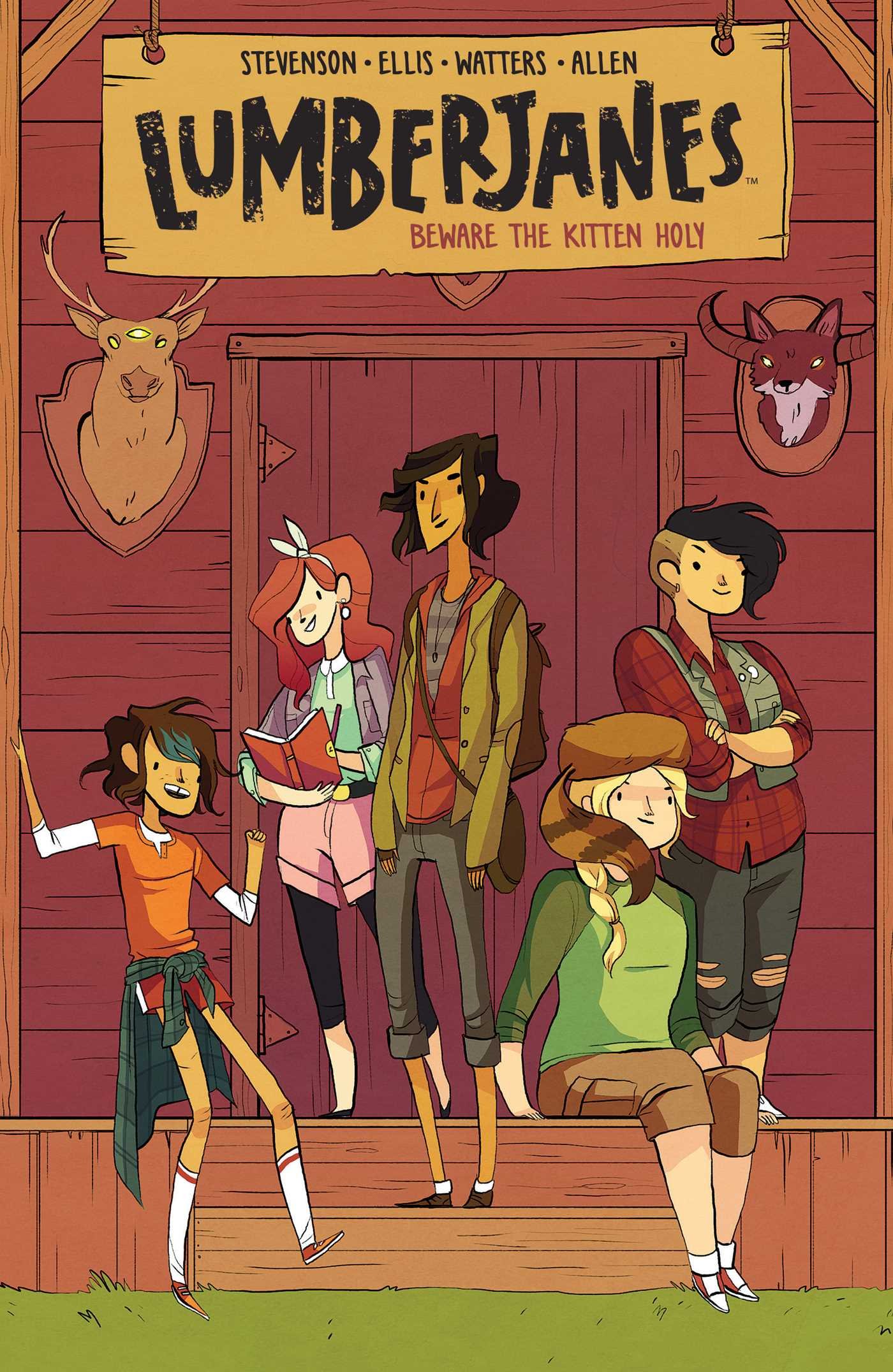

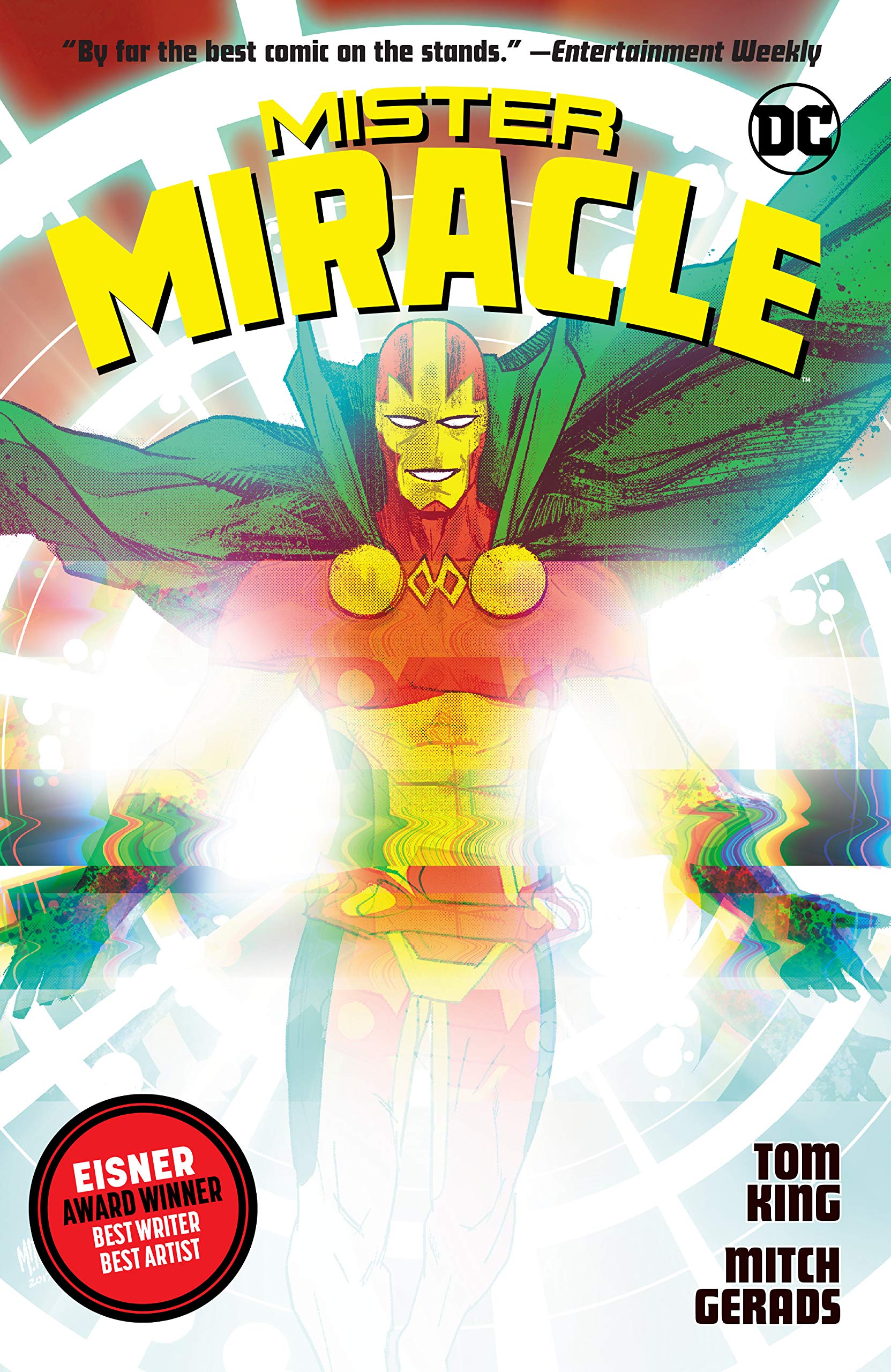
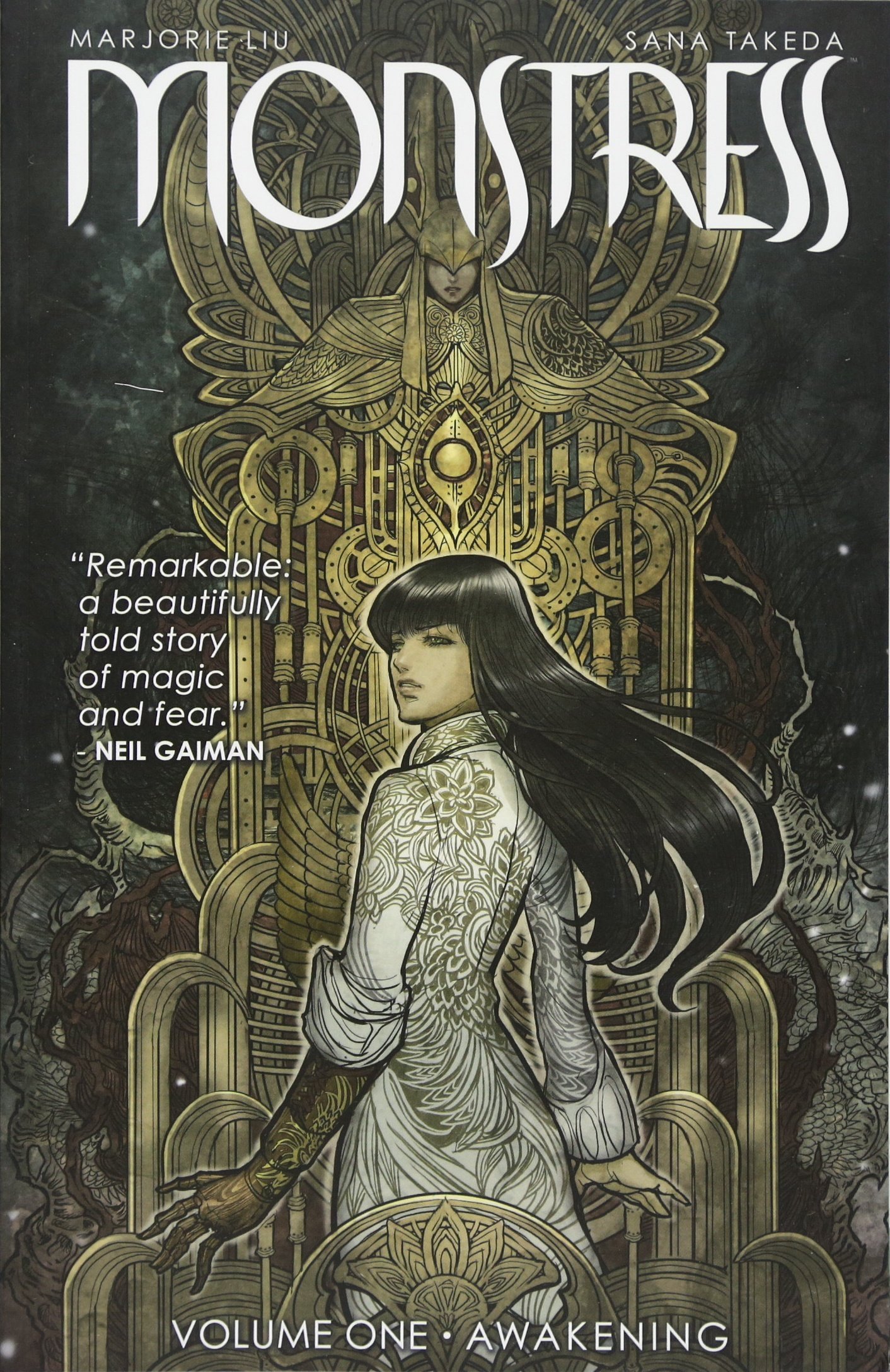
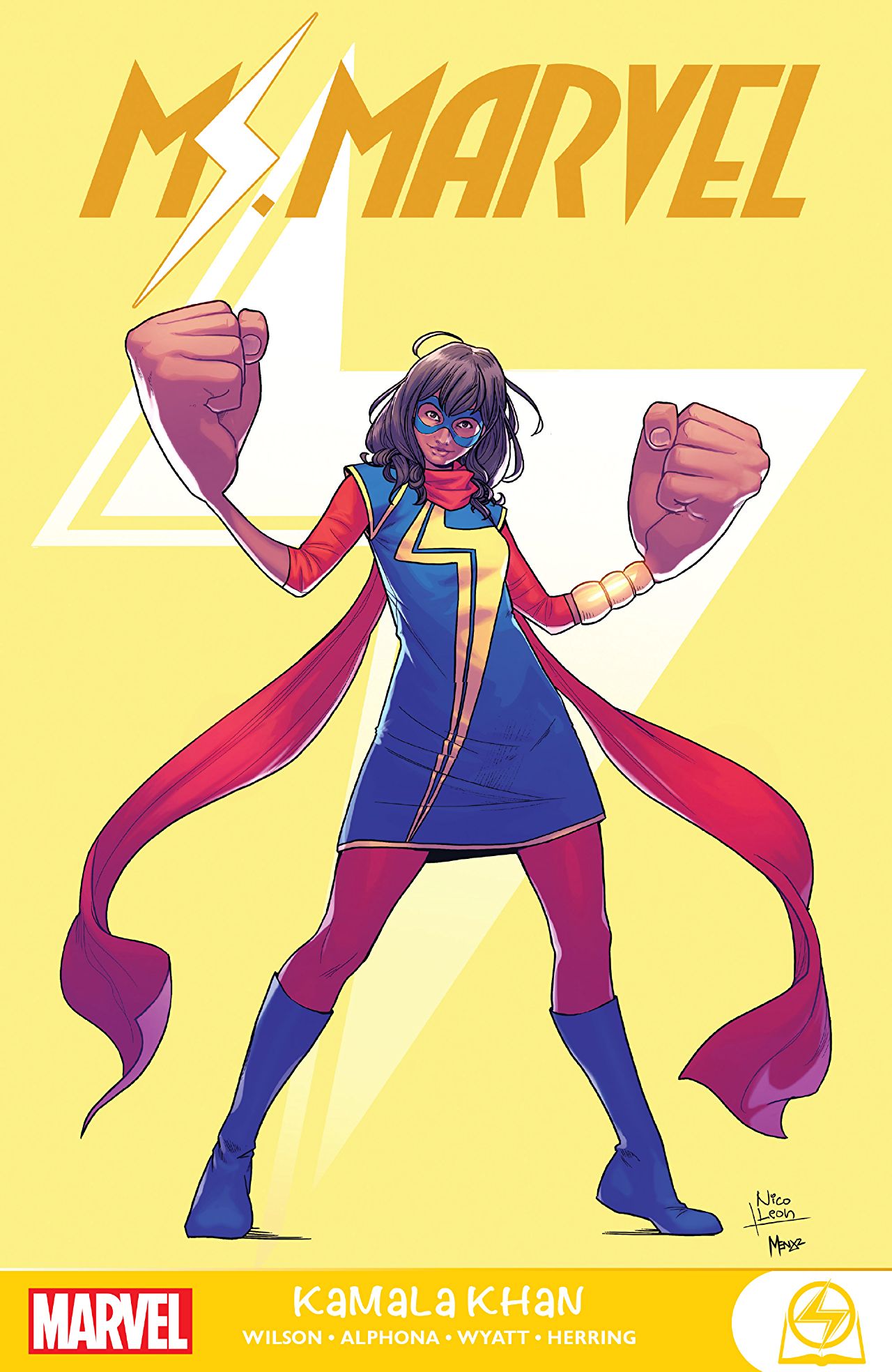
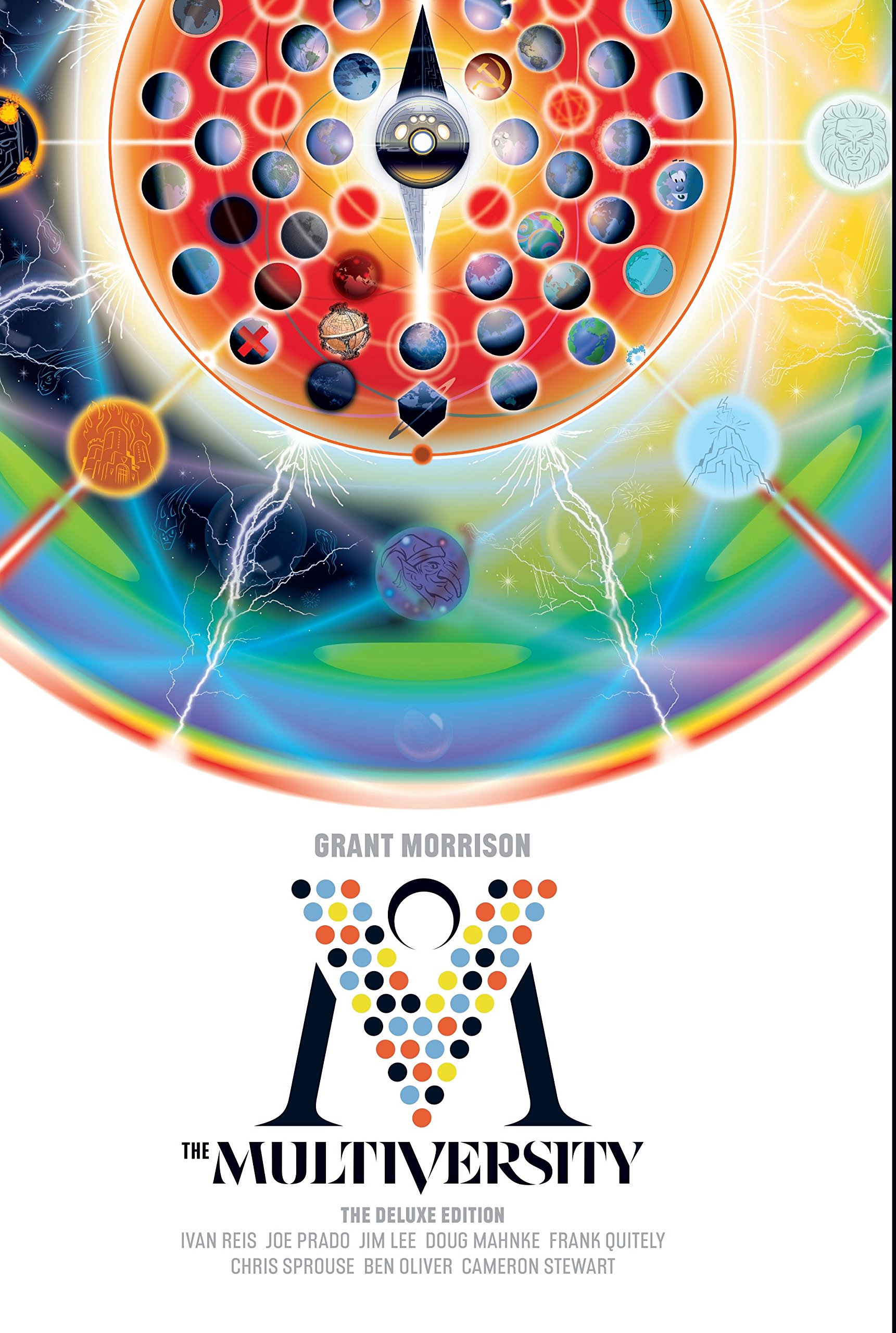
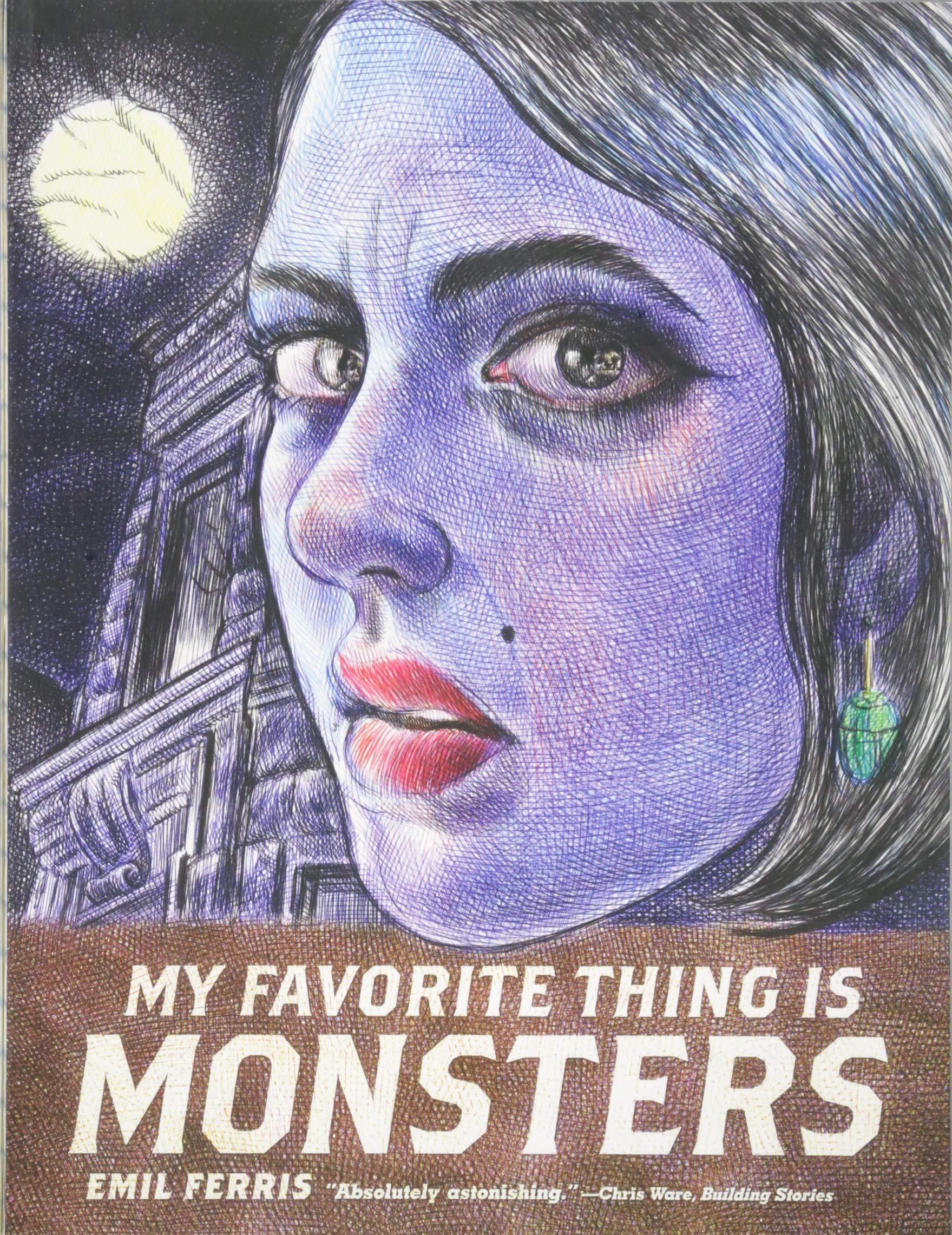
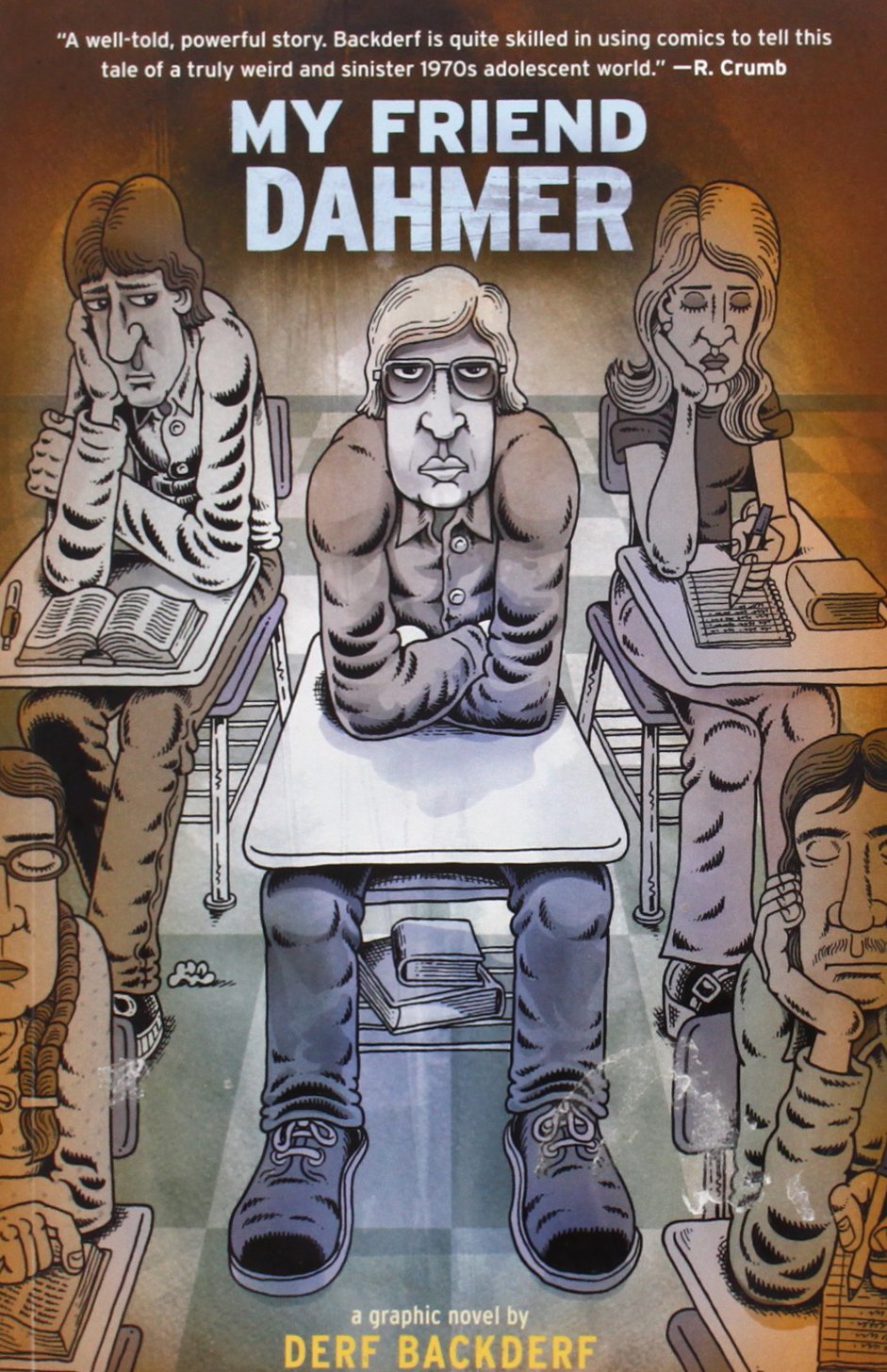
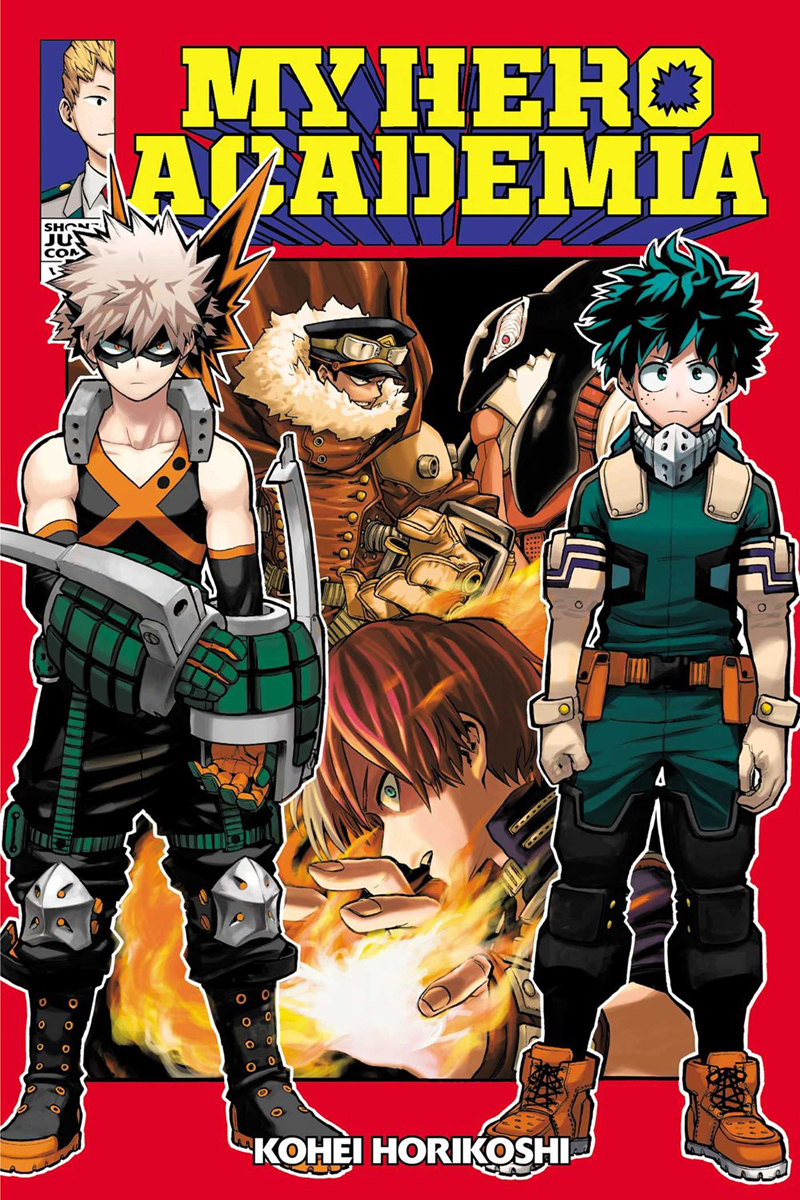
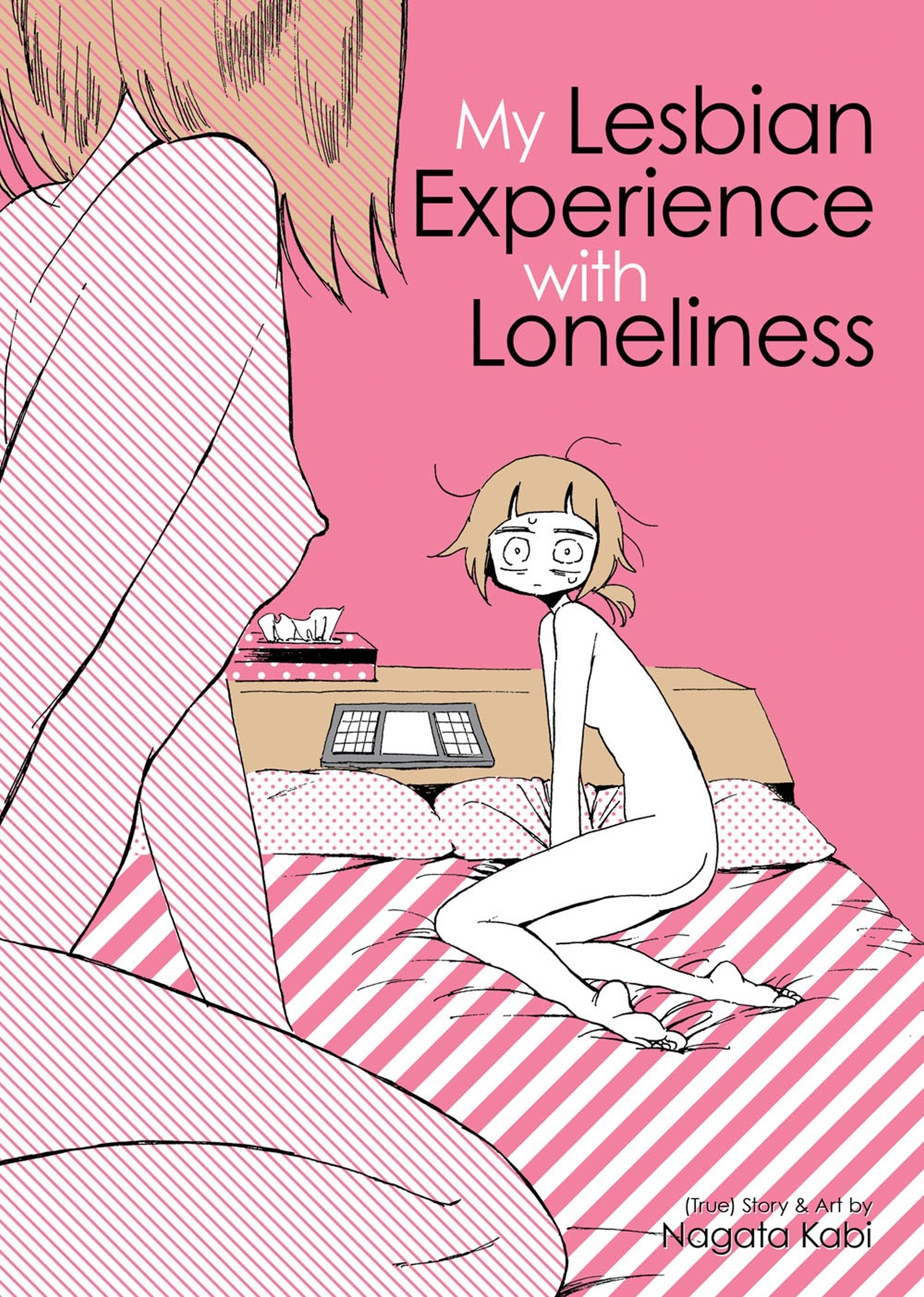
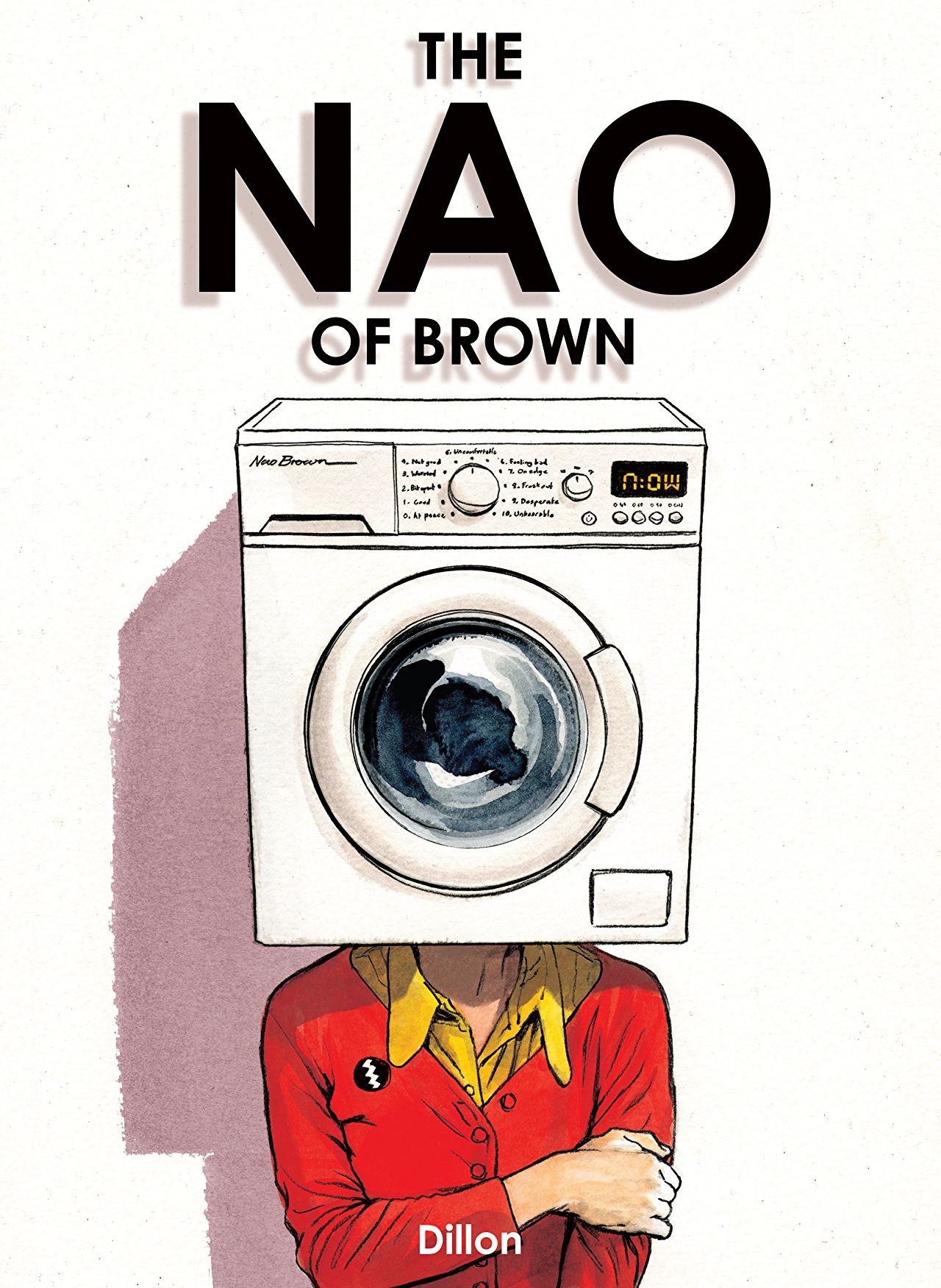

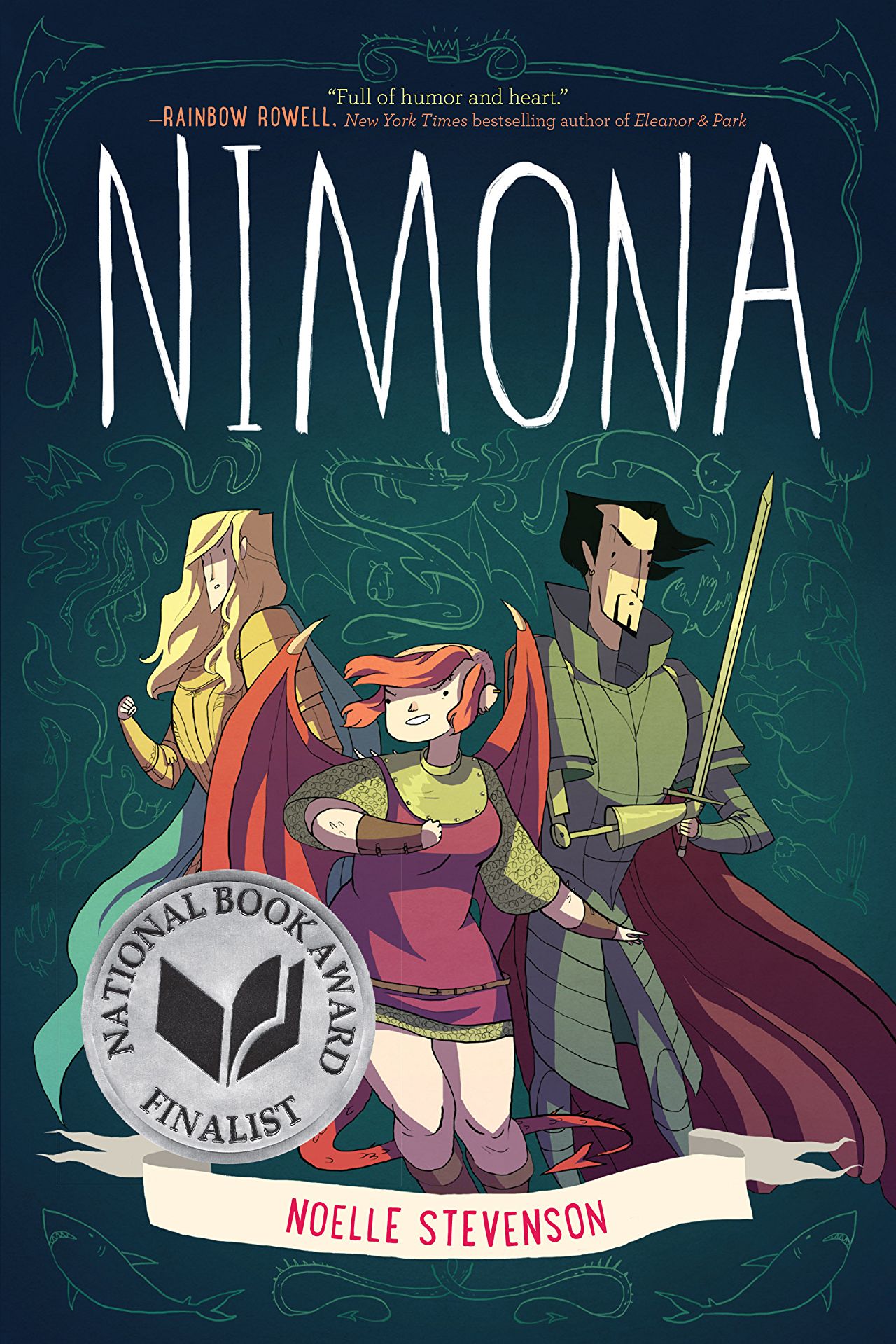
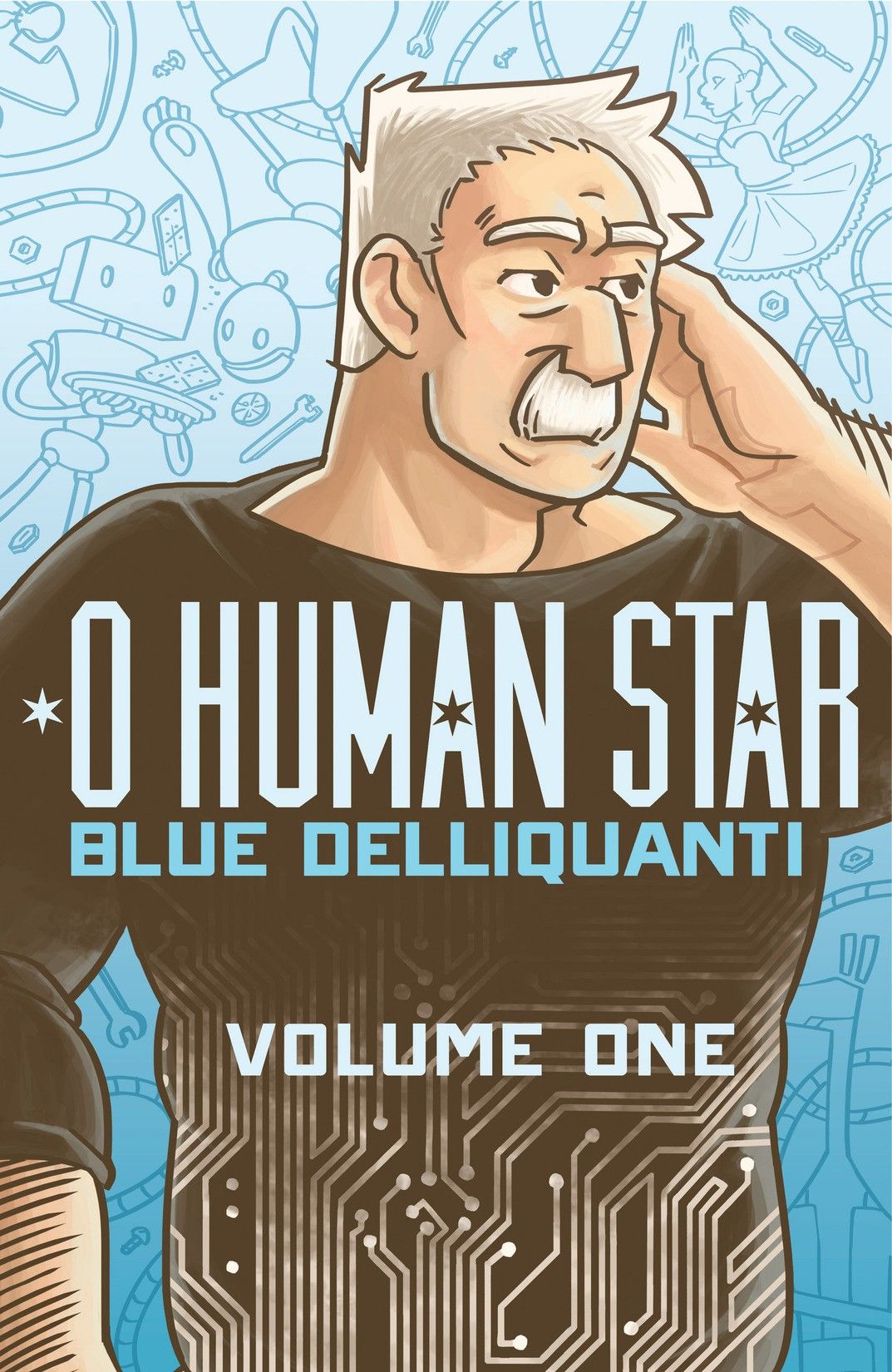
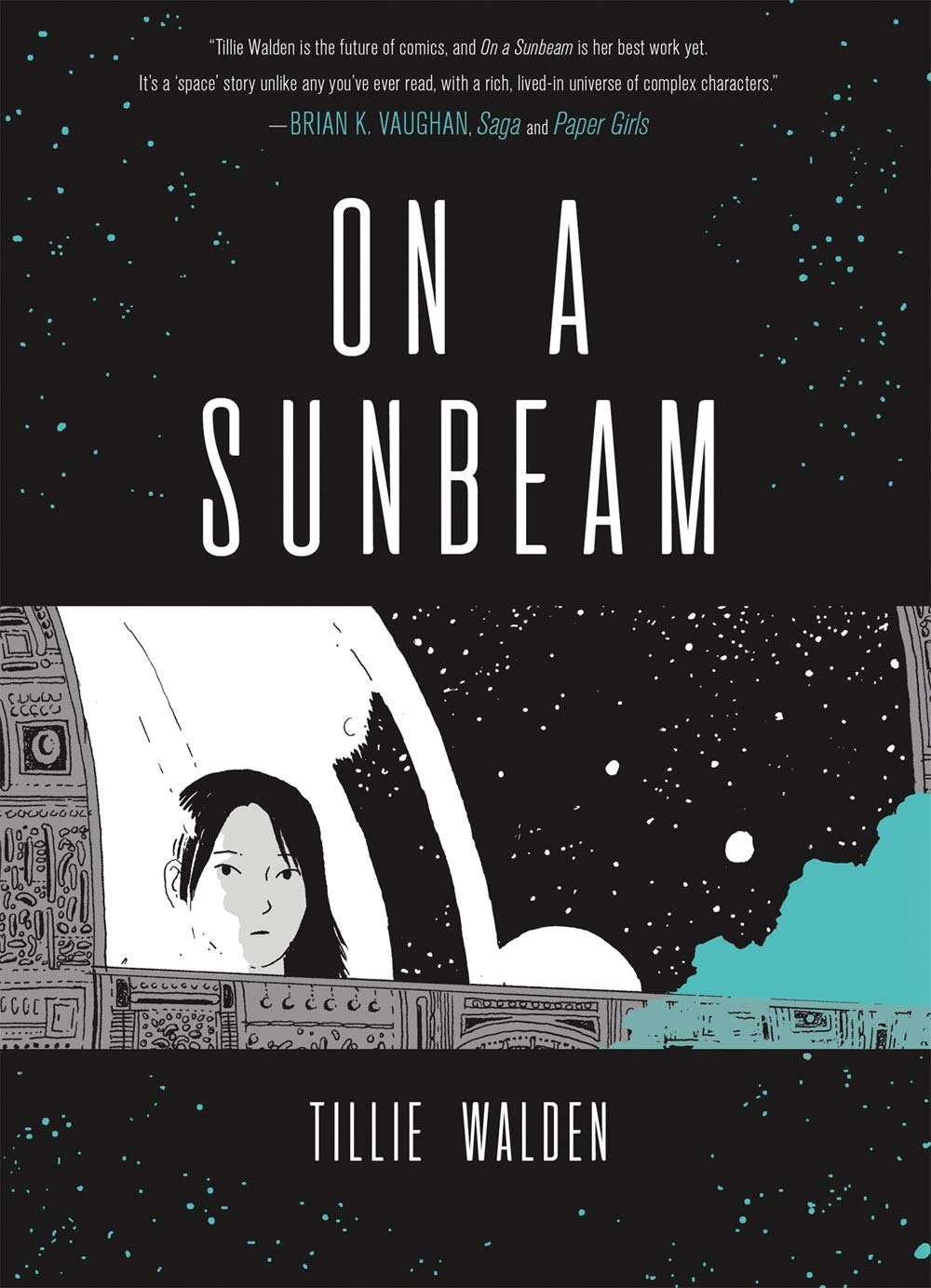
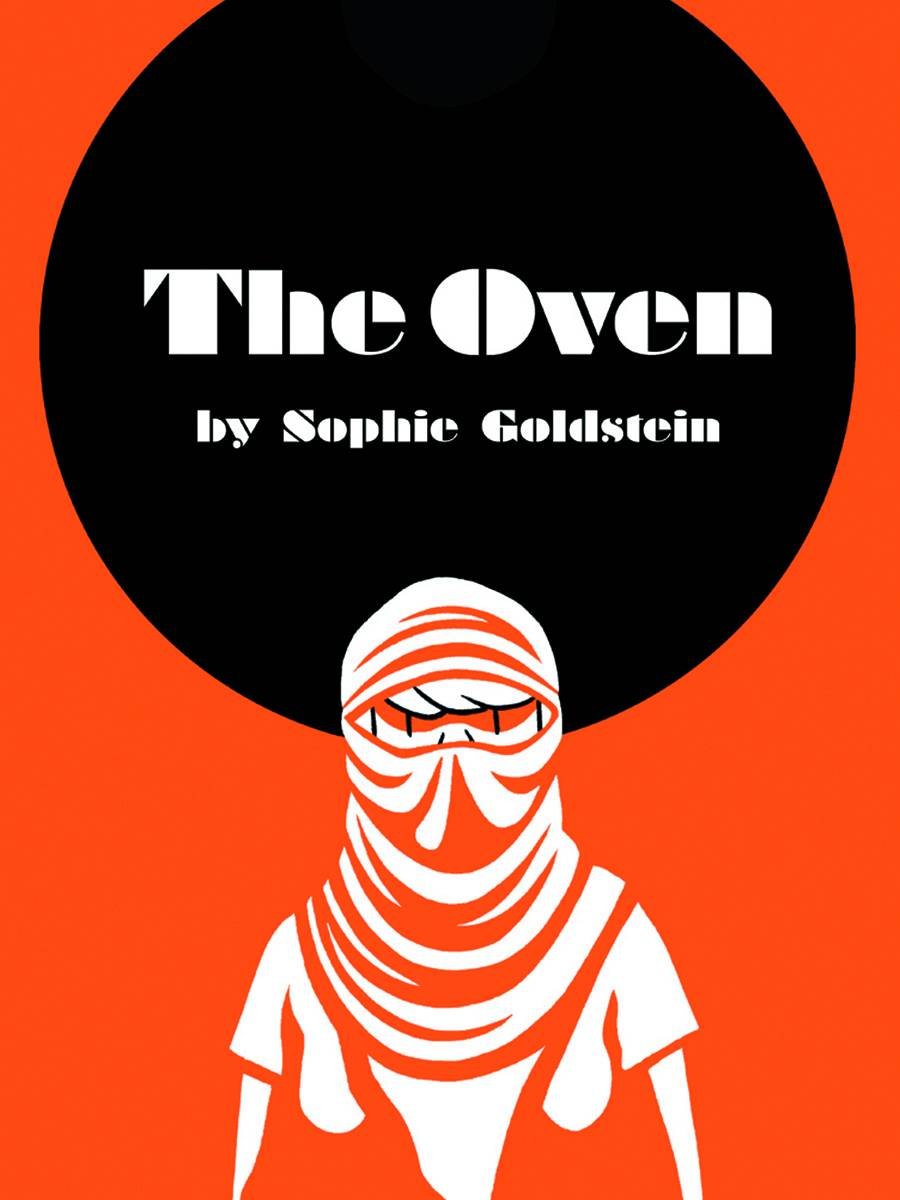
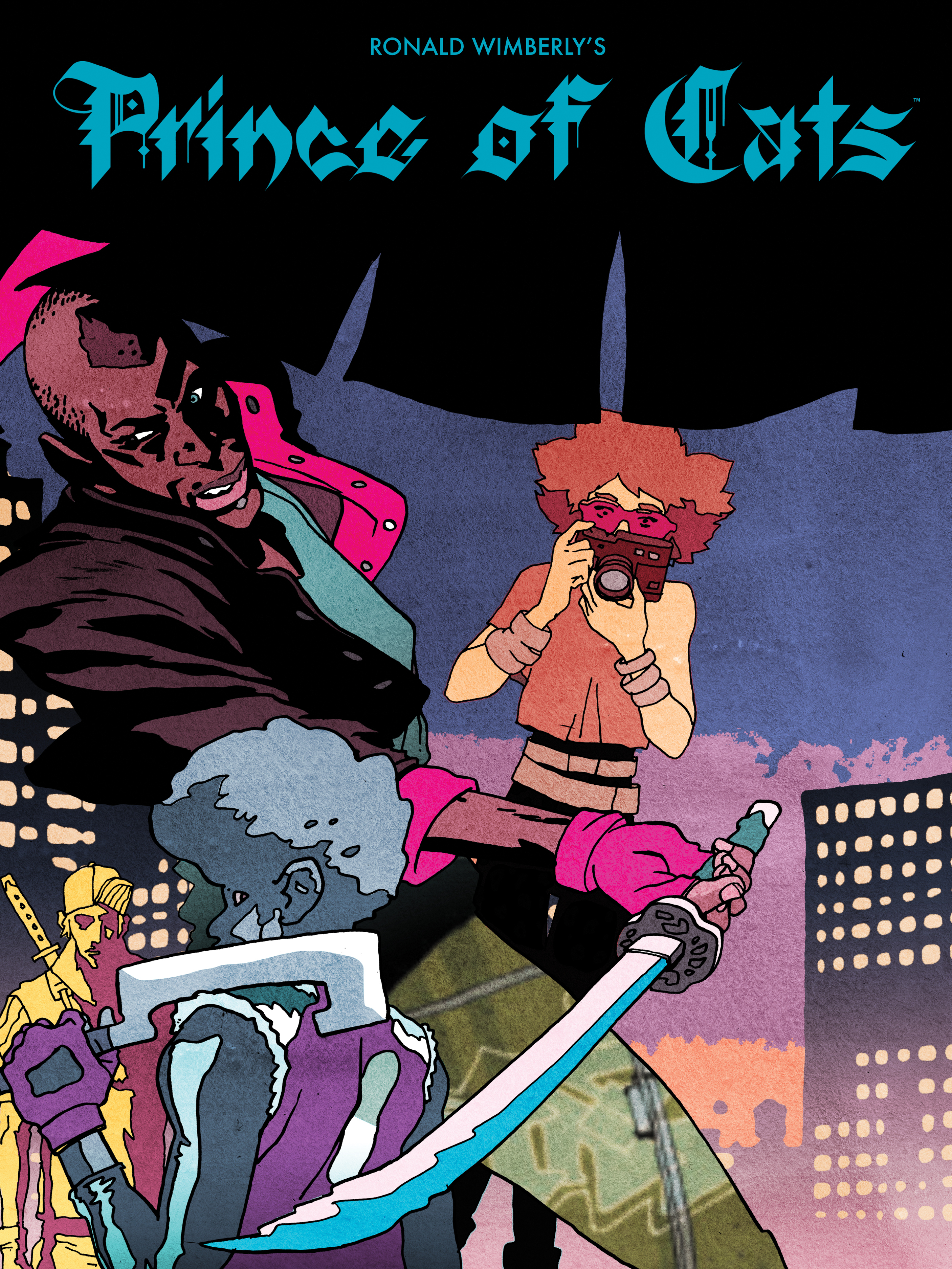
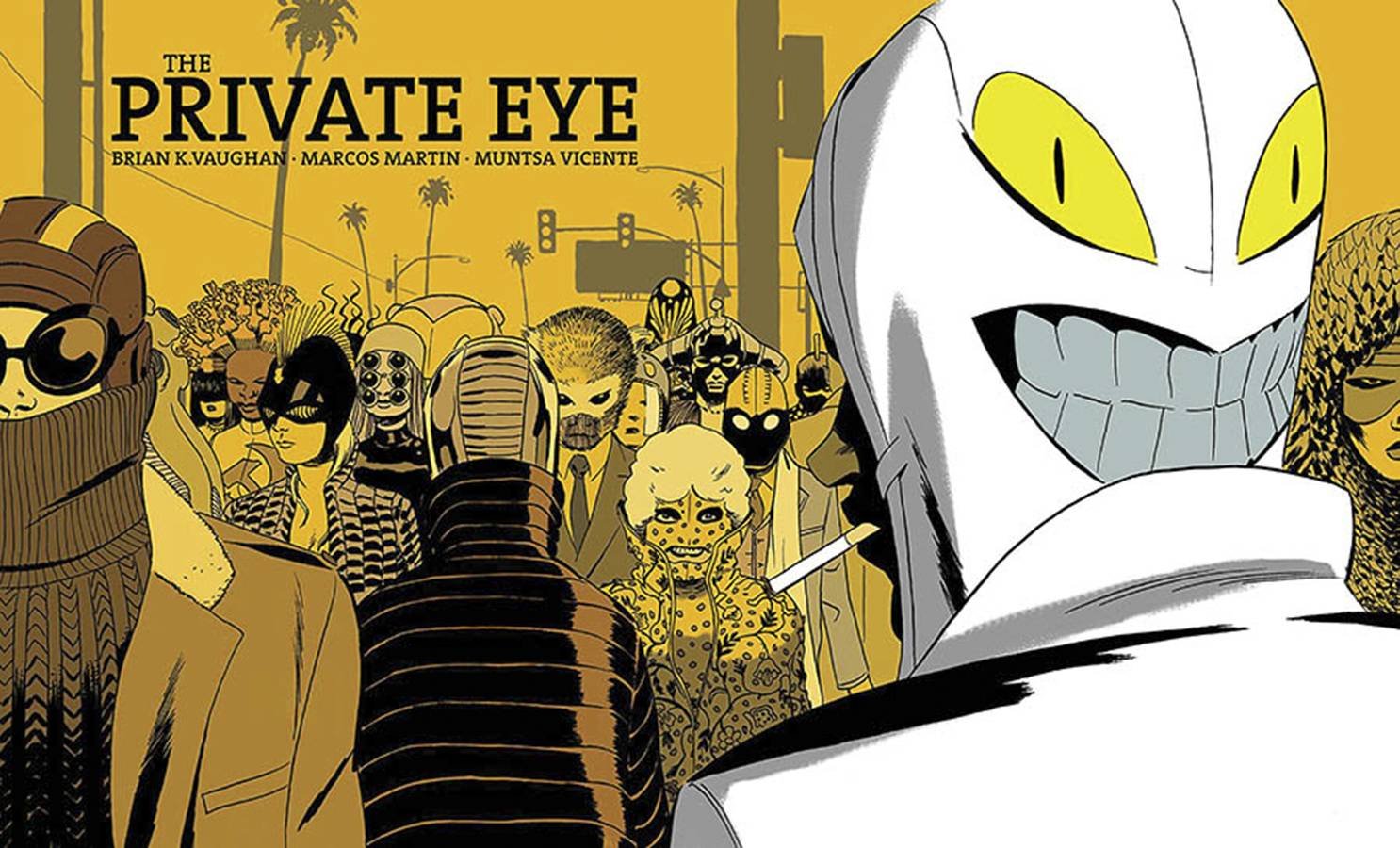
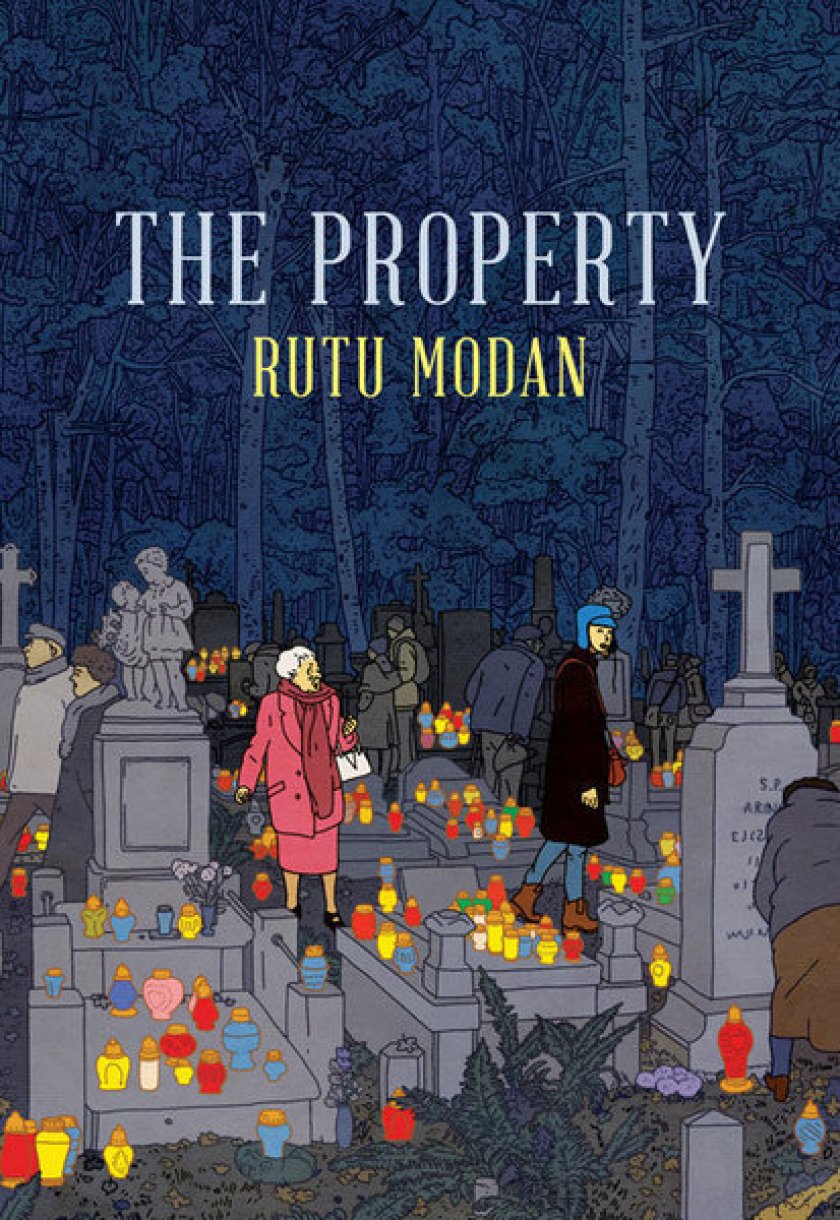
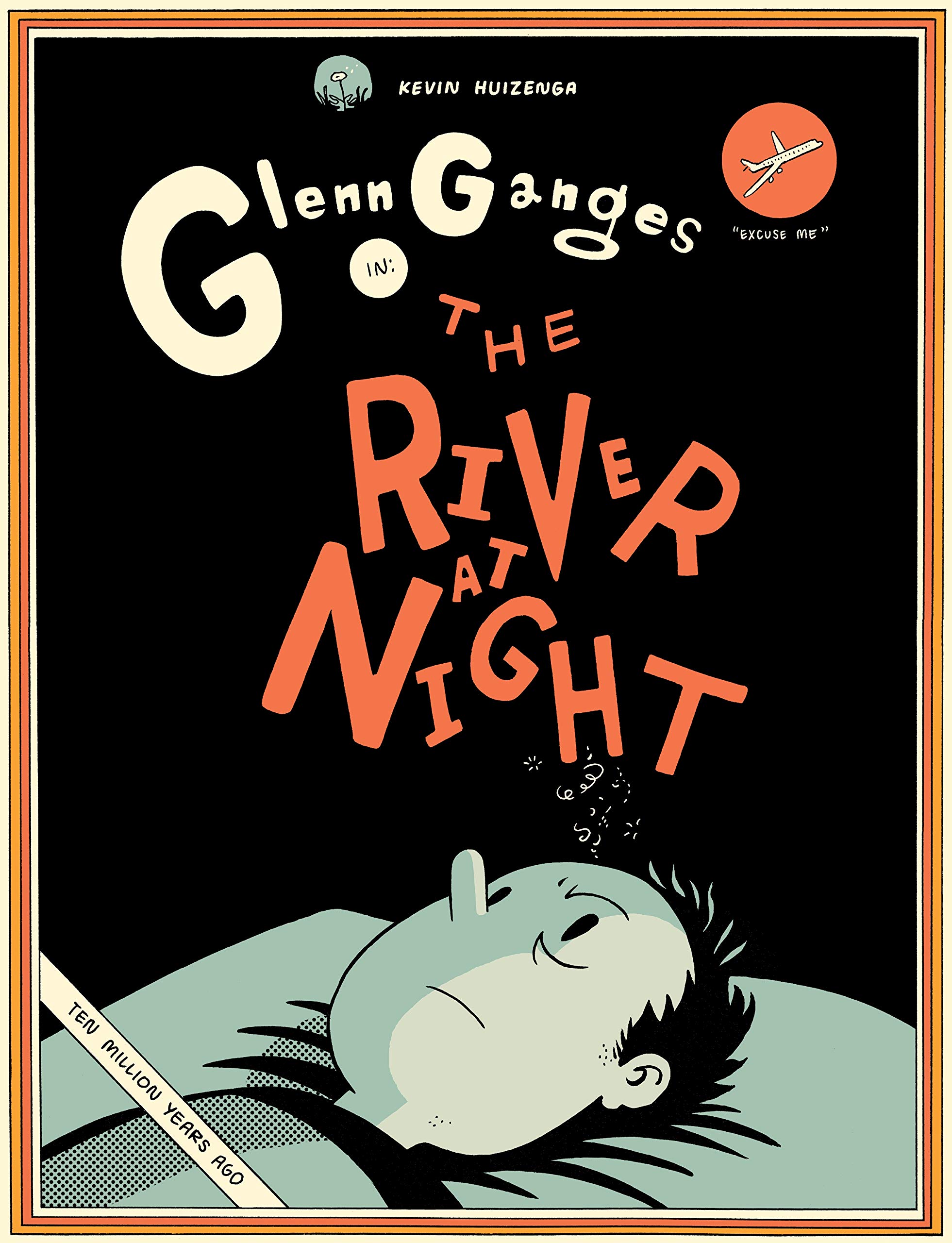
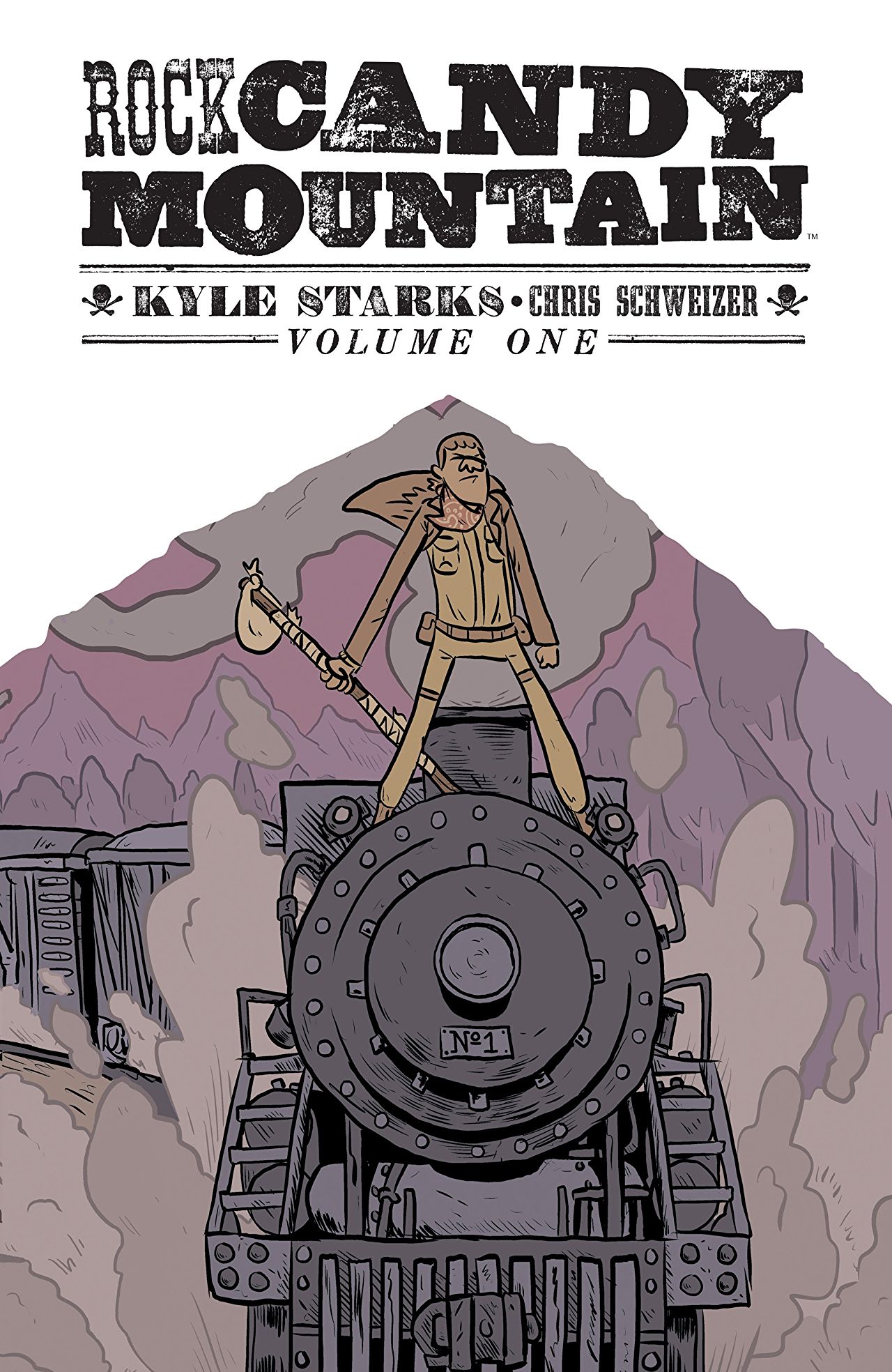
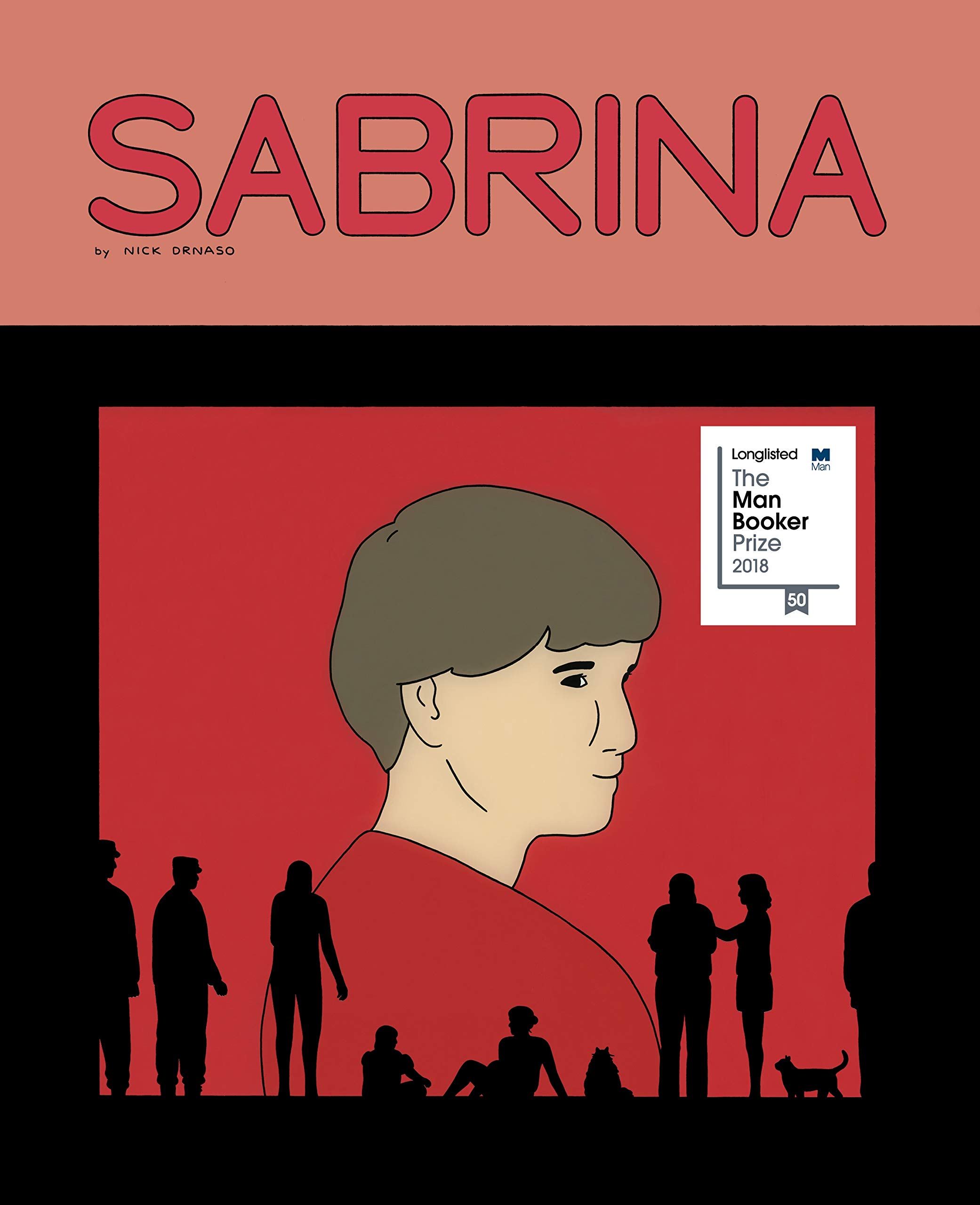
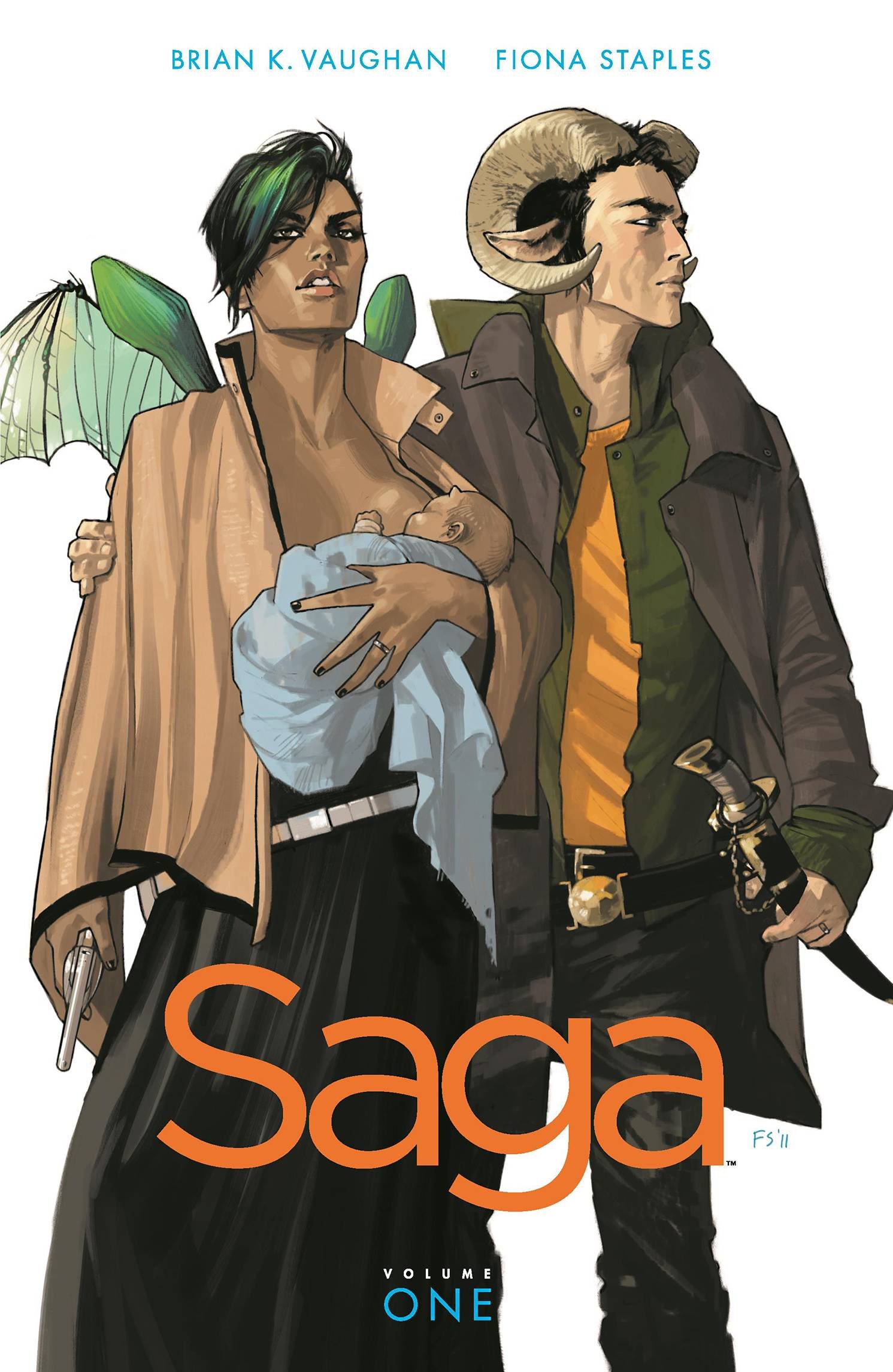
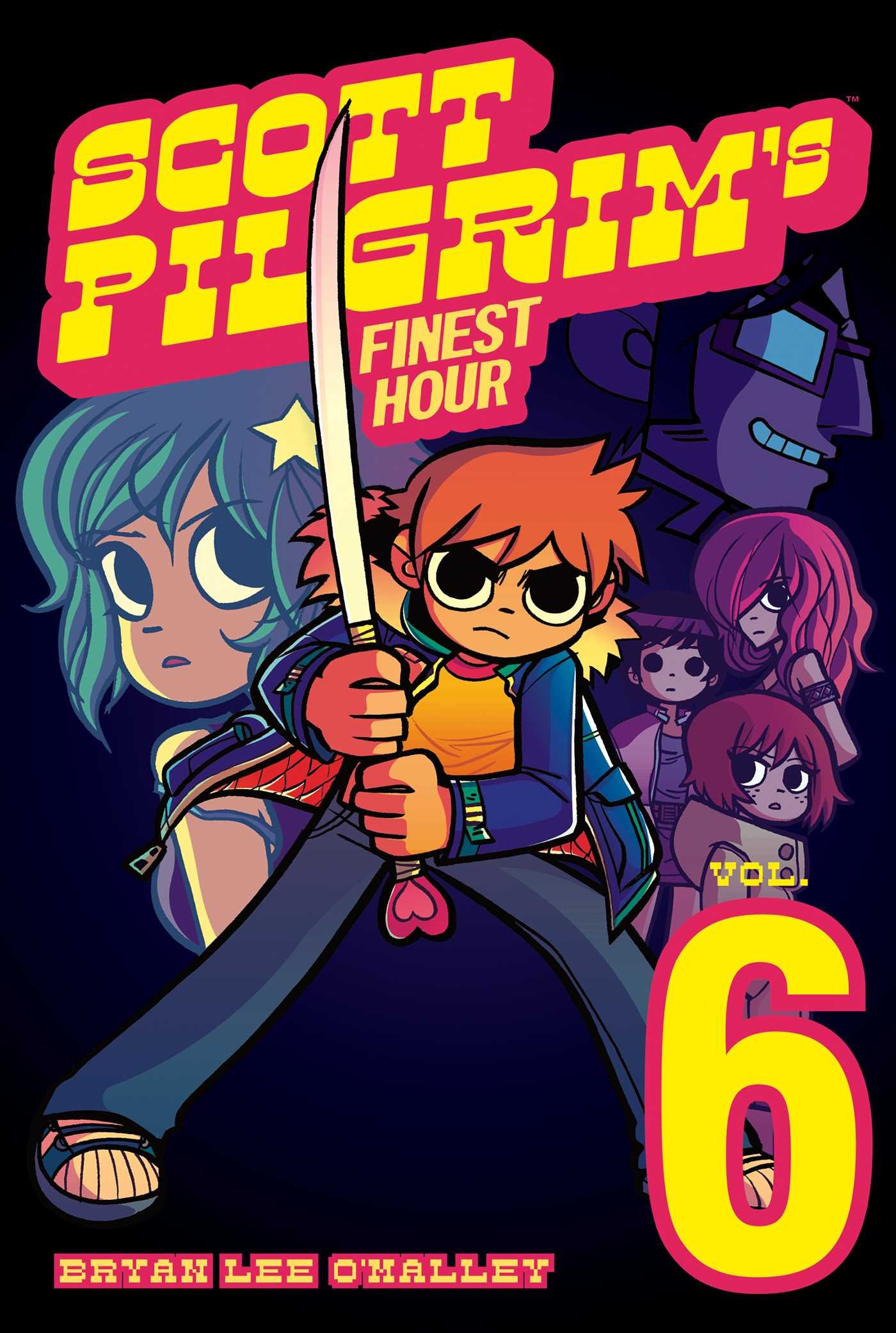
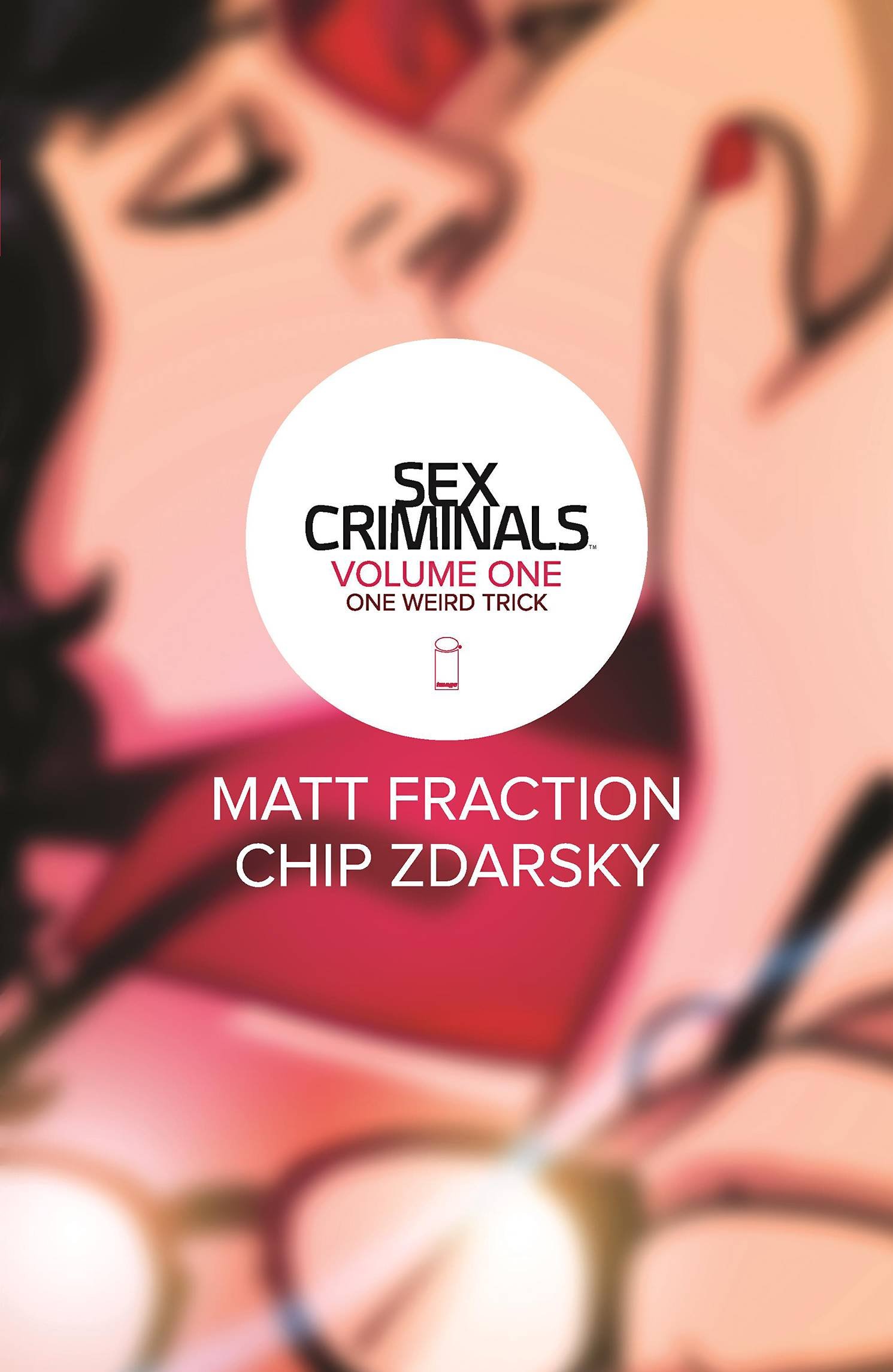
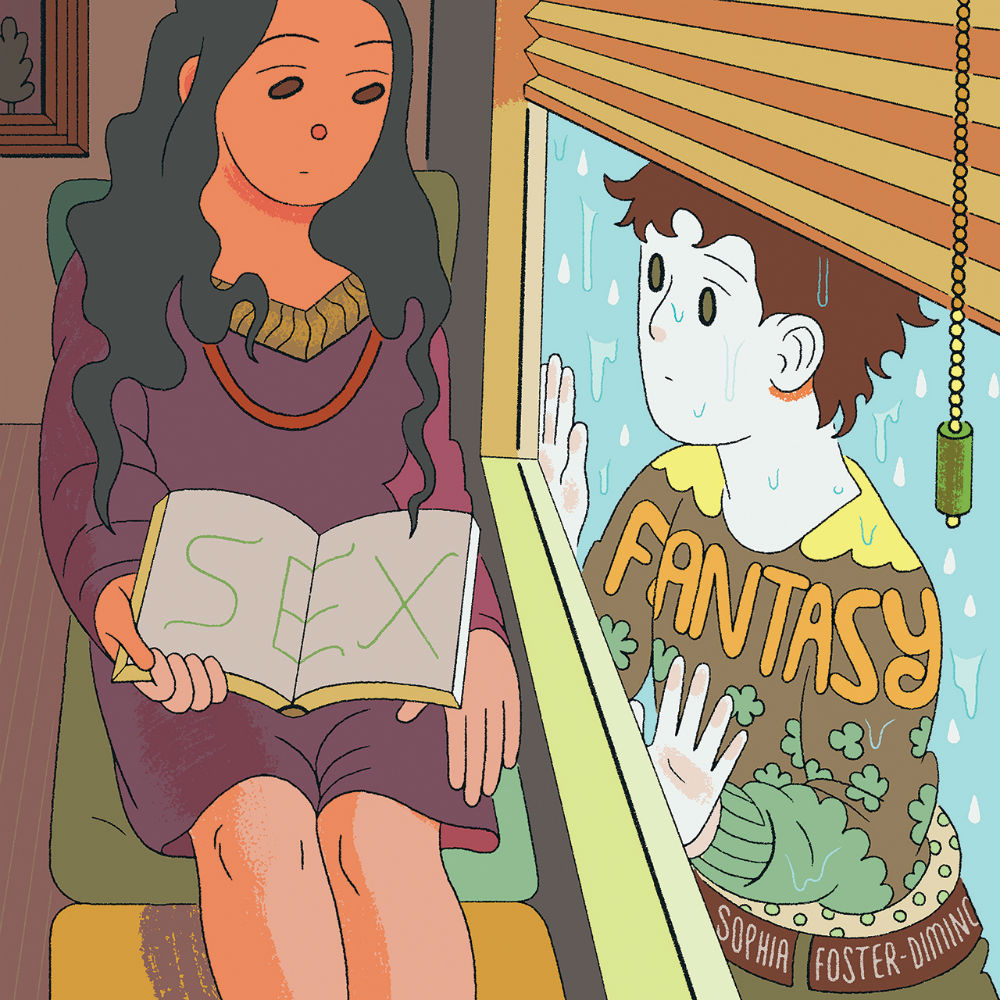
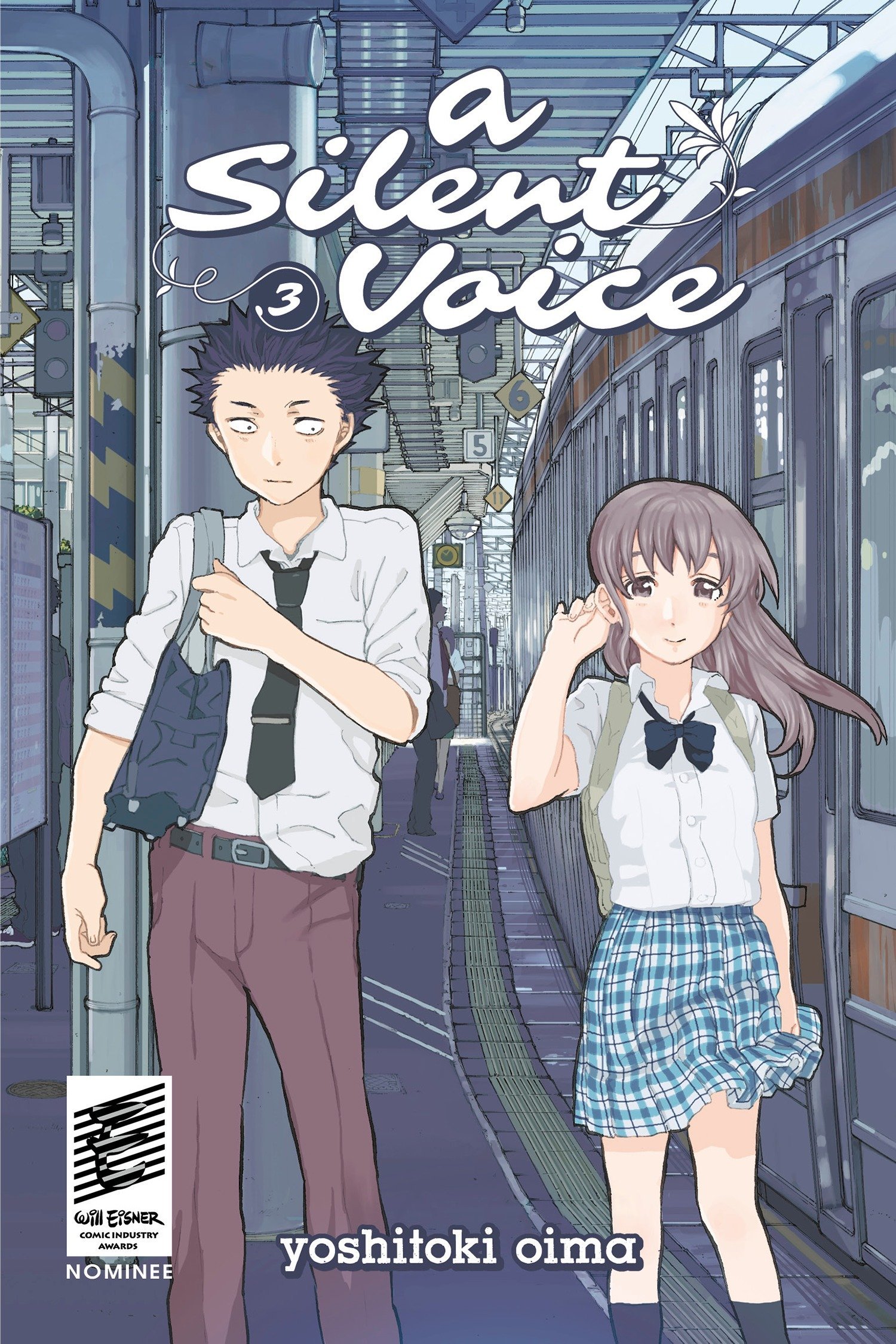
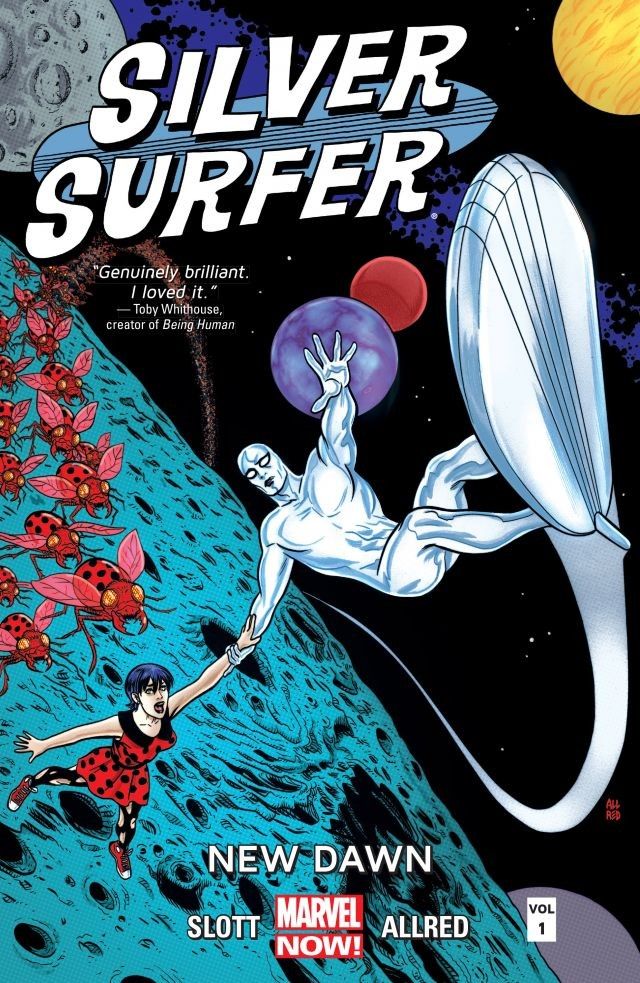

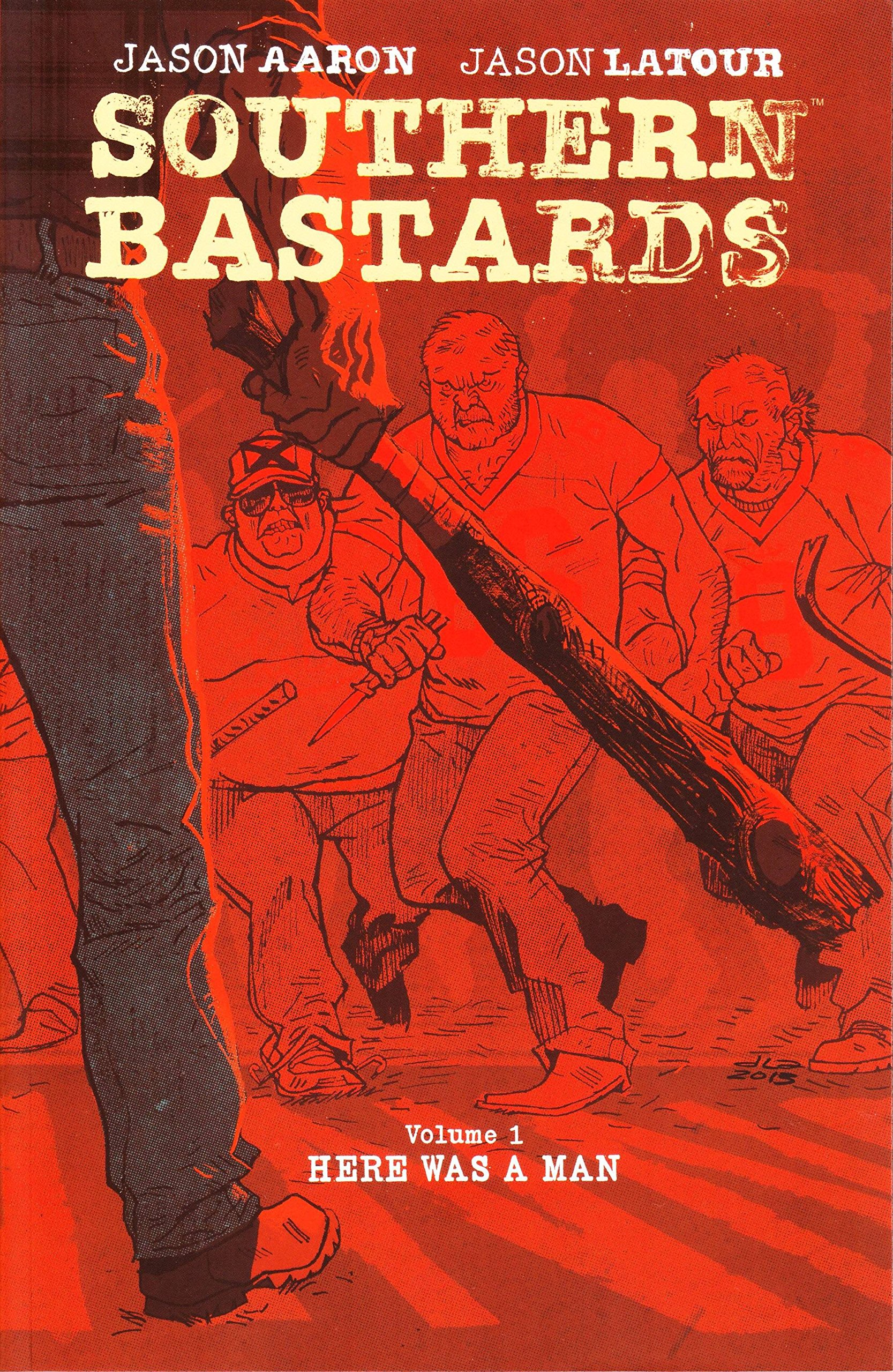
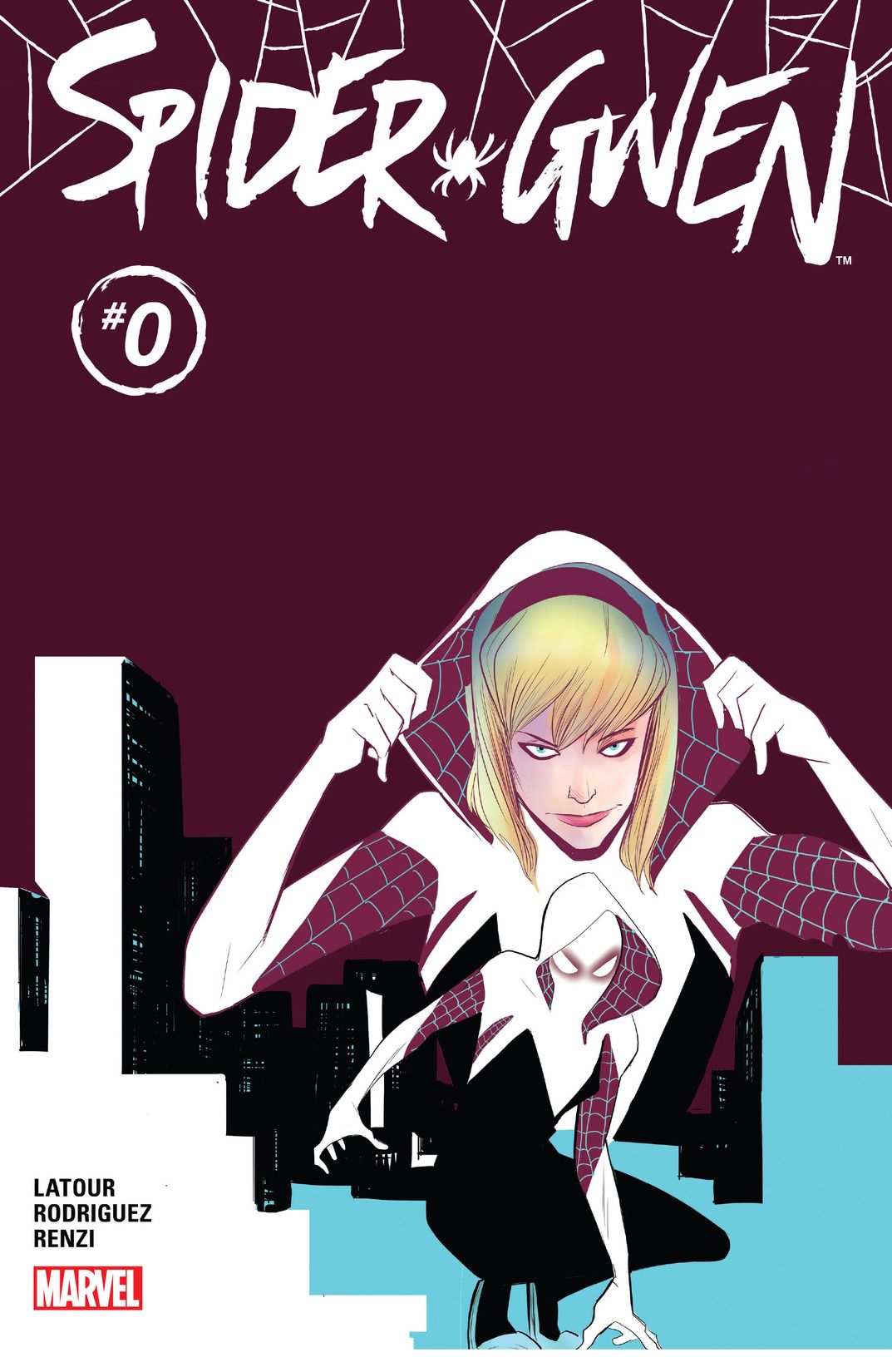
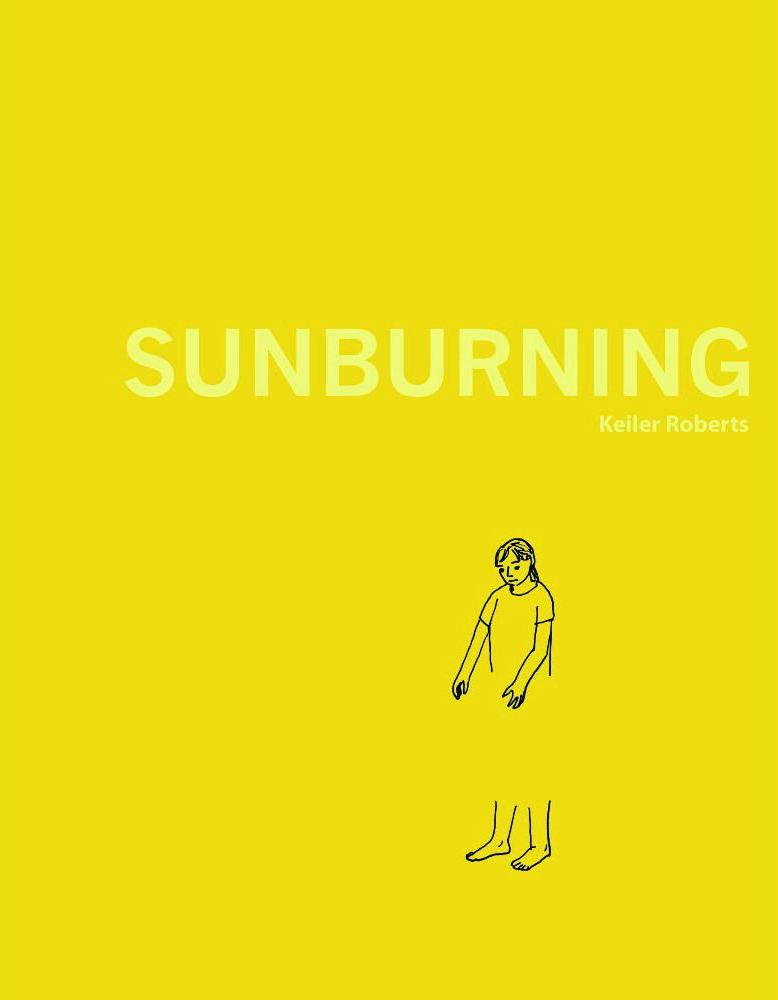
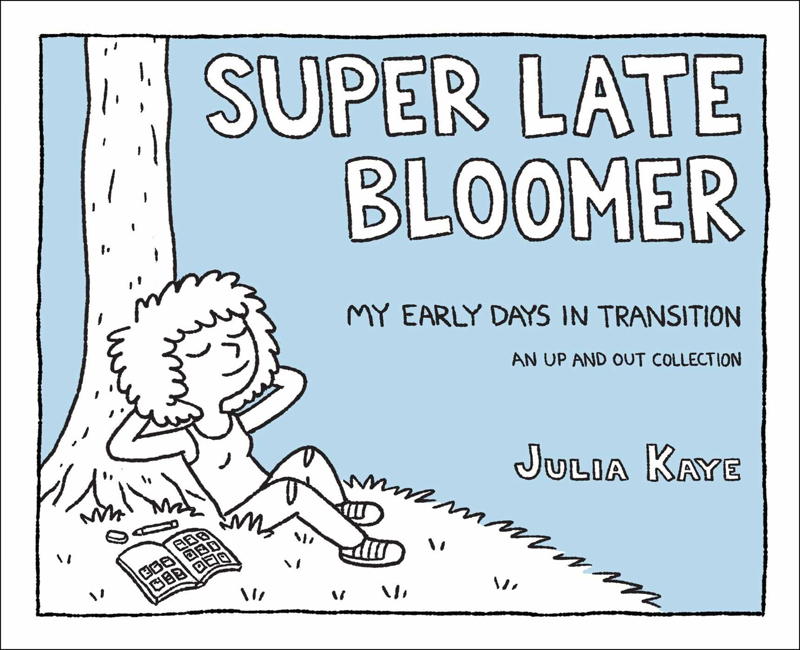
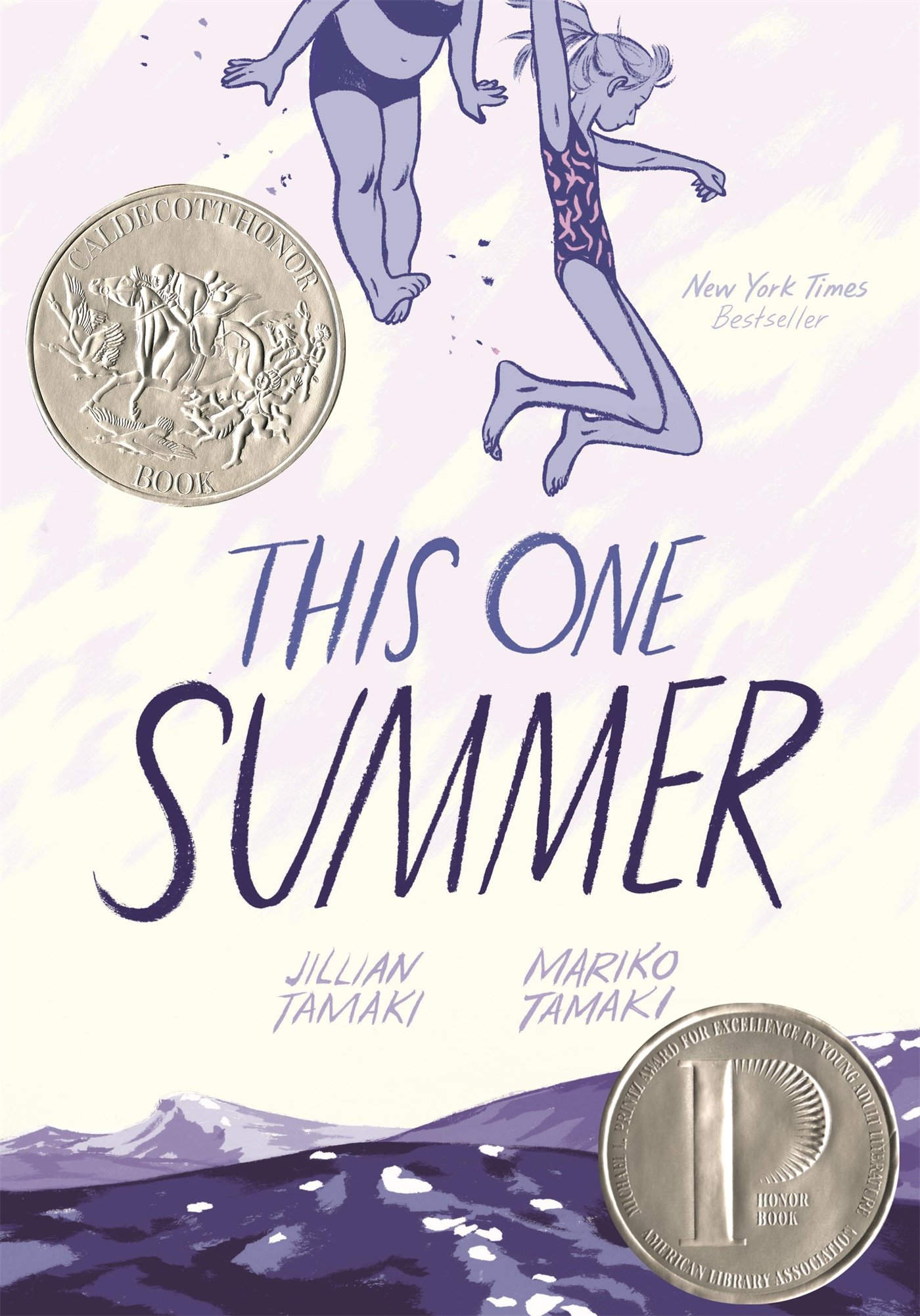
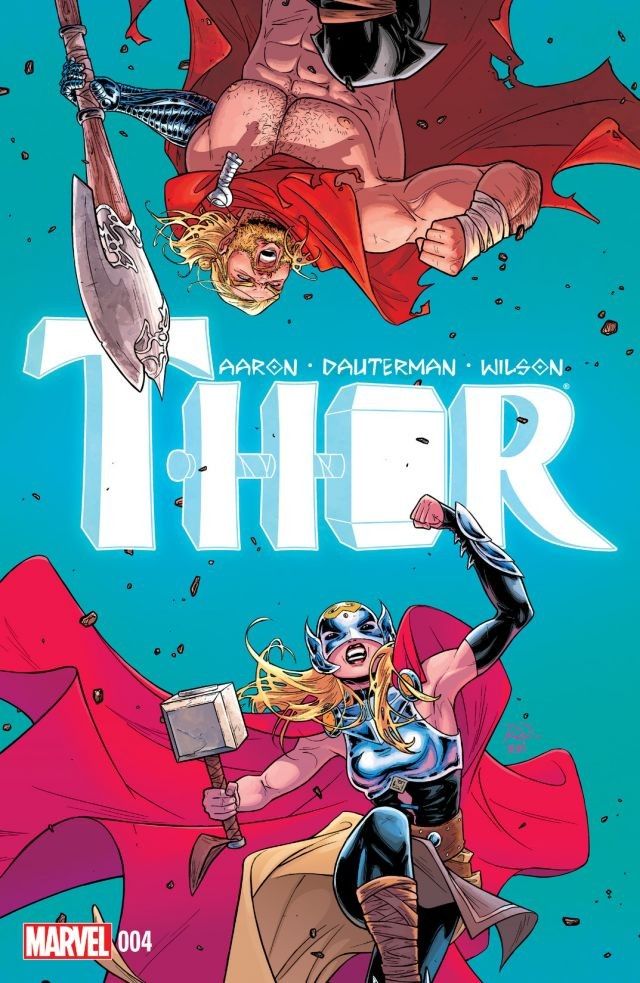
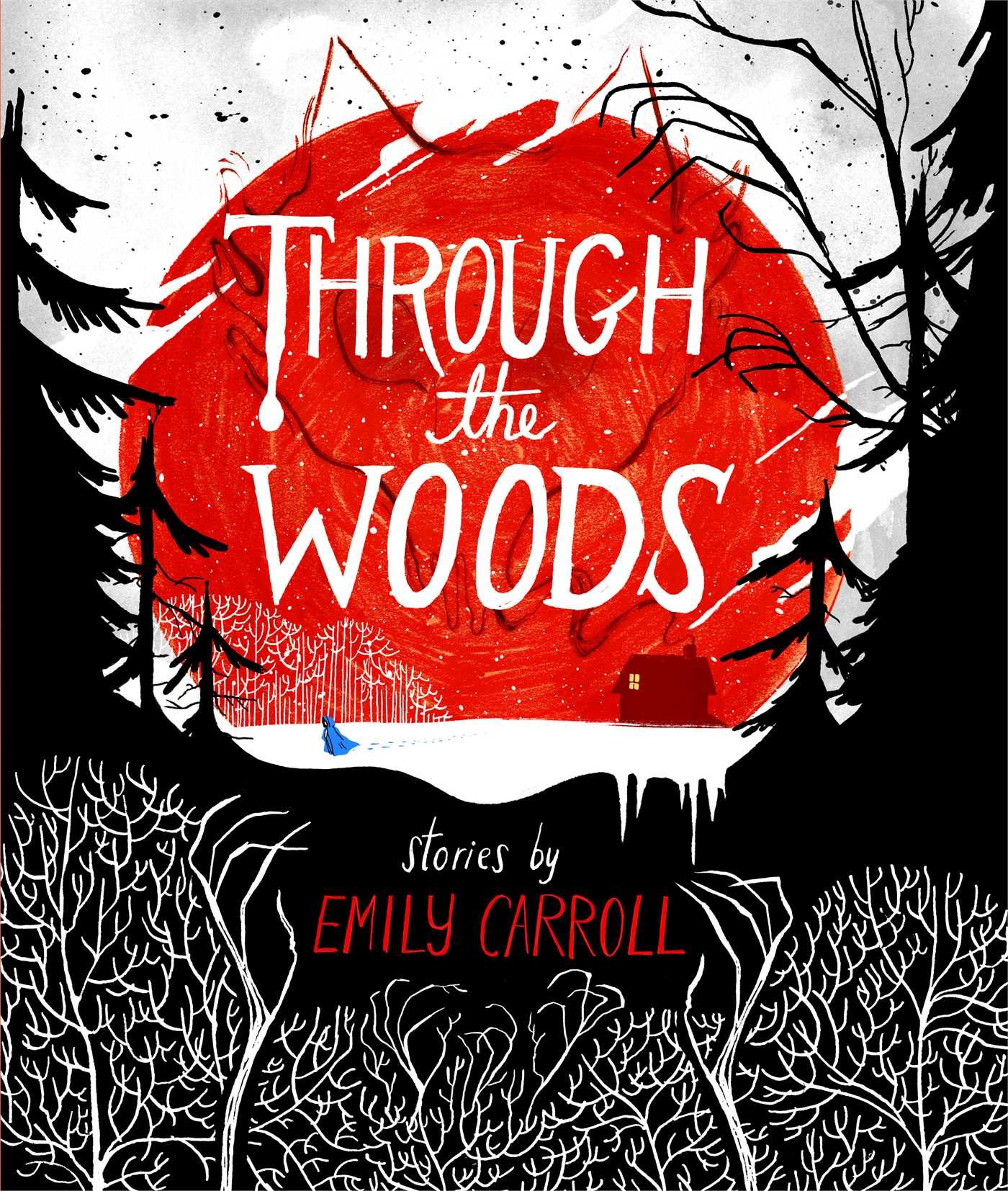
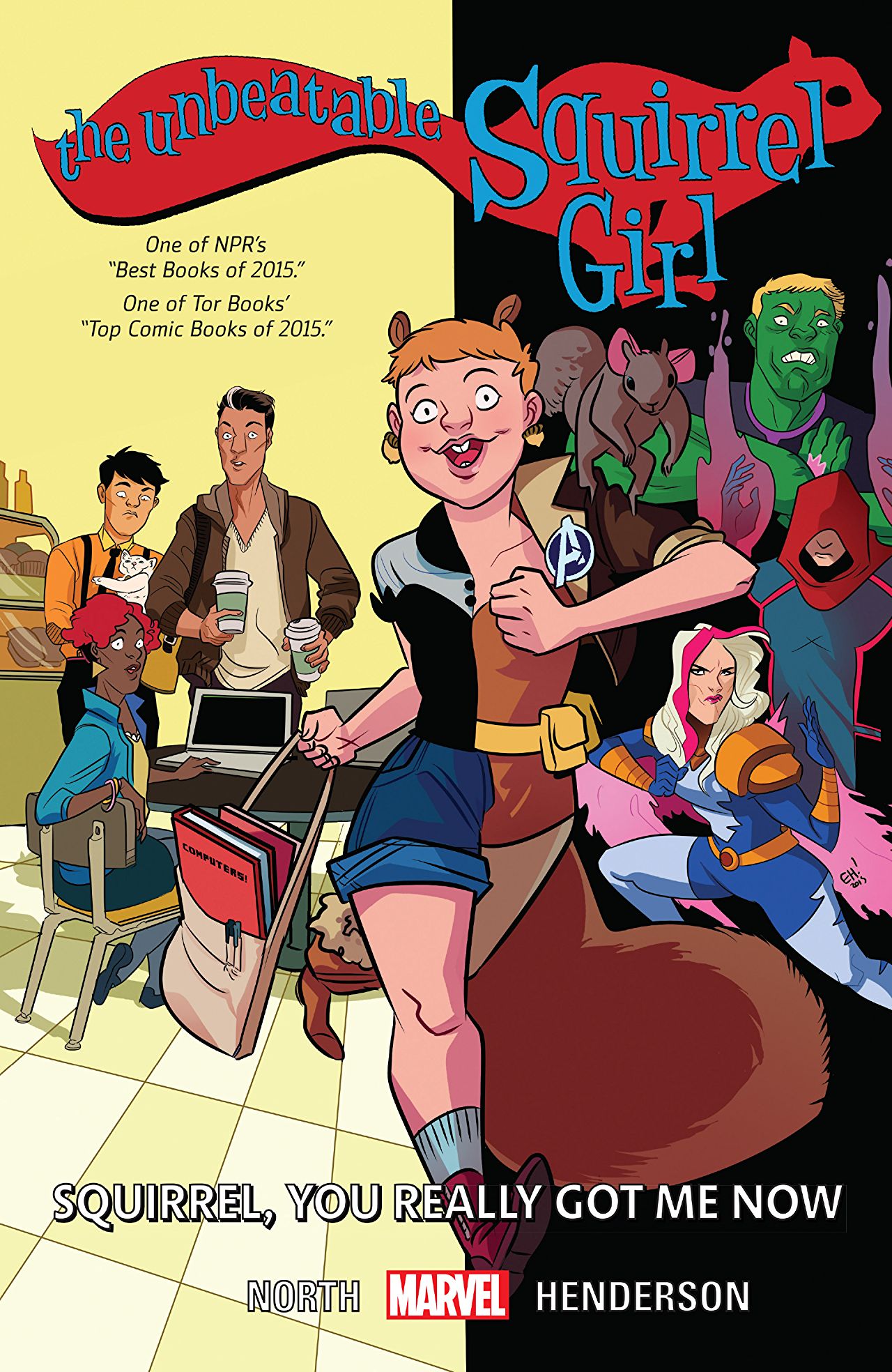
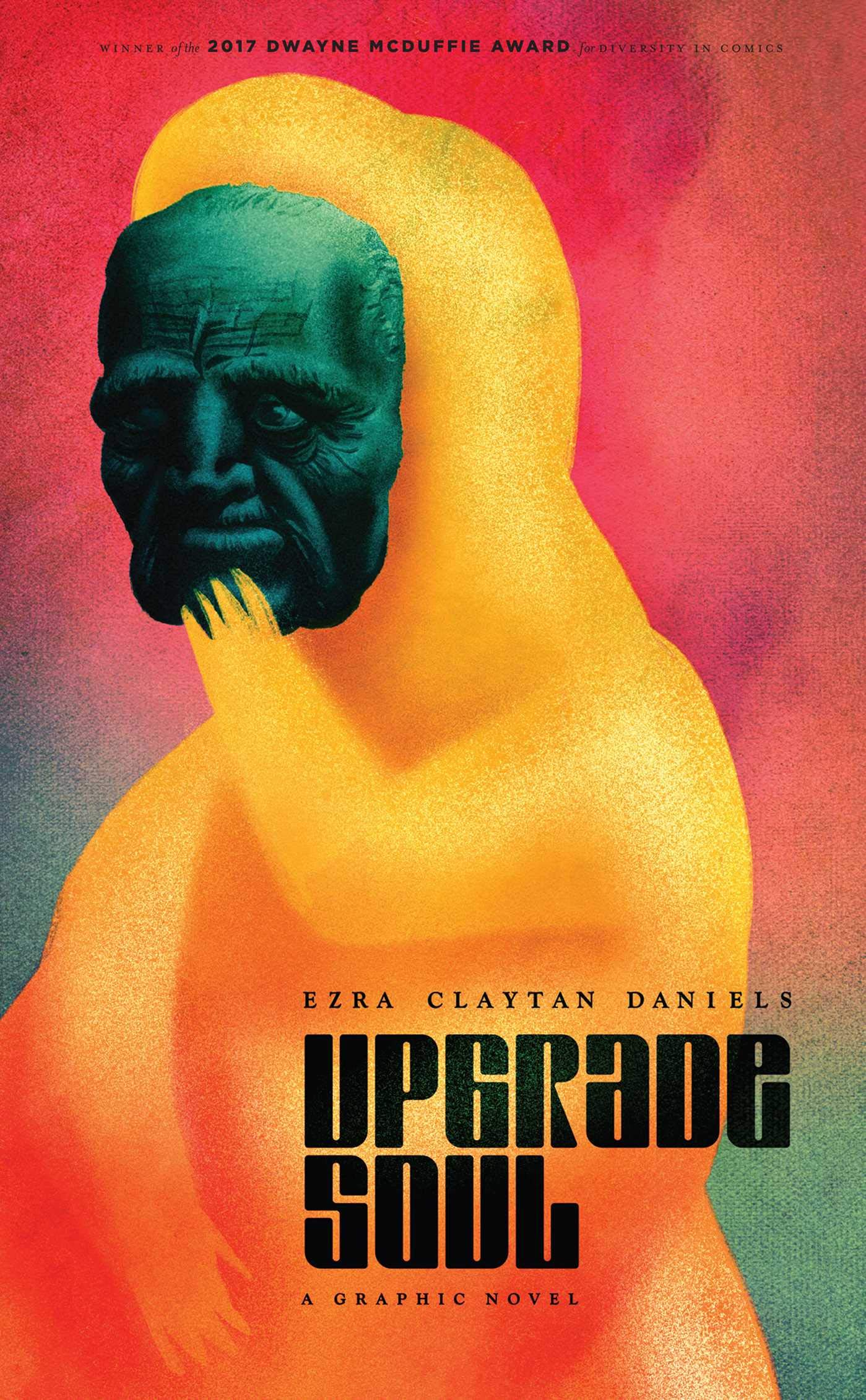

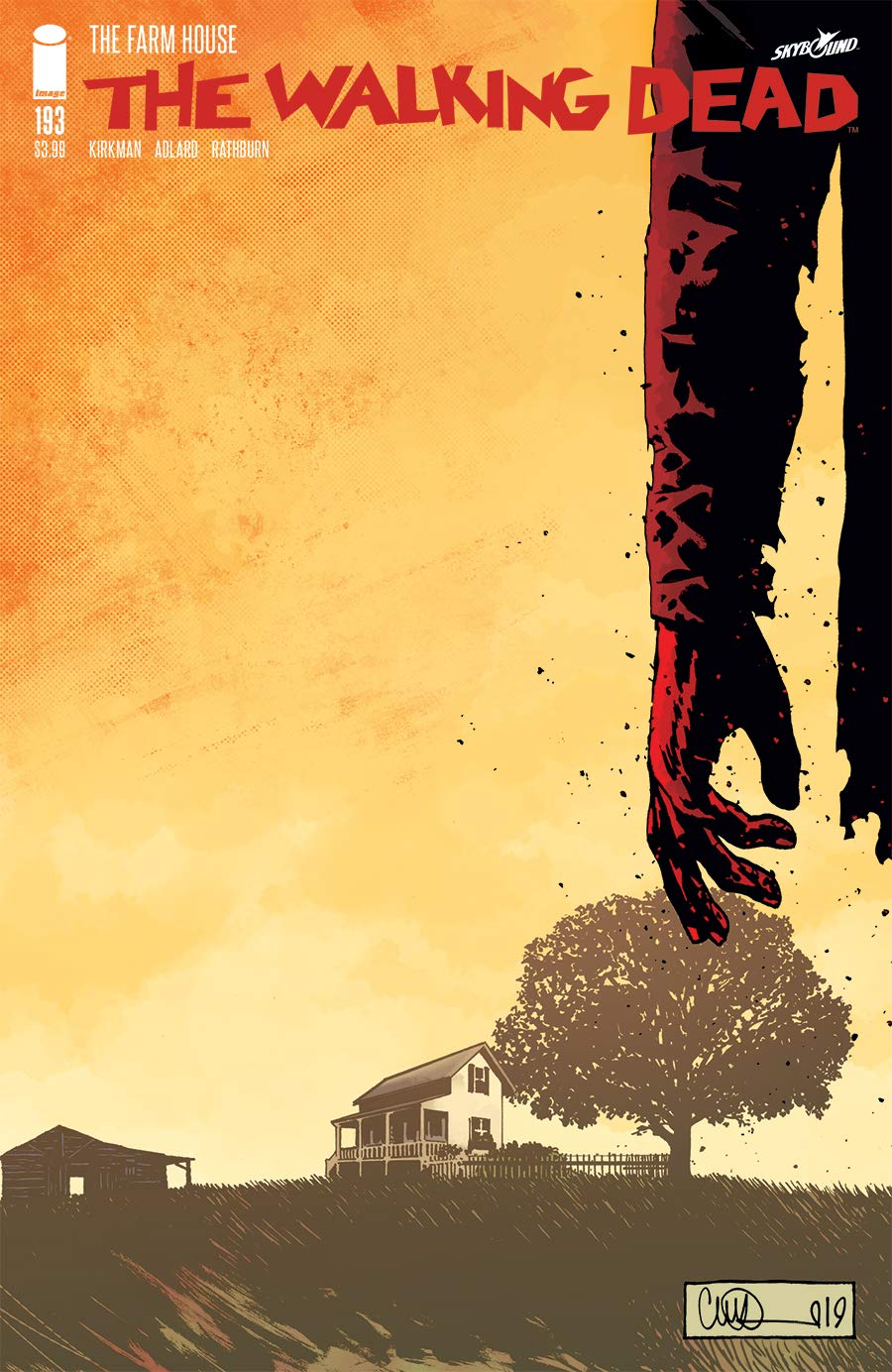
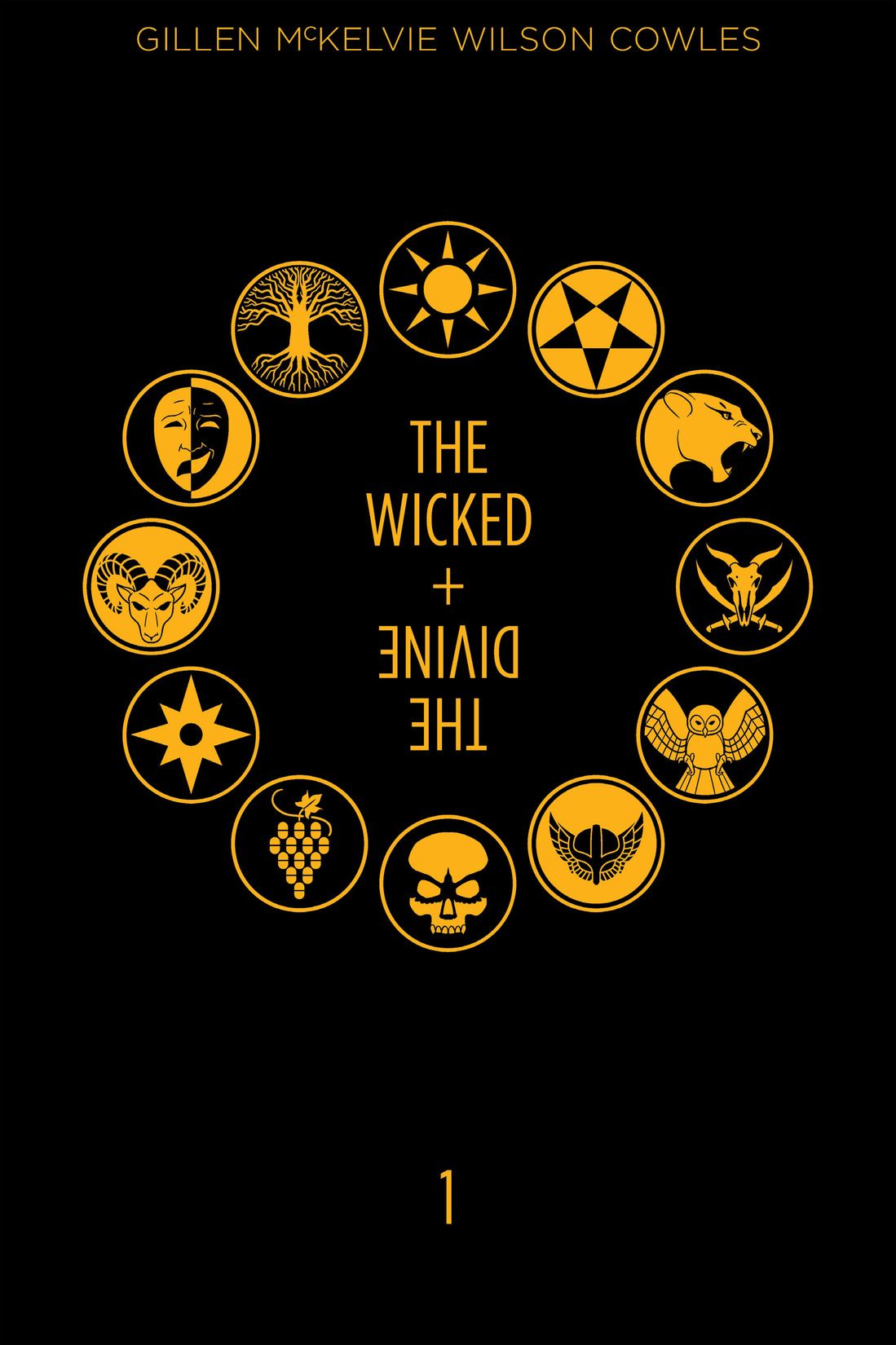
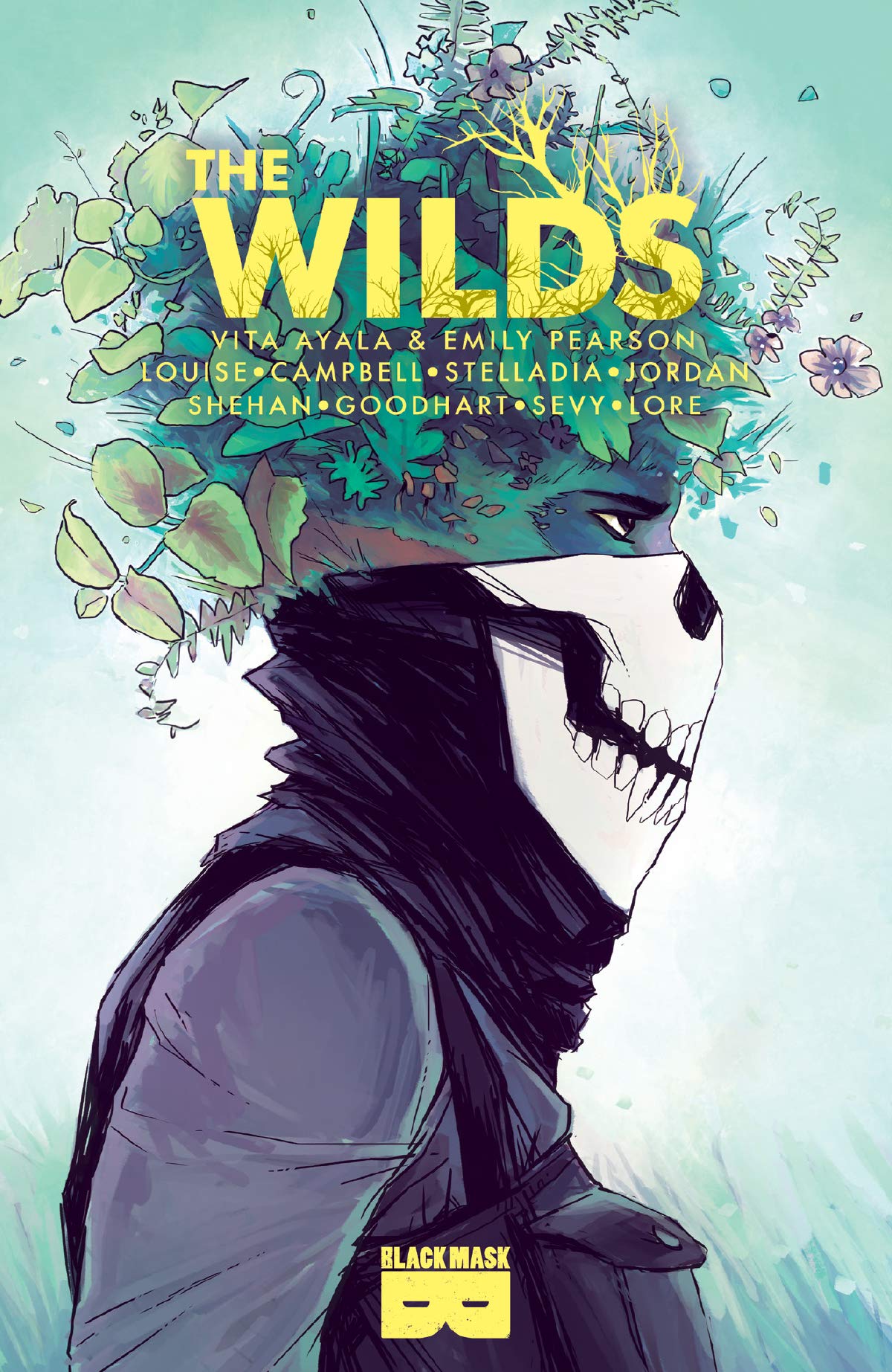
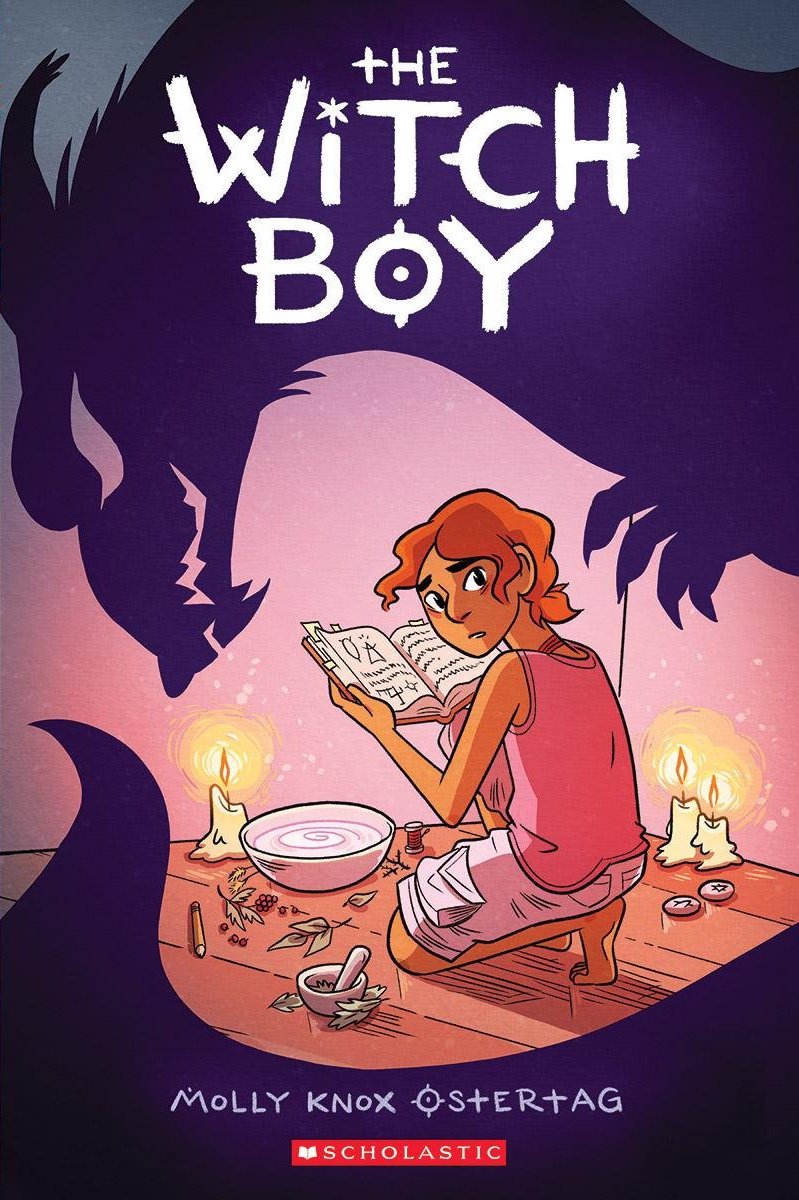
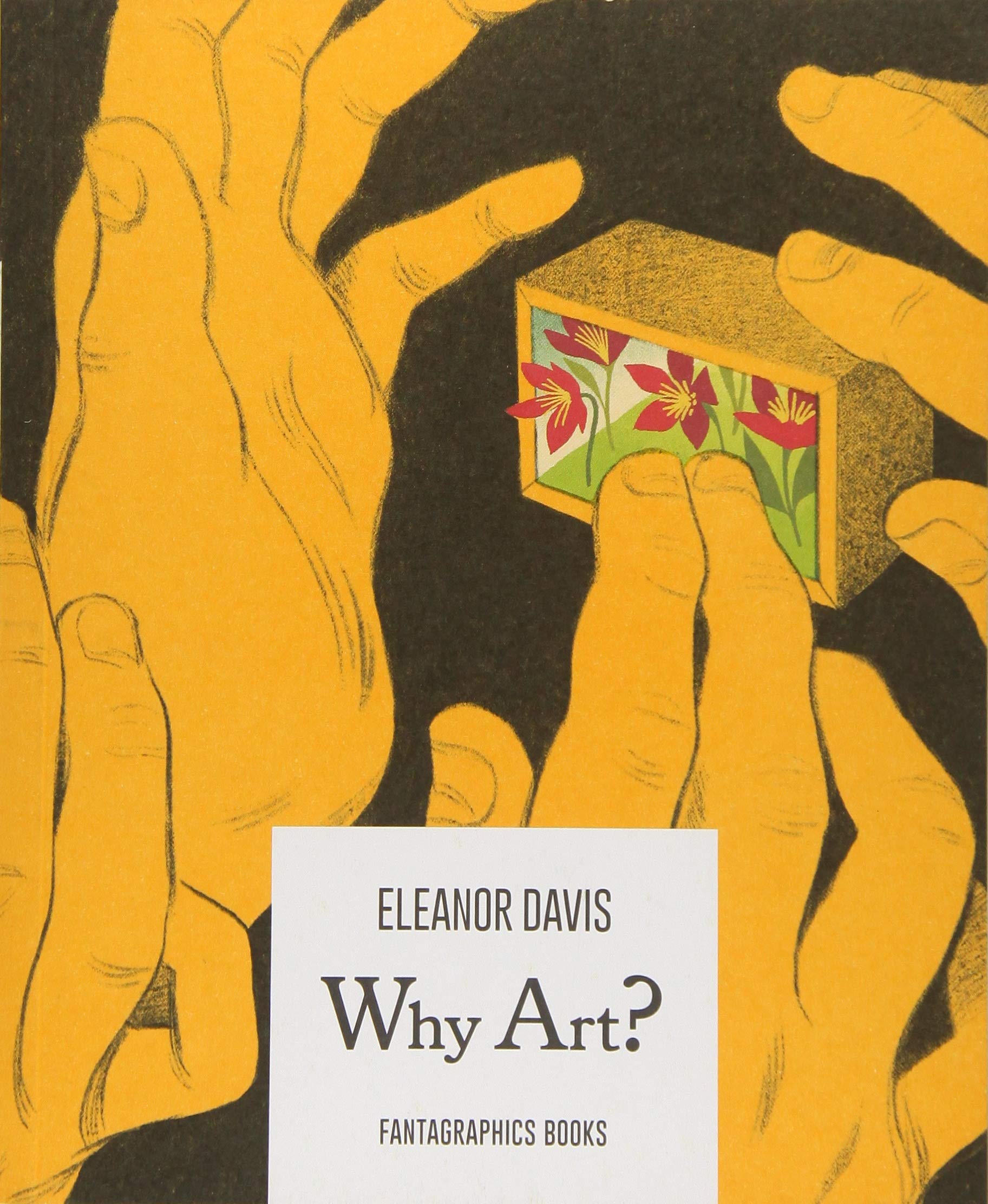
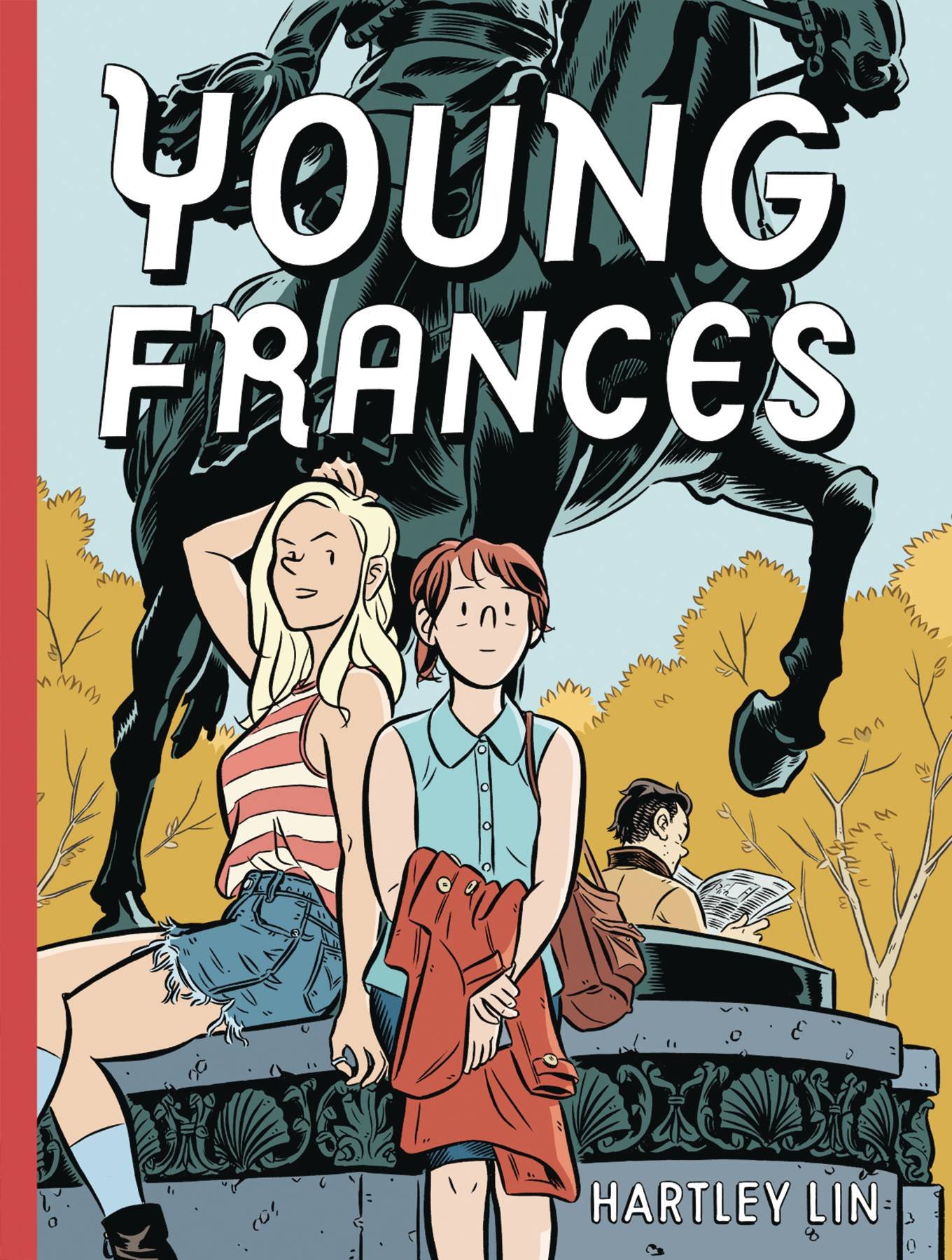
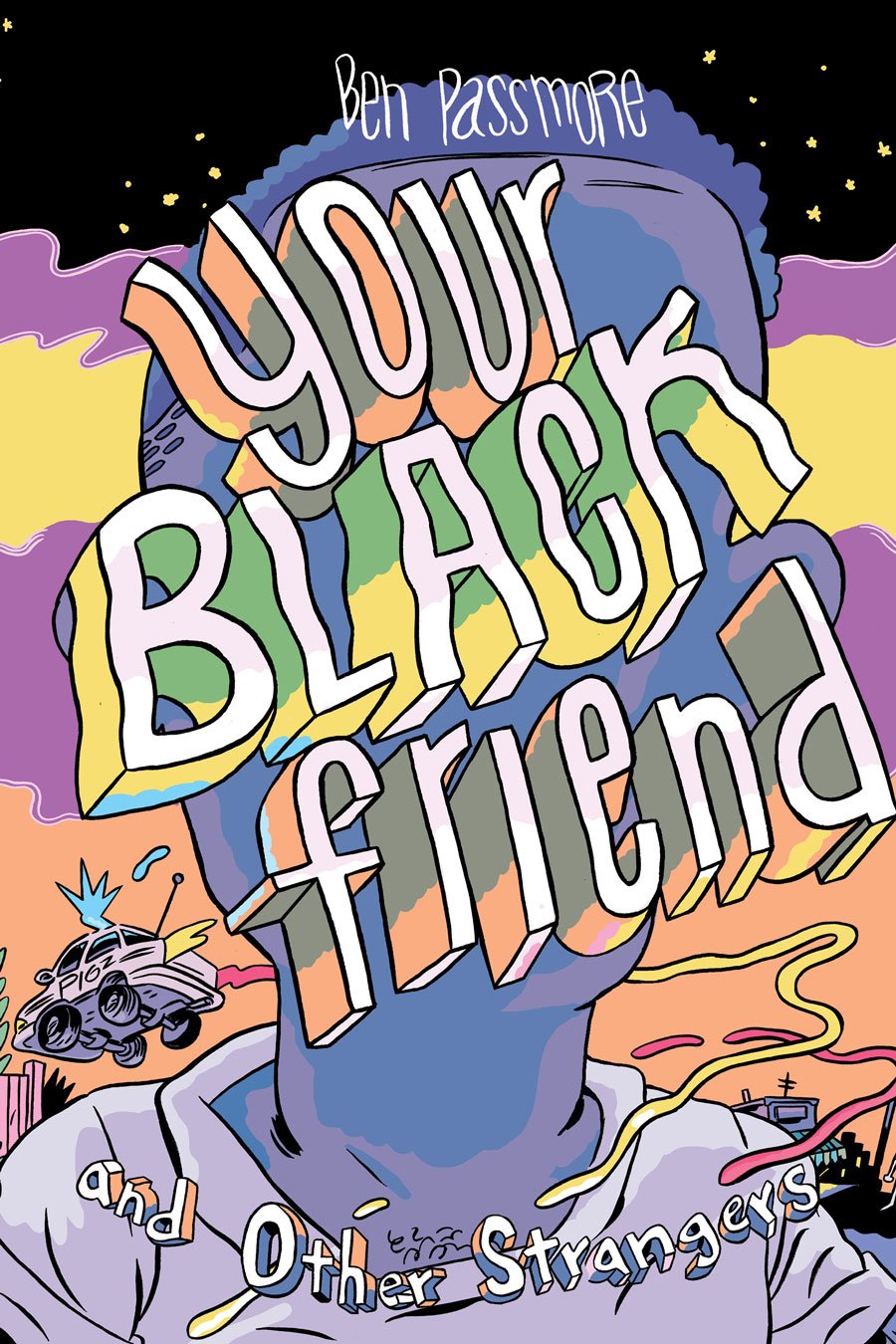
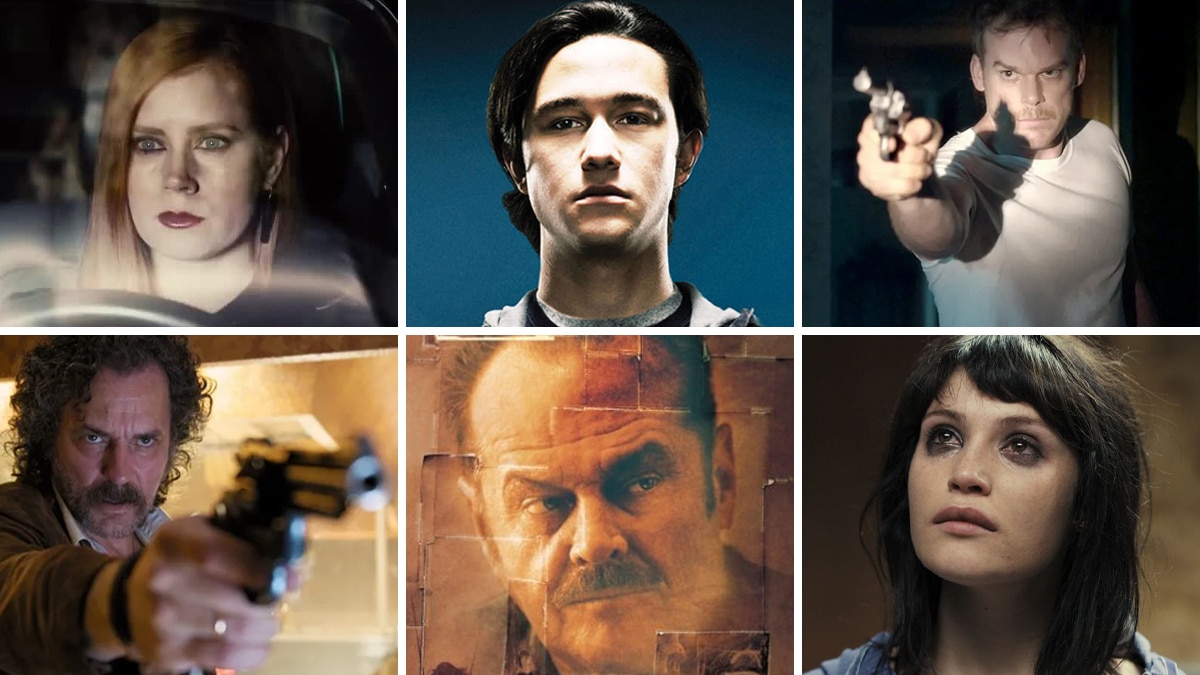

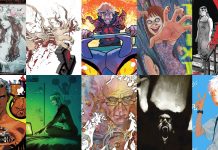


Nice list! Not too heavy of a recency bias, quite a diverse selection, a few web comics, a few Big Two, and quite a decent showing of D&Q graphic novels. I’m especially happy to see “The Multiversity” on it. I love that project! On my personal list, I’d also include the Buccaletto/Manapul Flash volume 1 – “Move Forward.” The other diamond in the rough from the New 52 era DC.
kinda missed Injustice year one…and TMNT and Power Rangers…
I’ll always plug The Unwritten at a moment like this. Also loved Gillen’s and Ewing’s combined Loki run.
You left “Locke & Key” out. One of the best written, best drawn series in a long time.
Soldier’s Heart by Carol Tyler.
Carlos and ROd are right, it’s definitely missing the Unwritten and Locke & Key. I may also include Transformers Meets the Eye
Damn. This is now my birthday and Christmas wish list! Such an incredible list of books with solid reasoning for the selection of each title. Of course it’s going to create debate over what was left off or what was included and that’s always a great thing. Thank you Beat crew for all the work you’ve done with this list and over the years.
Richard Stark’s Parker: Slayground and Parker: The Score – adapted by Darwyn Cooke ought to be on the list. Damn fine comics.
I would have gone with “Tonta” over “Is This How You See Me?” in the Jaime category, although both are very good. Something about the bits and pieces of the family story coming together but never quite getting the true story in Tonta worked for me whereas ITHYSM was just another good Maggie and Hopey story. “Love Bunglers”, obviously, is among Jaime’s best work overall.
Very impressive list, including a lot of stuff I loved and a lot that flew under my radar. I have lots to check out now! Thanks!
Great list! I’d add Black Science by Rick Remender
I’m pretty surprised that Papergirls didn’t make the cut, but otherwise very solid list.
Fun list. I’d’ve put Pretty Deadly on there, as well as Descender.
Locke & Key and Parker feel like rather glaring omissions…
First of all, 20th century boys is from 2000
Secondly, where is deadly class?
Bad job, very bad job.
Is the manga list still coming?
Thanks for sharing this information.
A best-of-decade list without DARK KNIGHT MASTER RACE is– like a night without moonshine.
http://arche-arc.blogspot.com/2019/12/mythcomics-dark-knight-master-race-2015.html
Comments are closed.